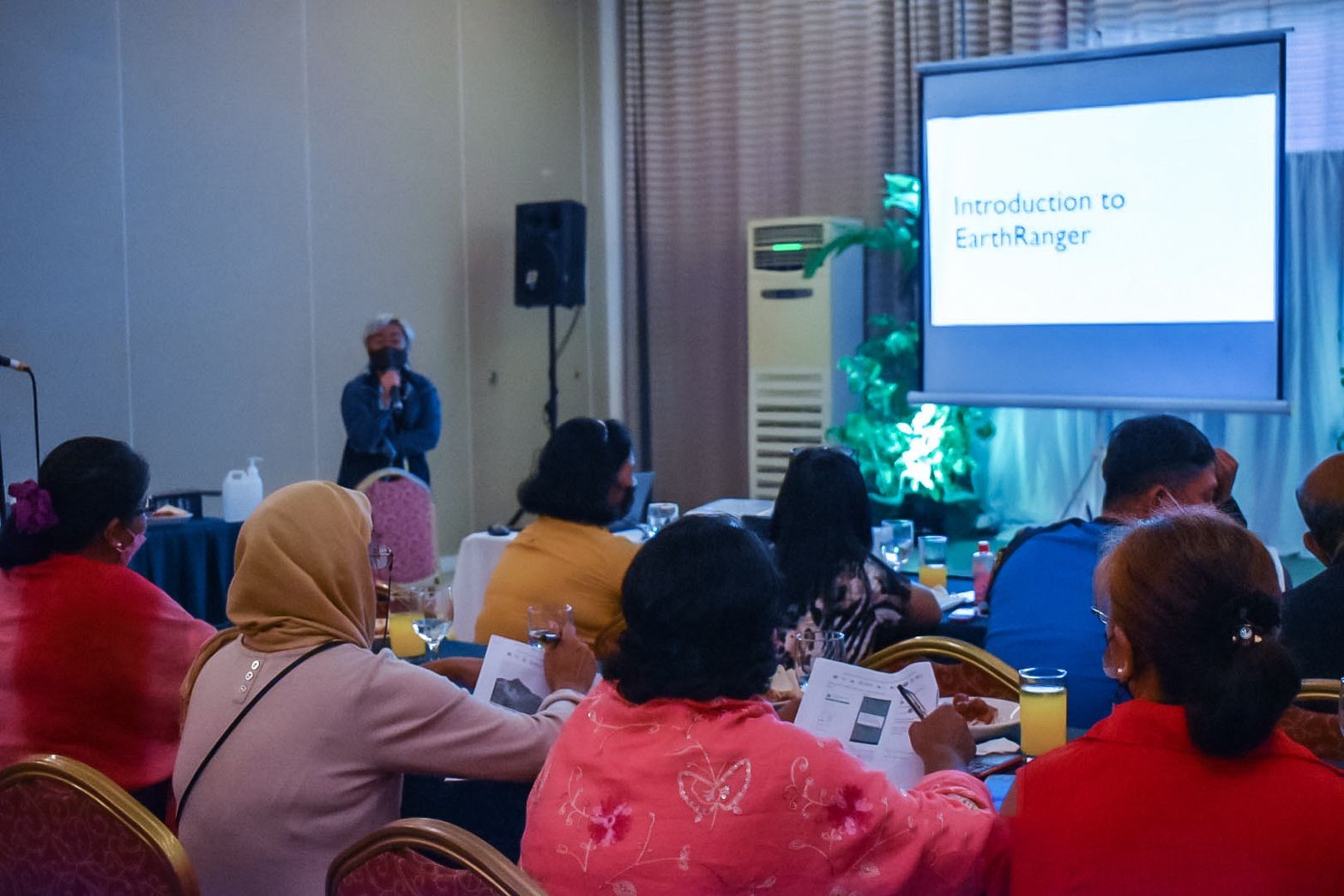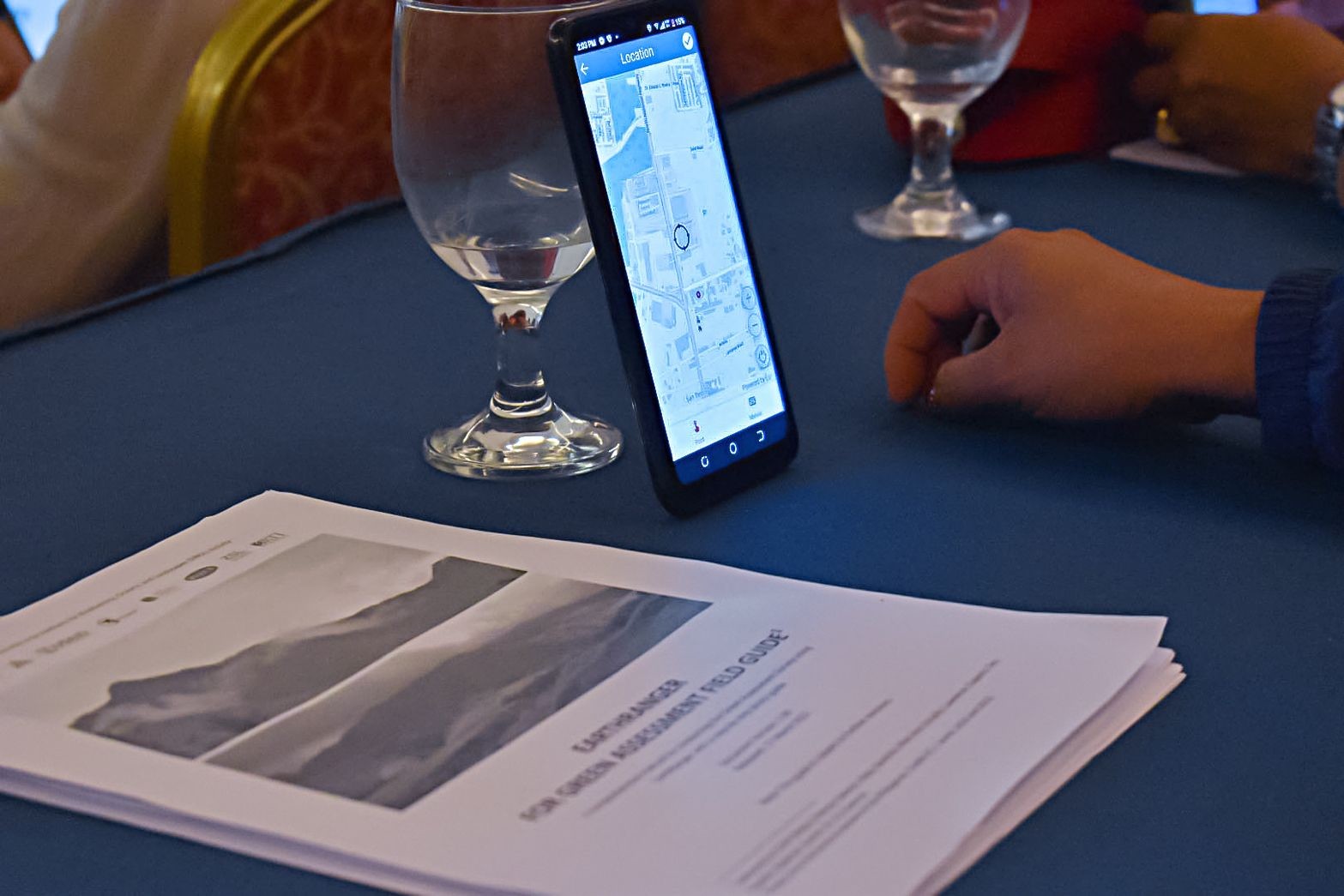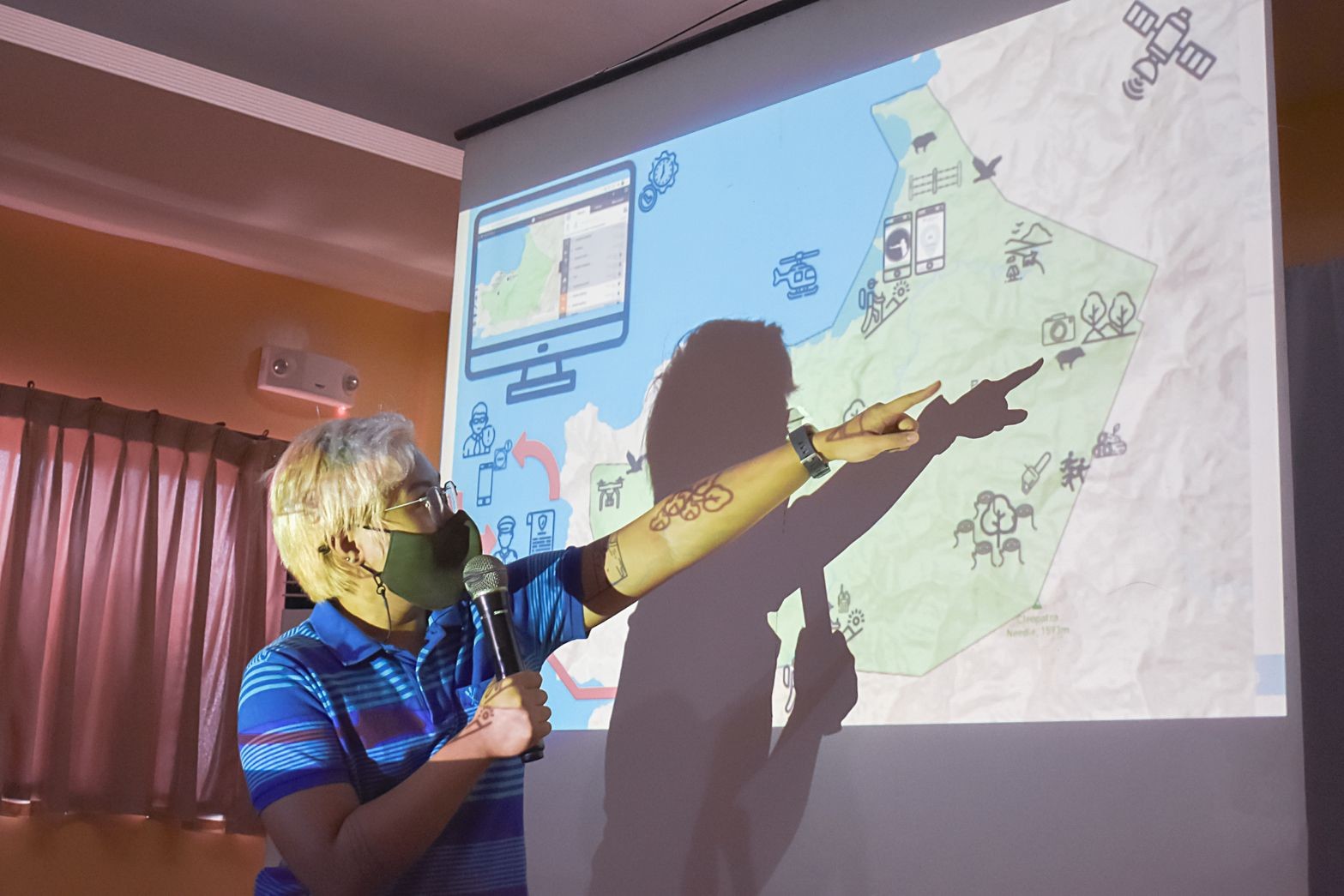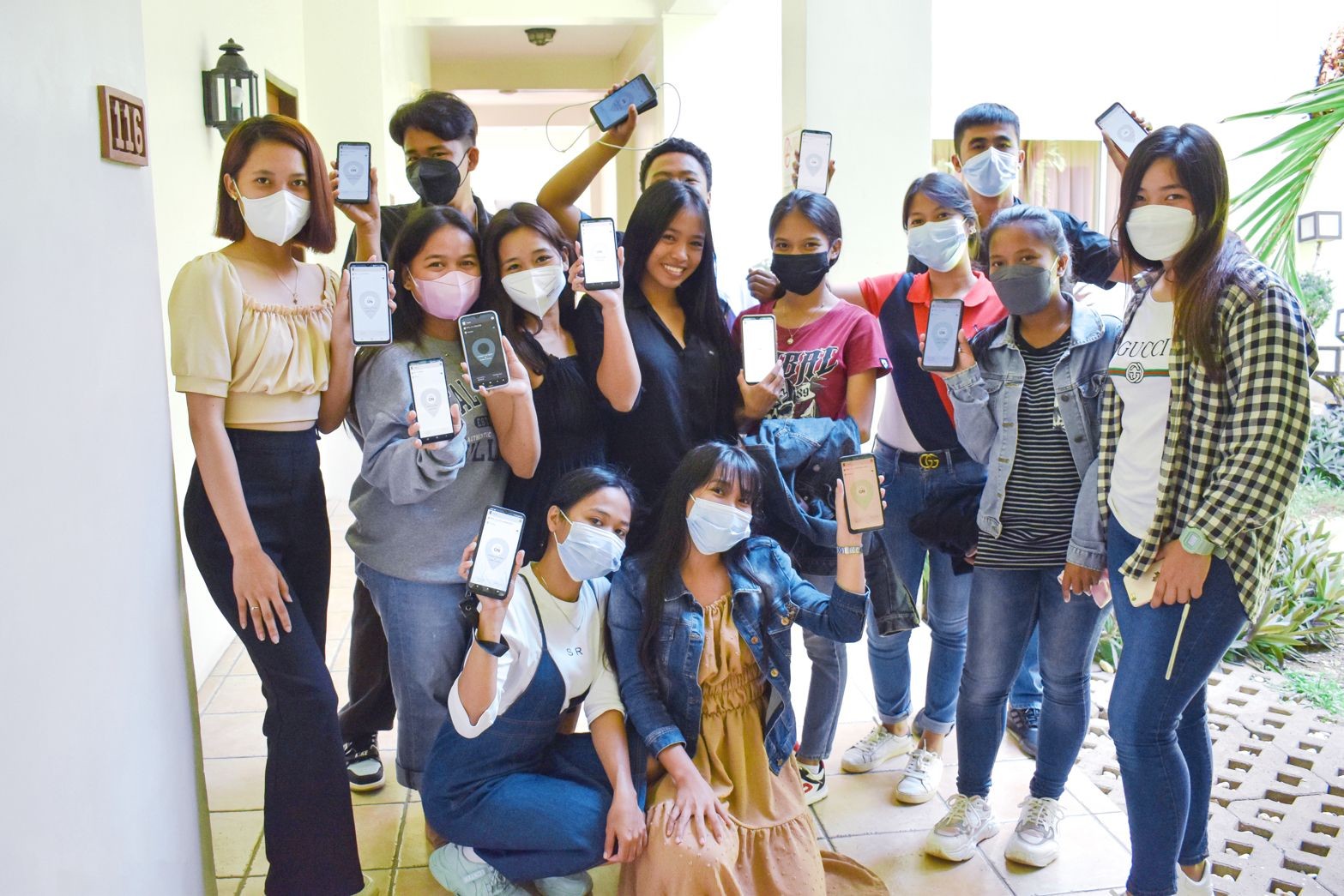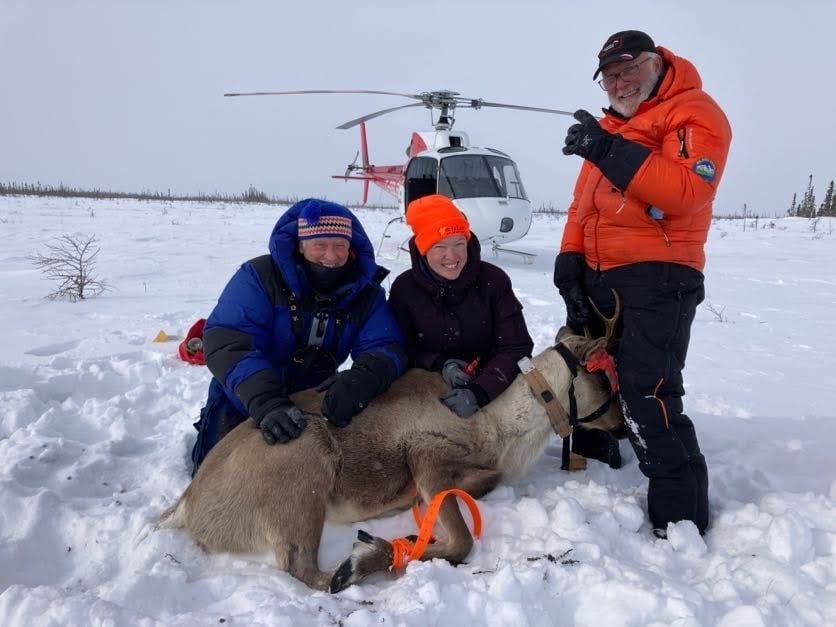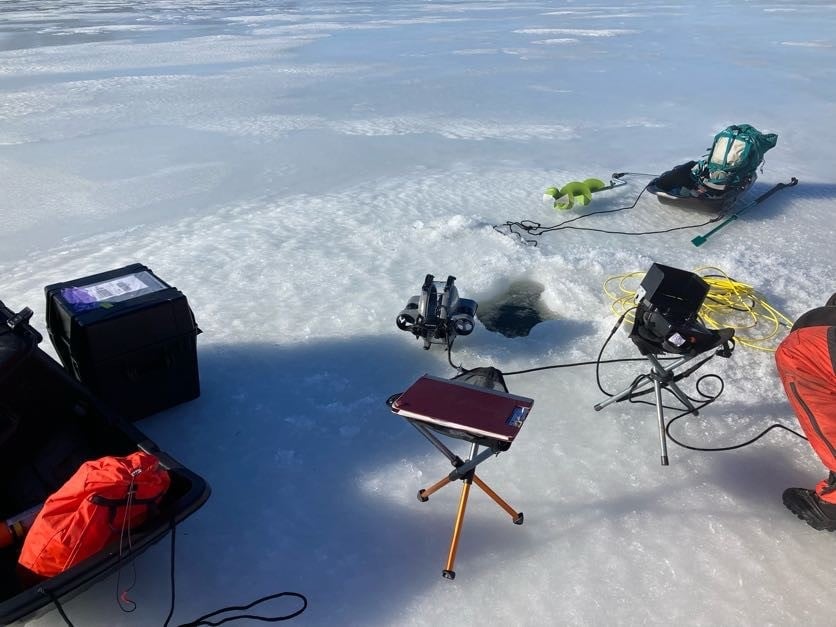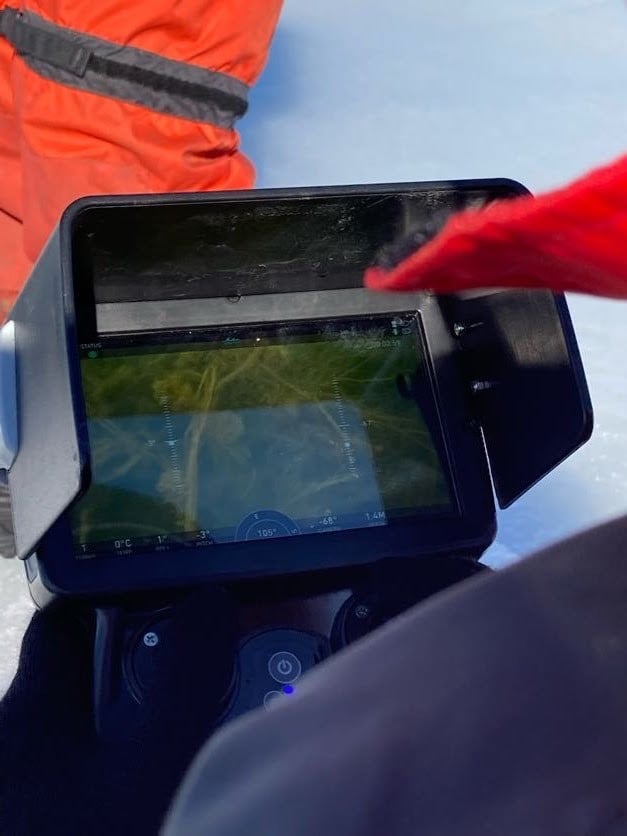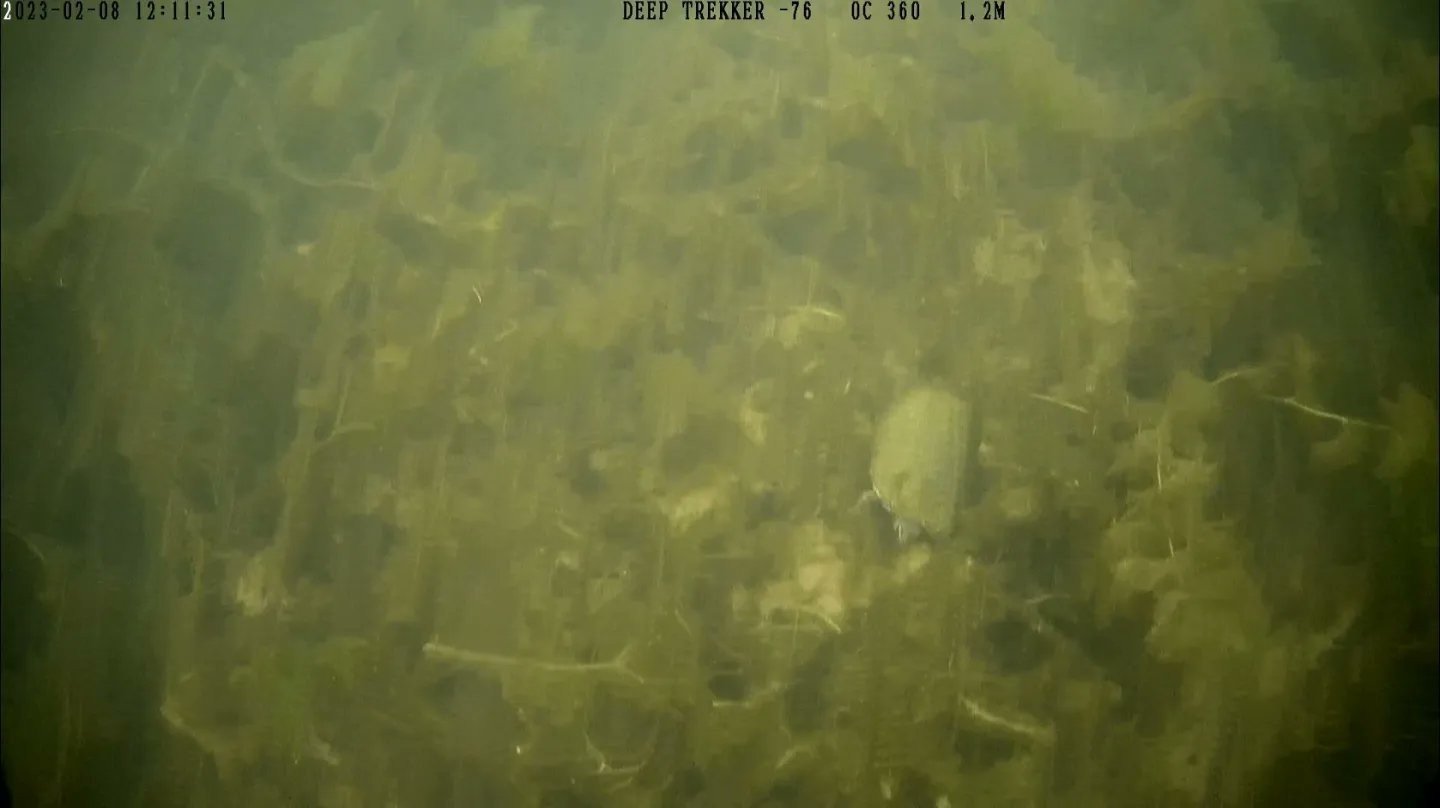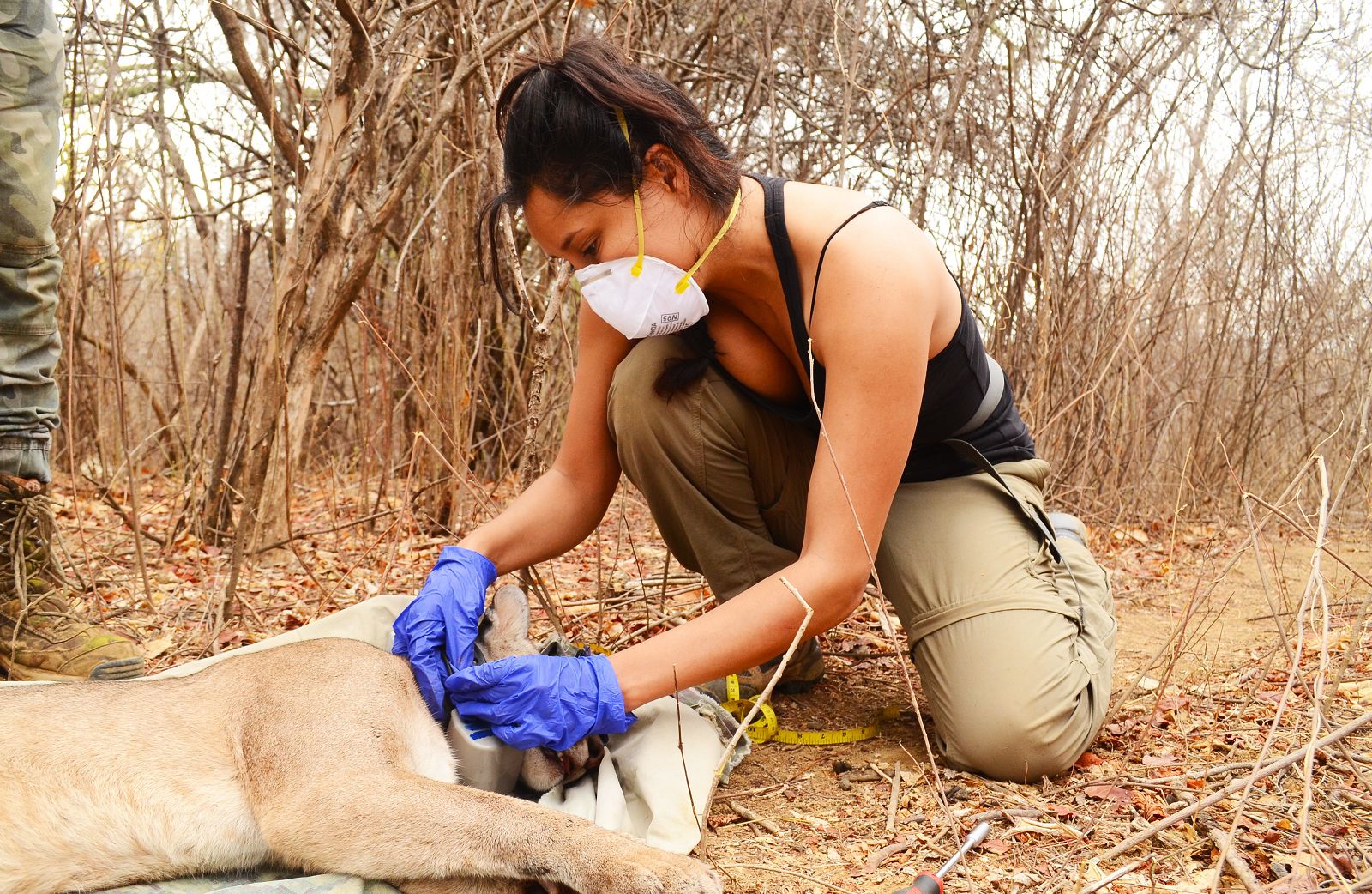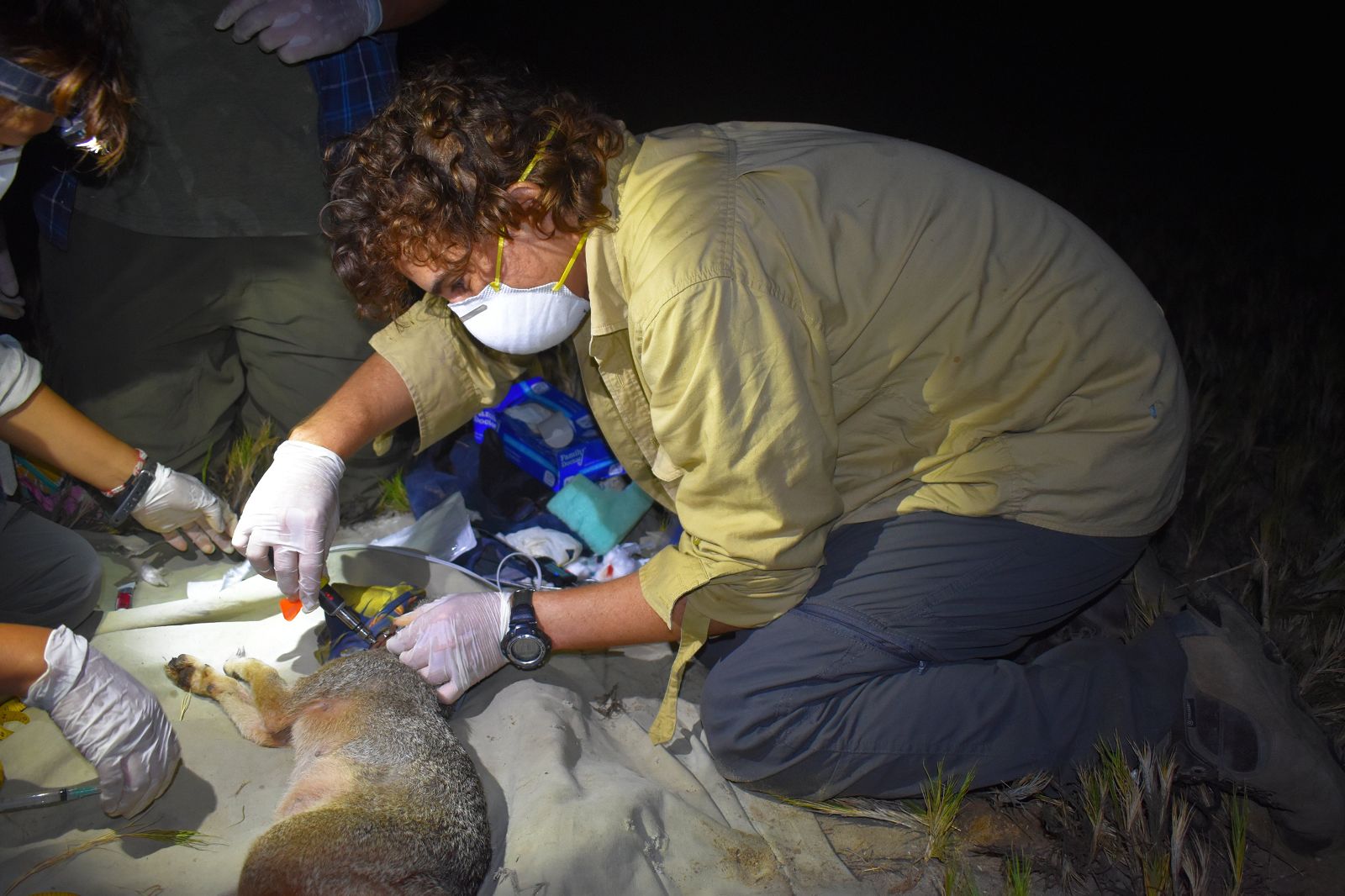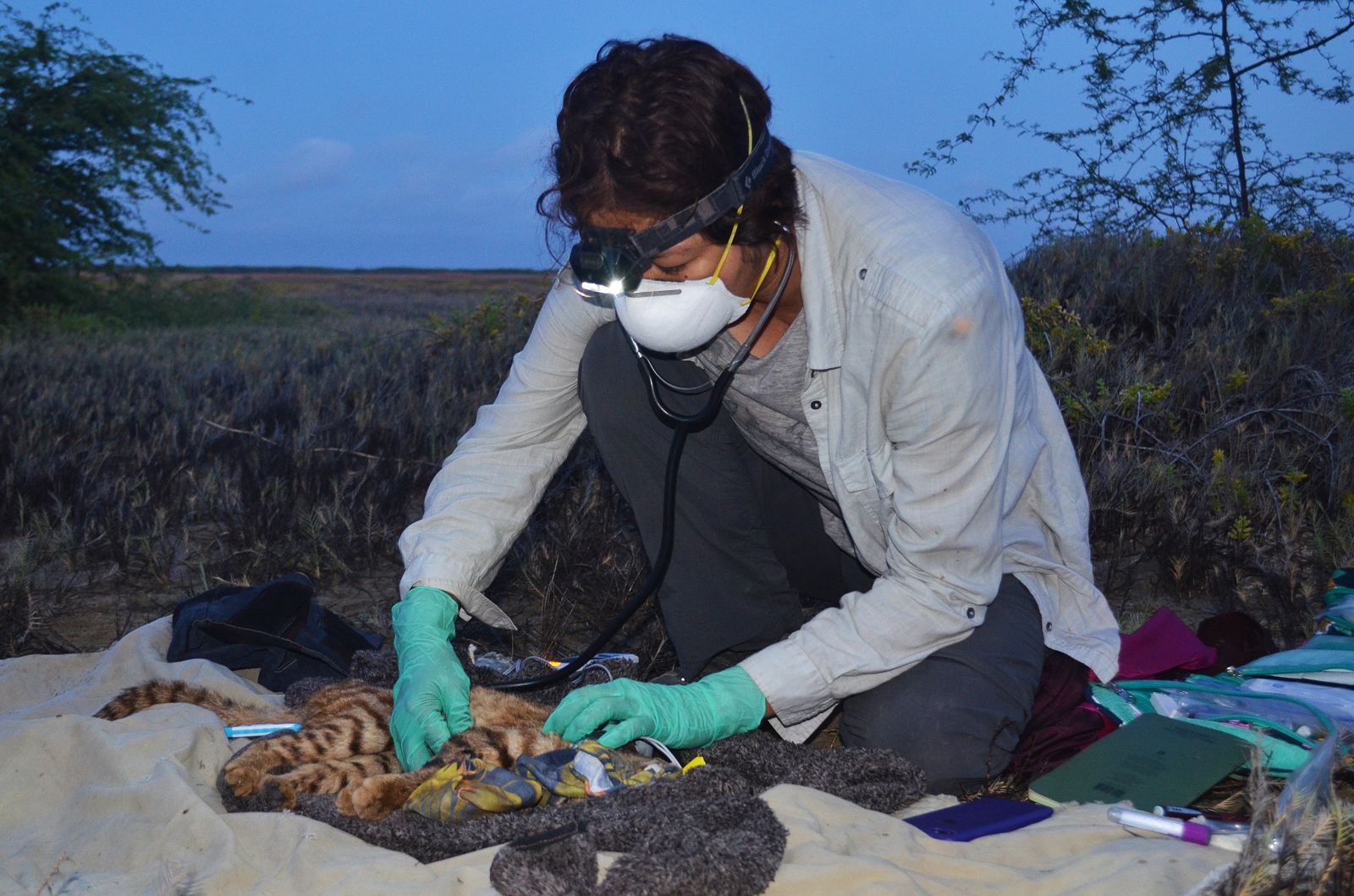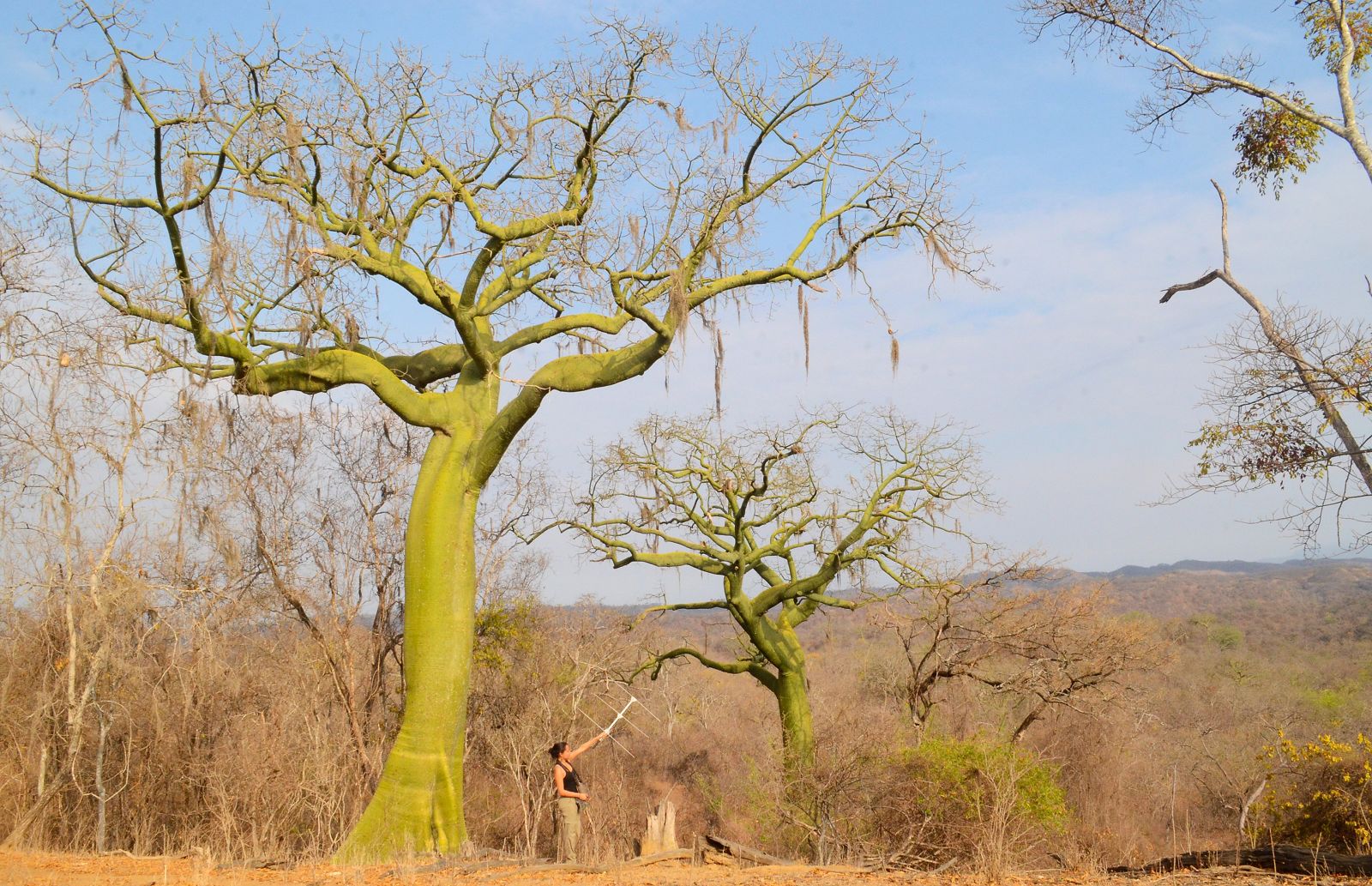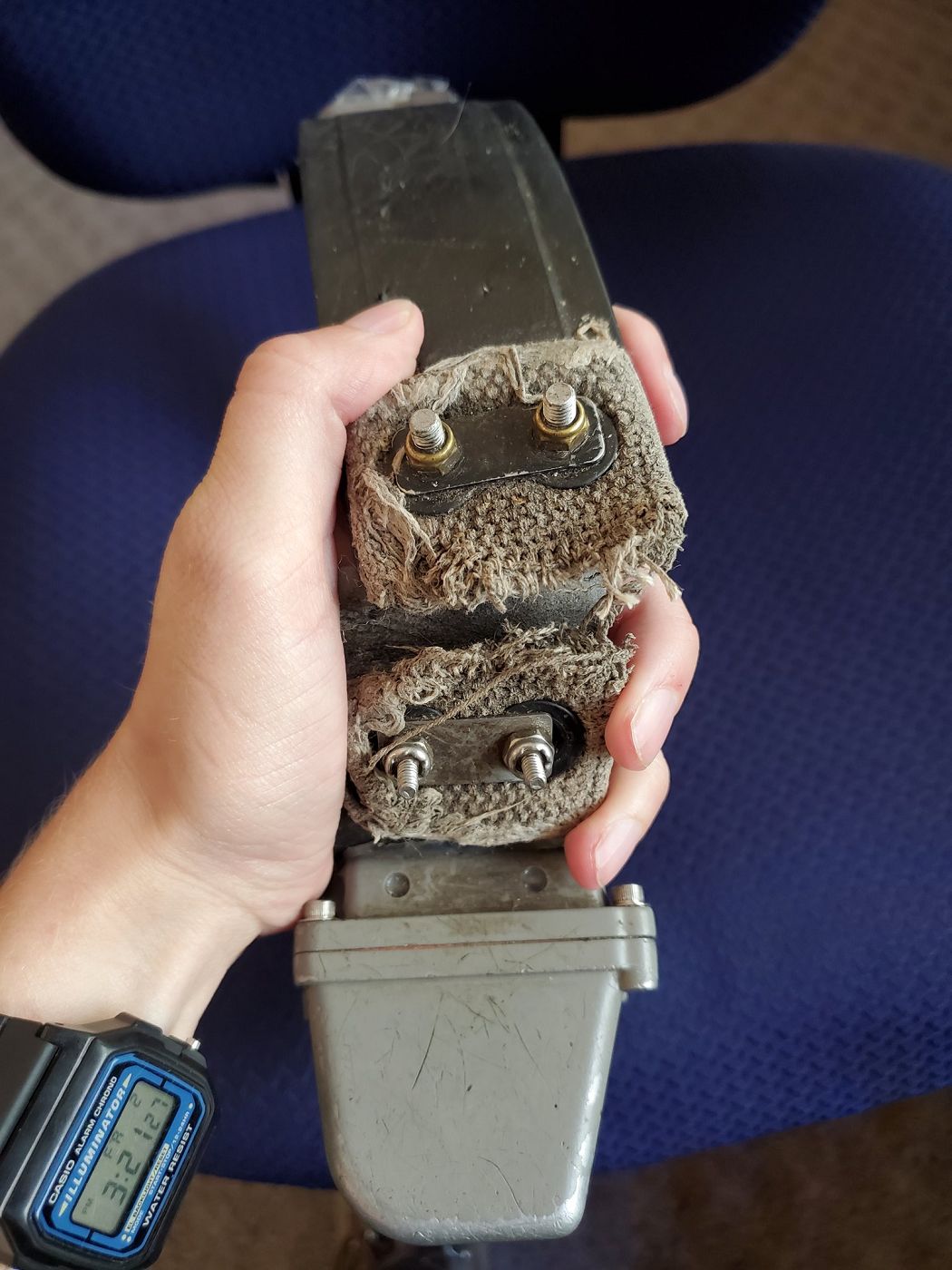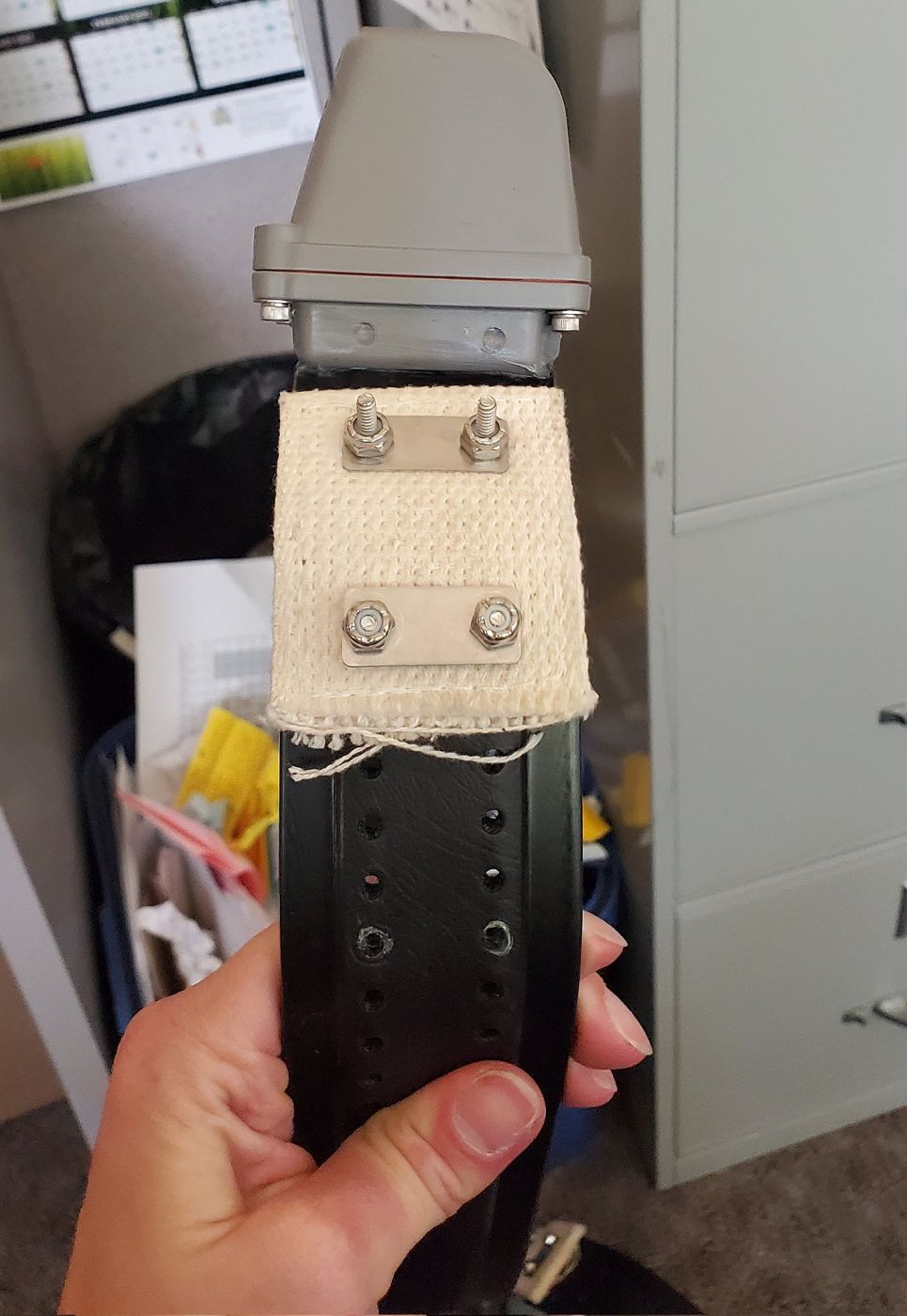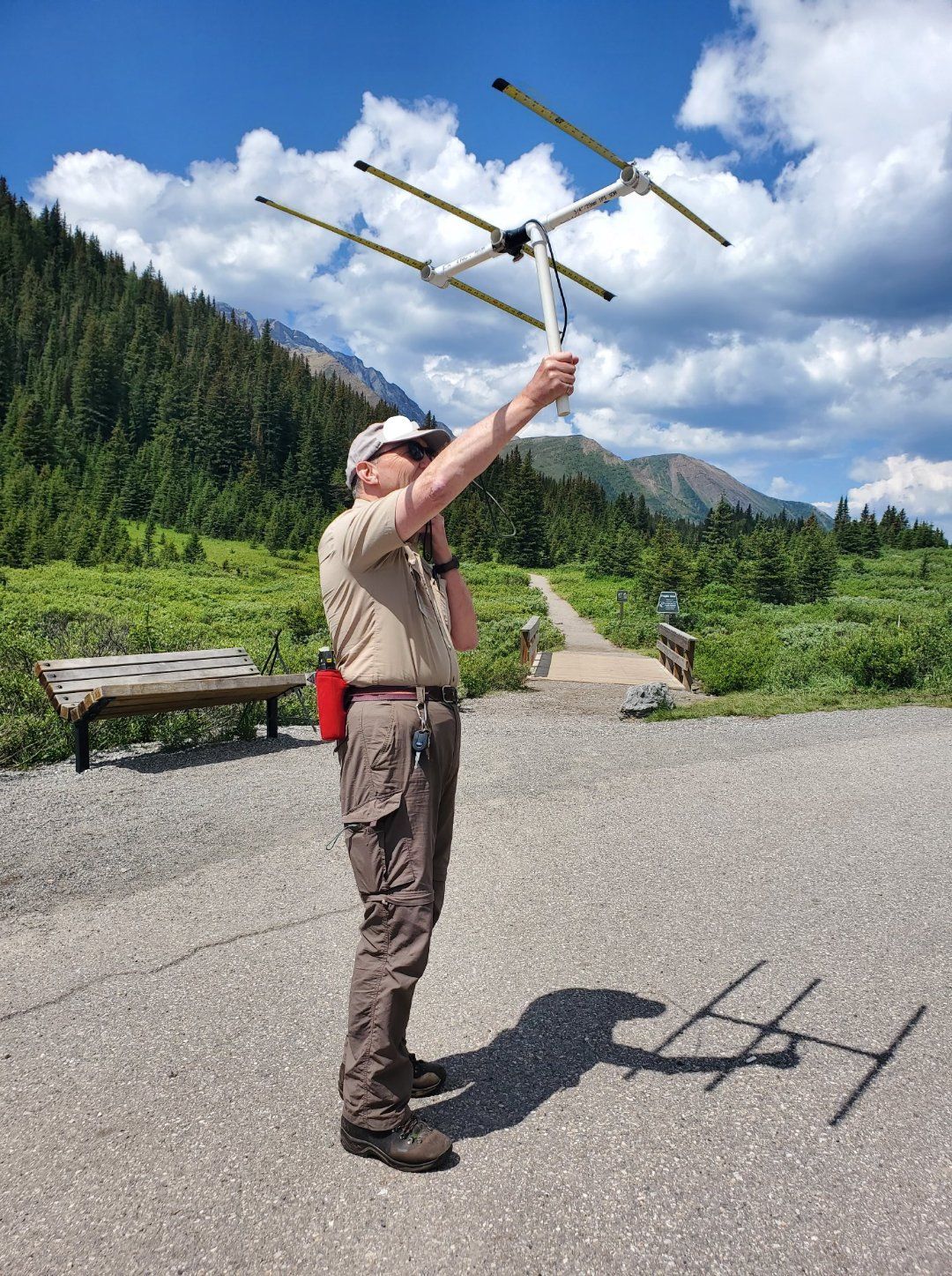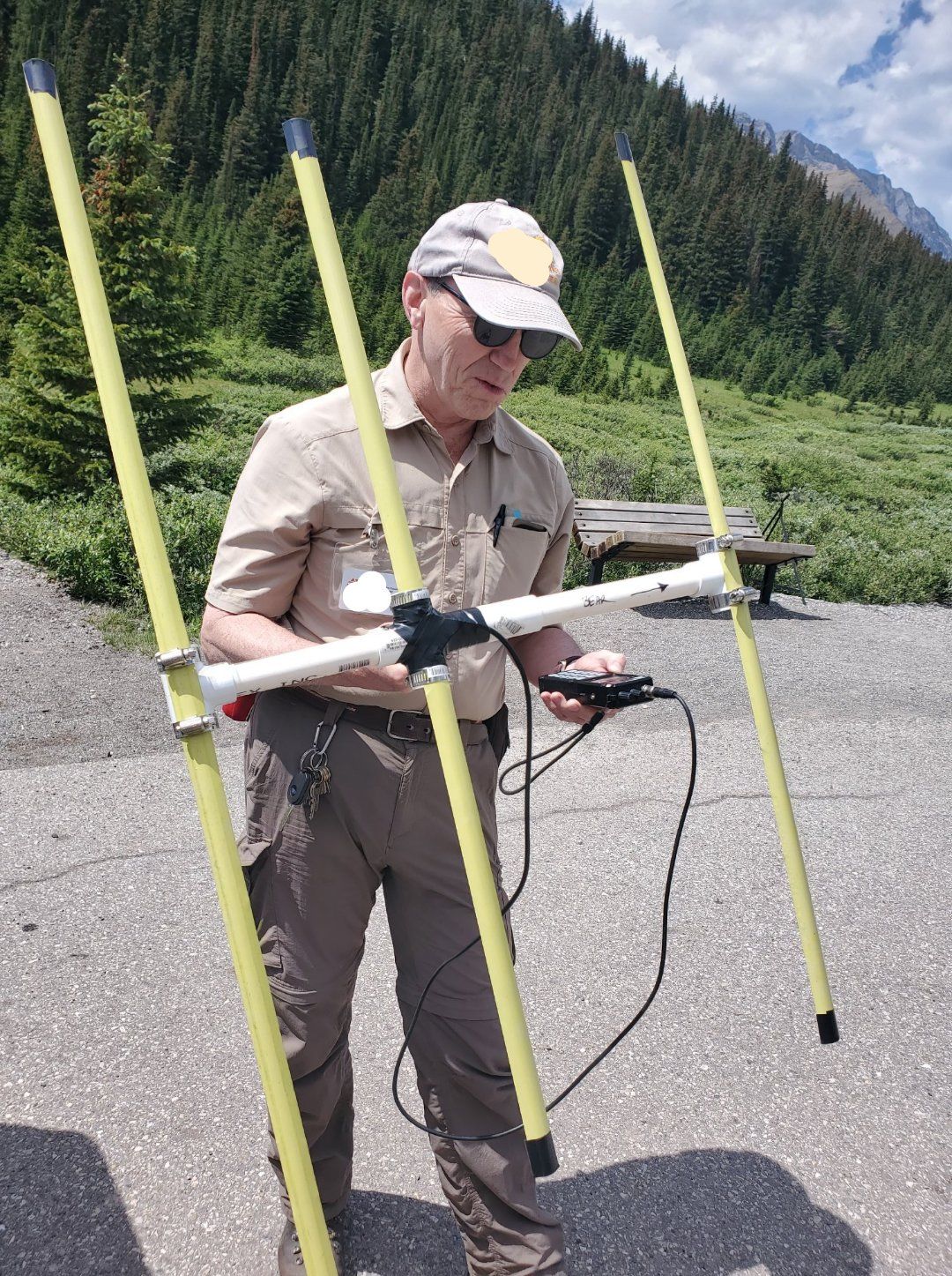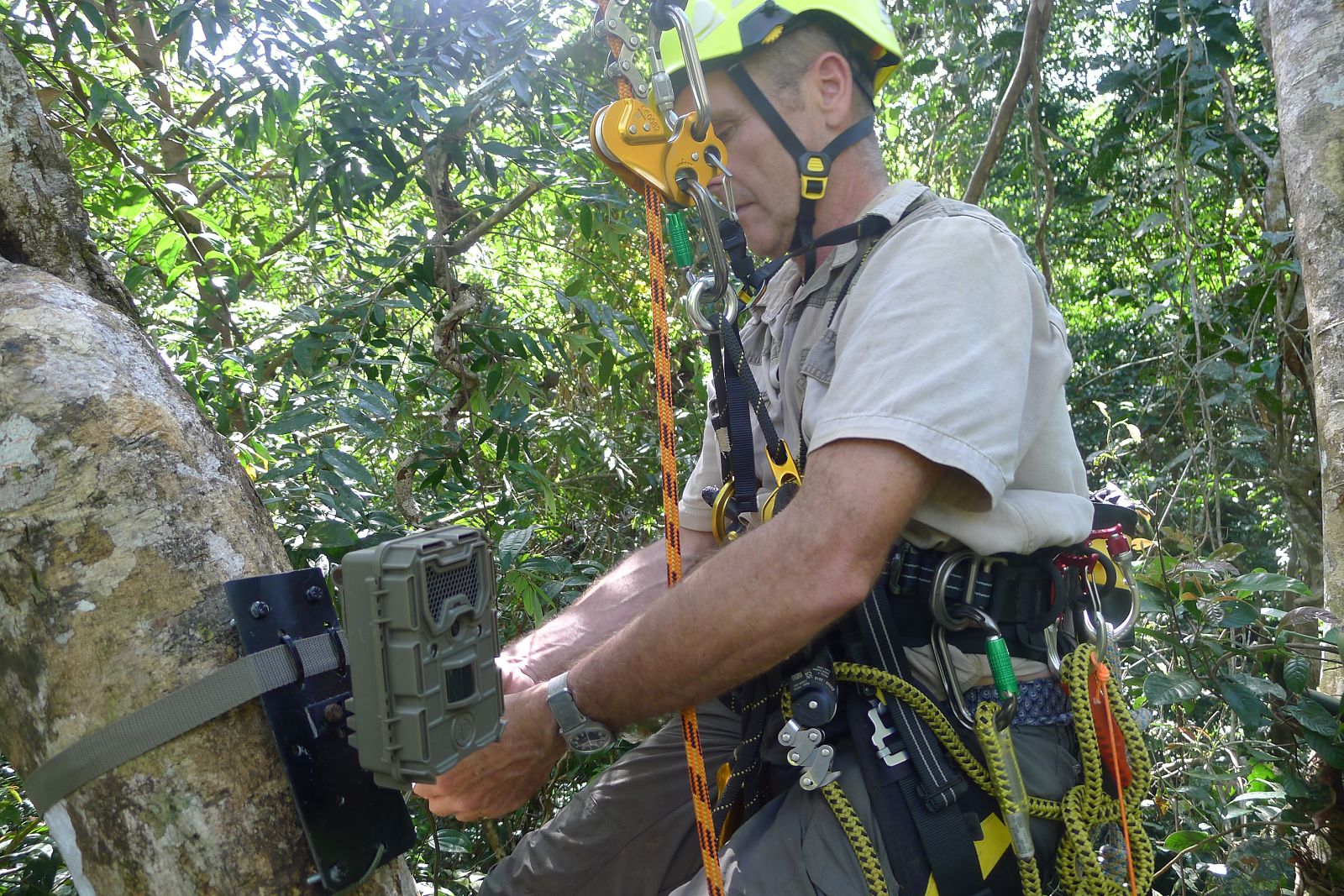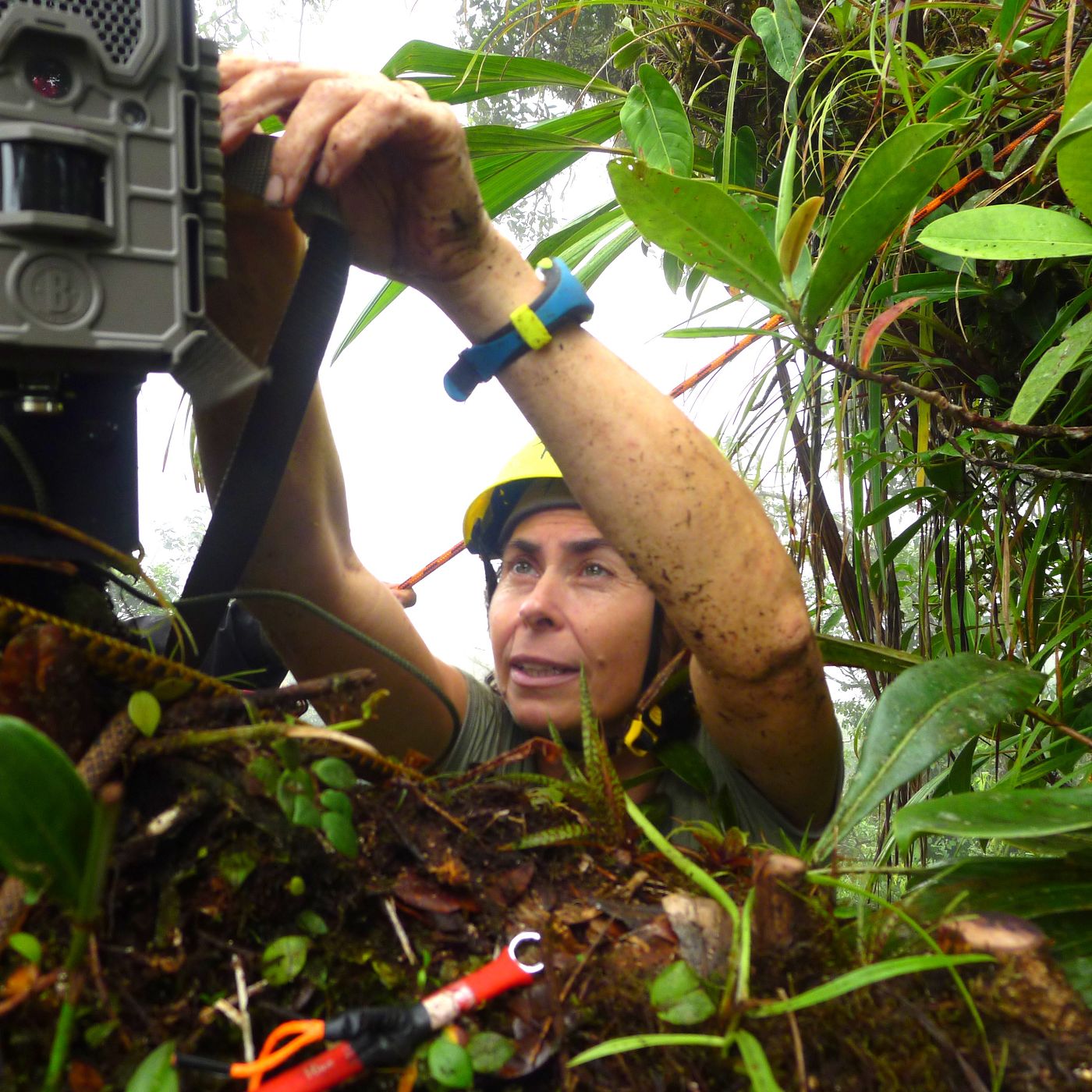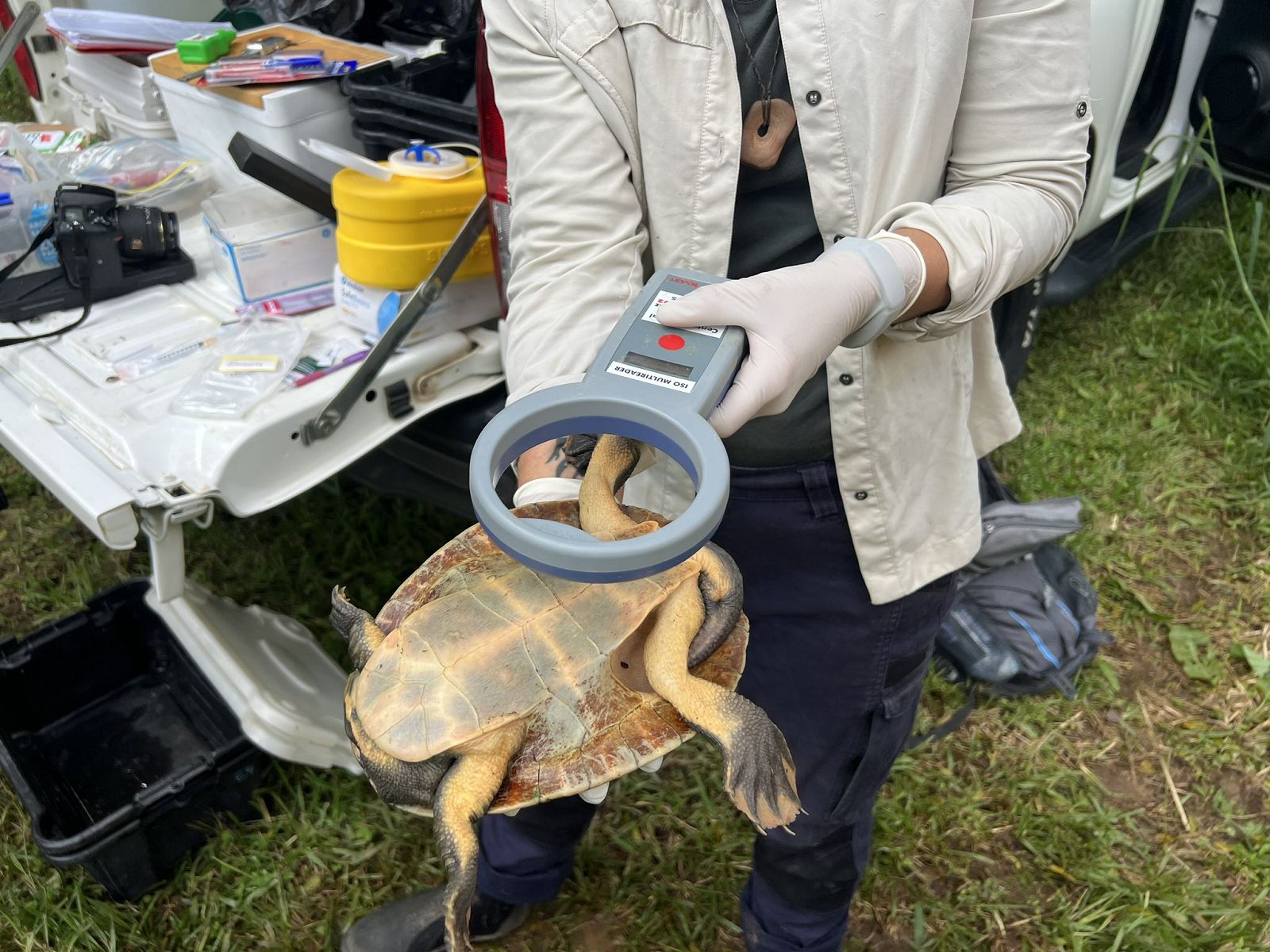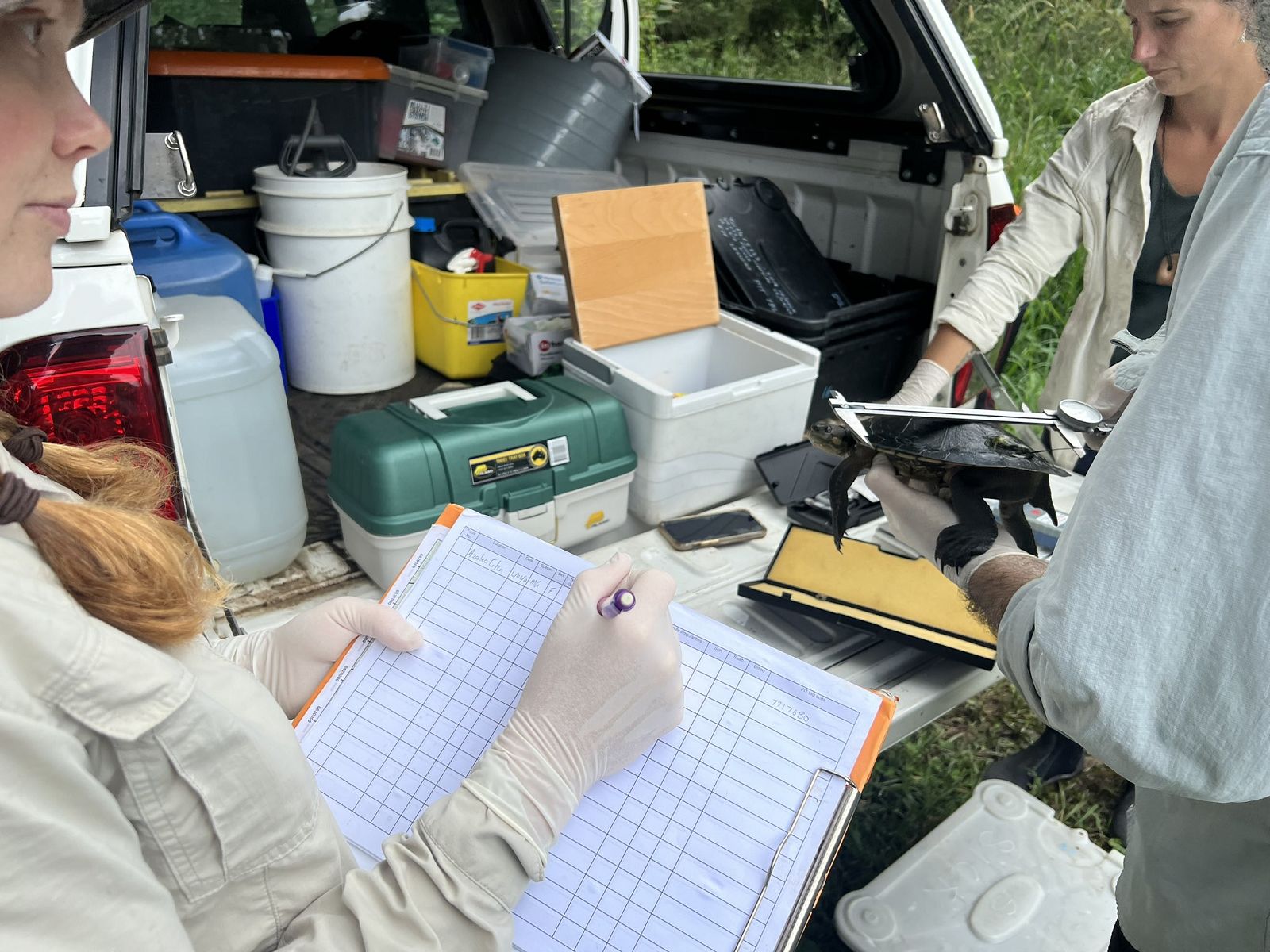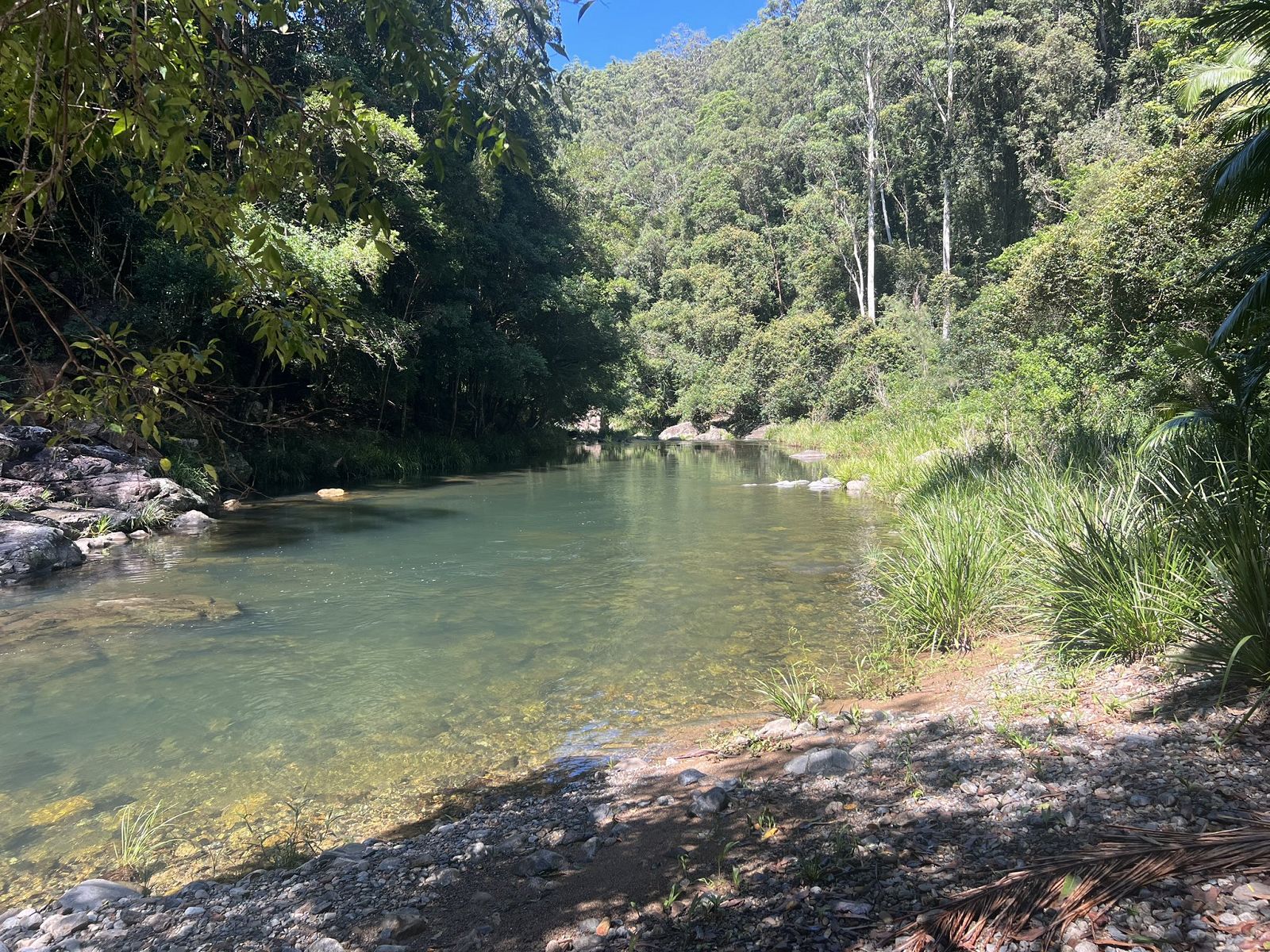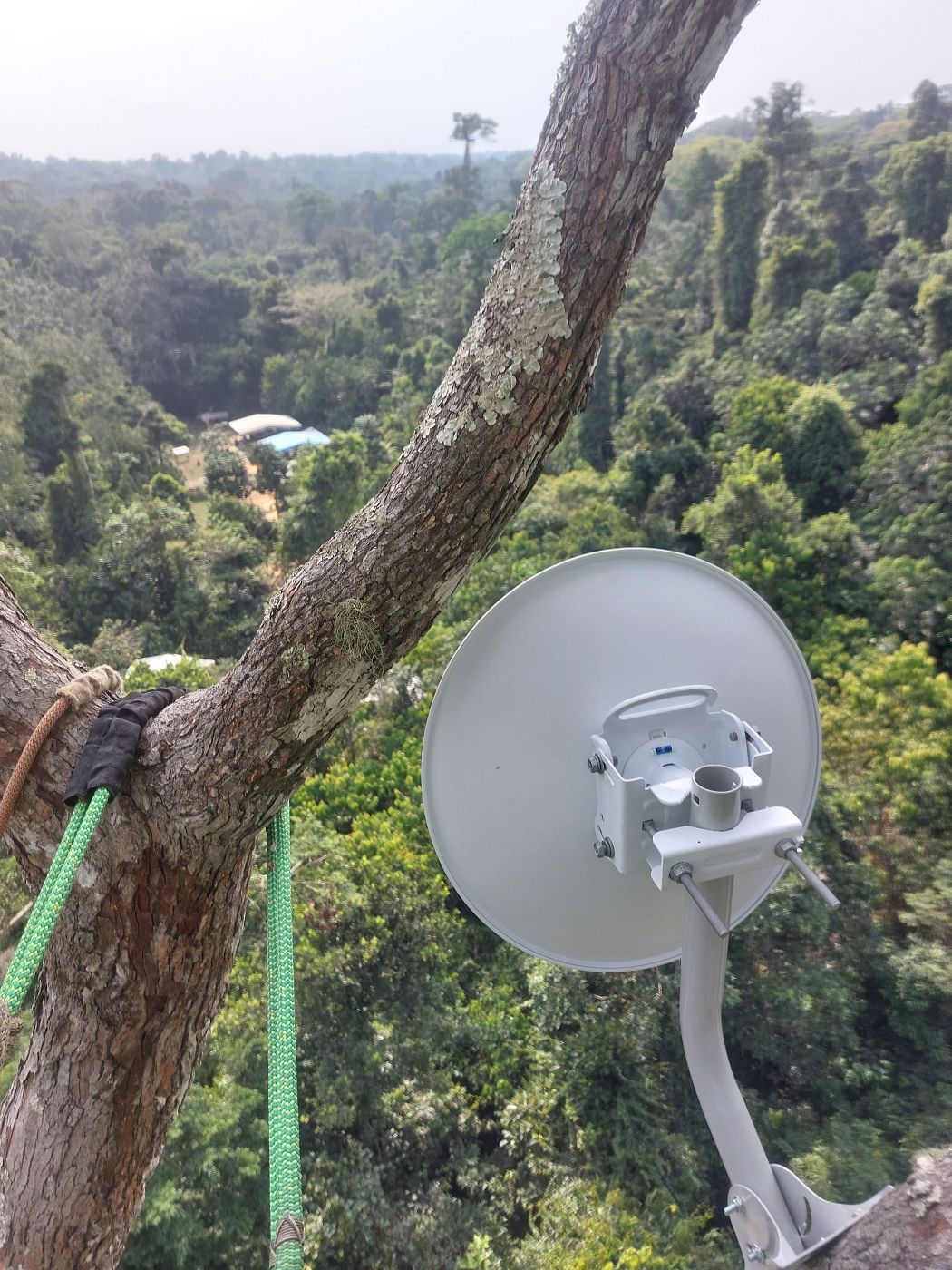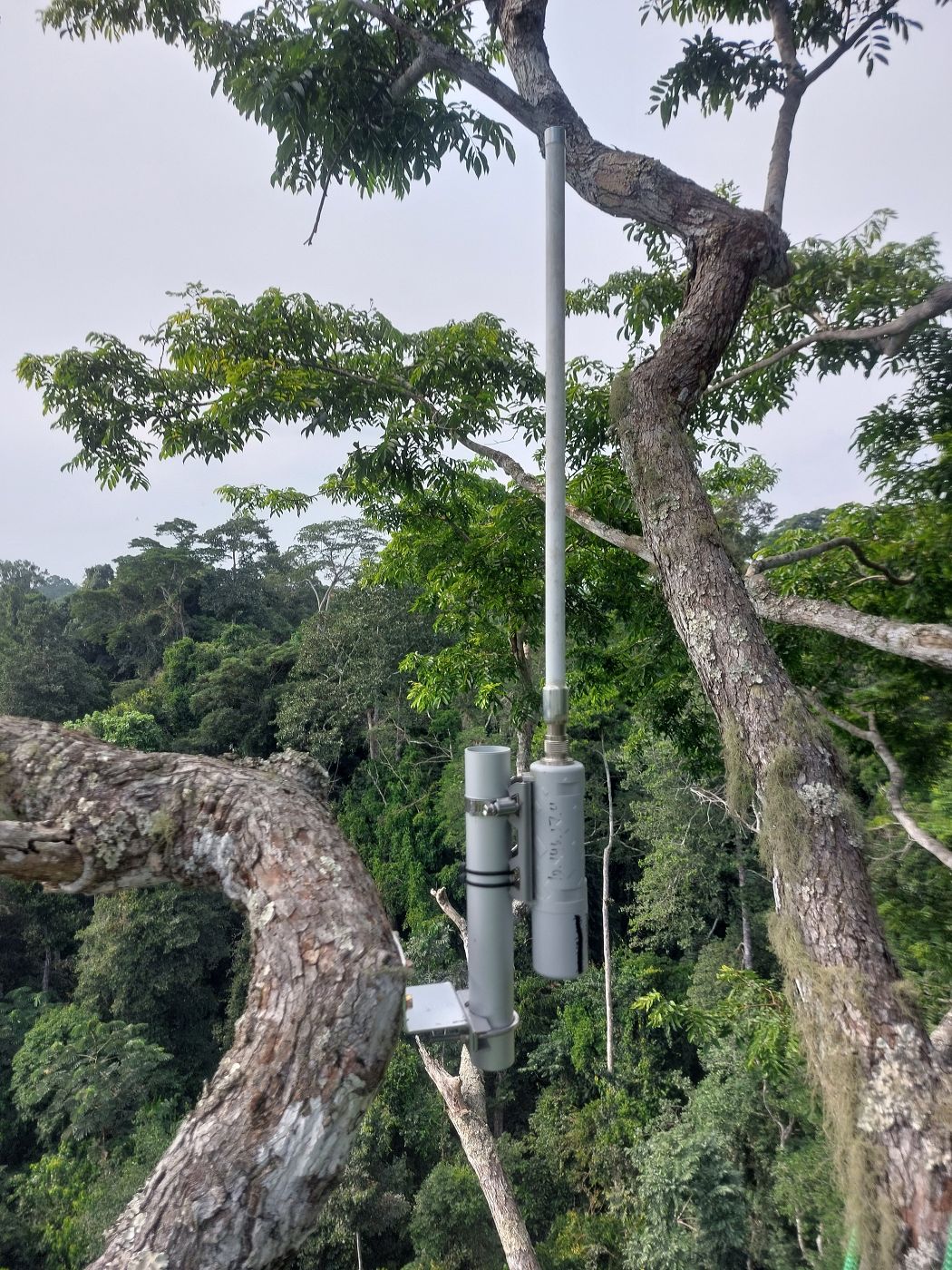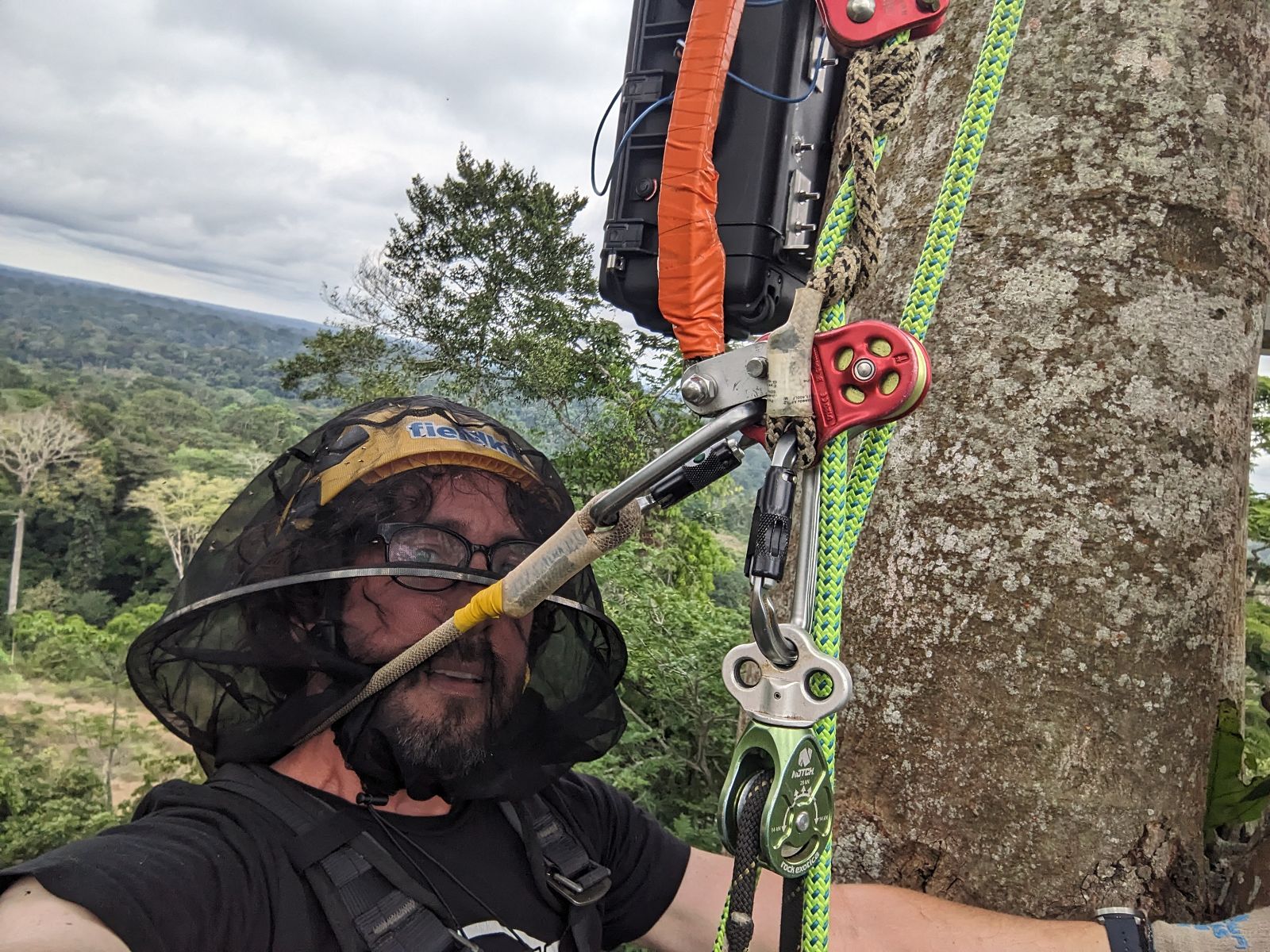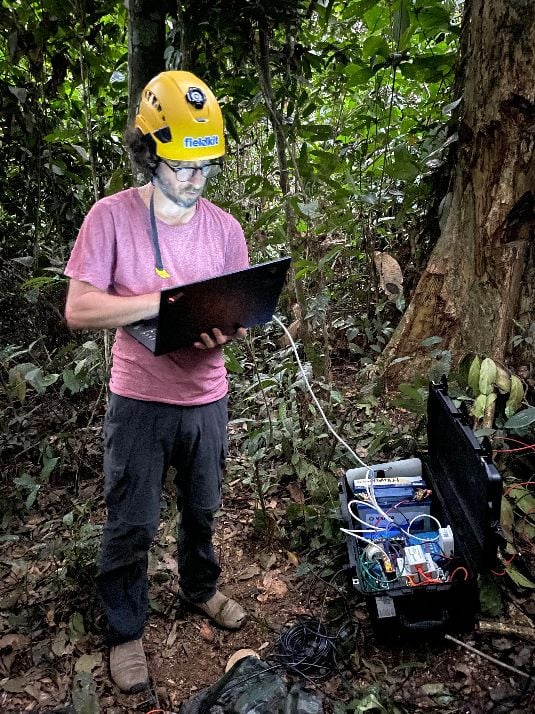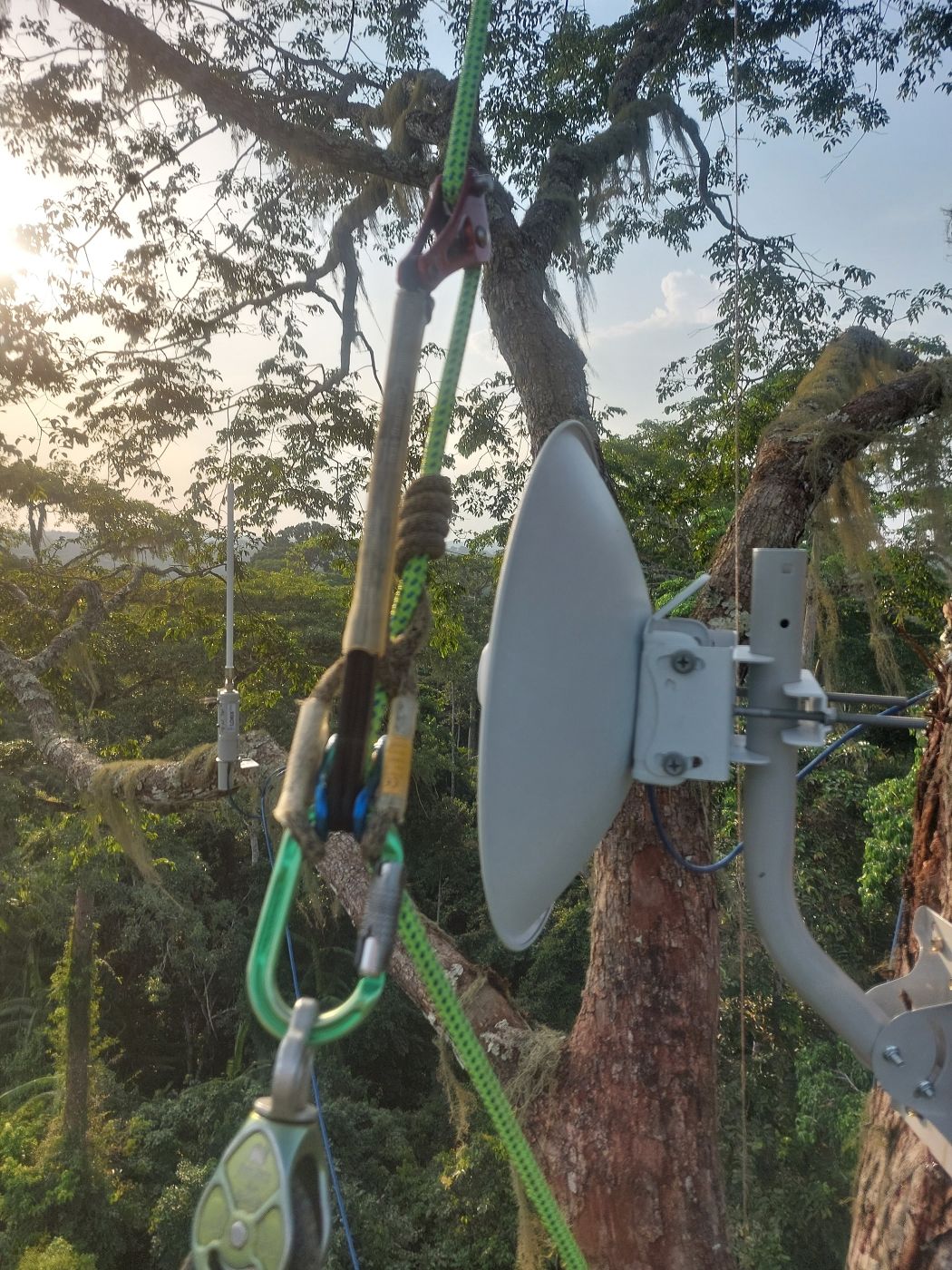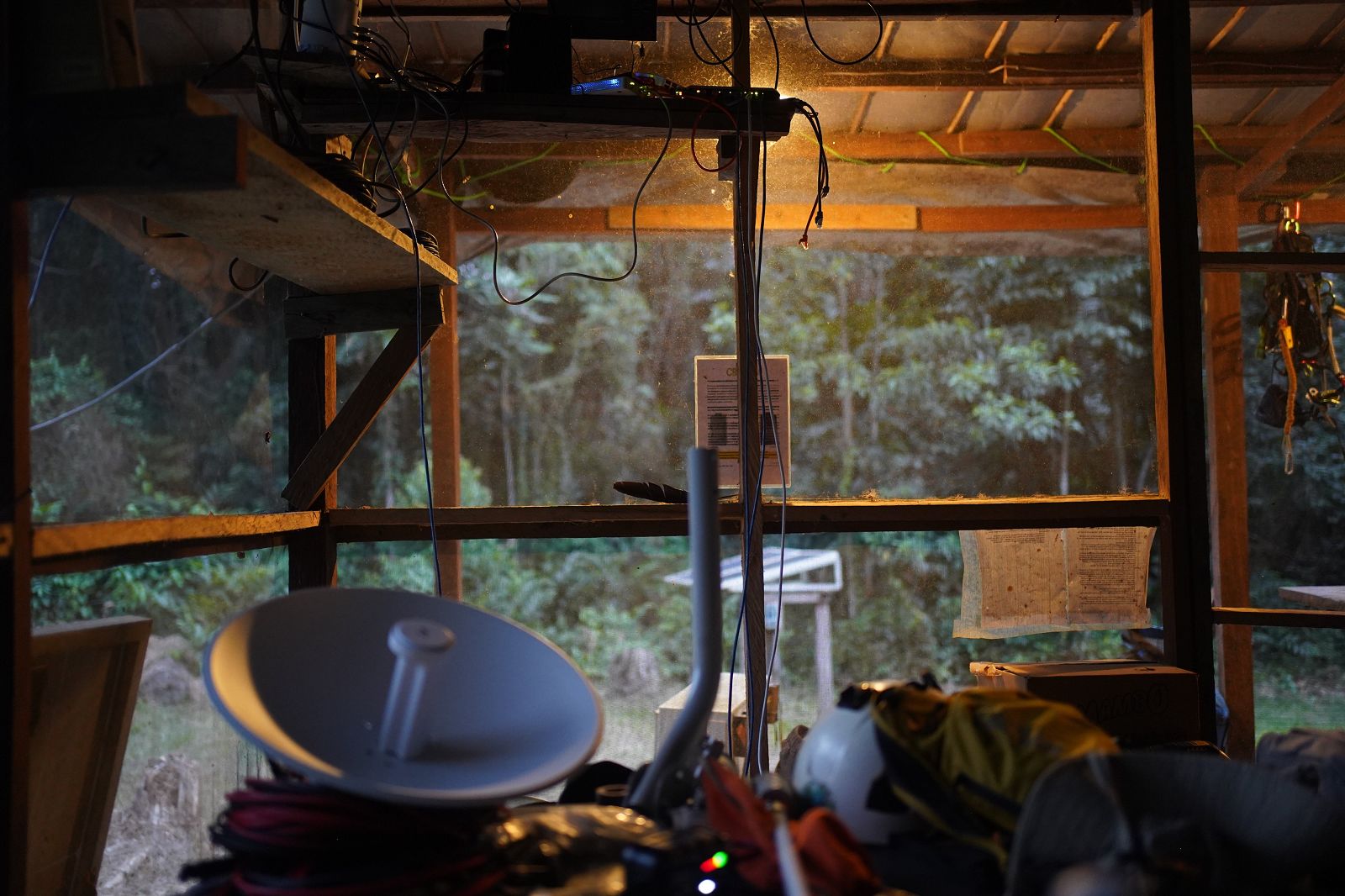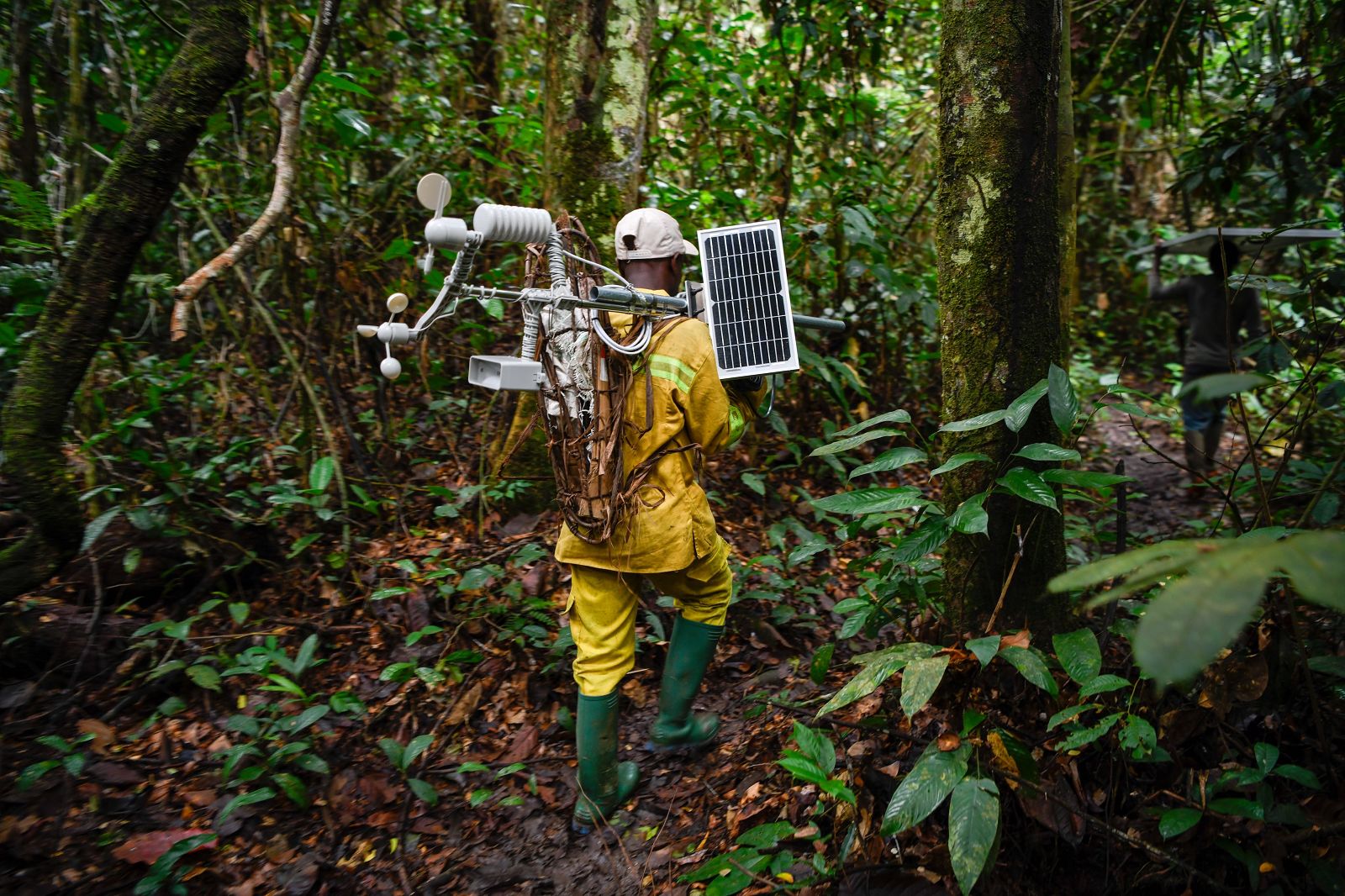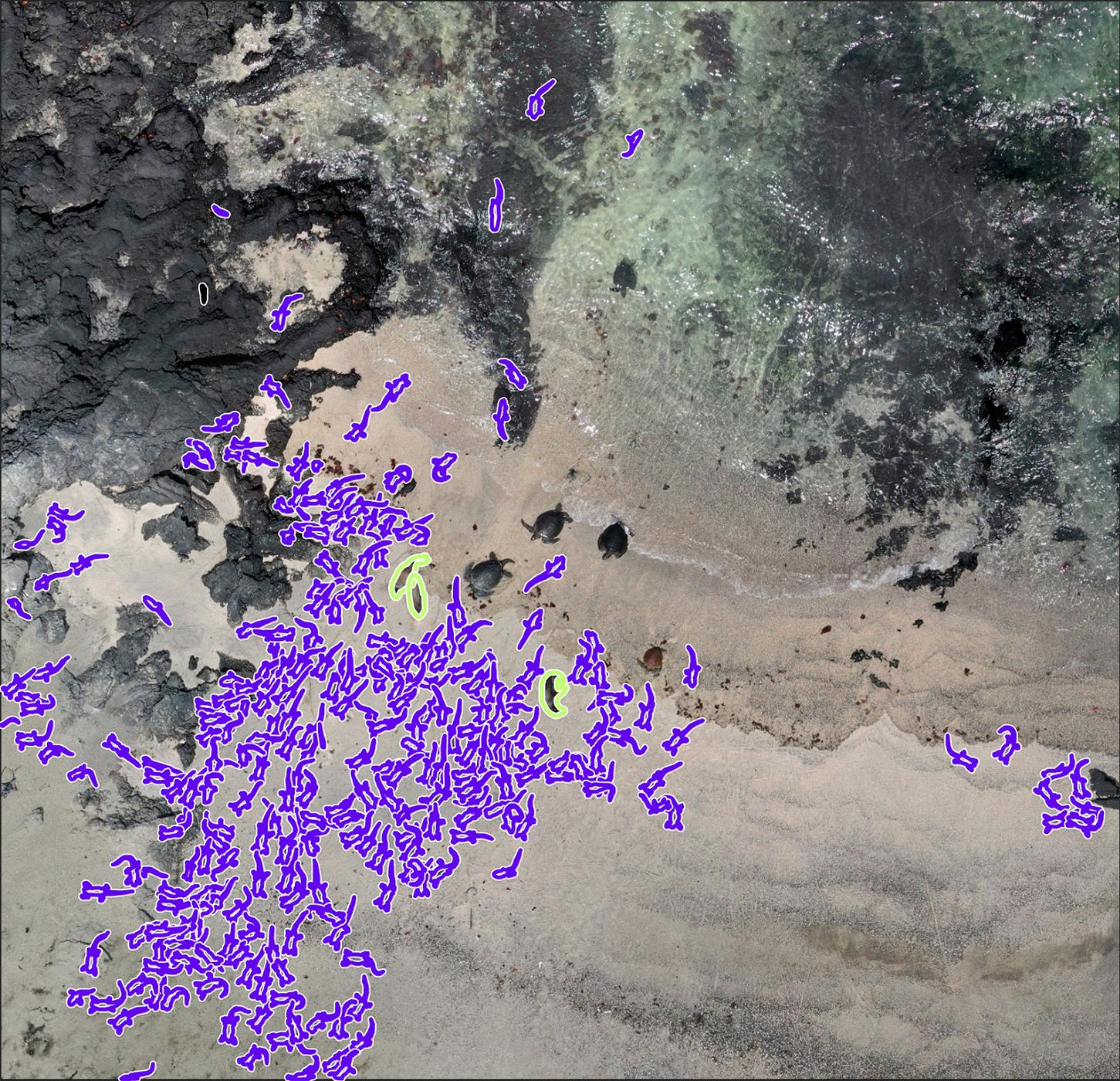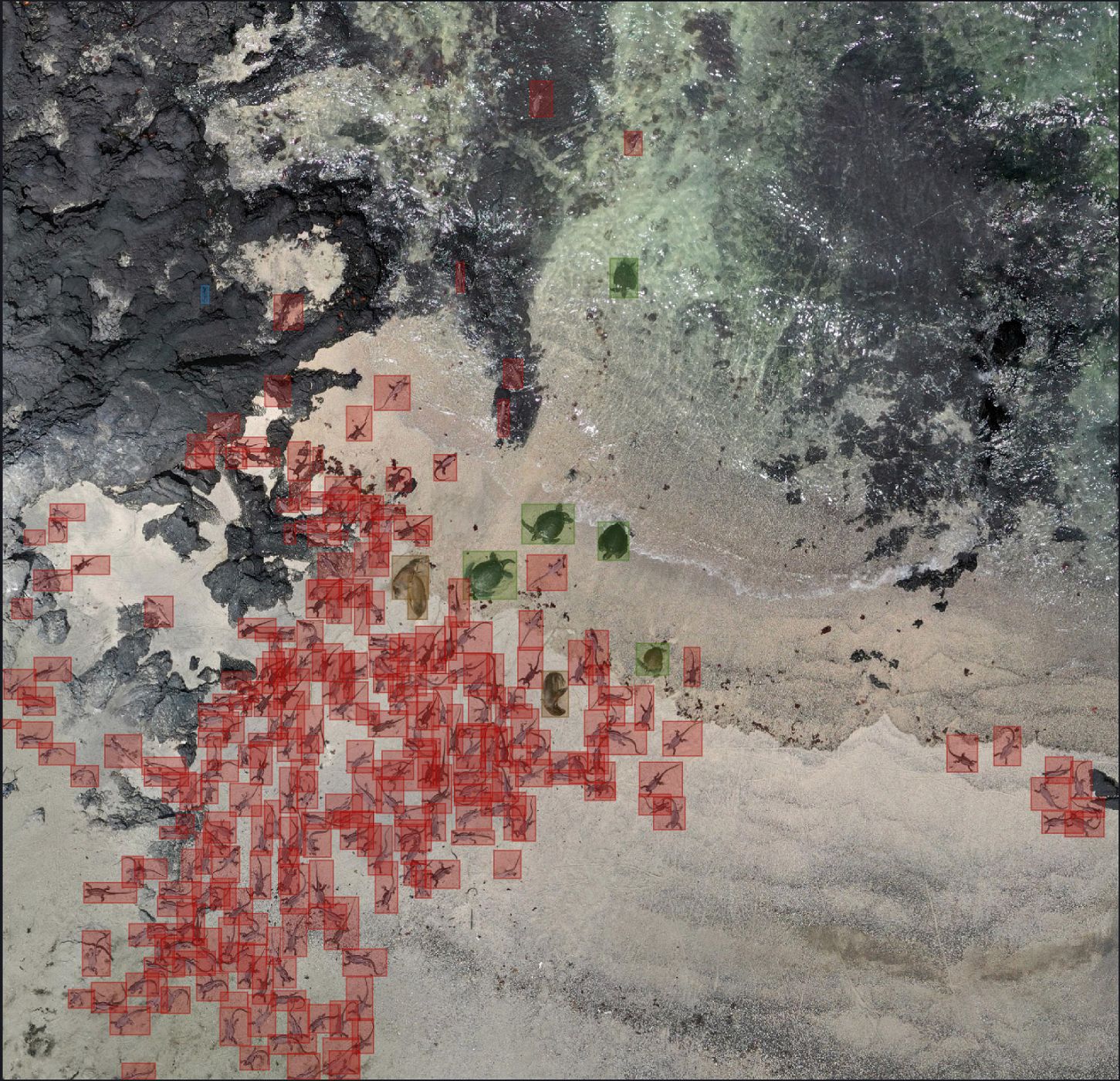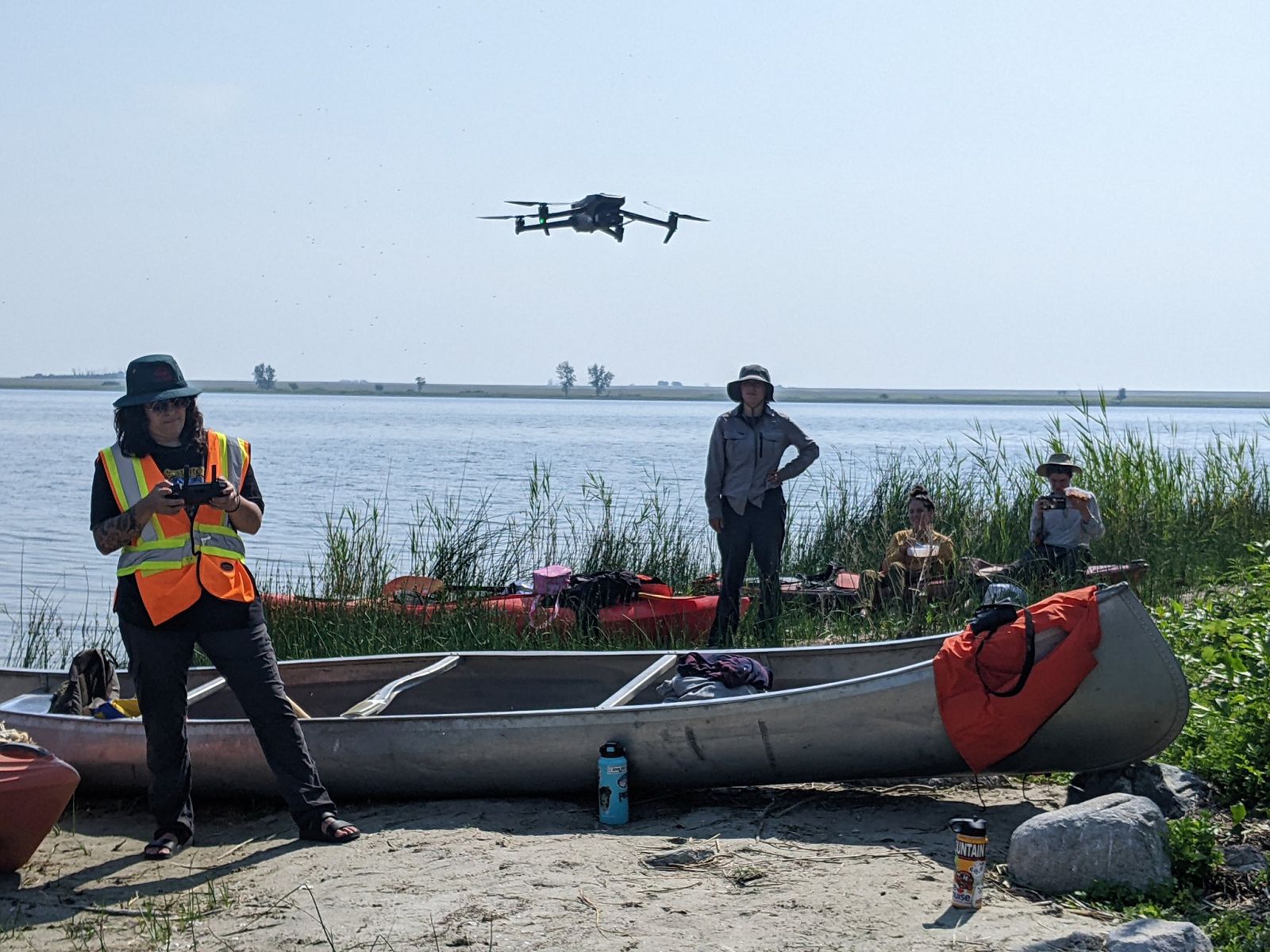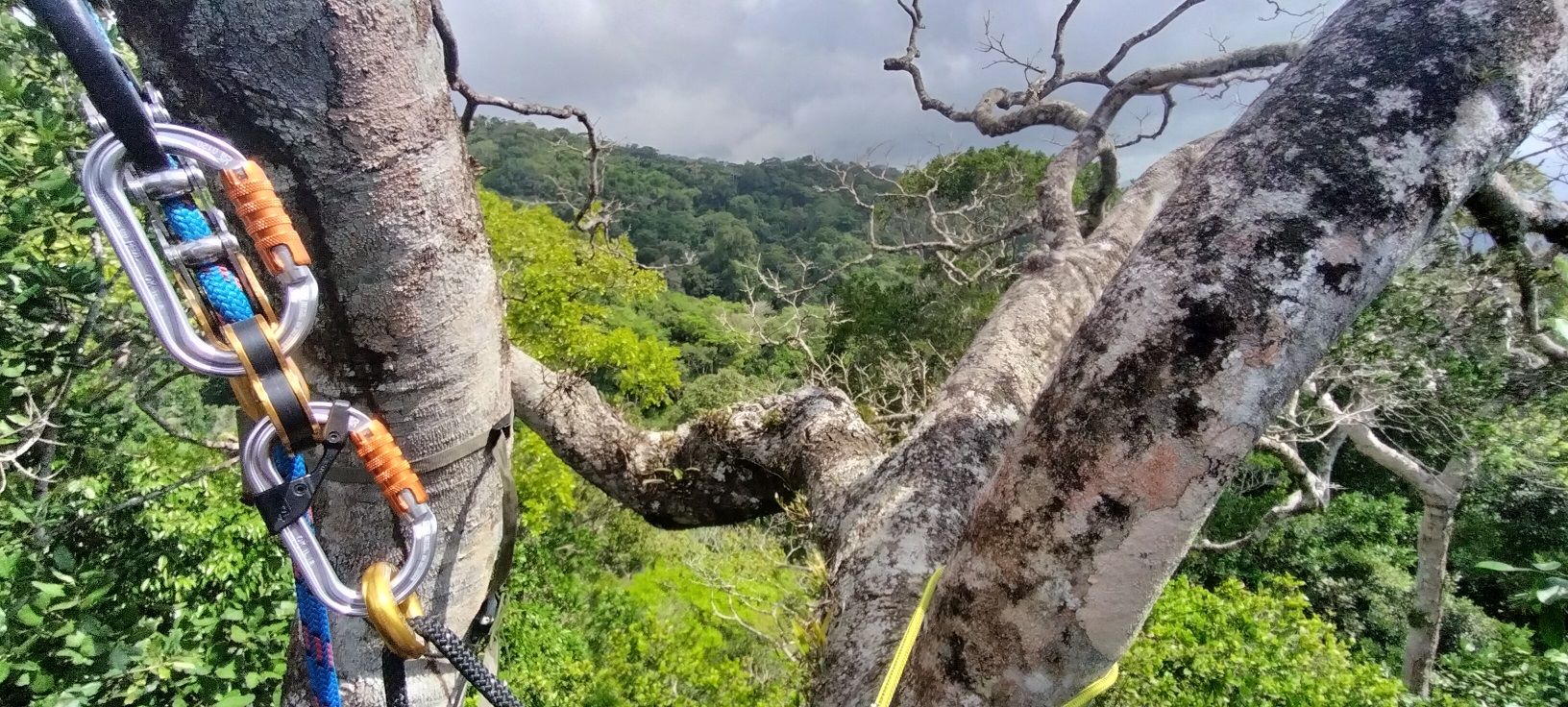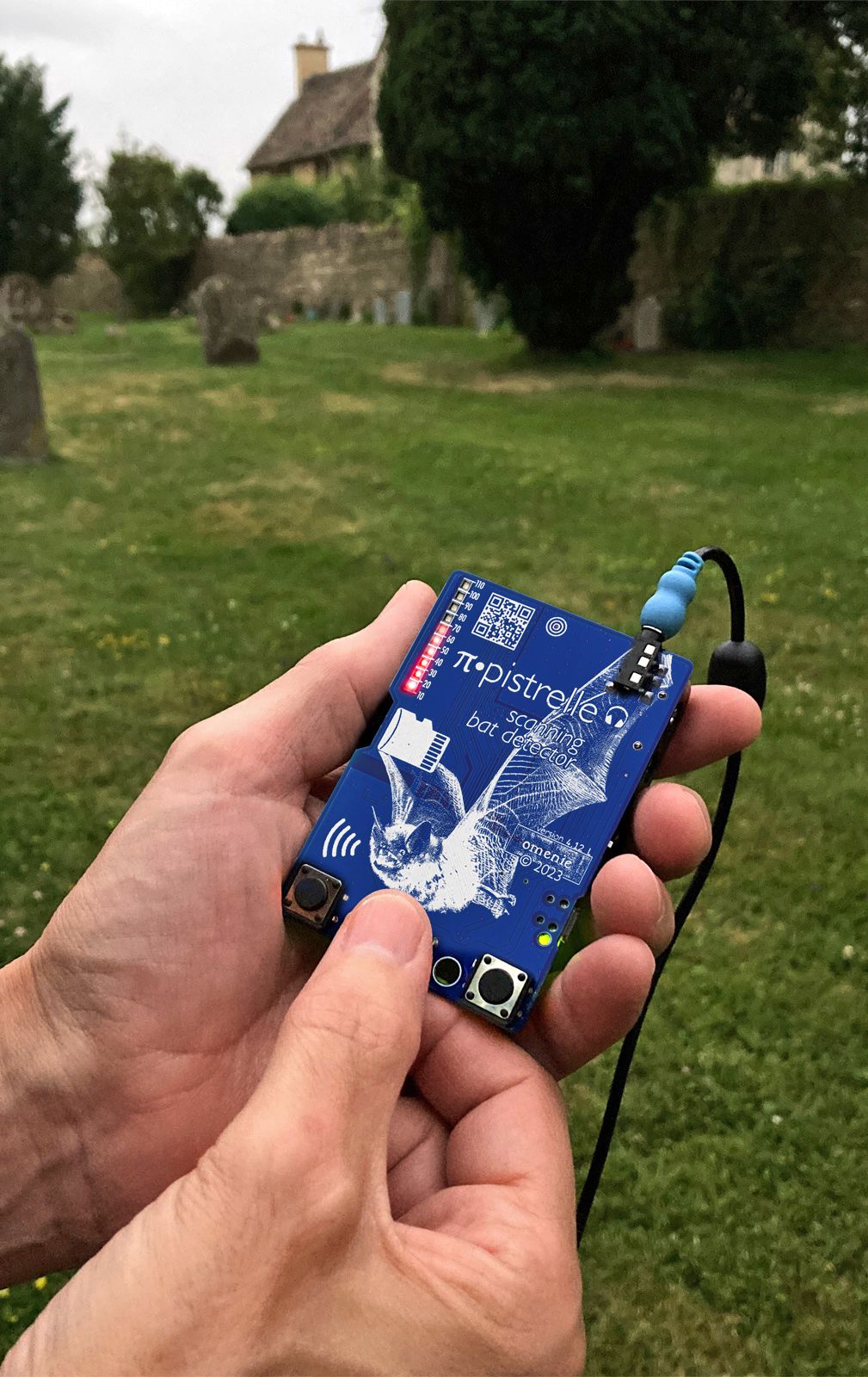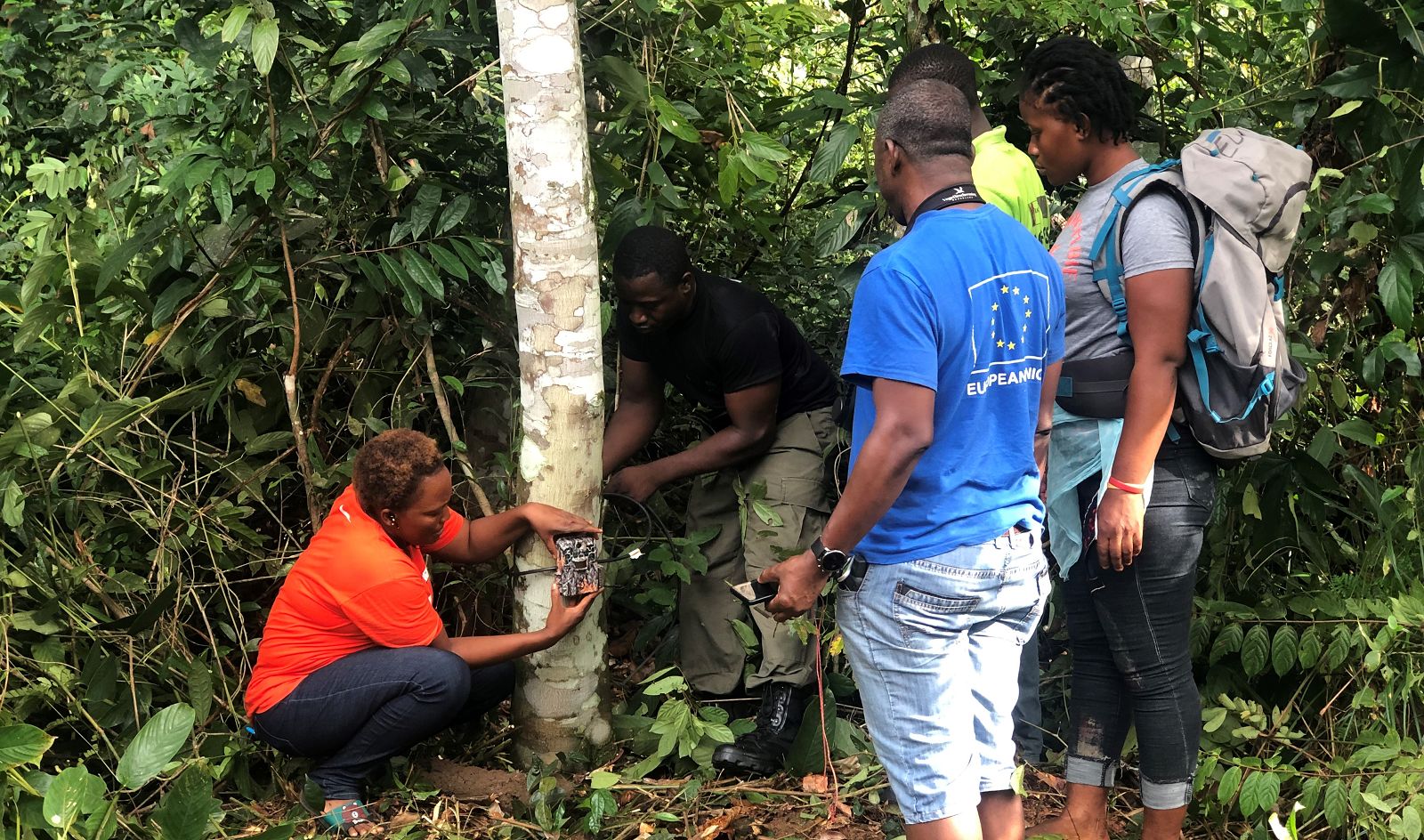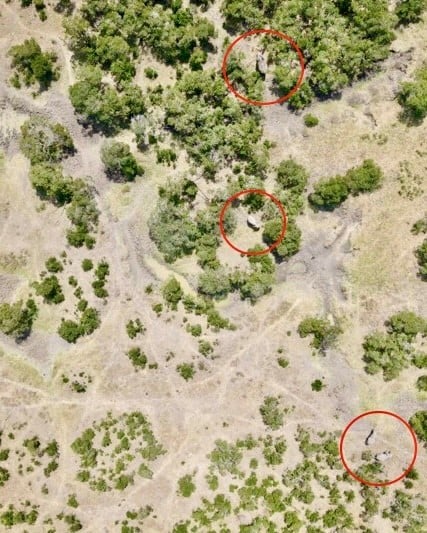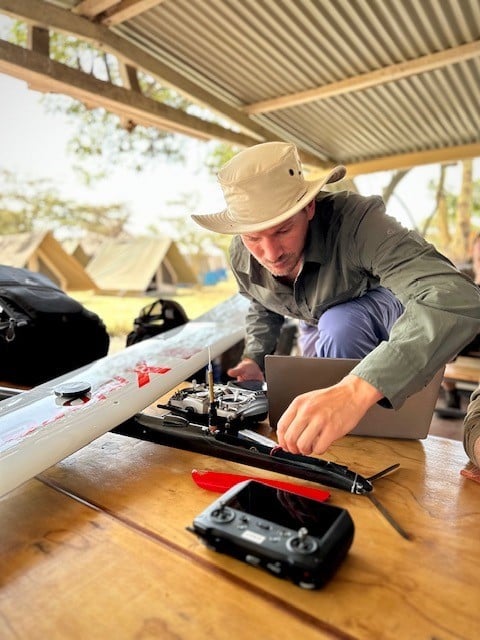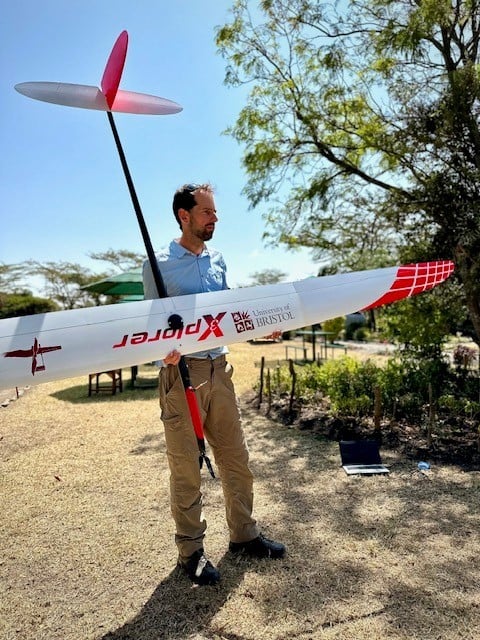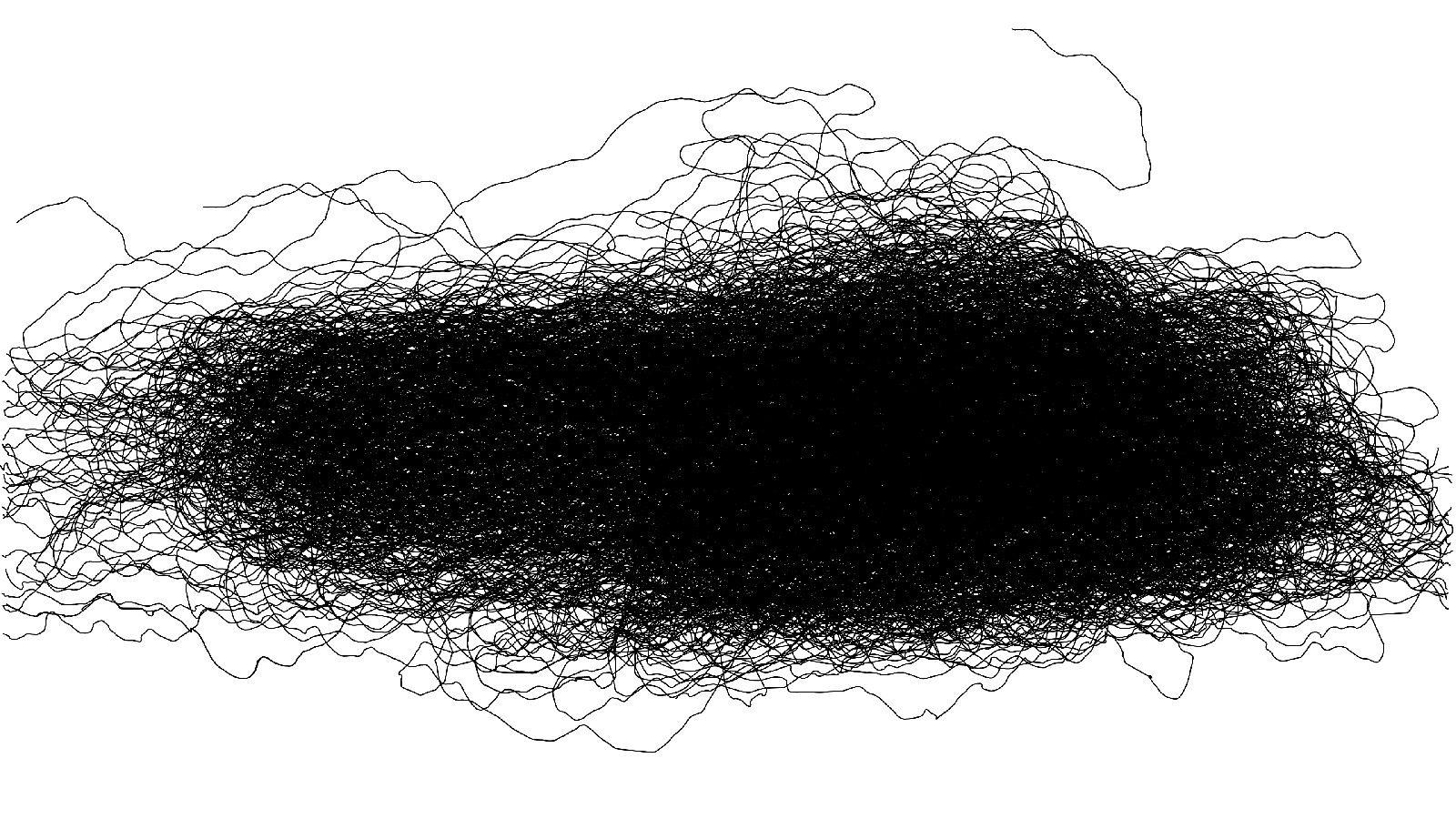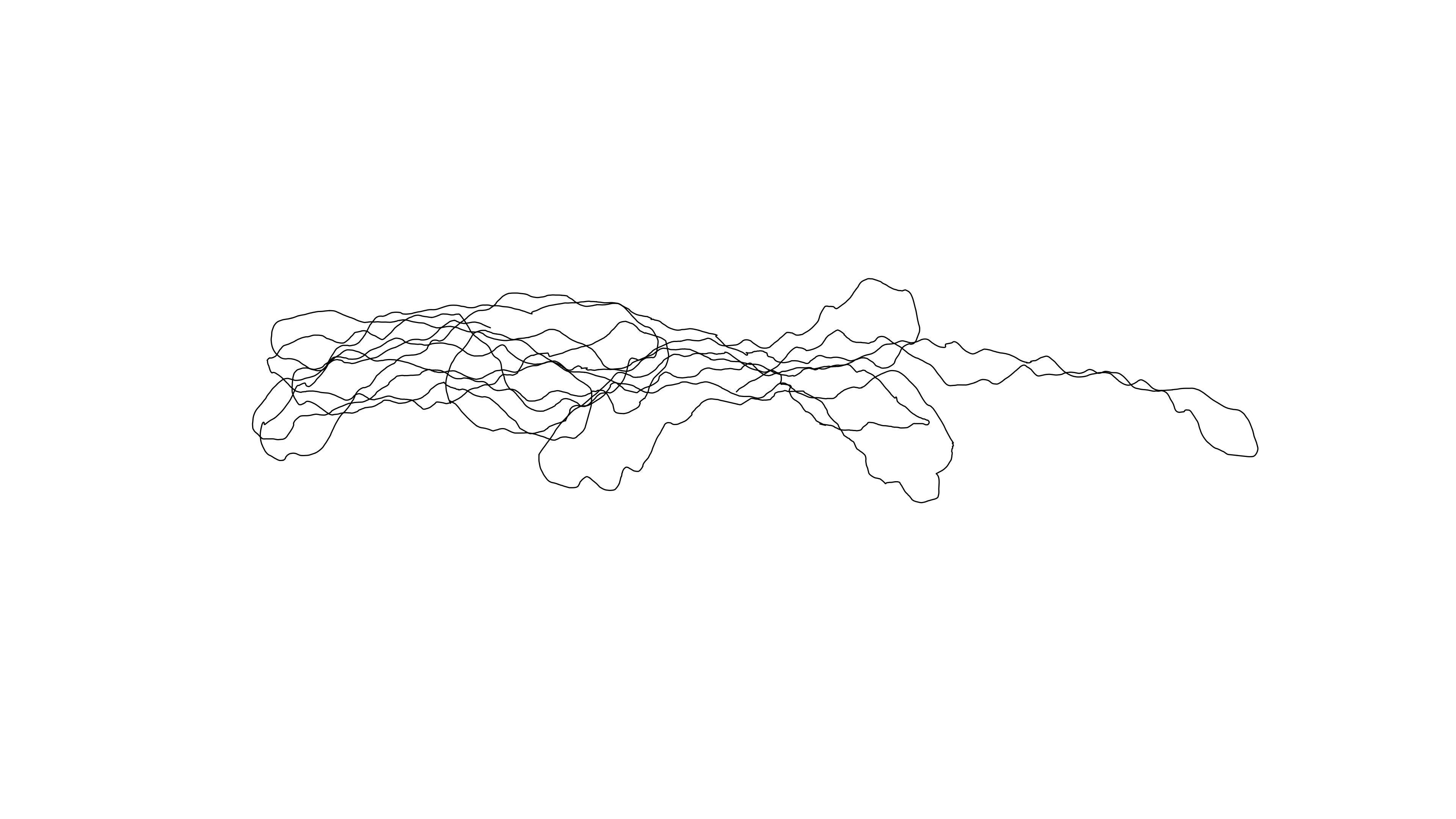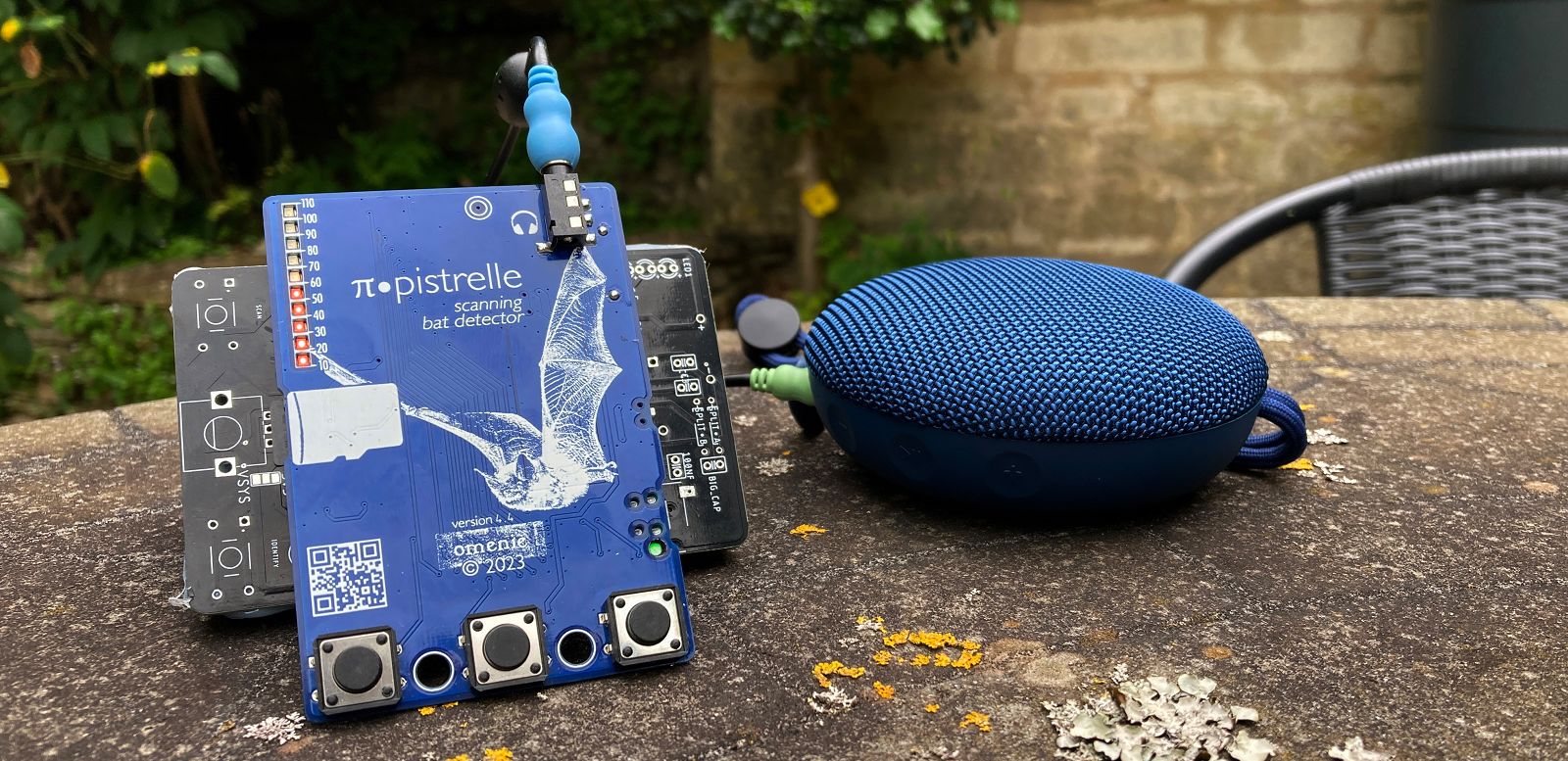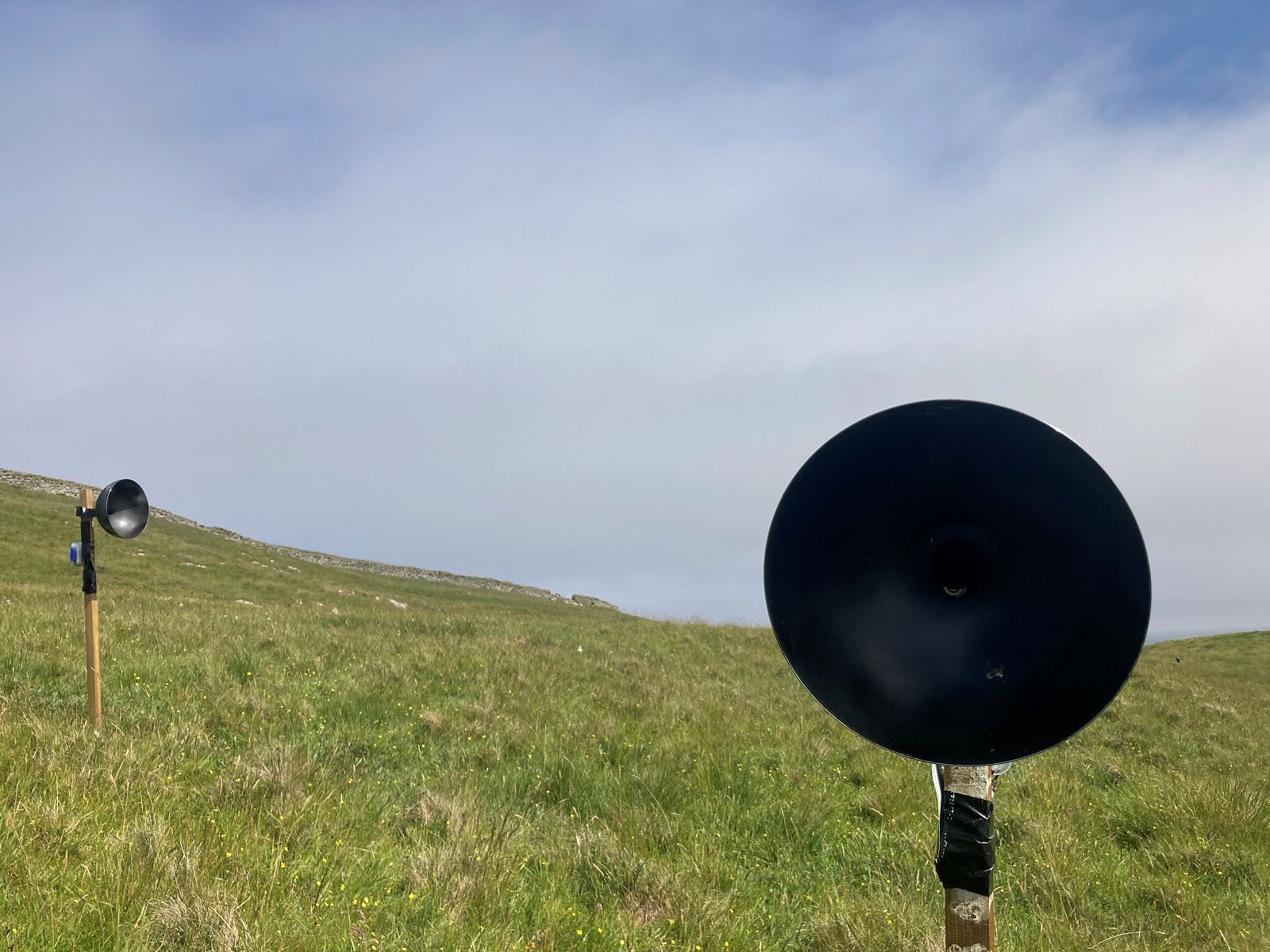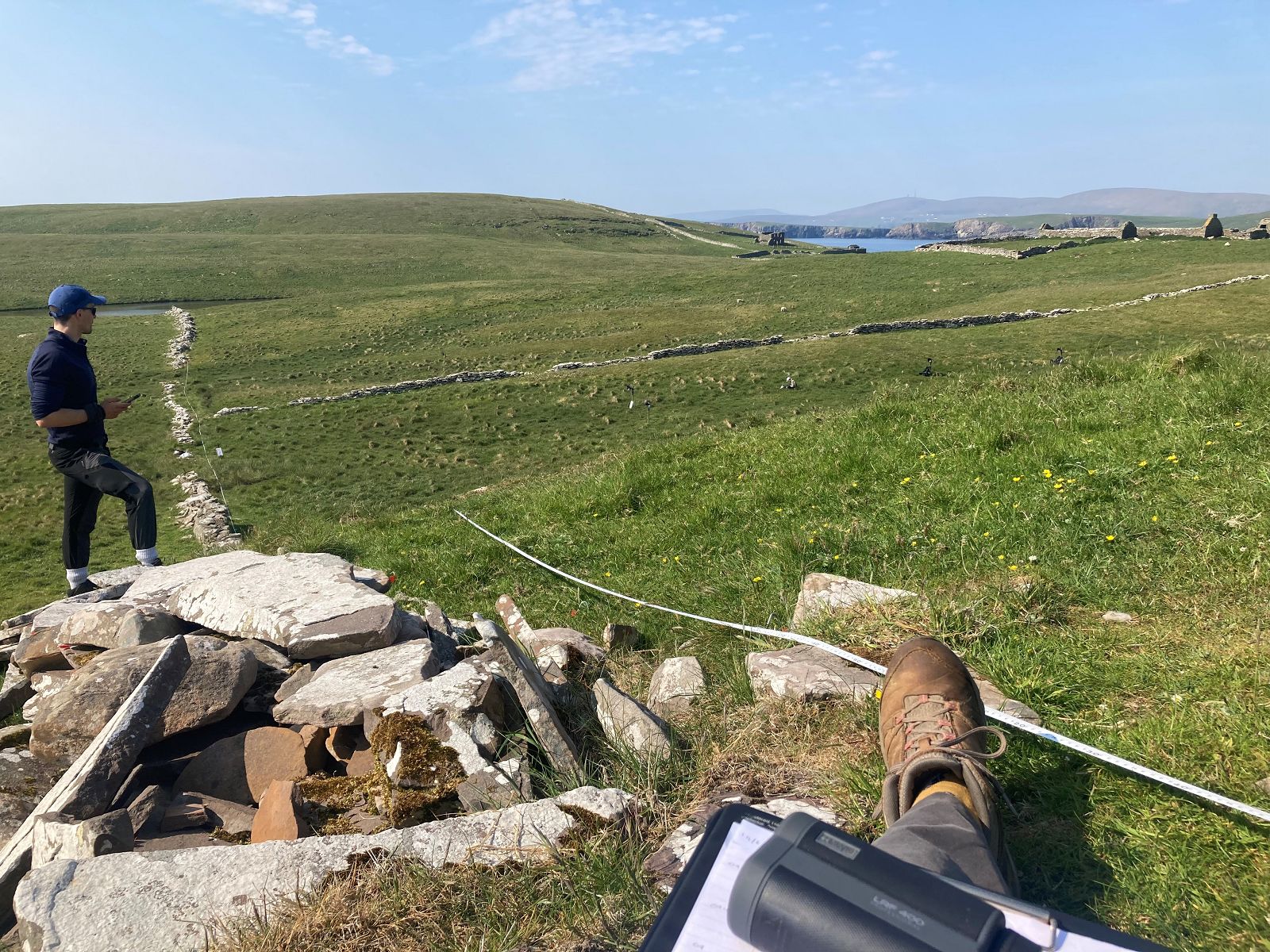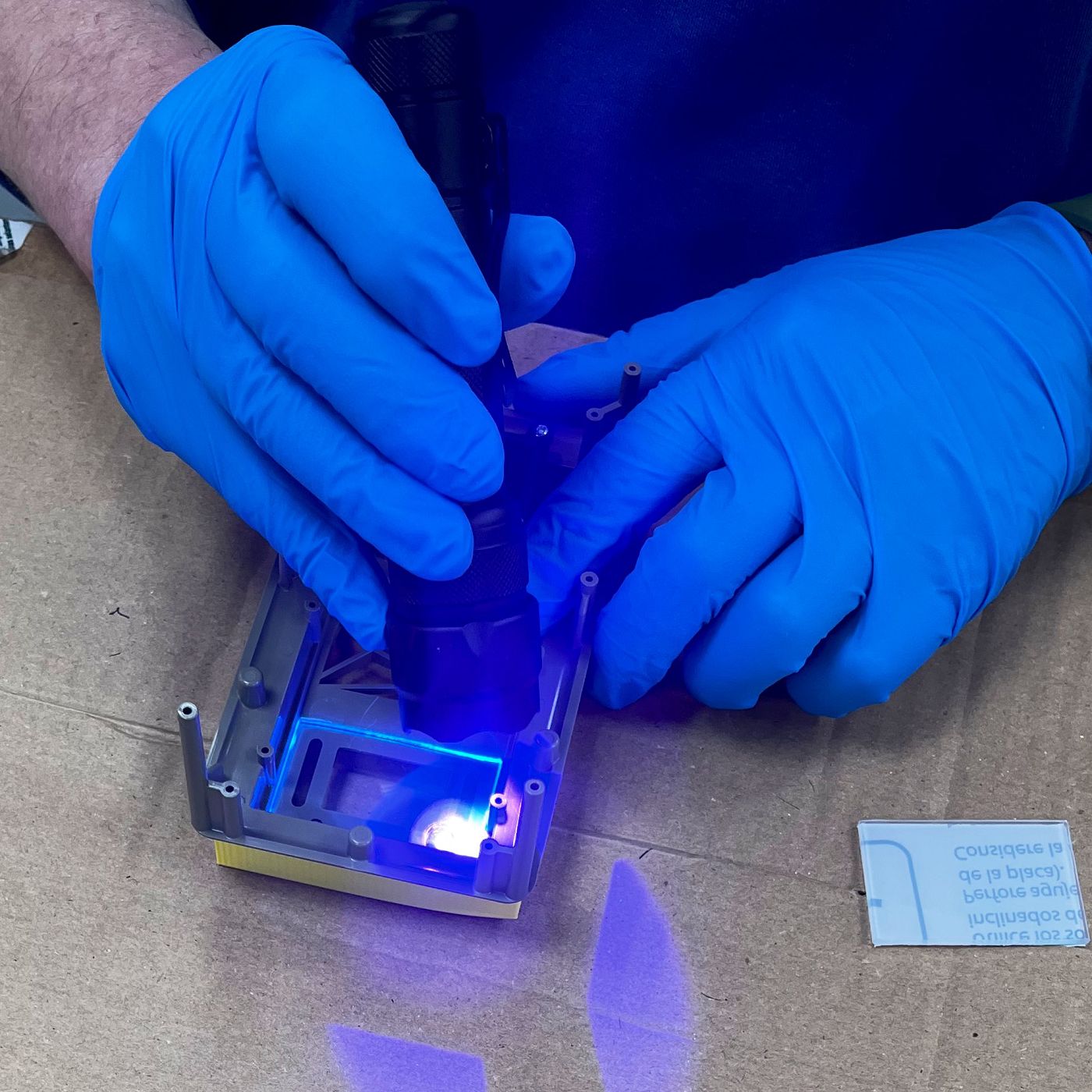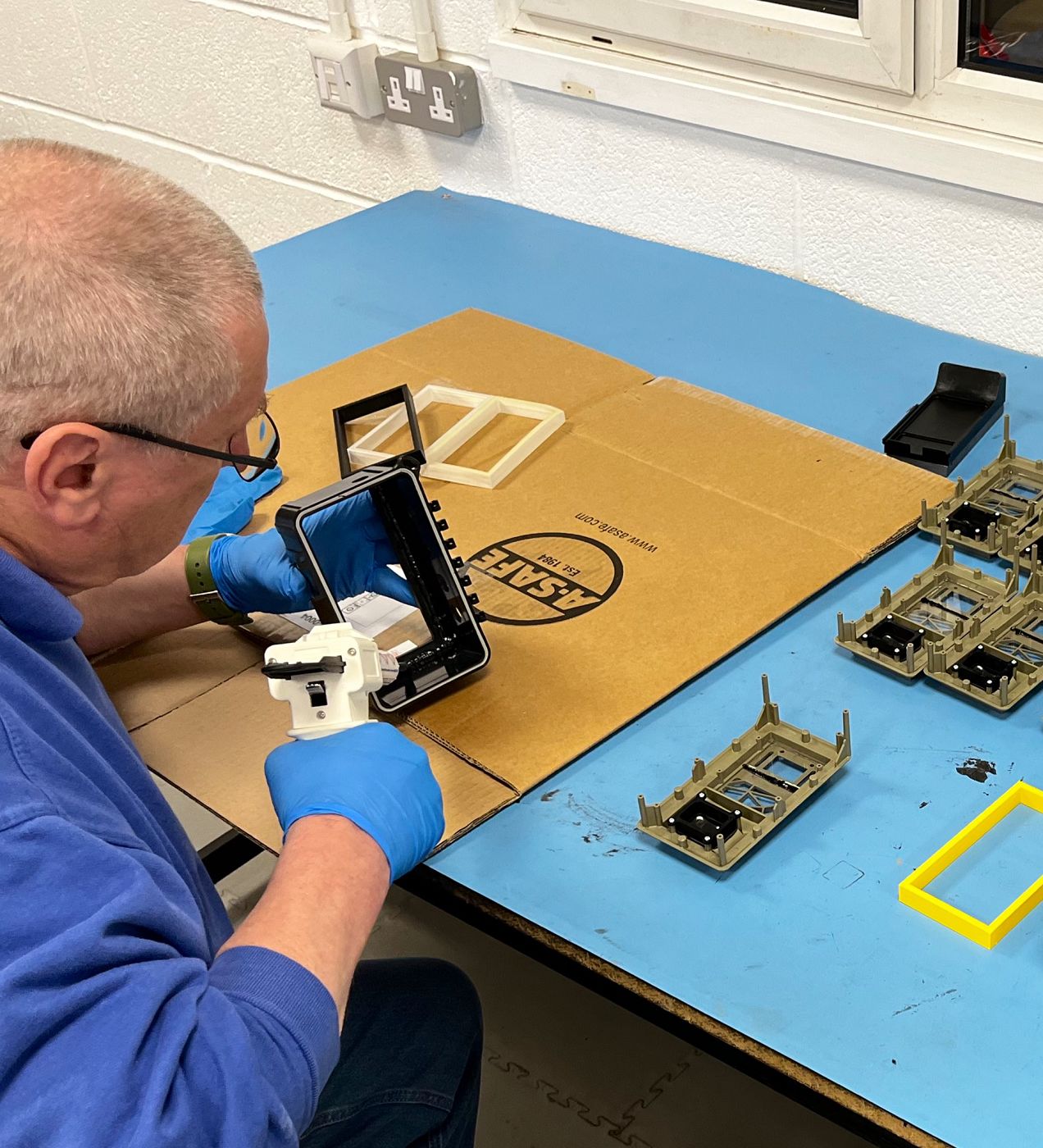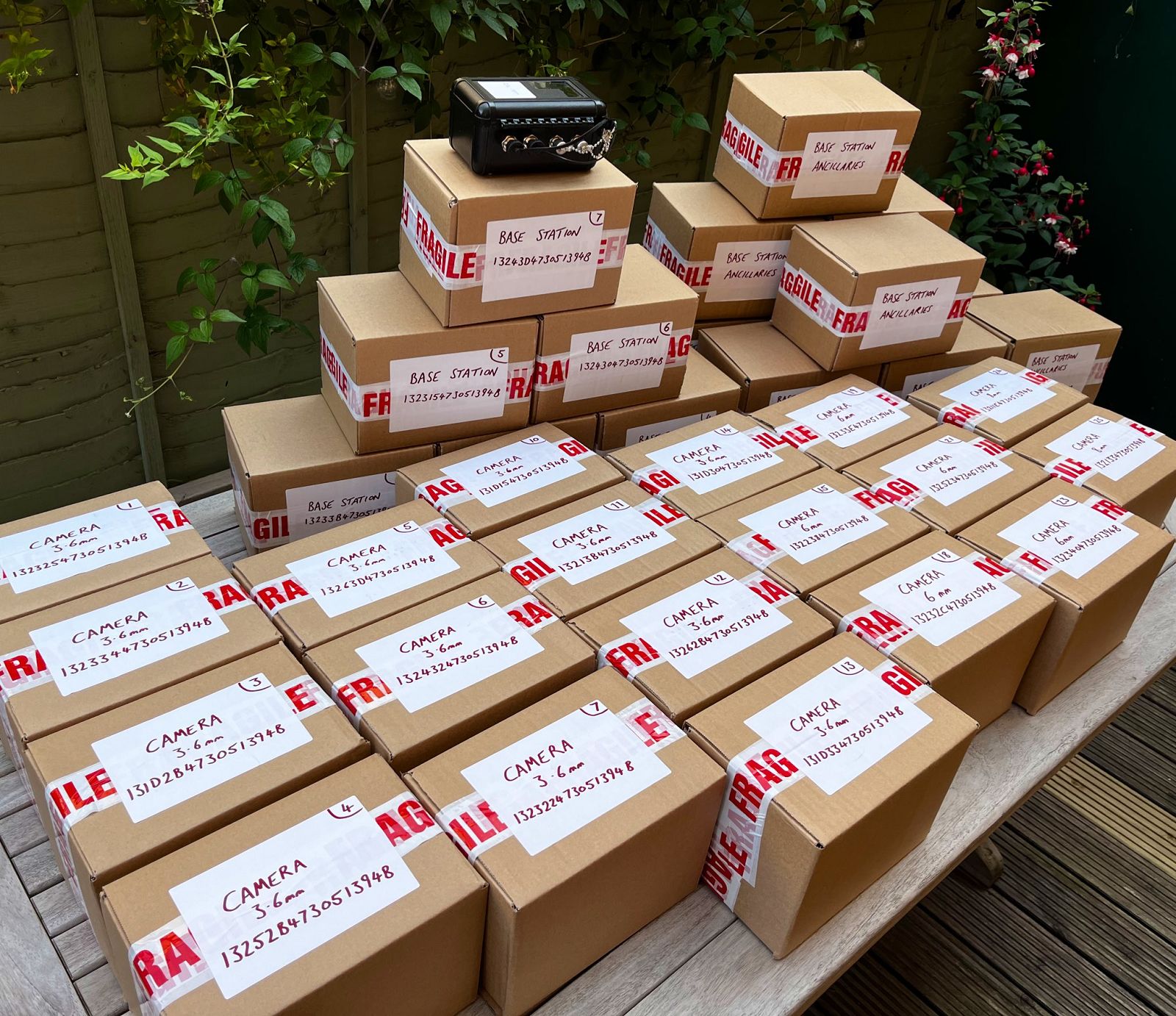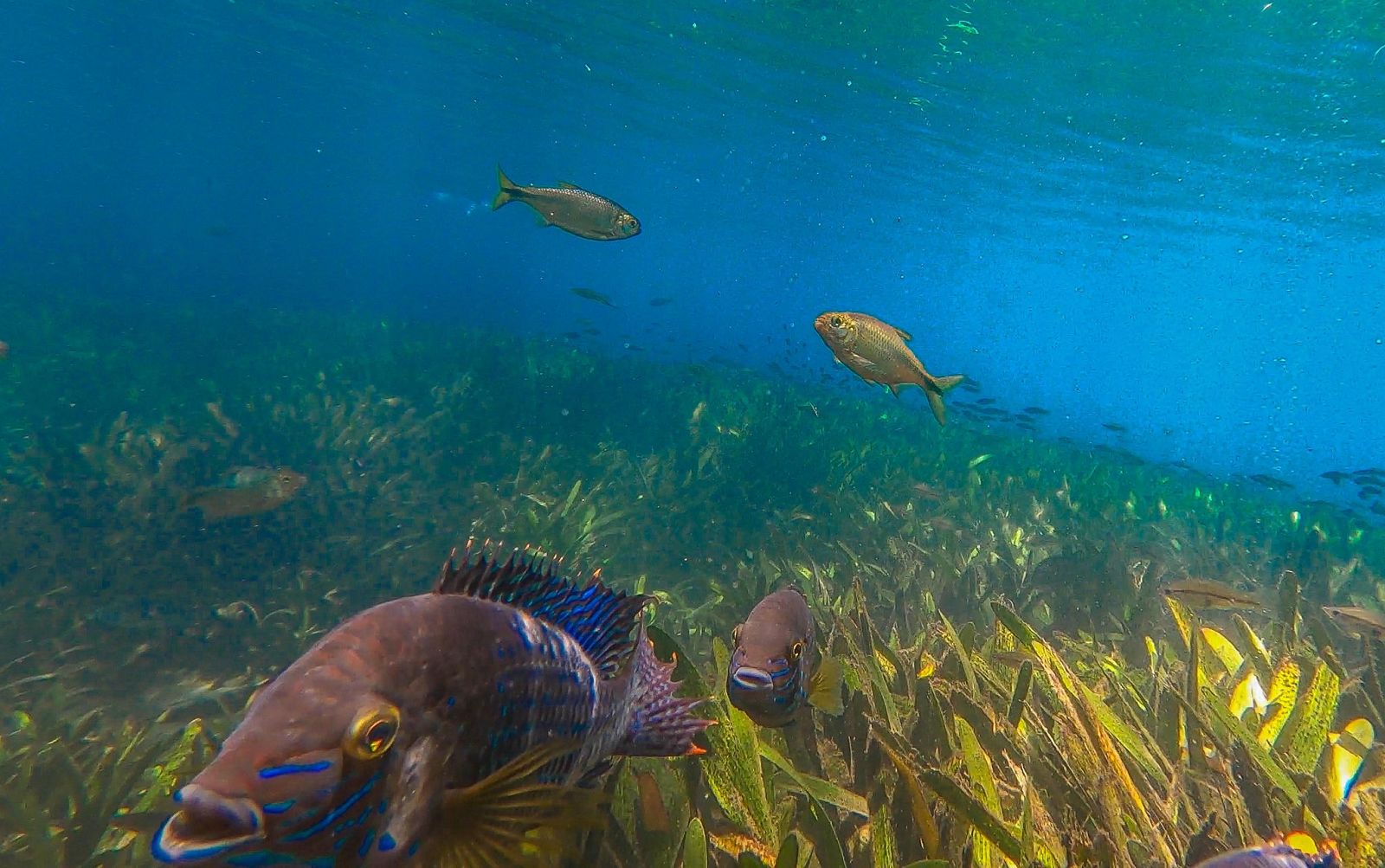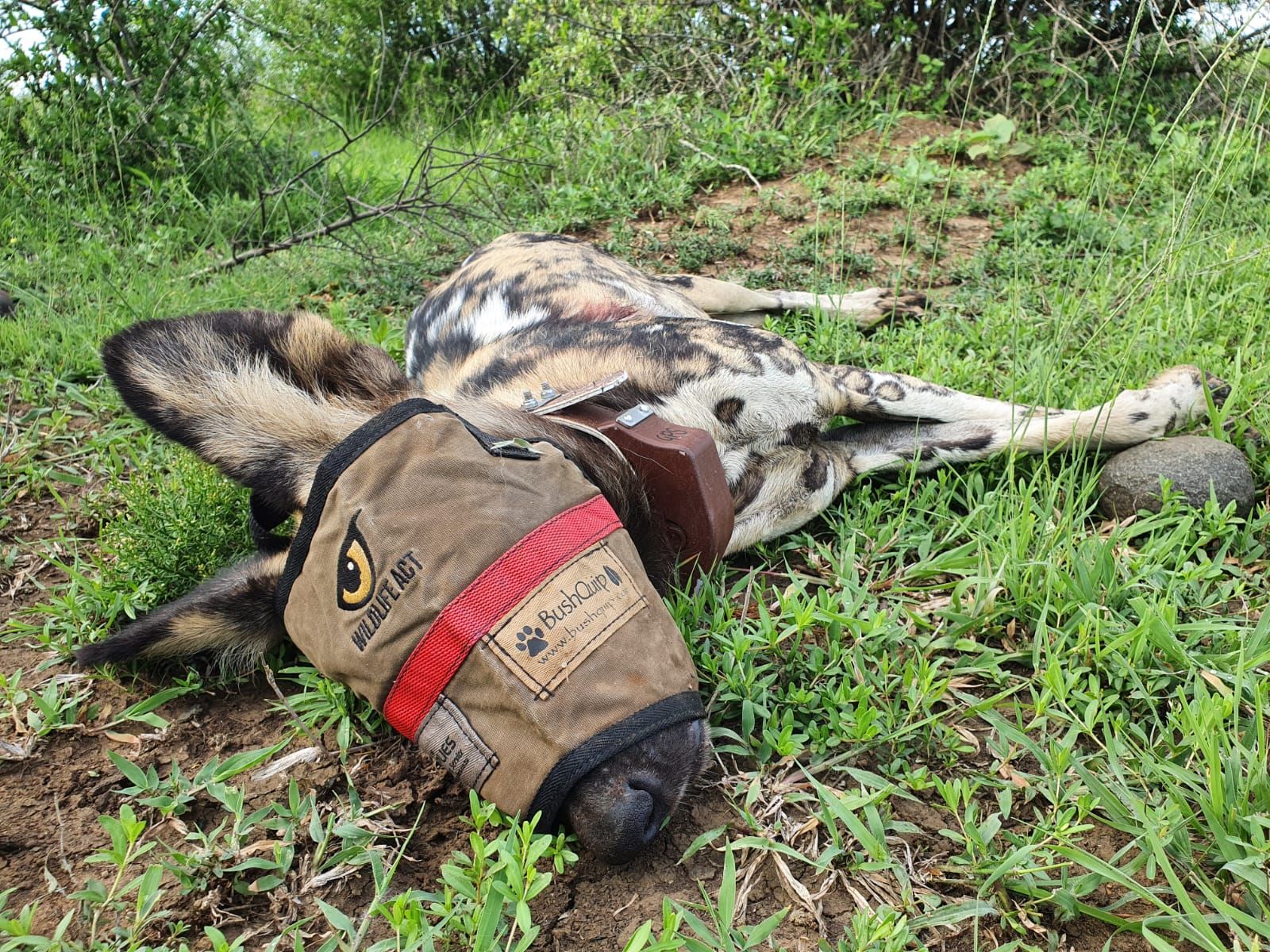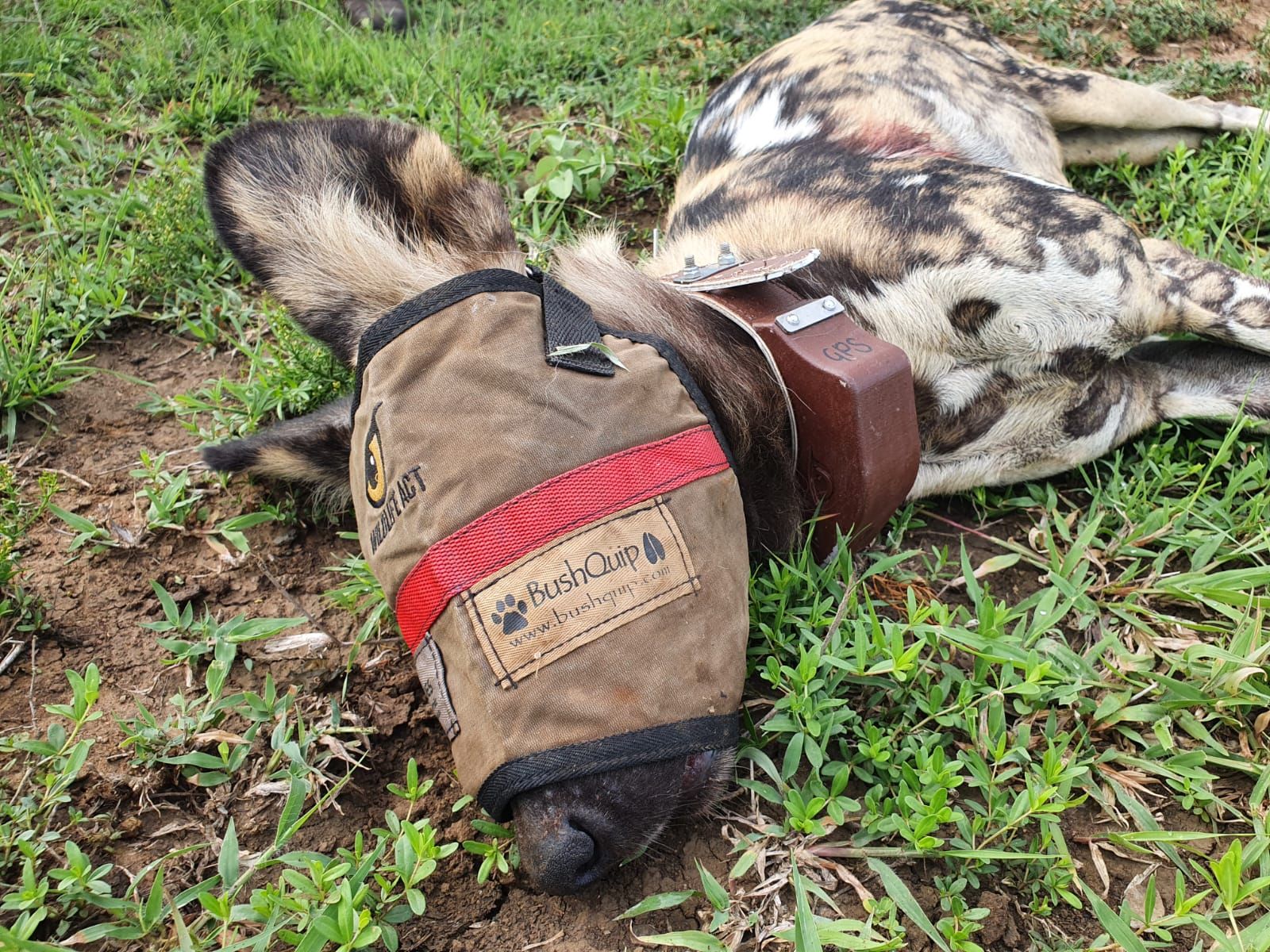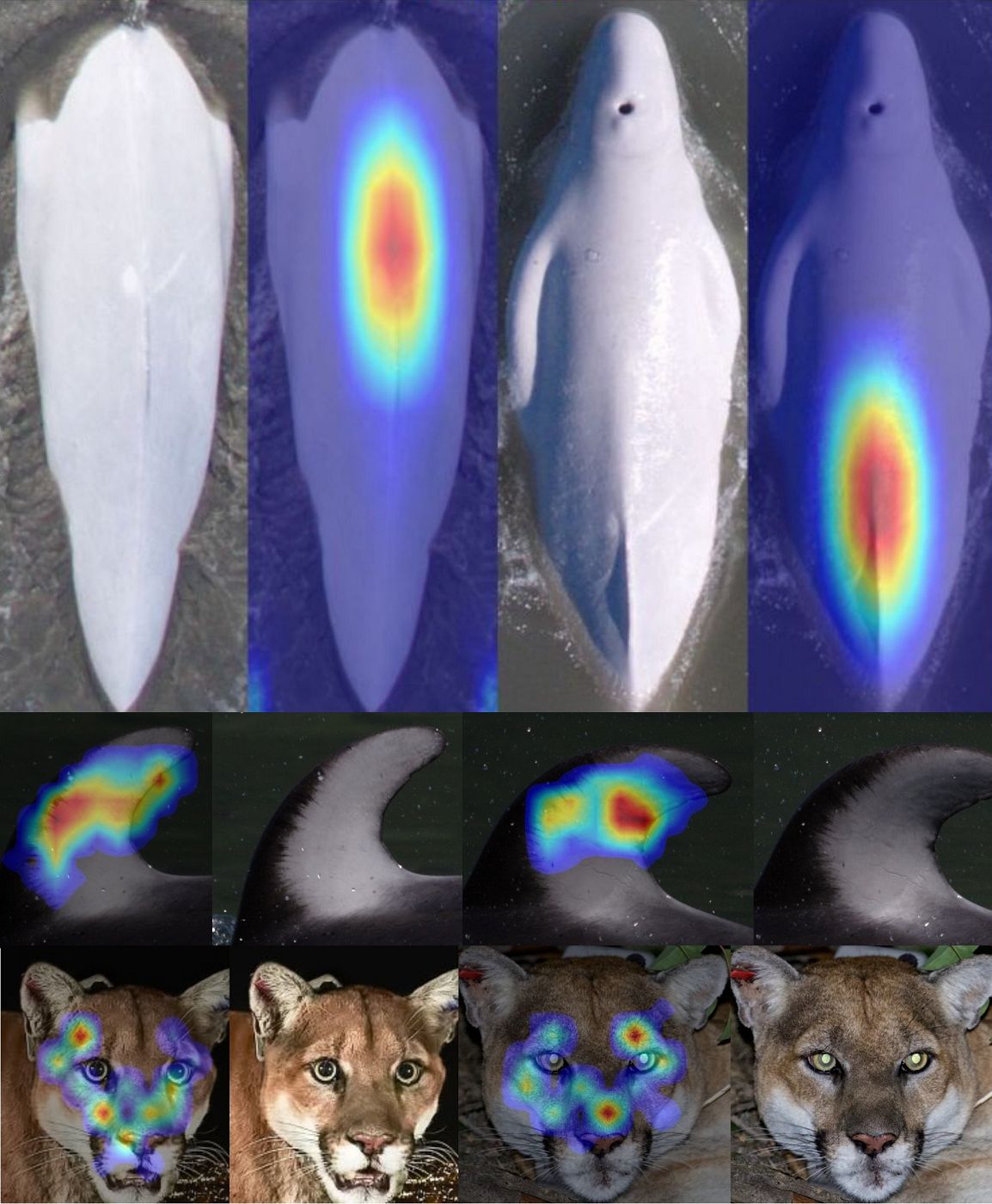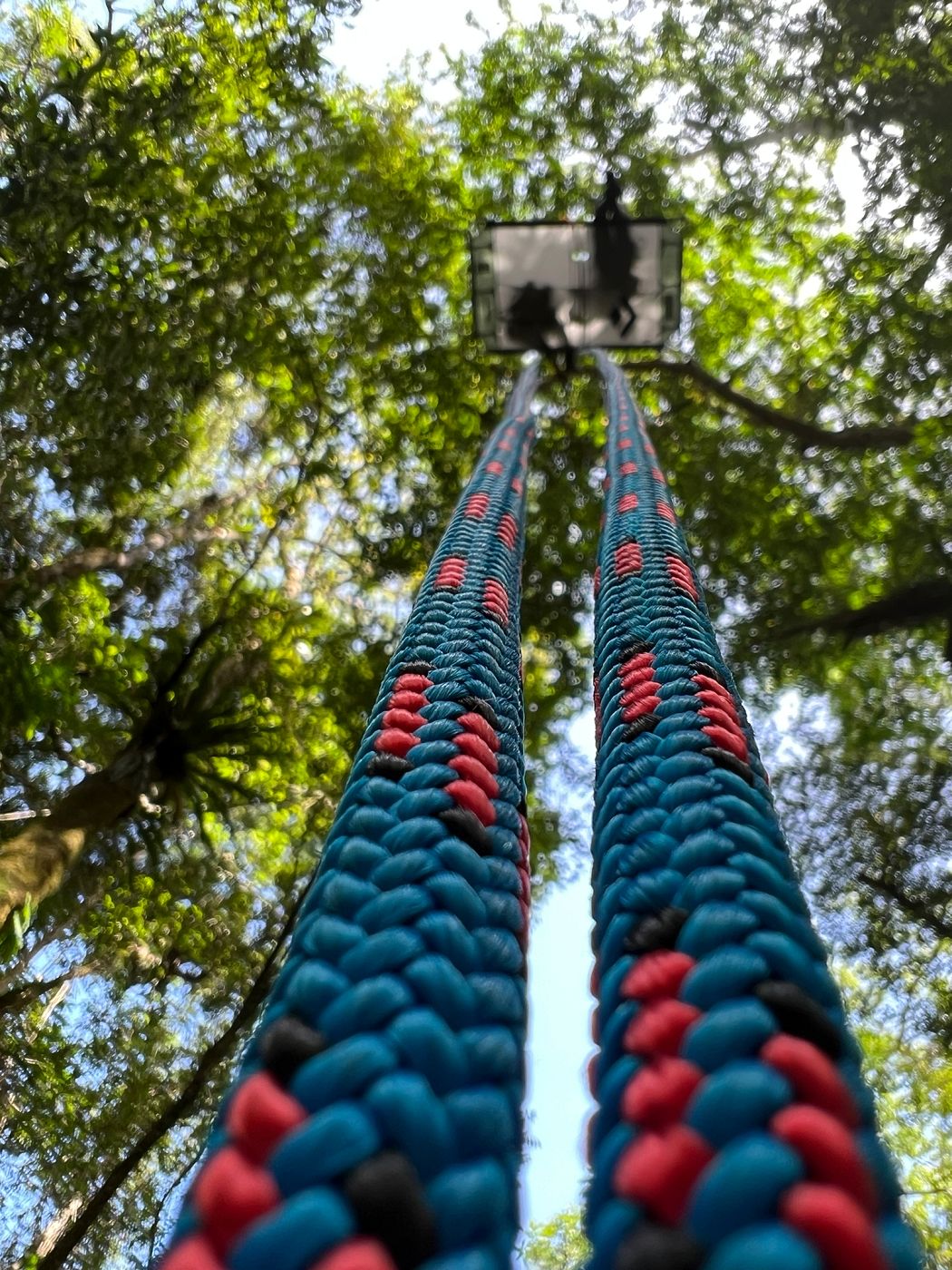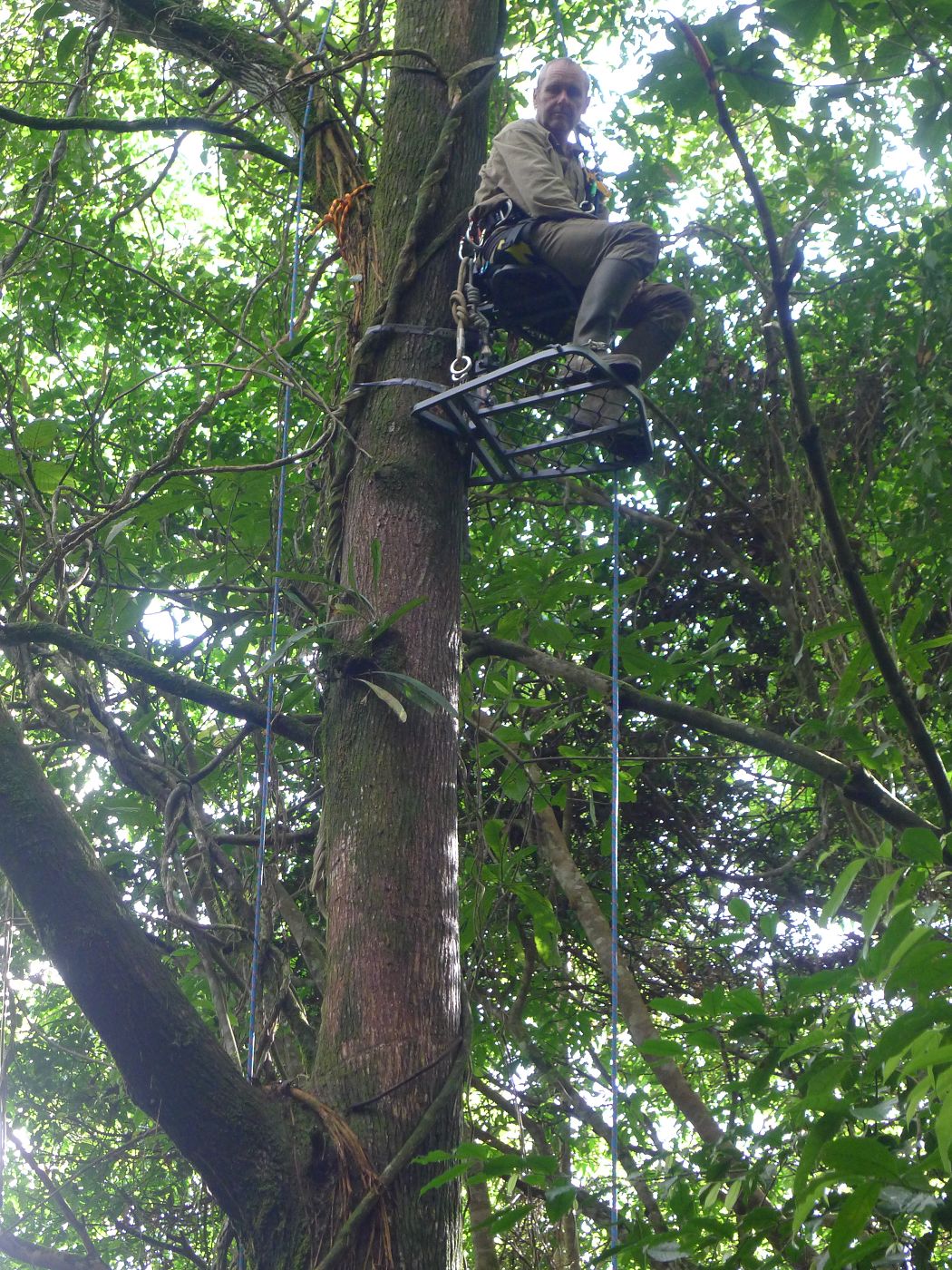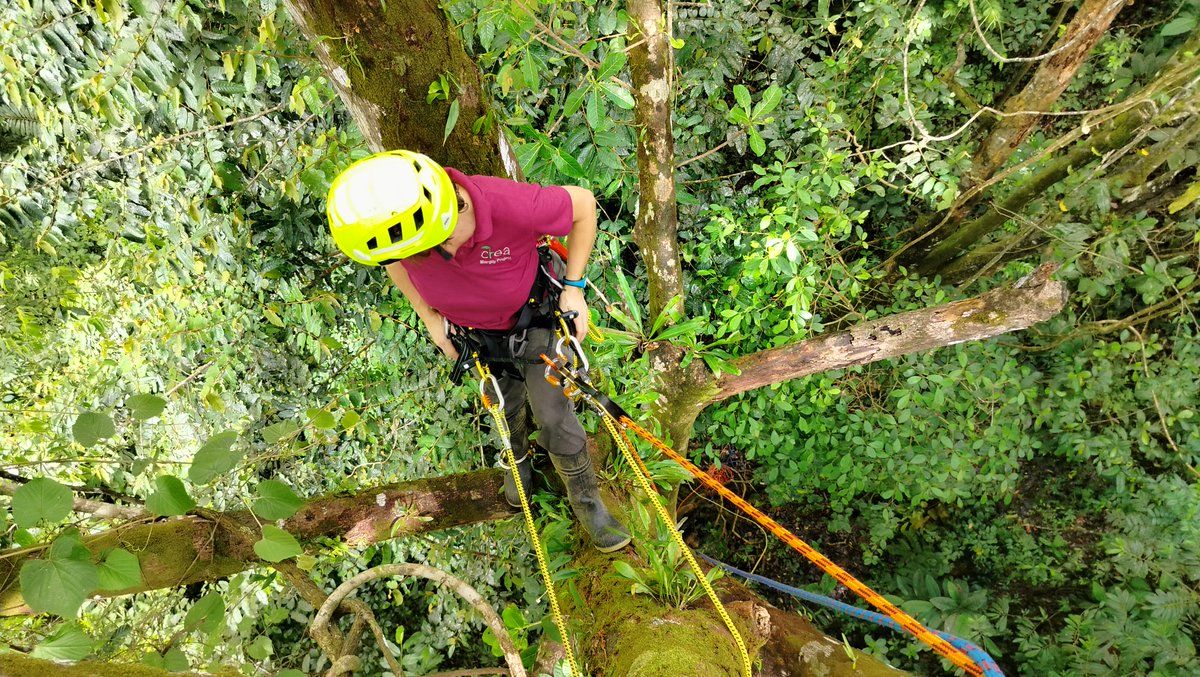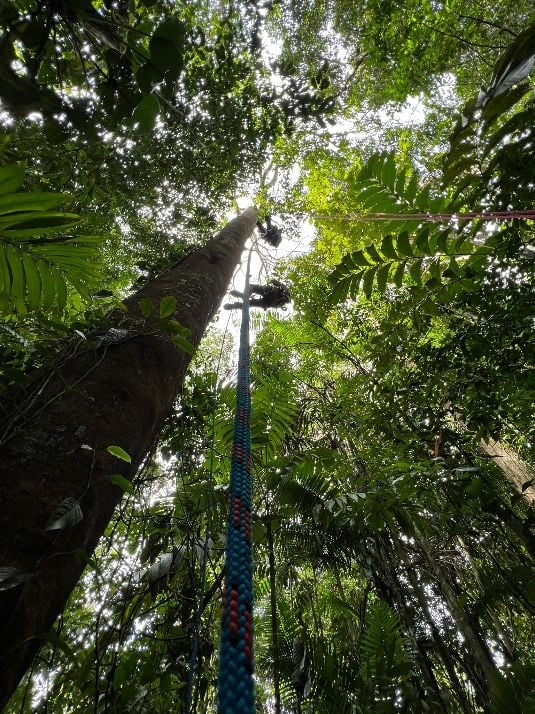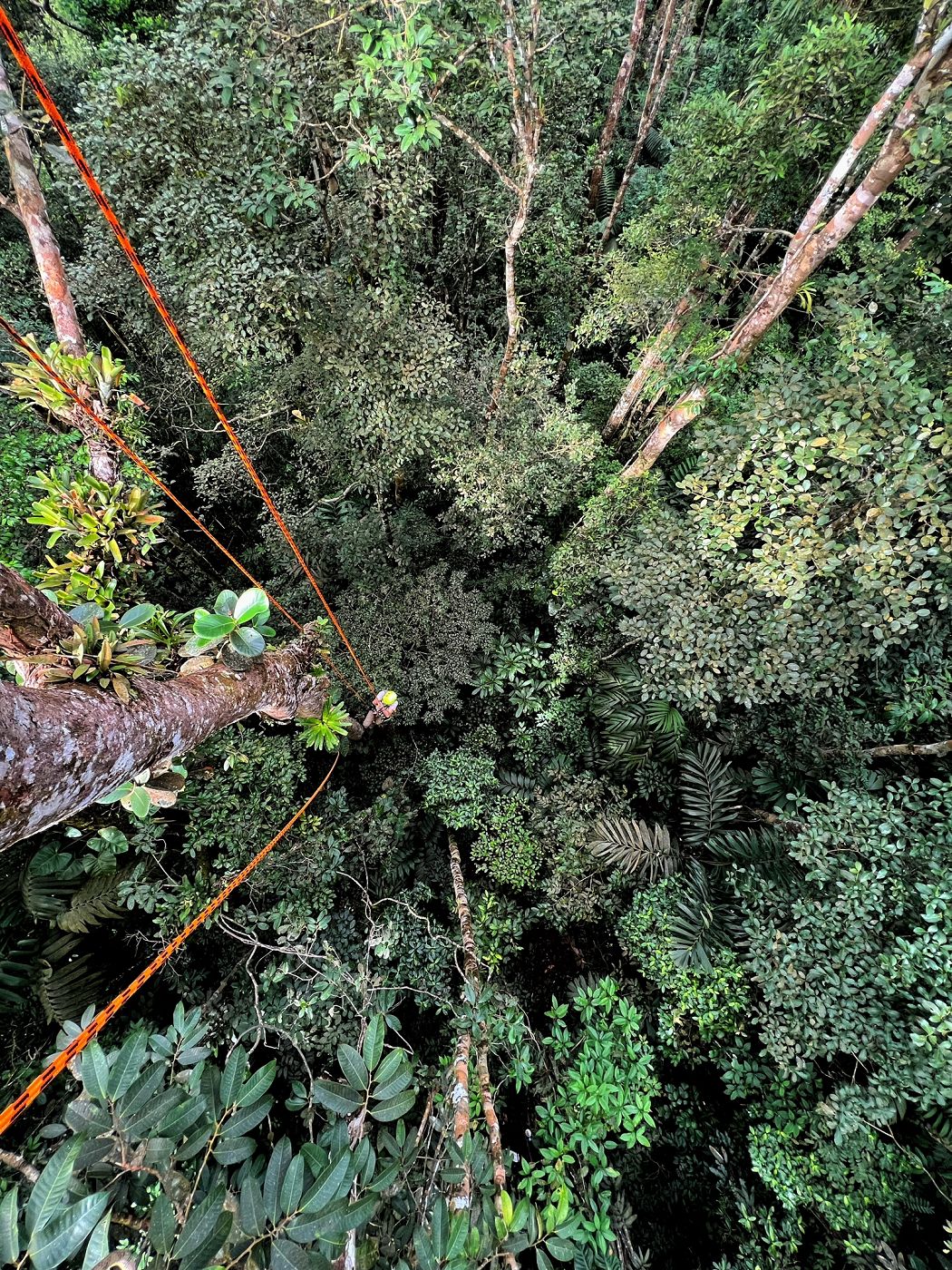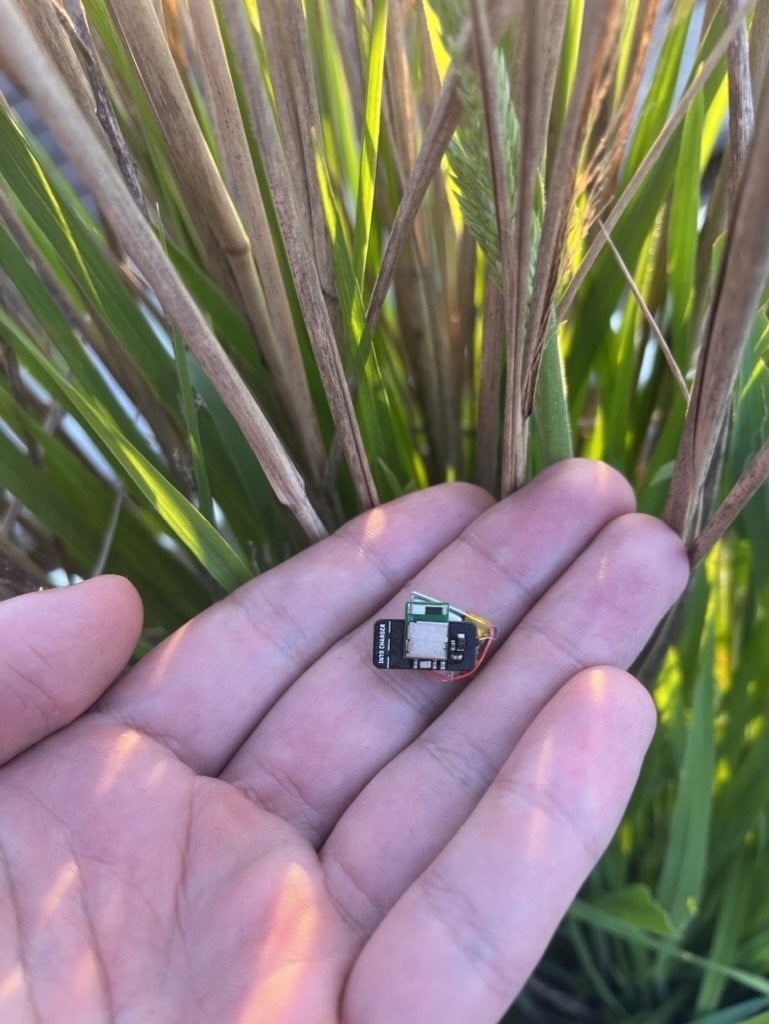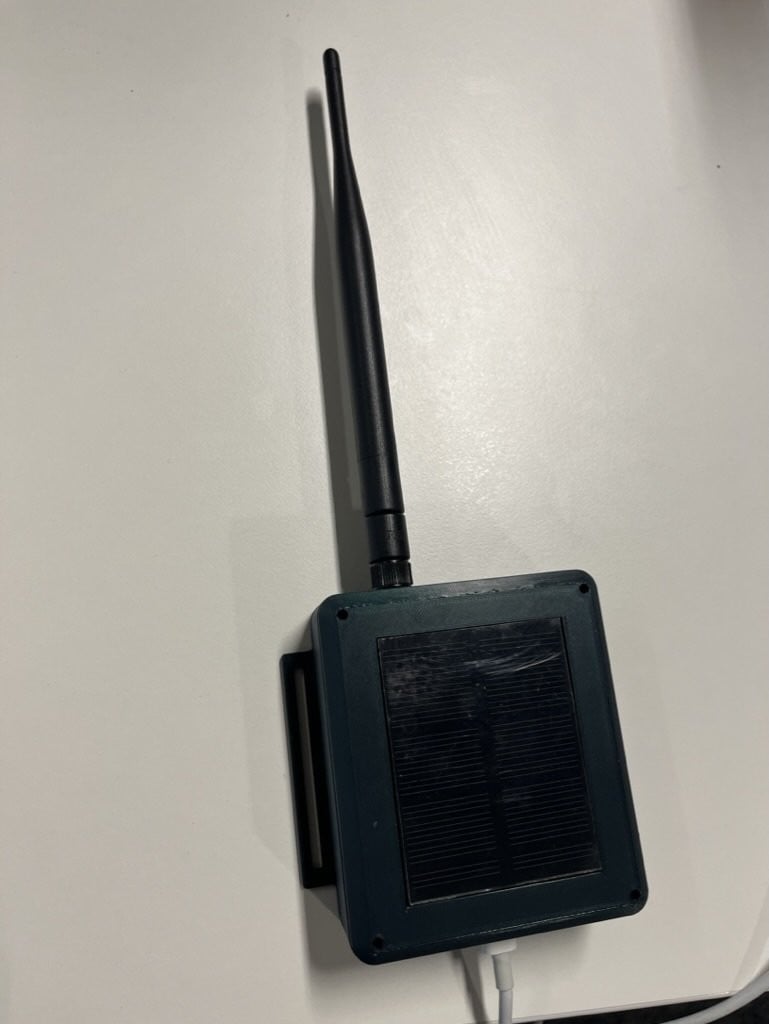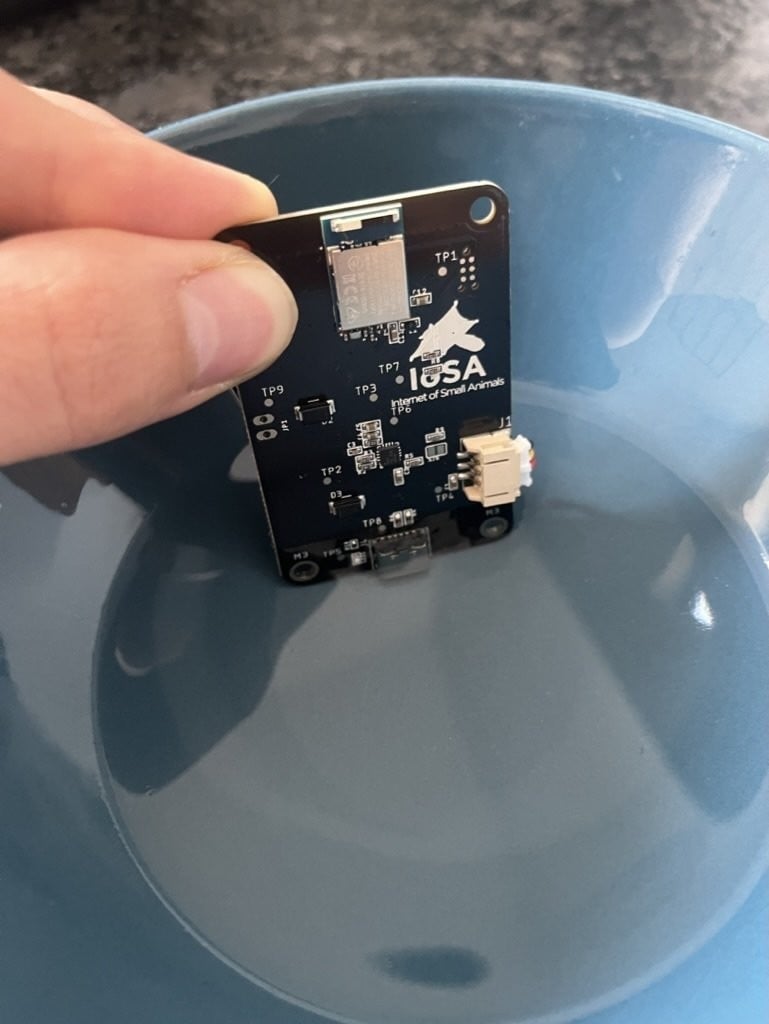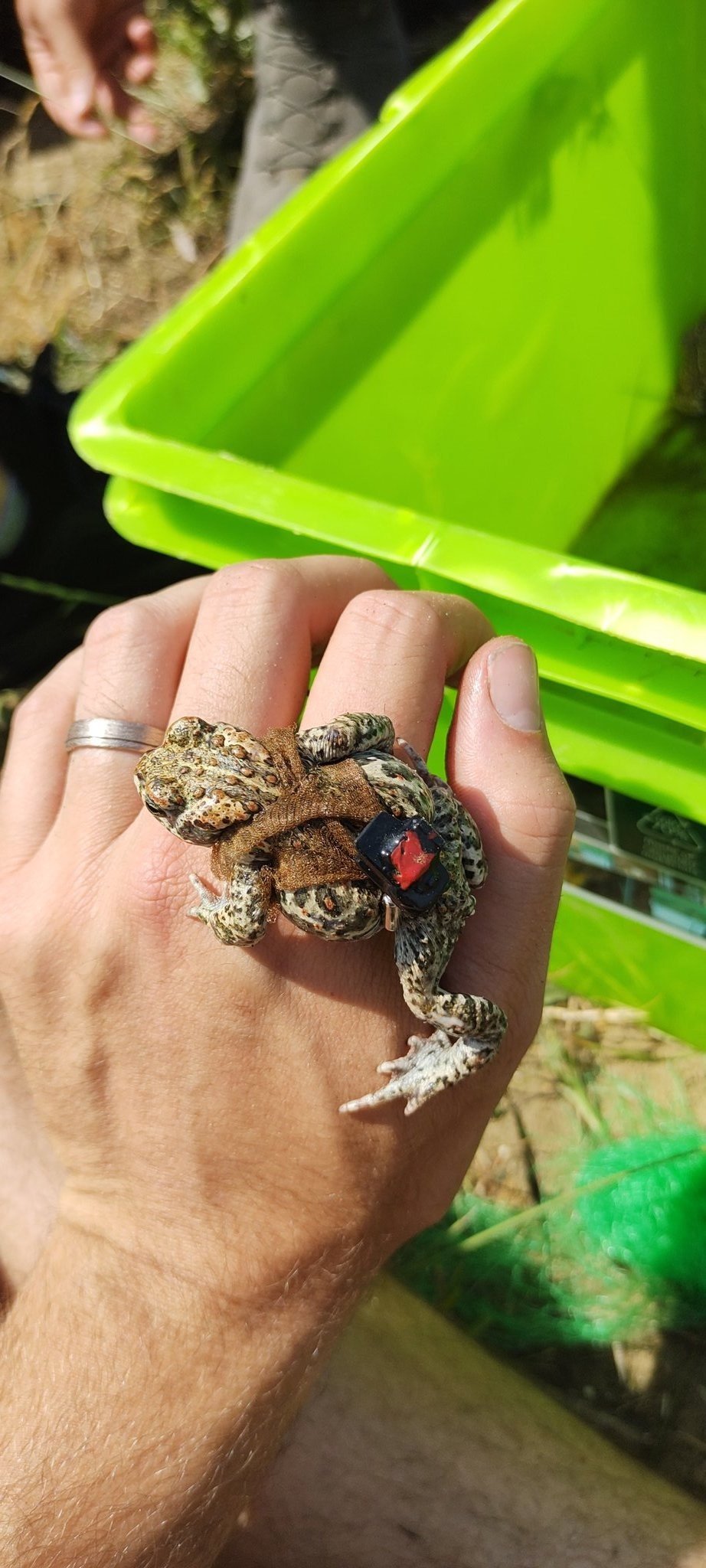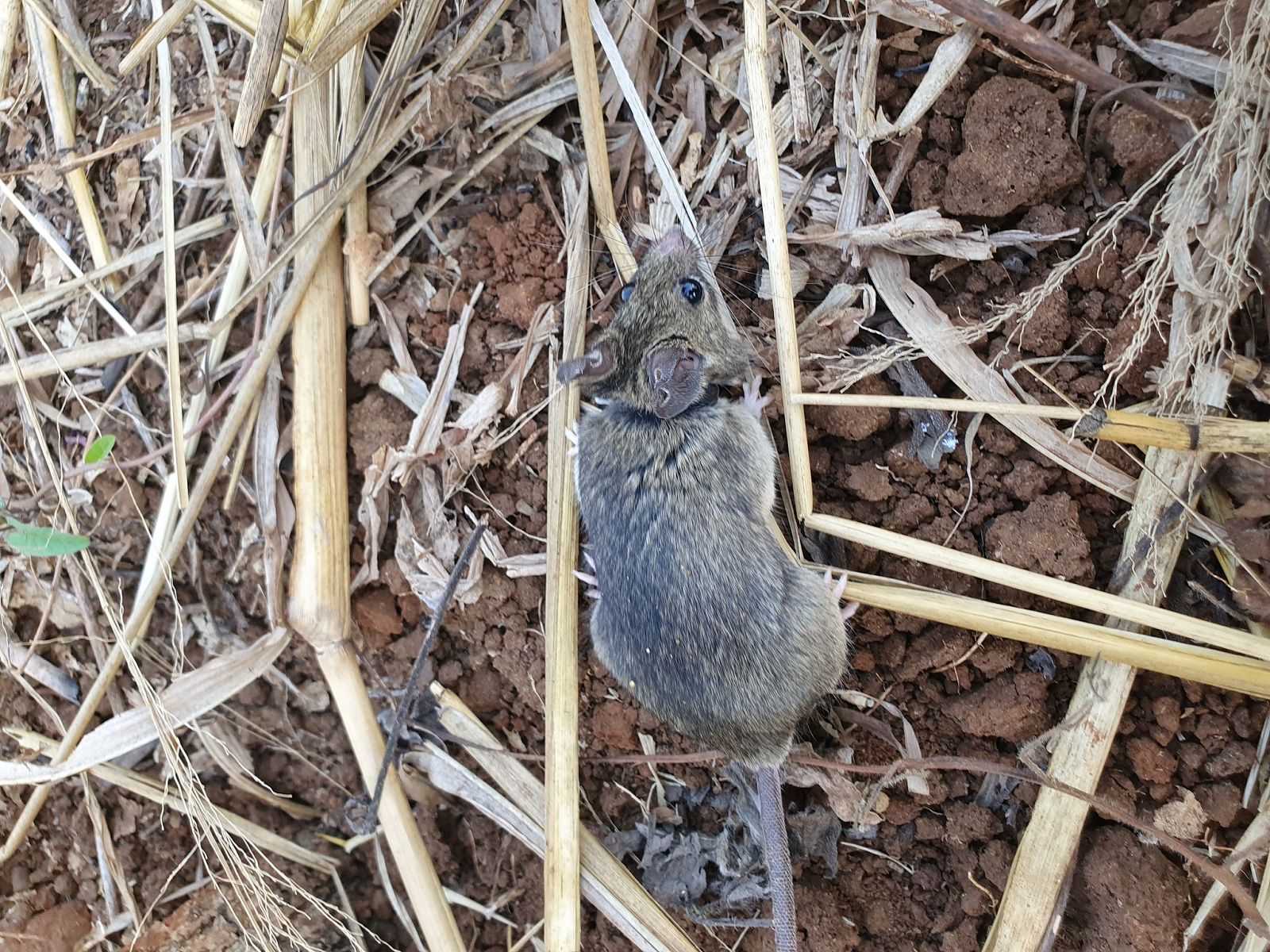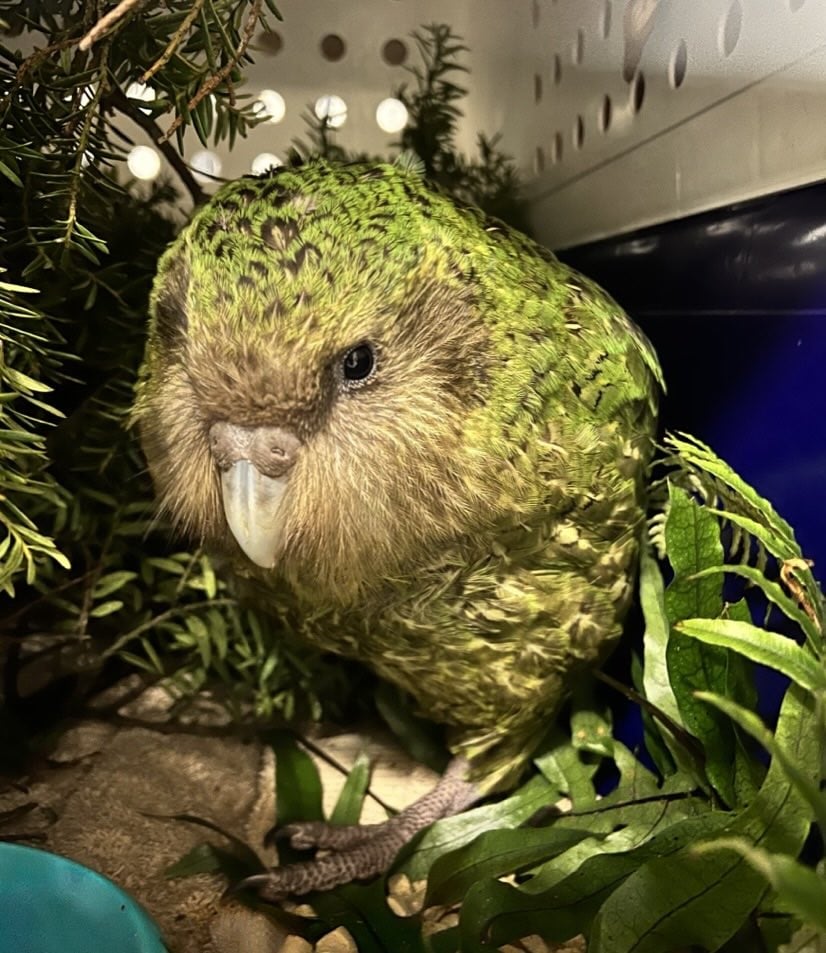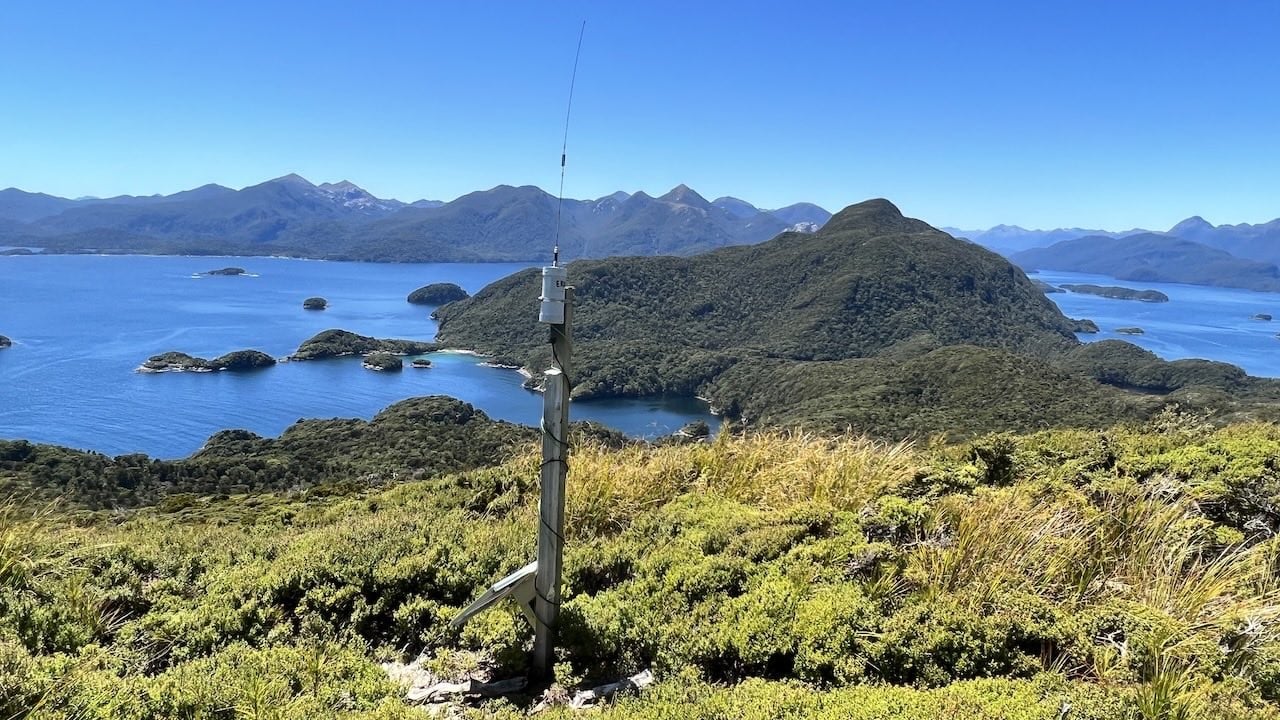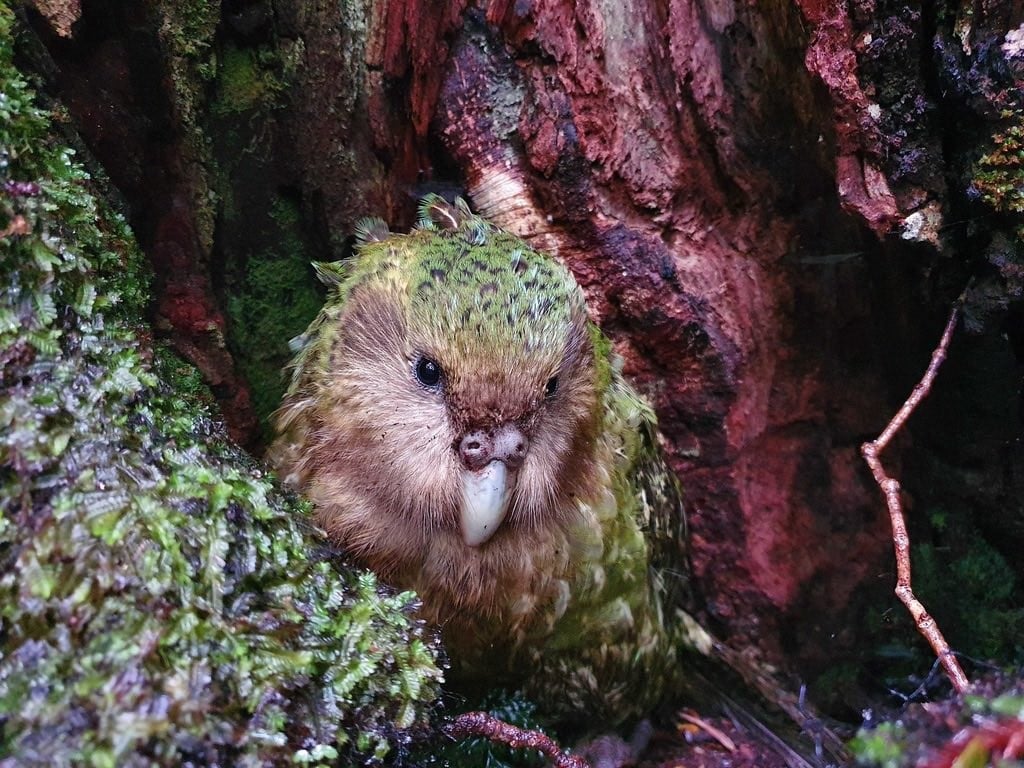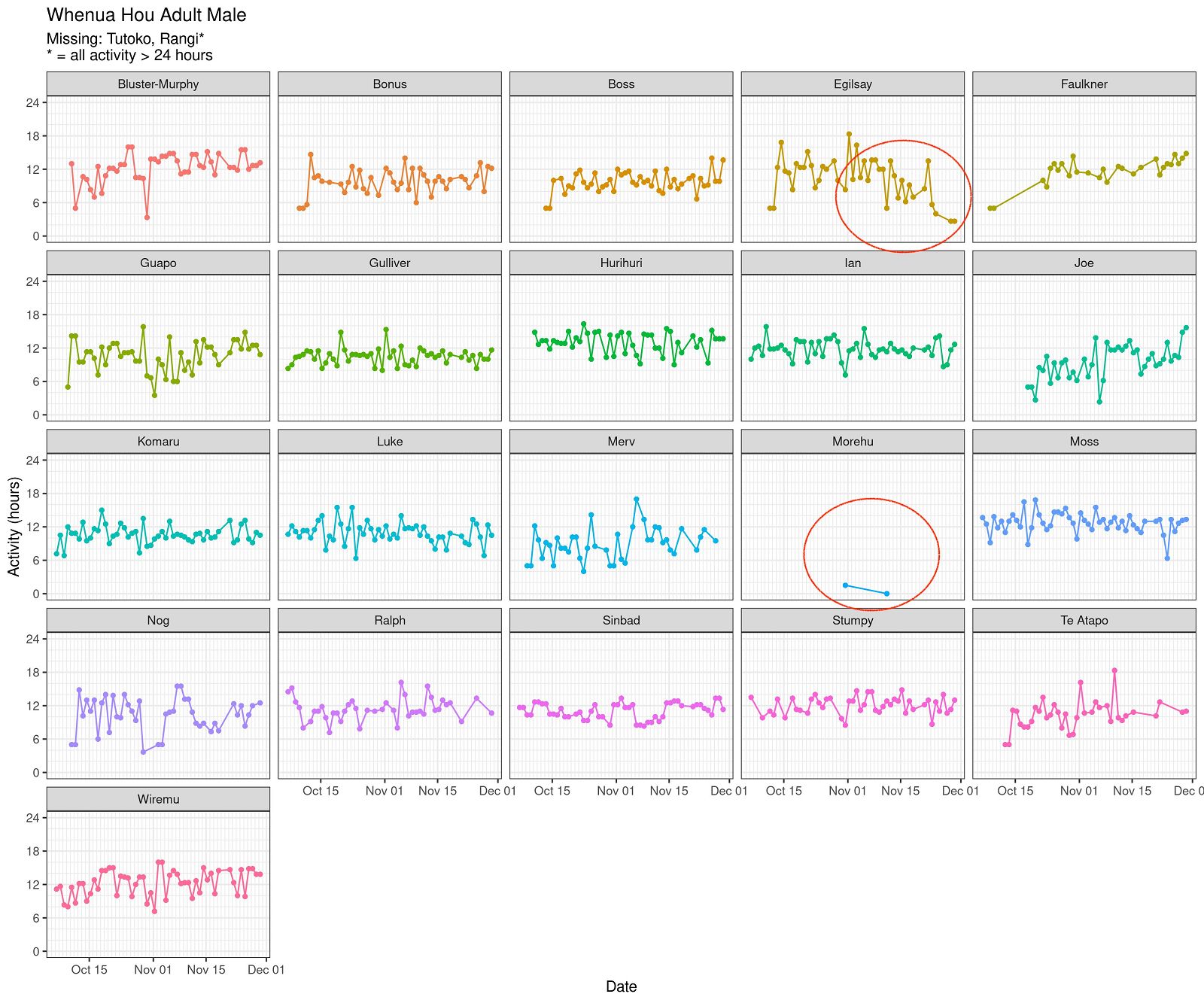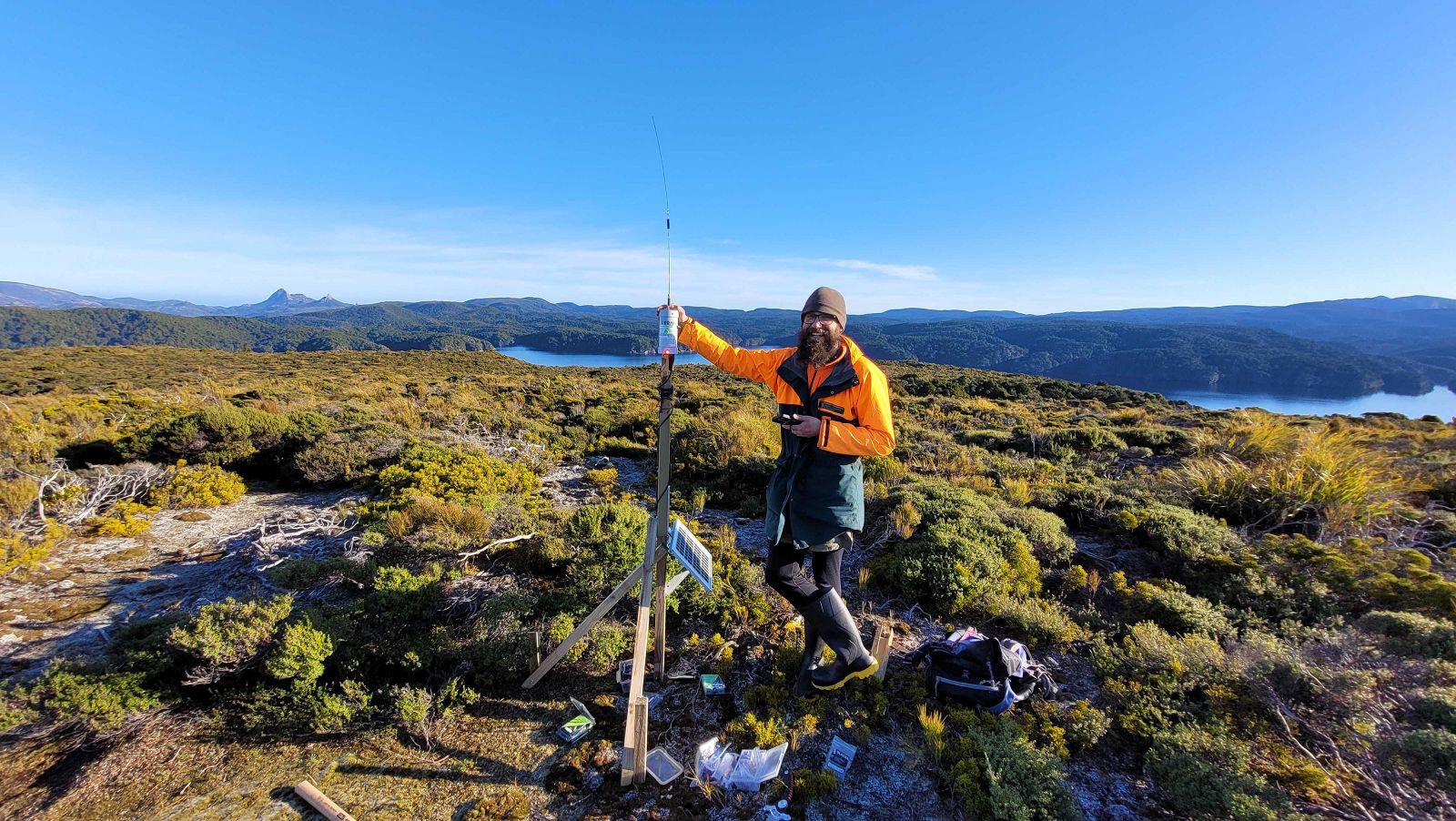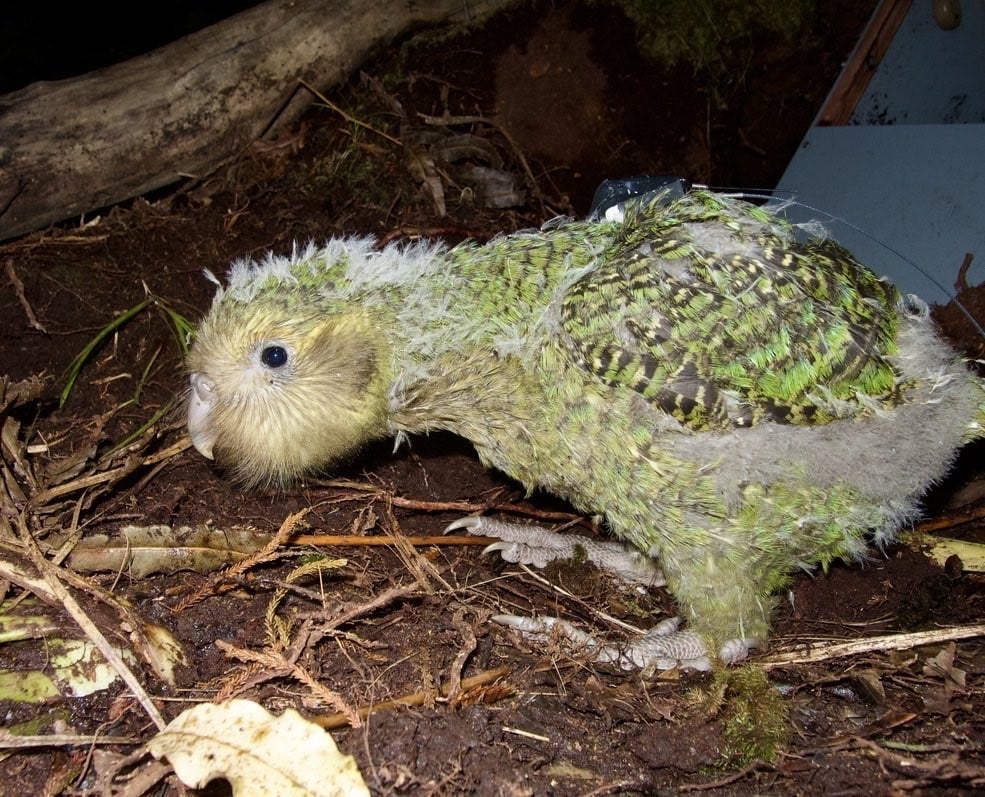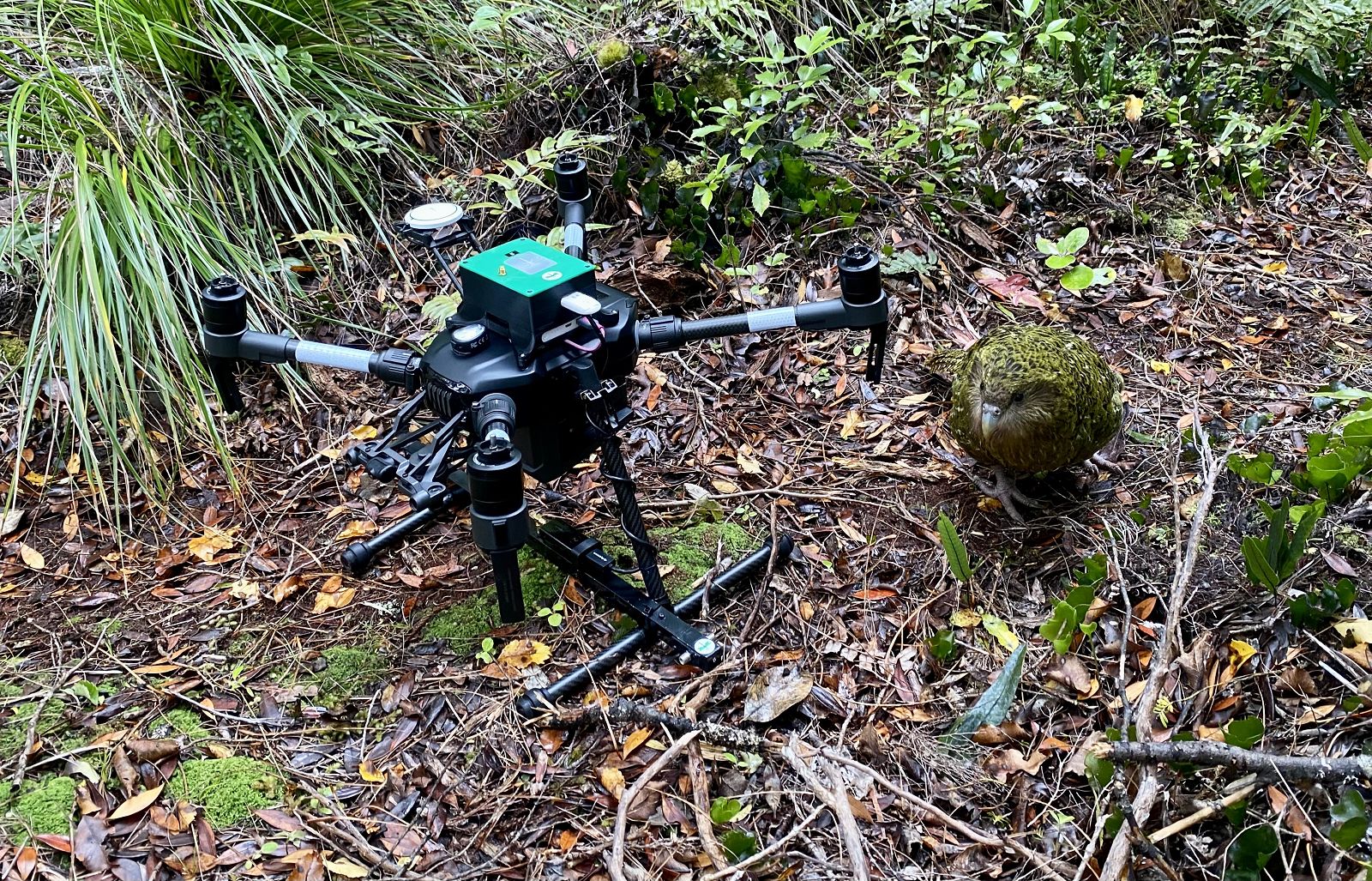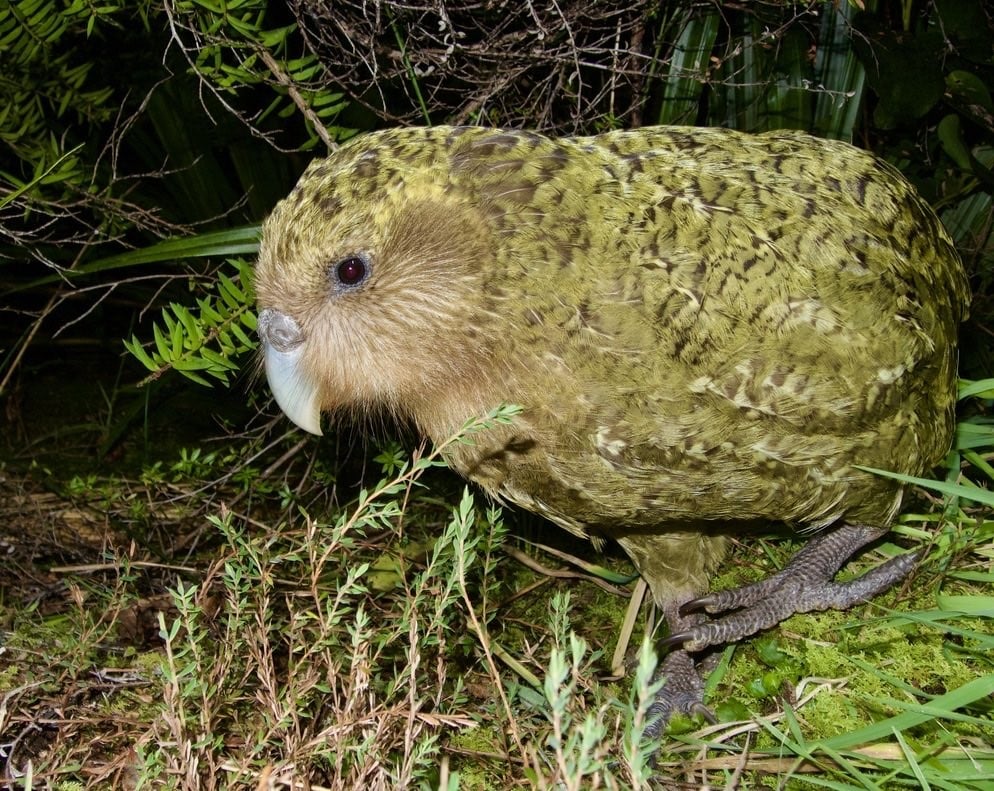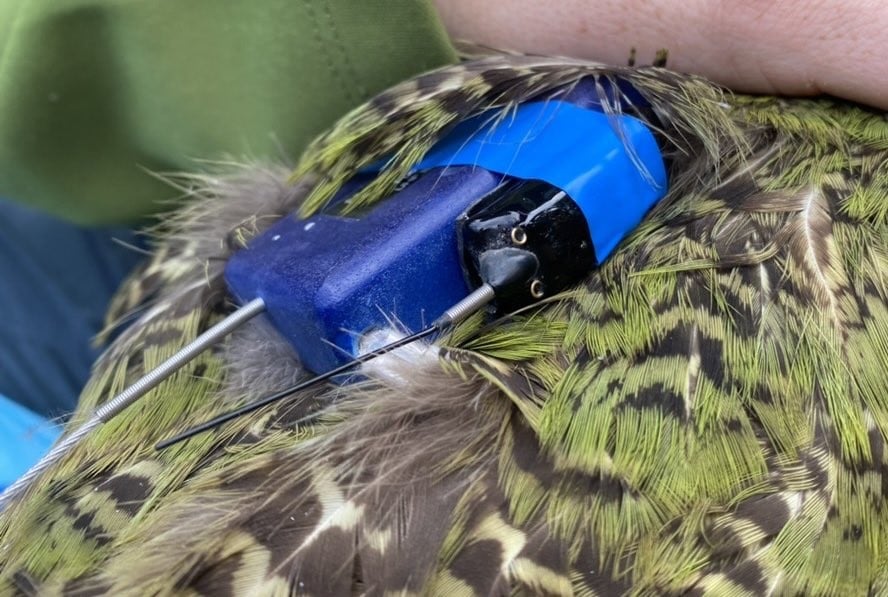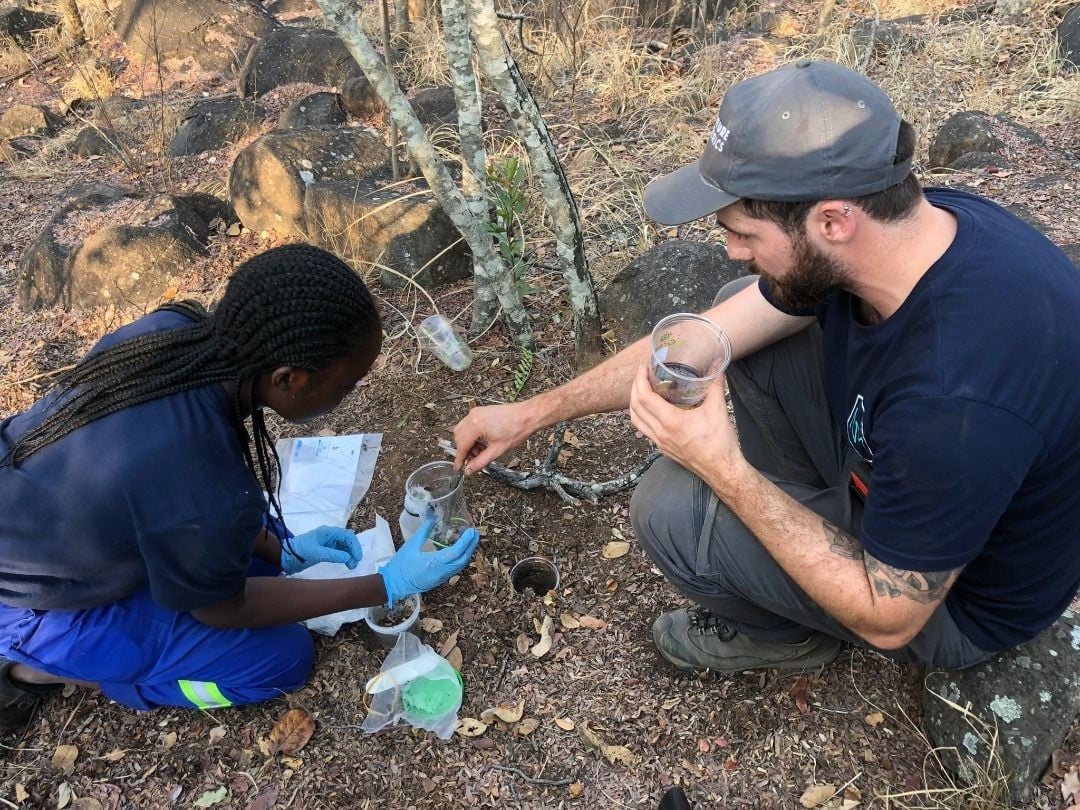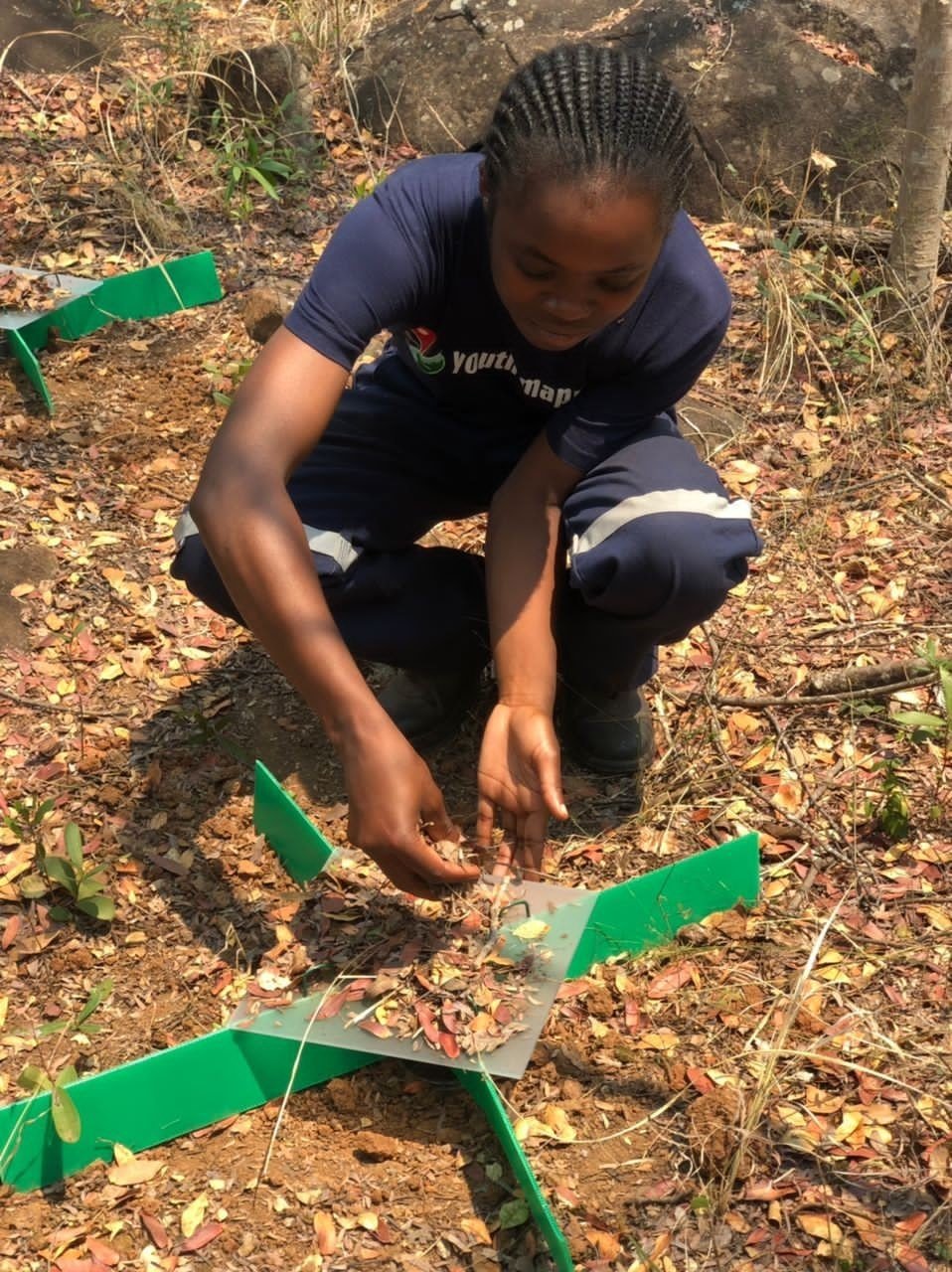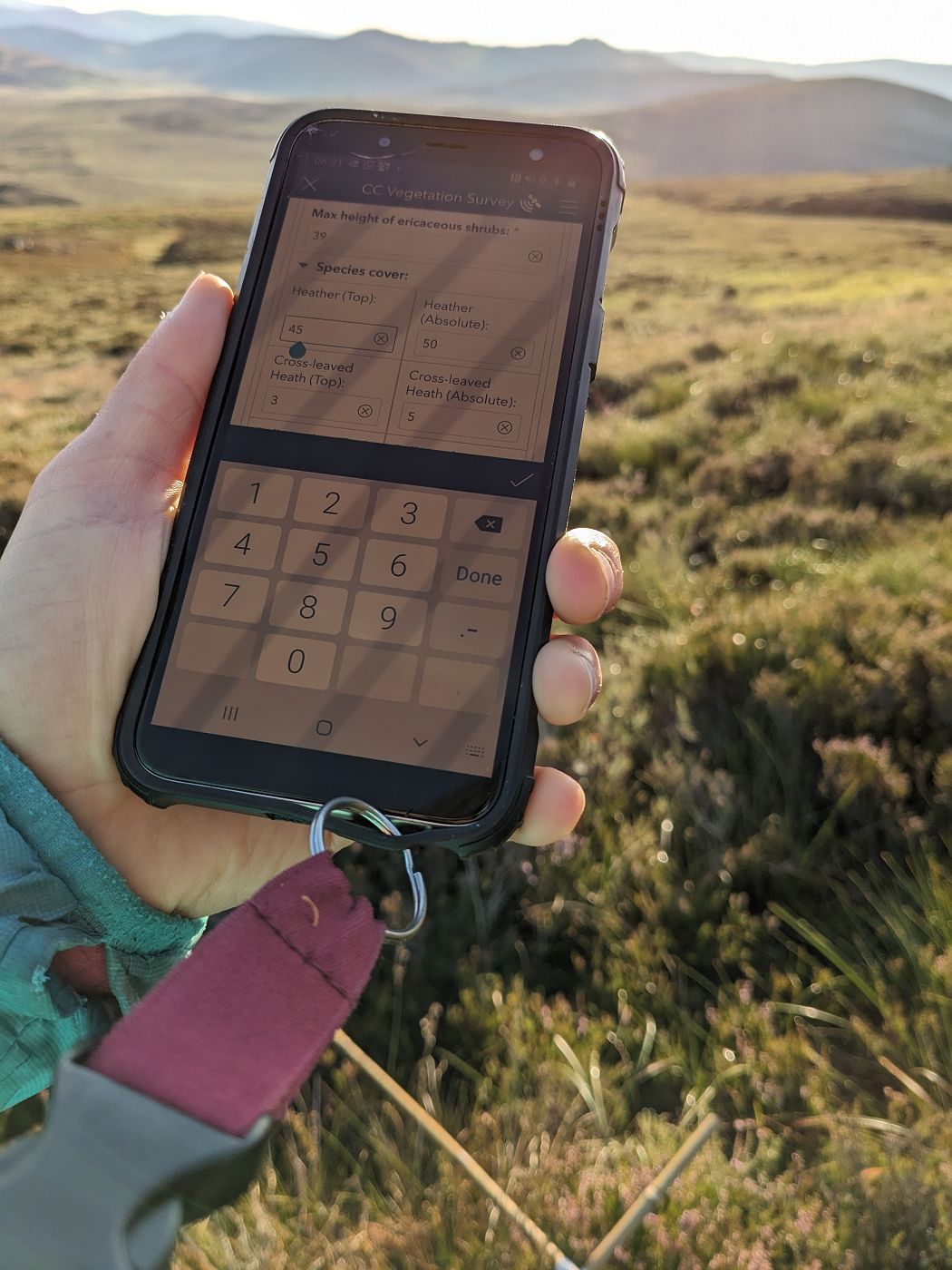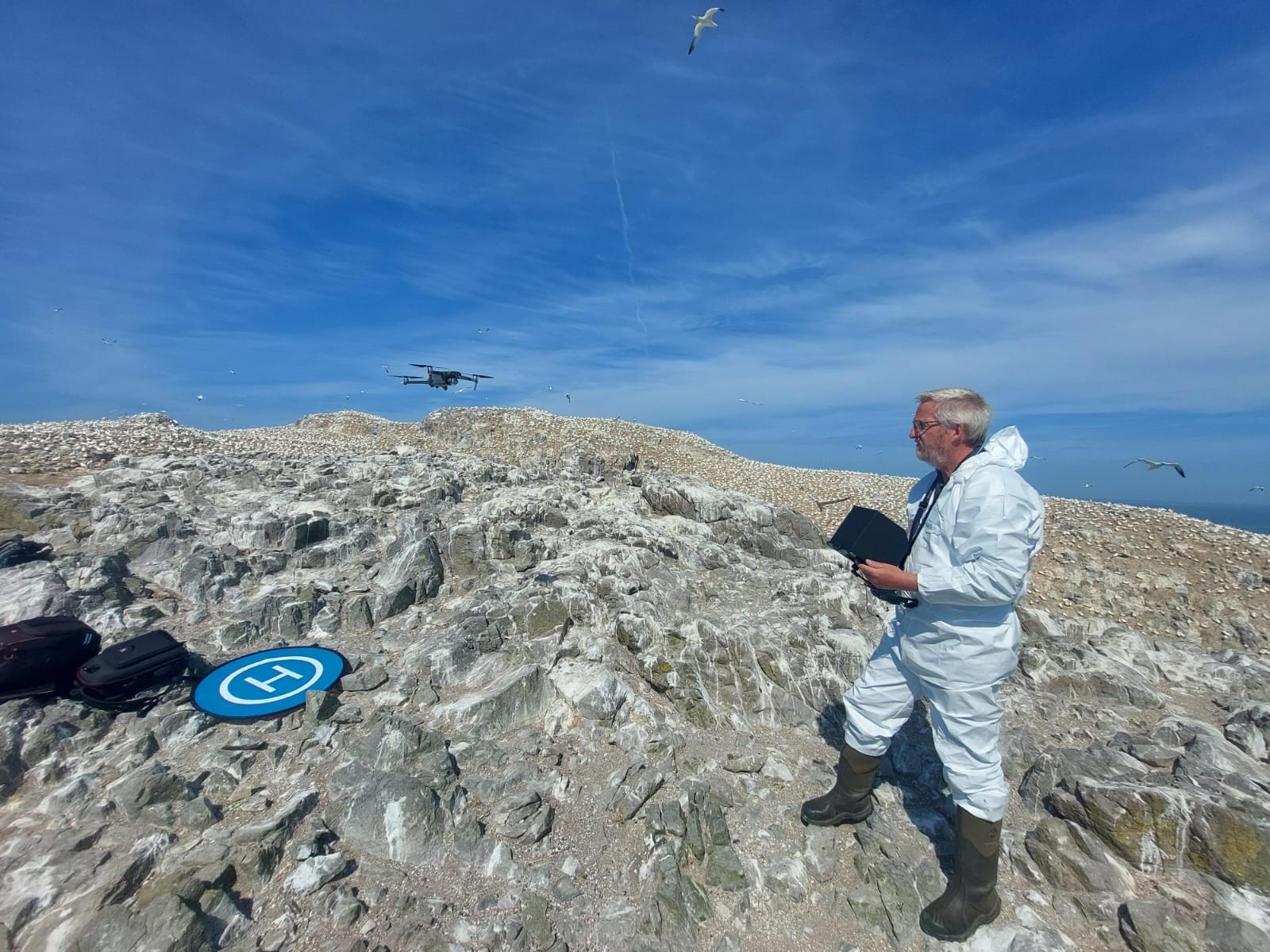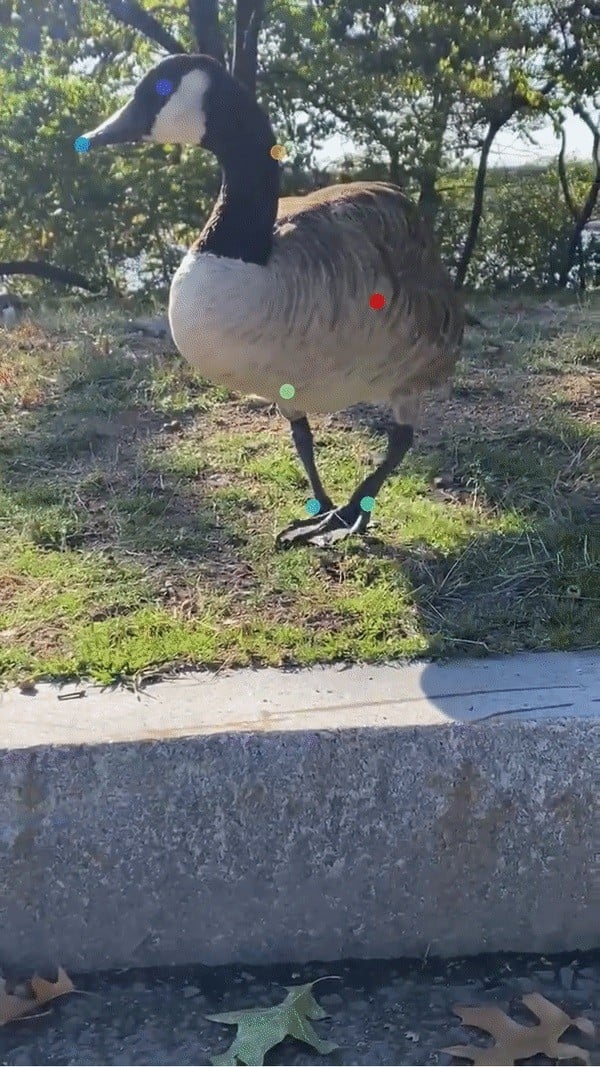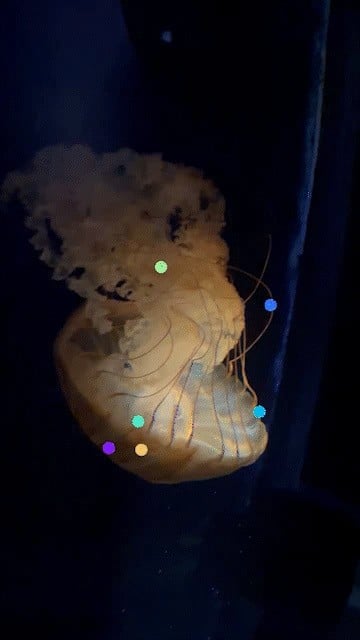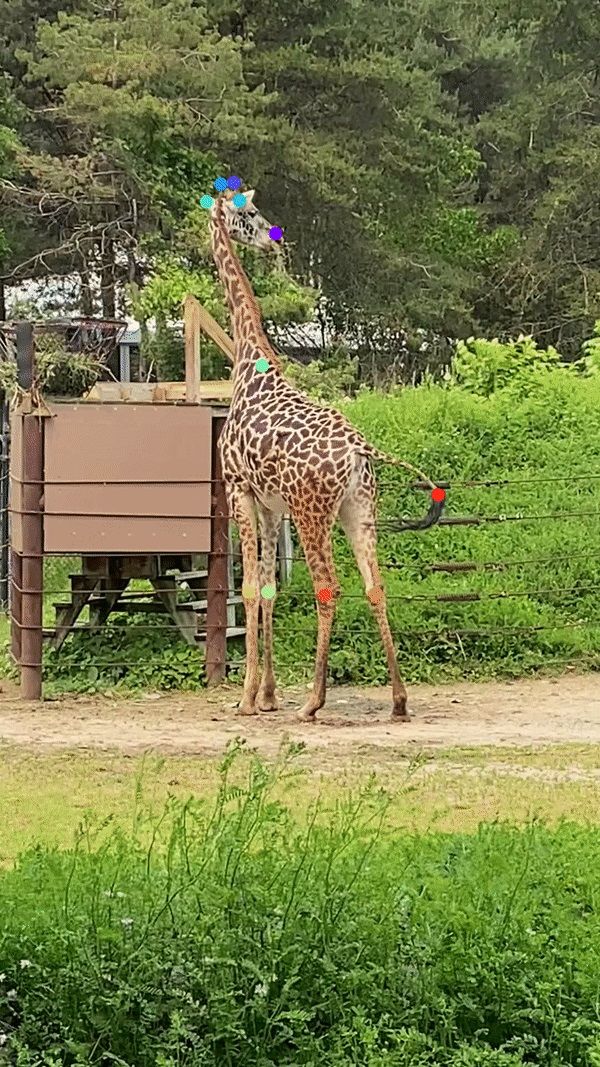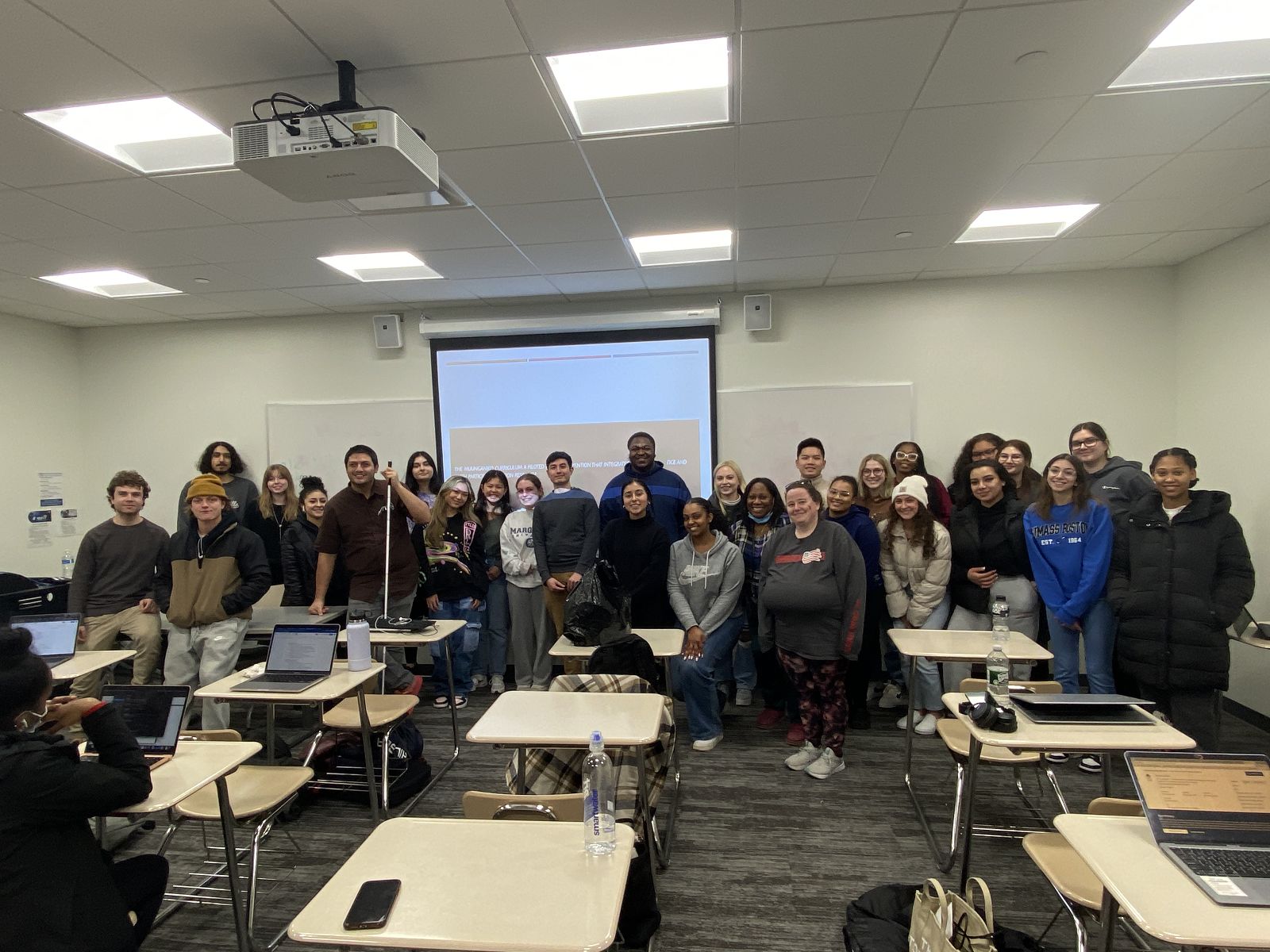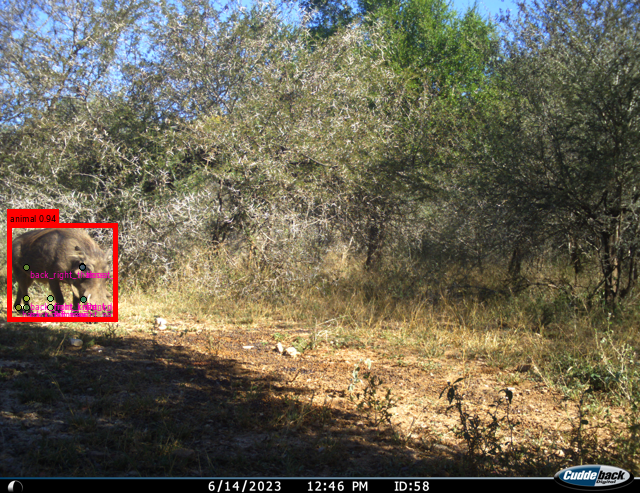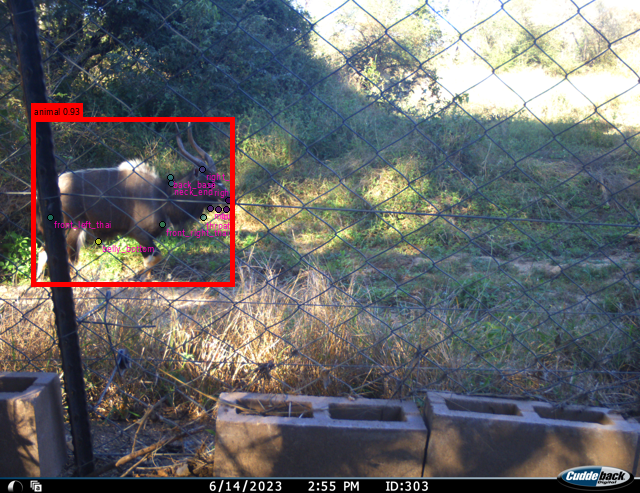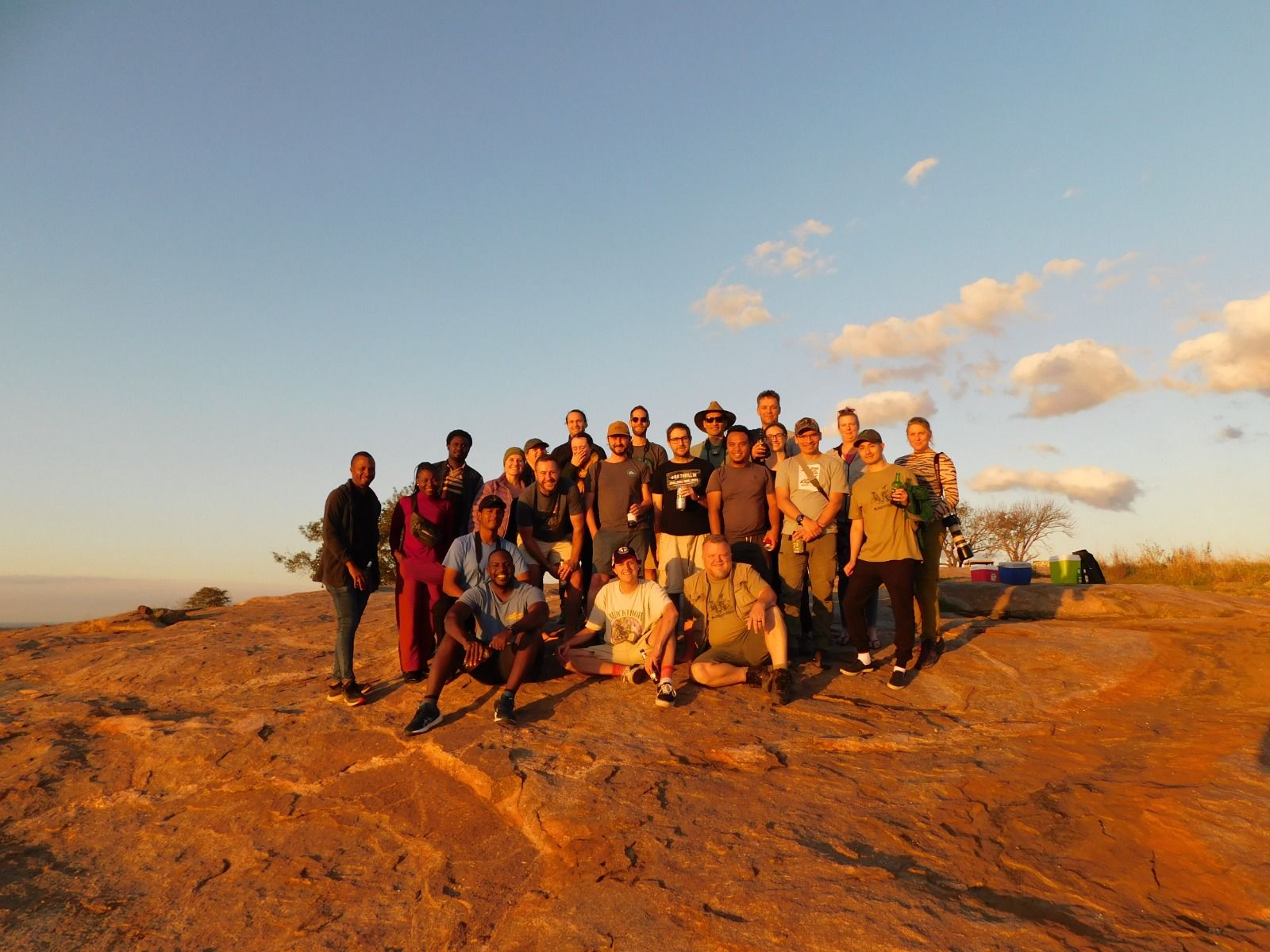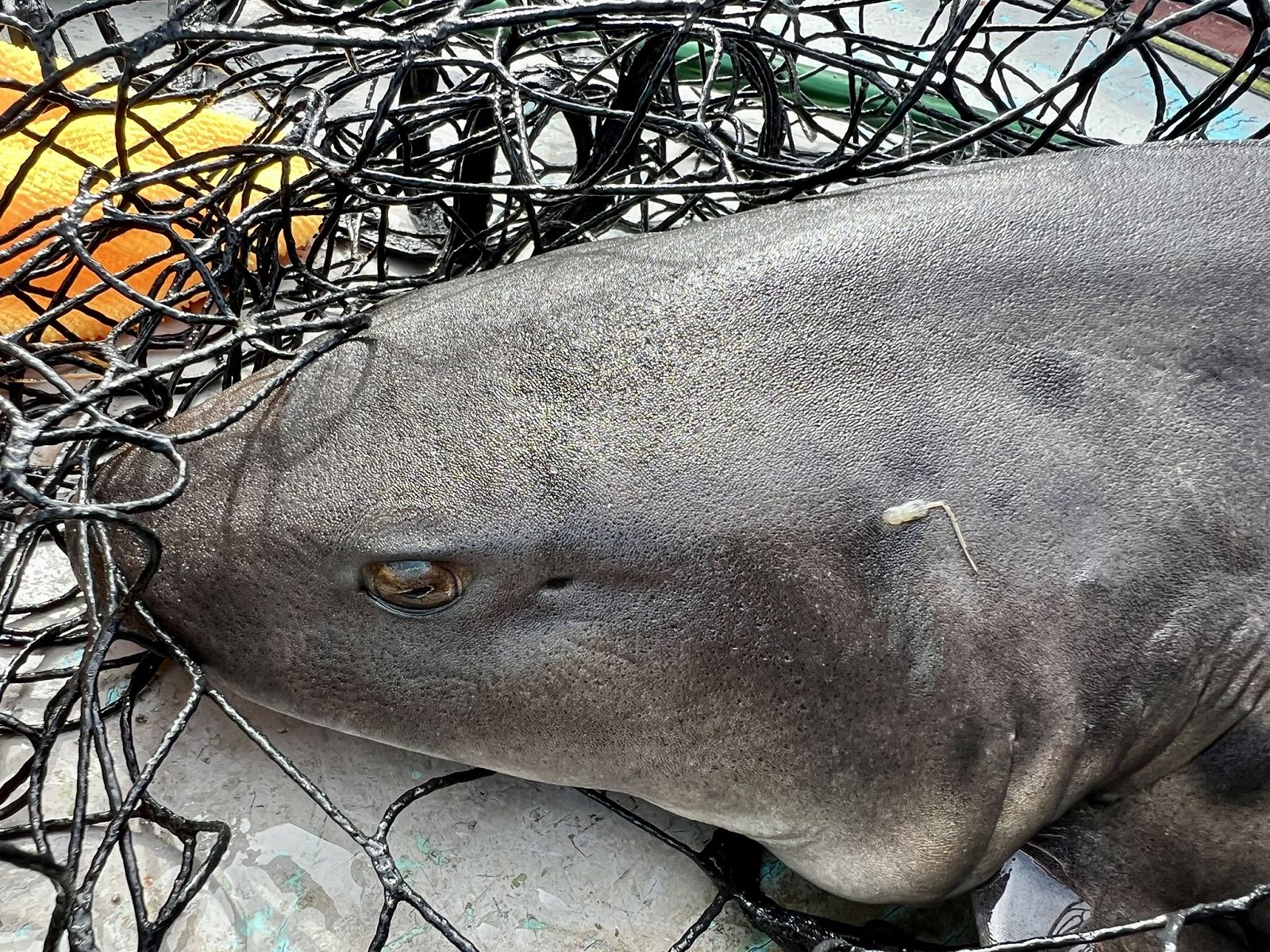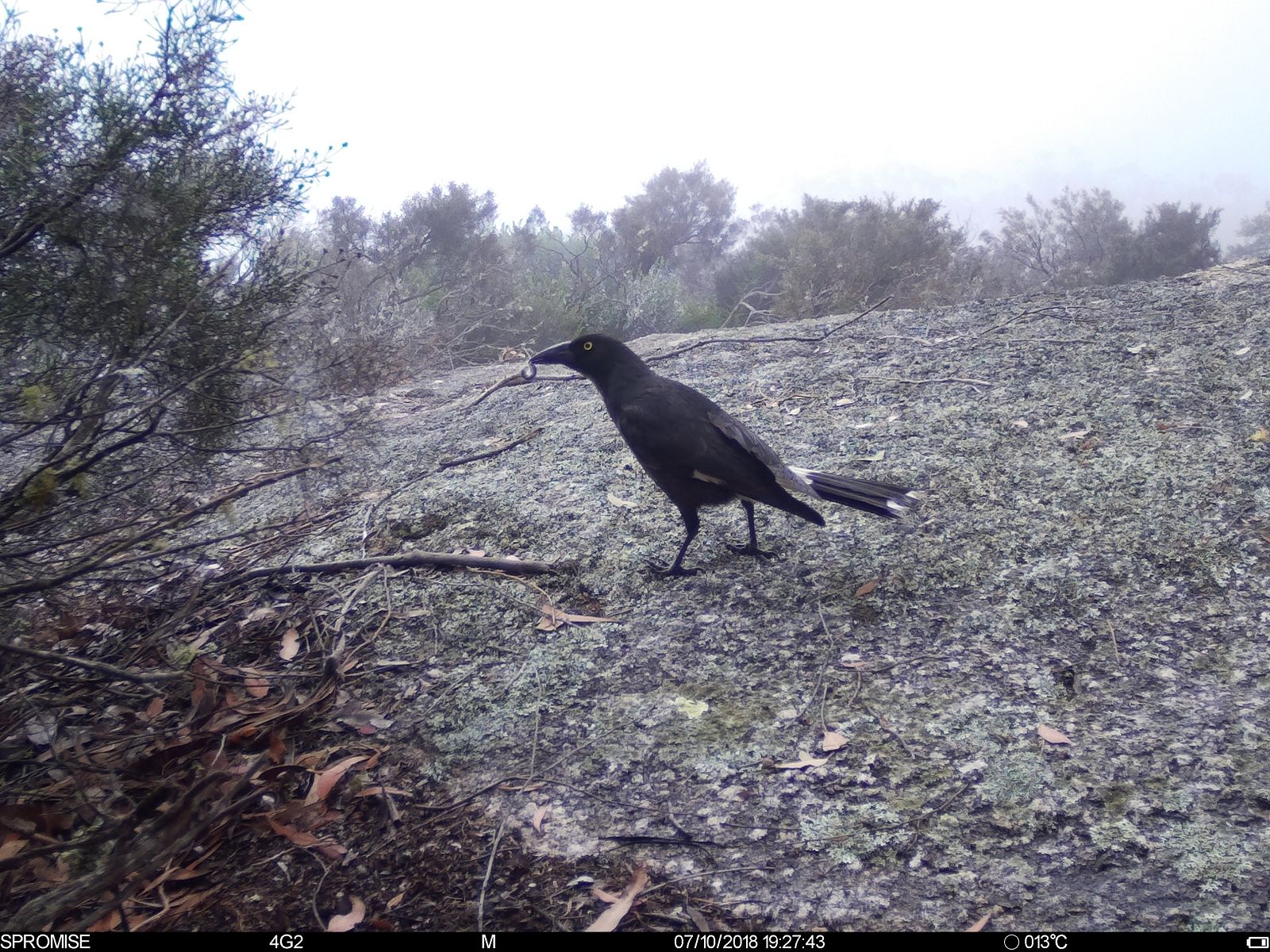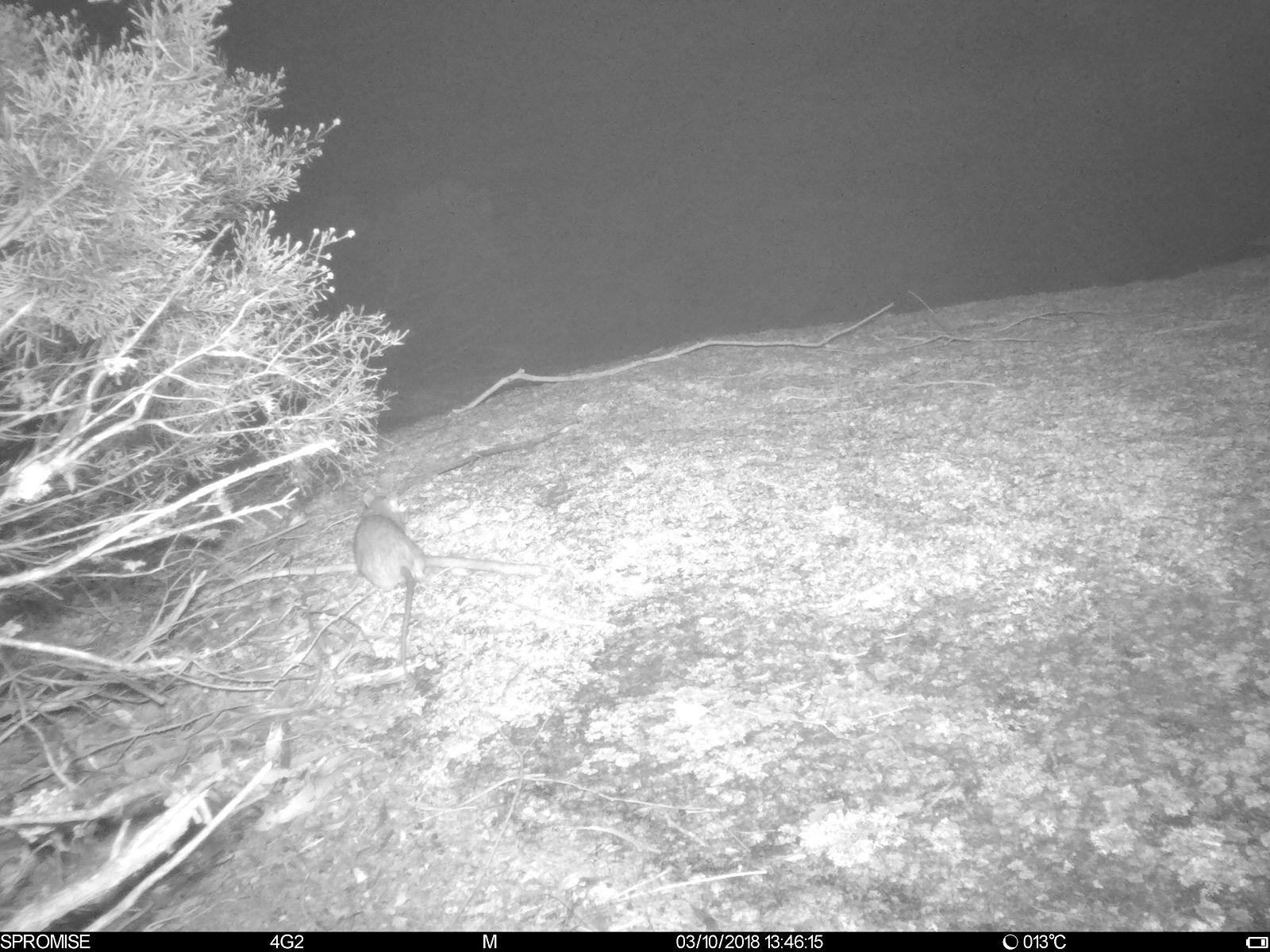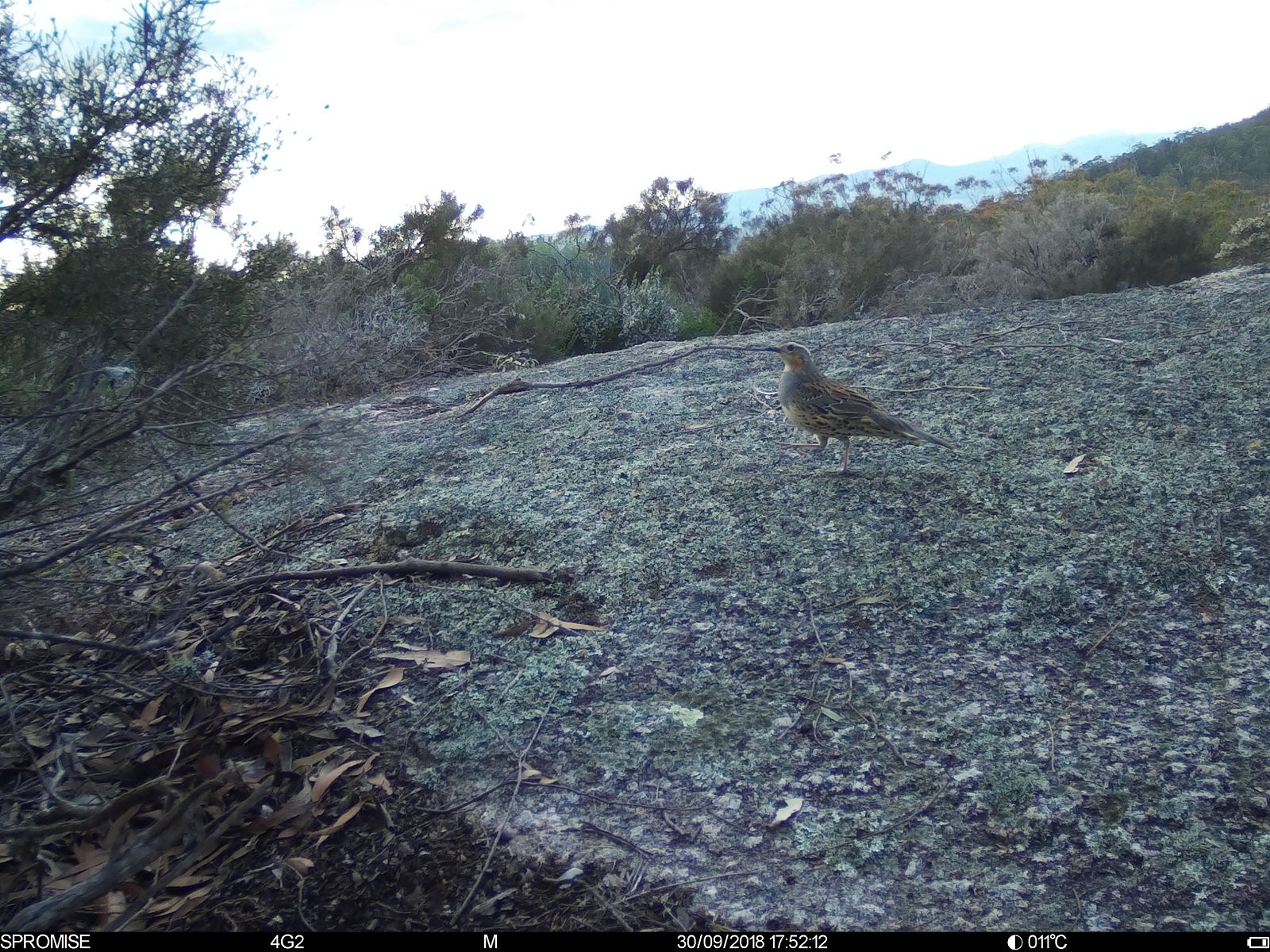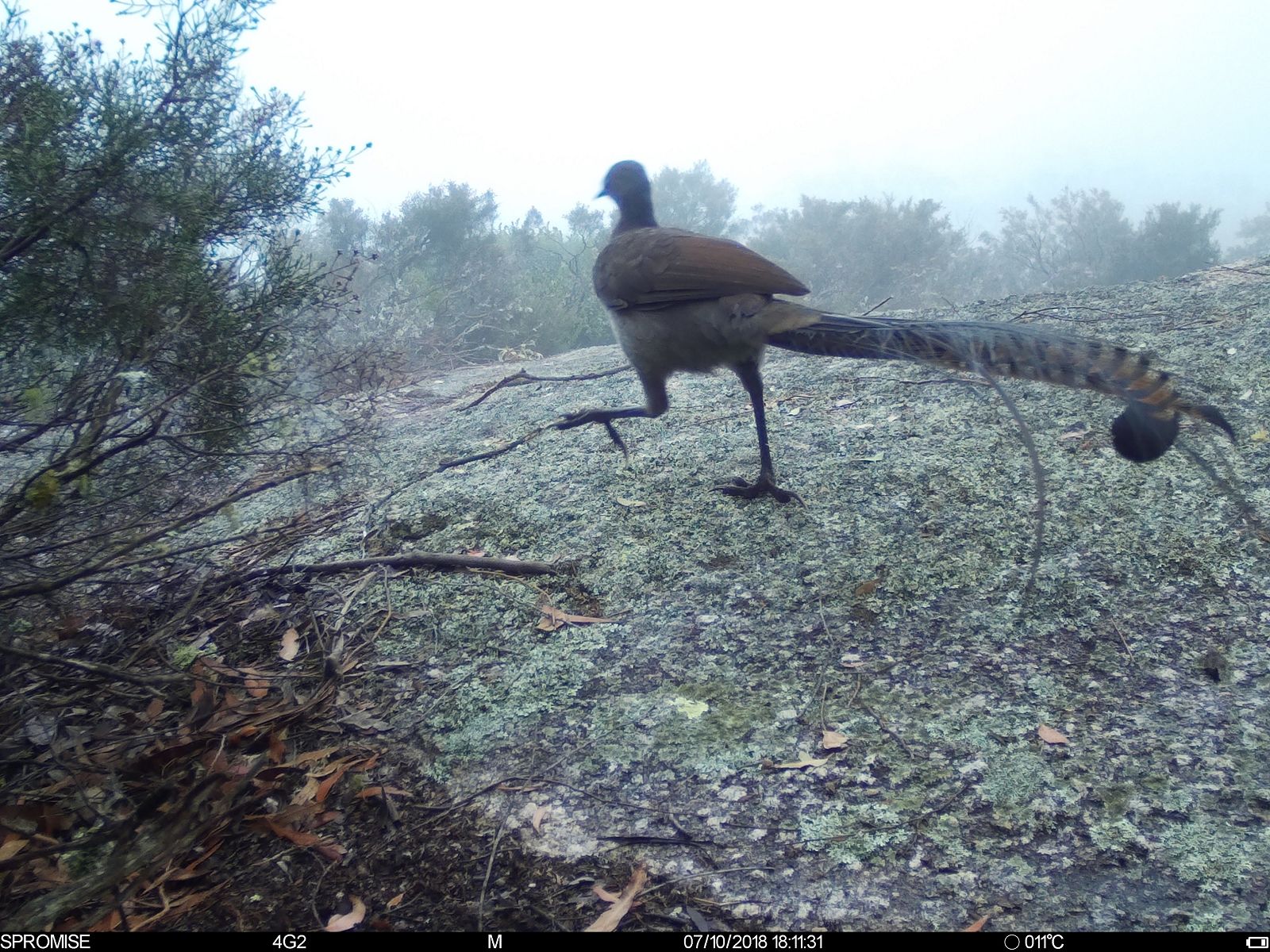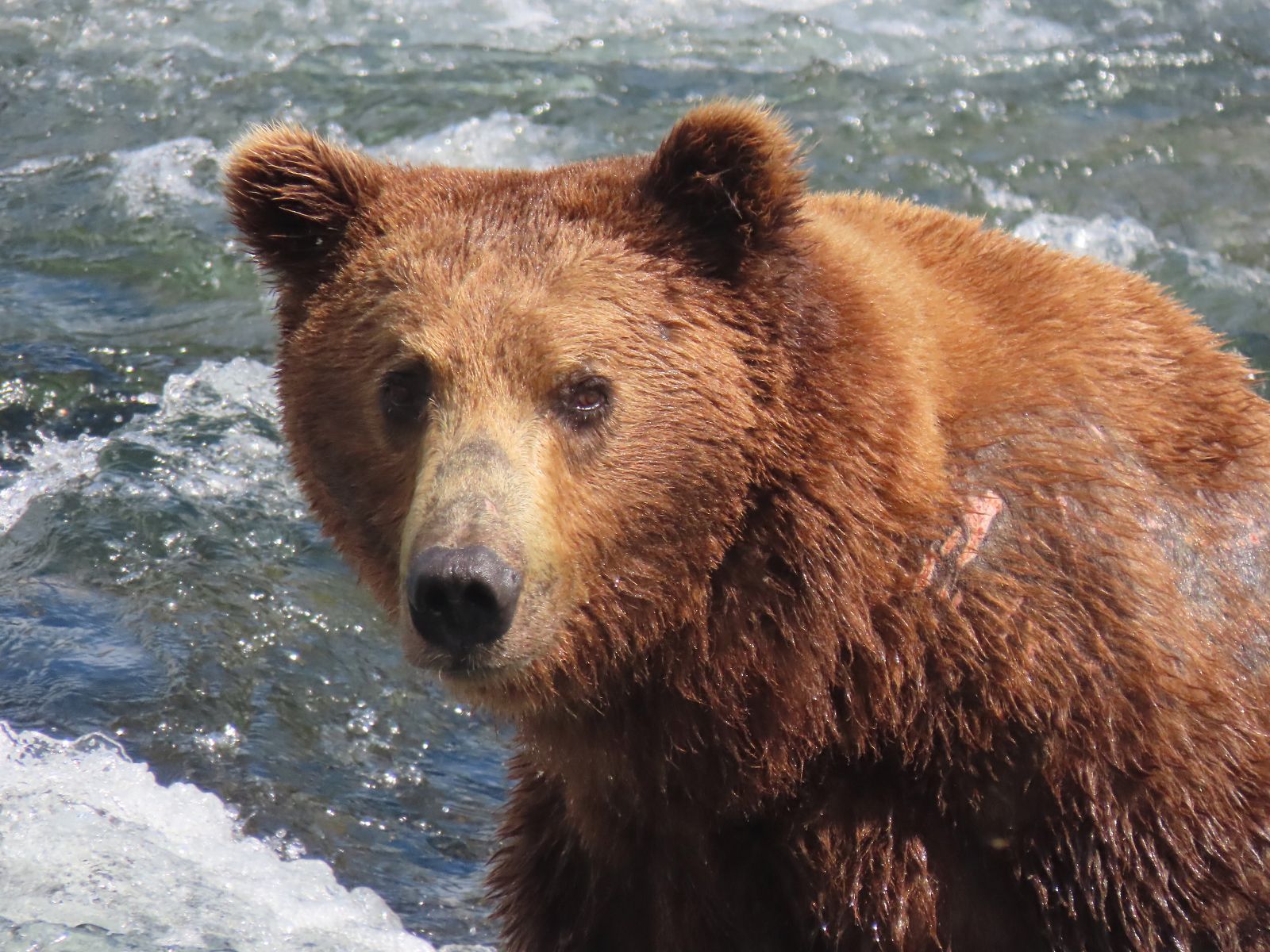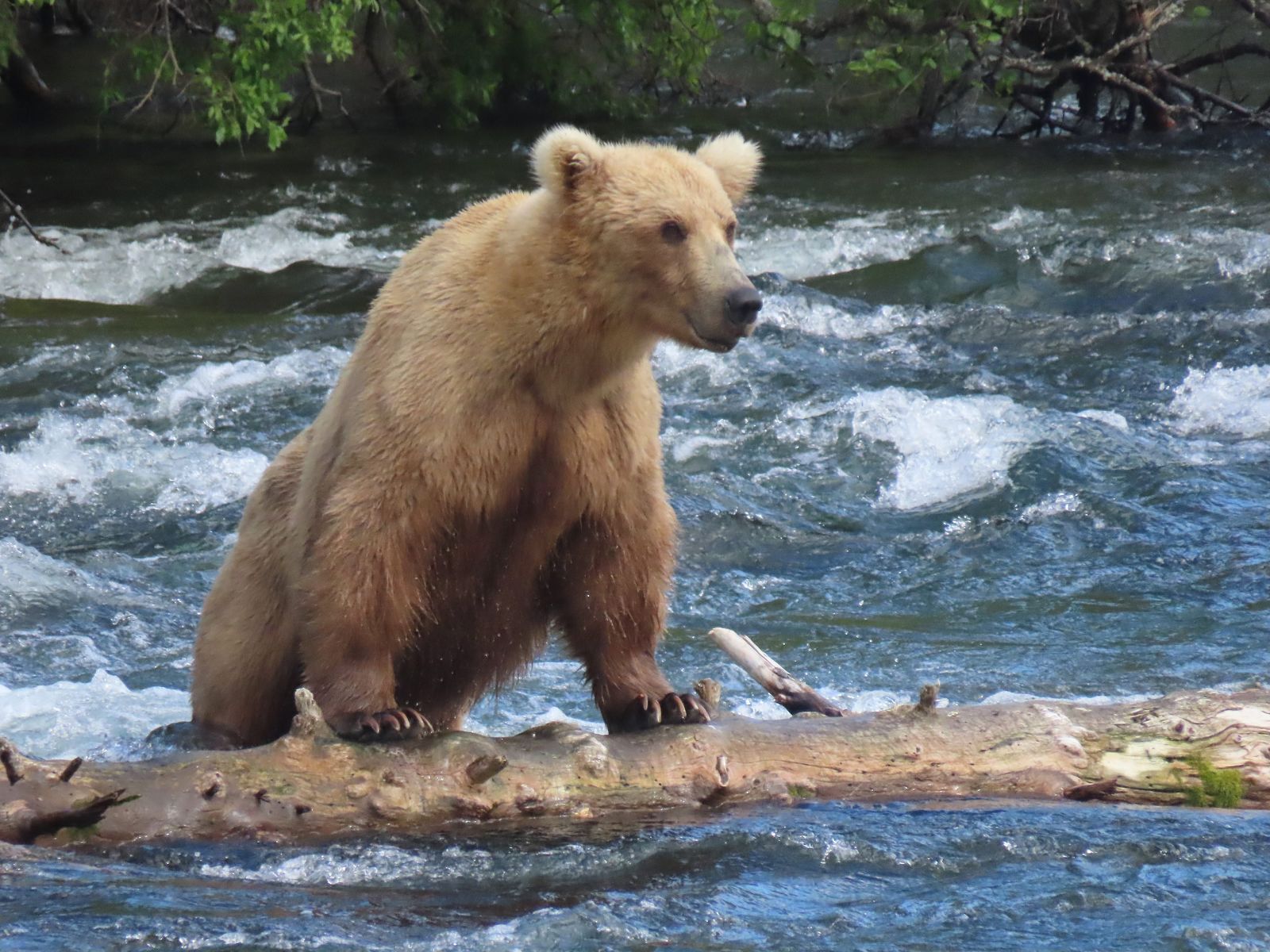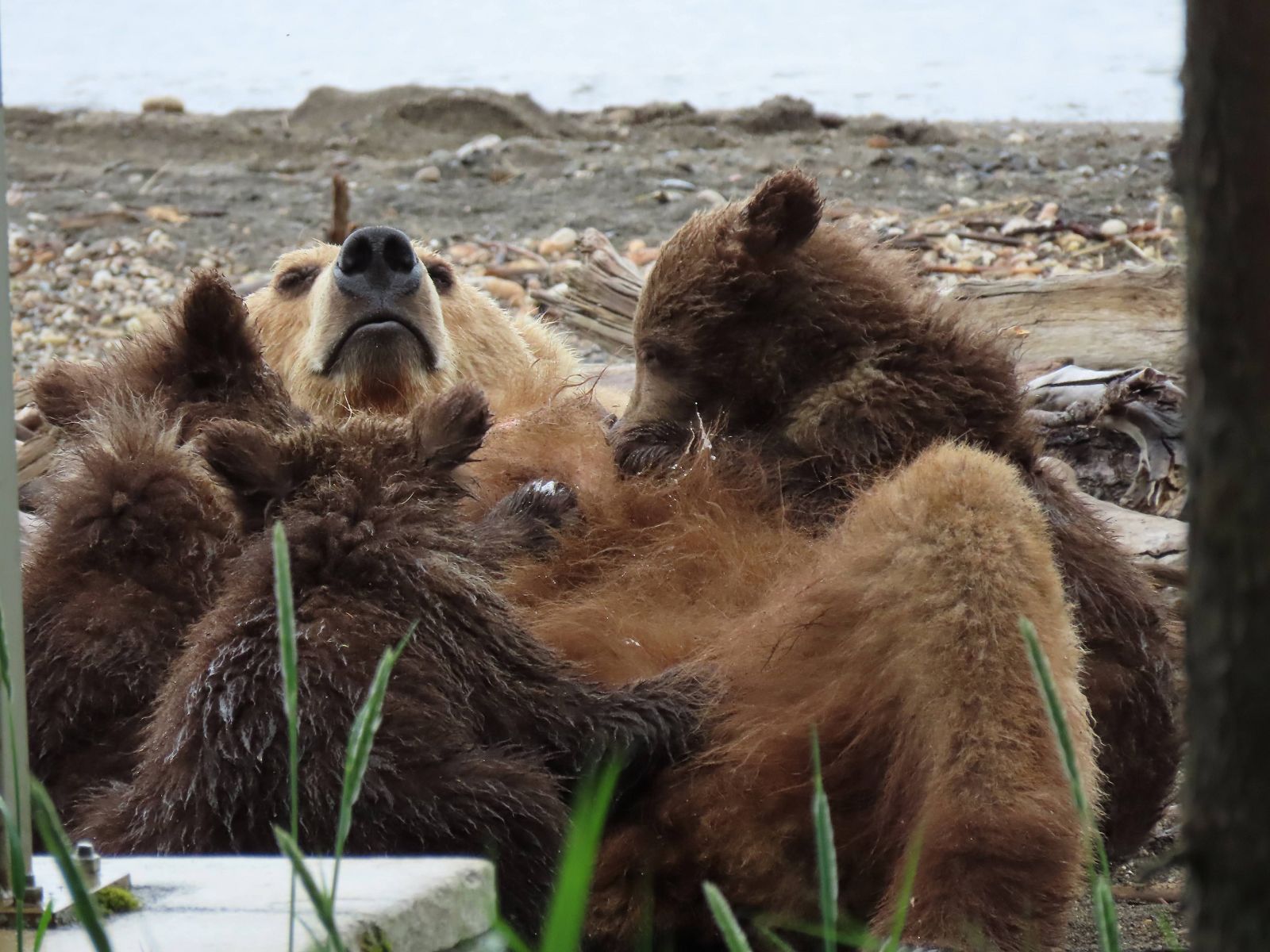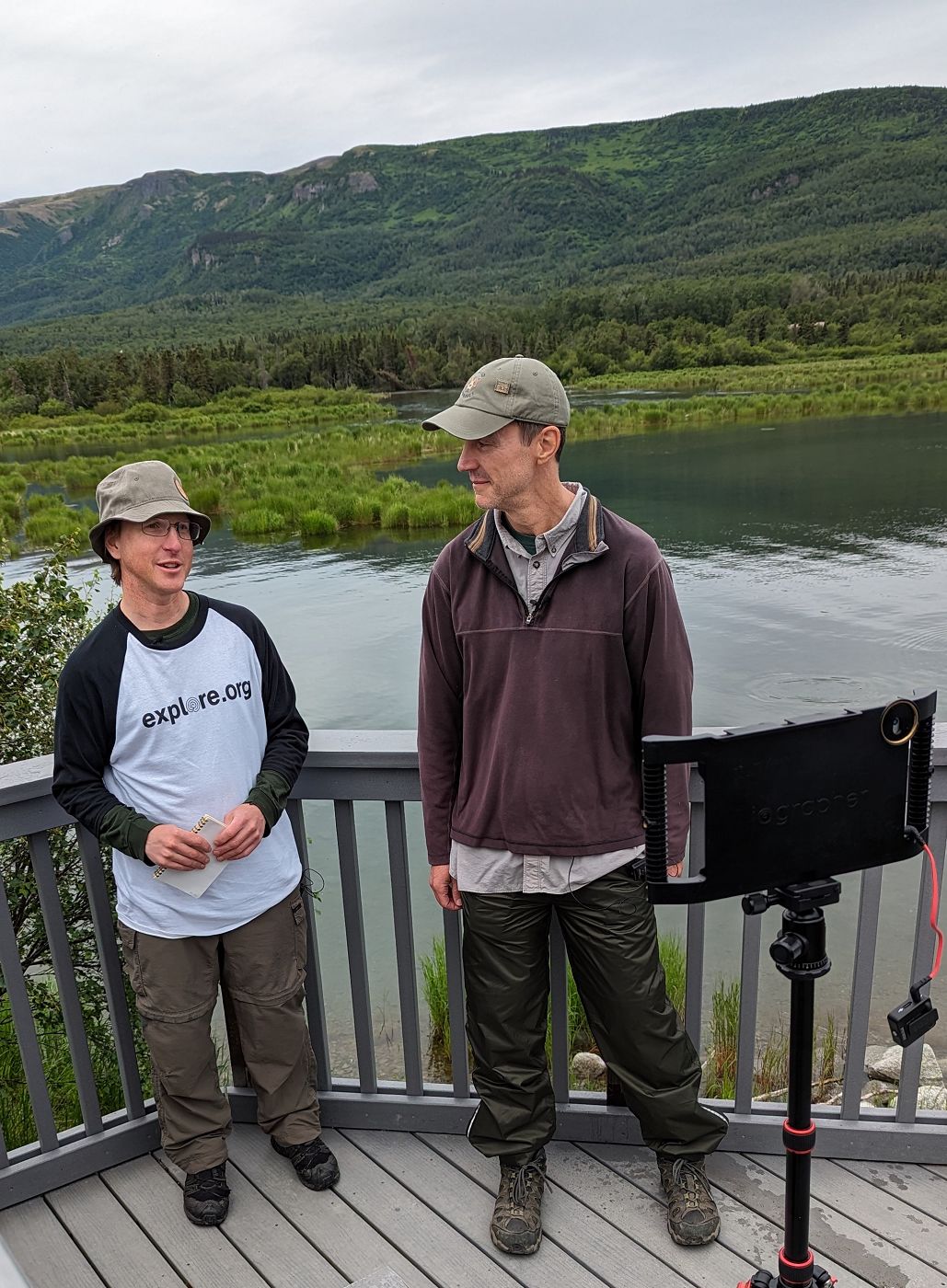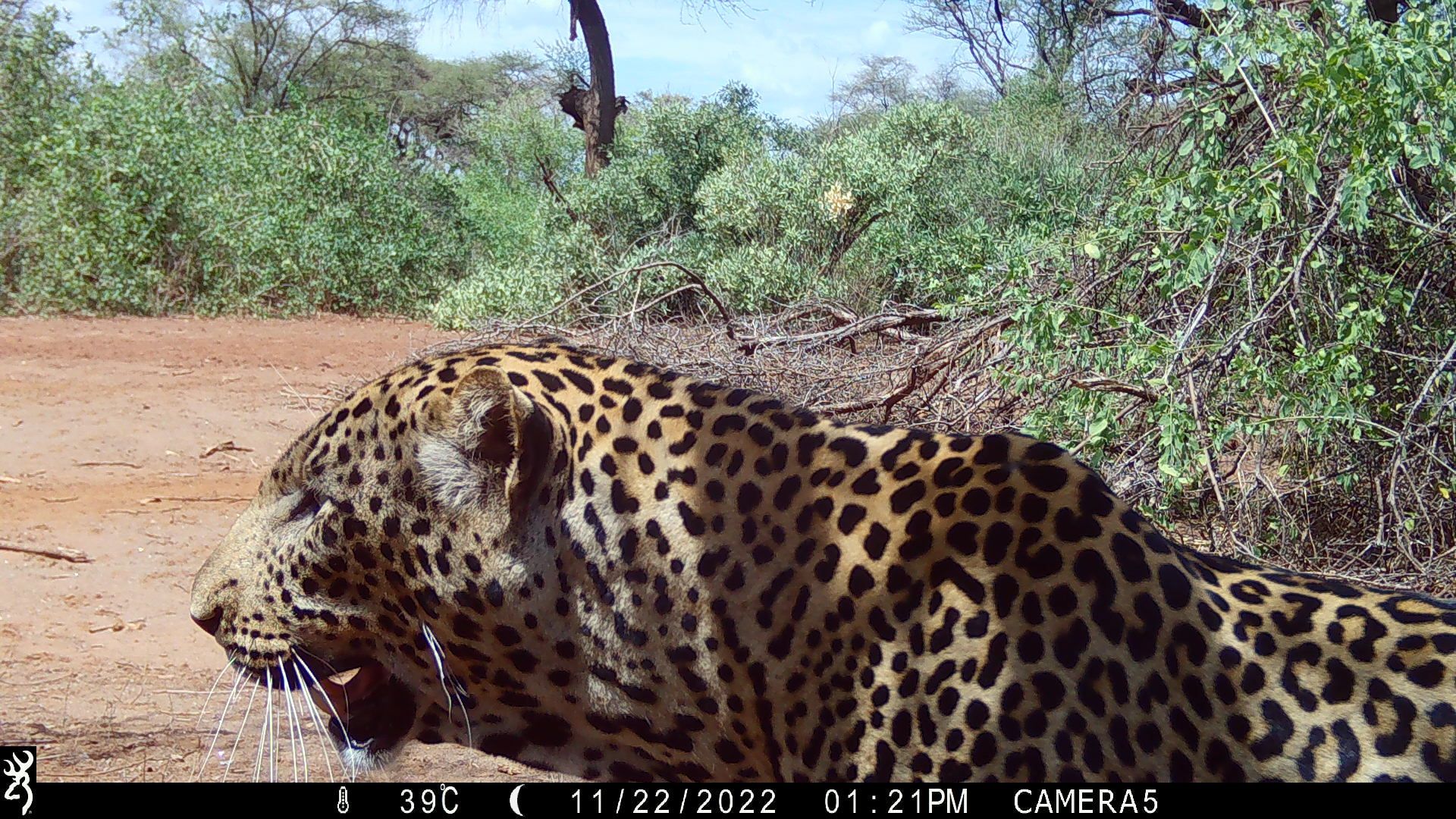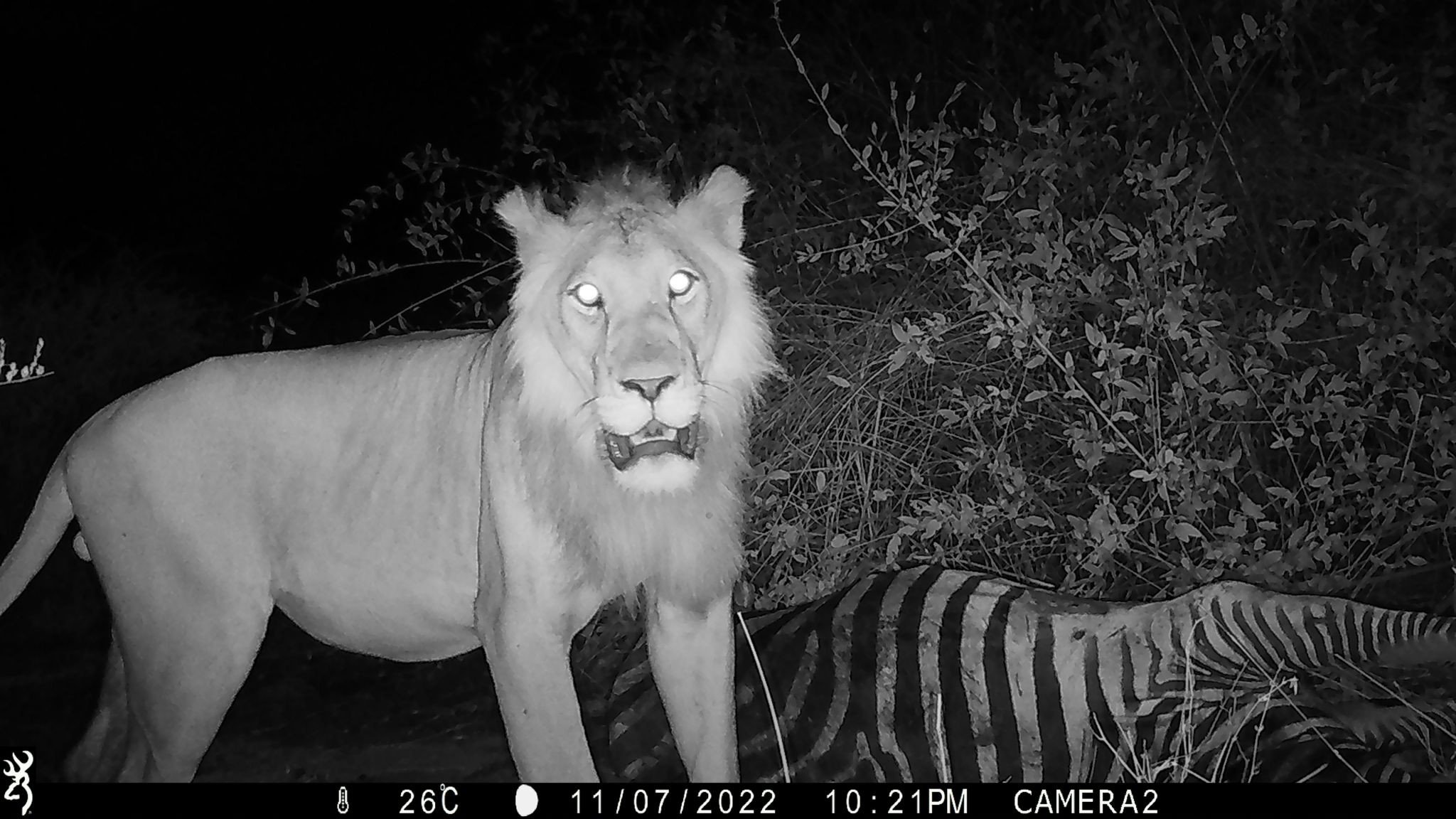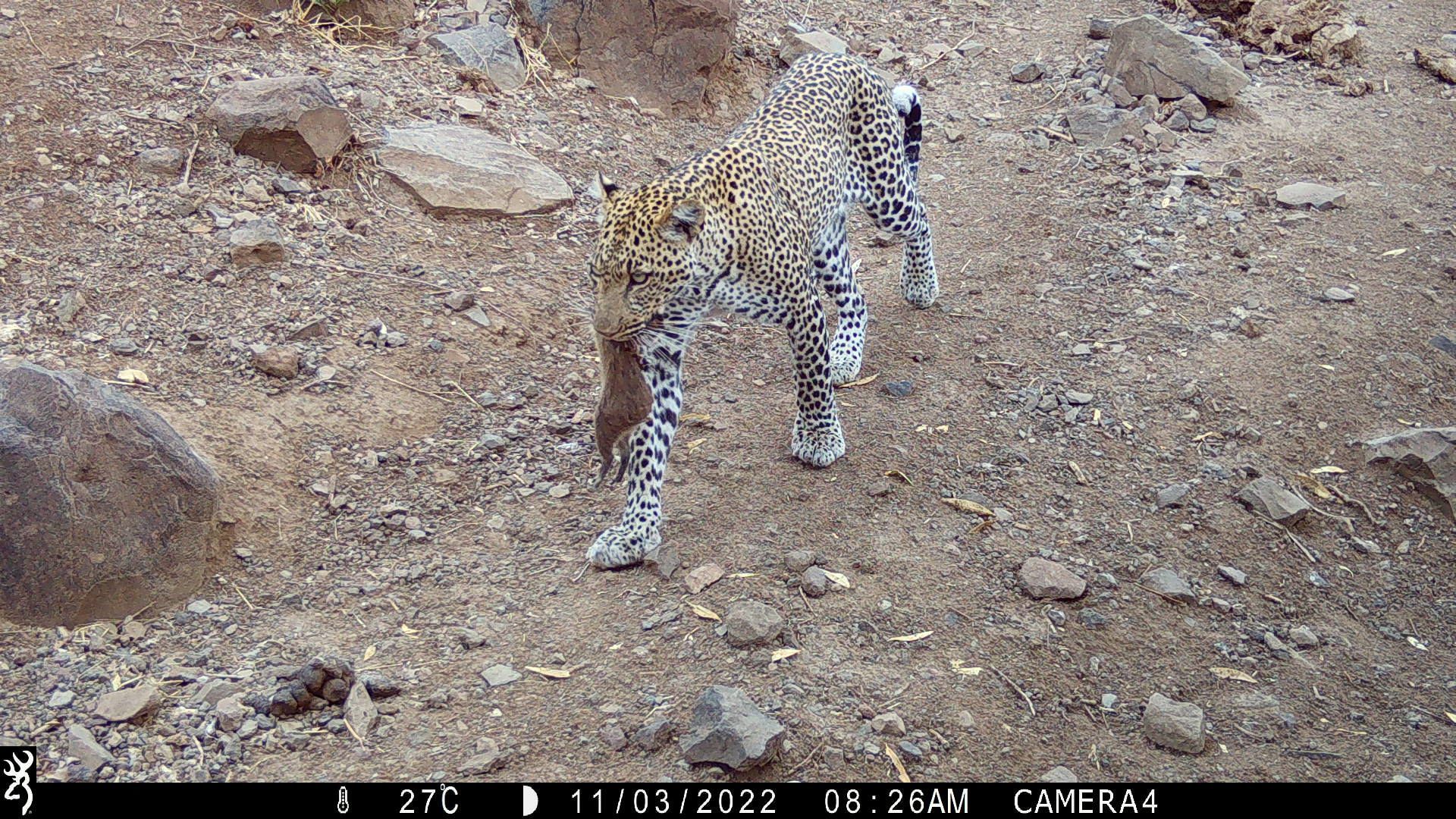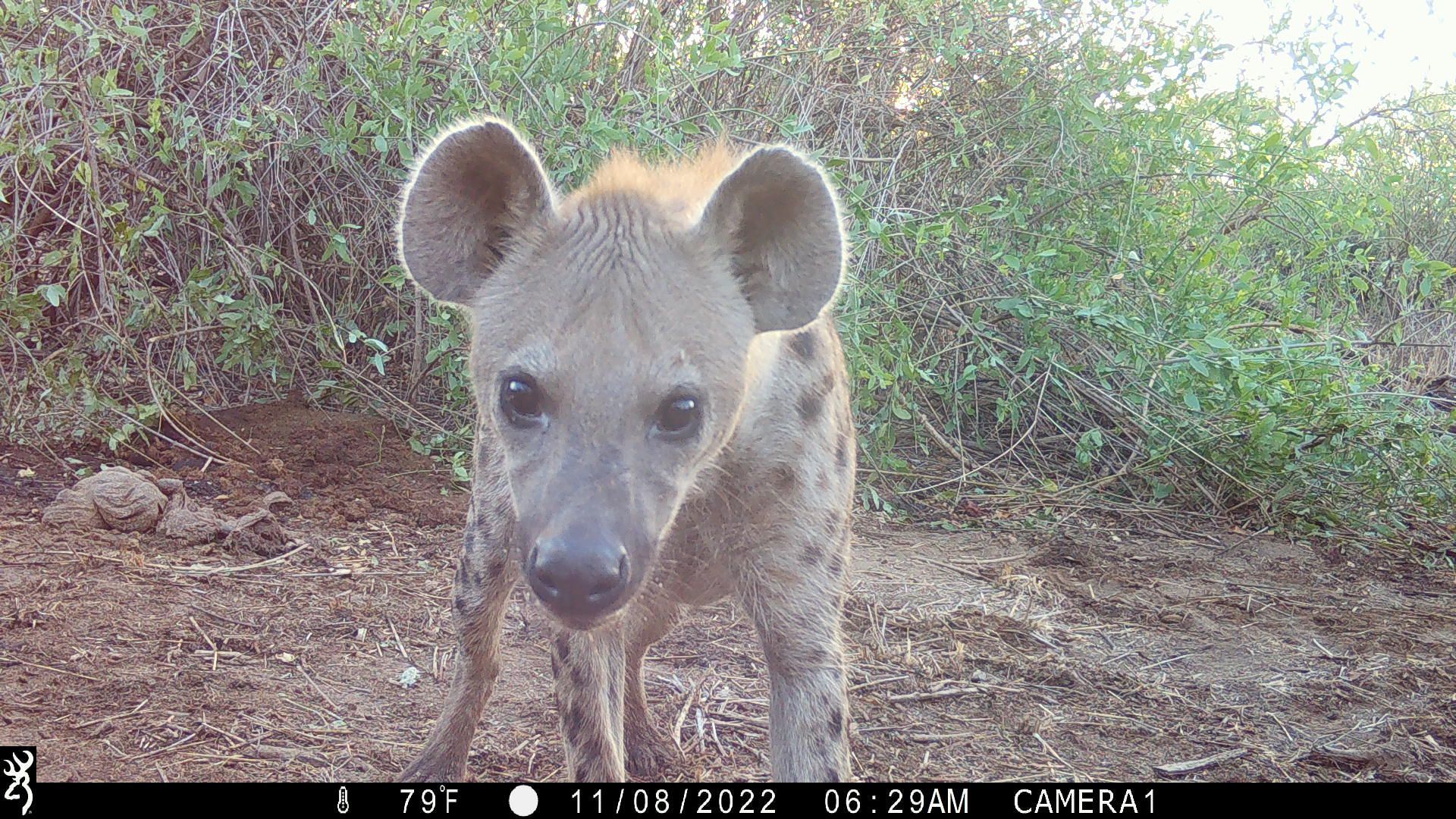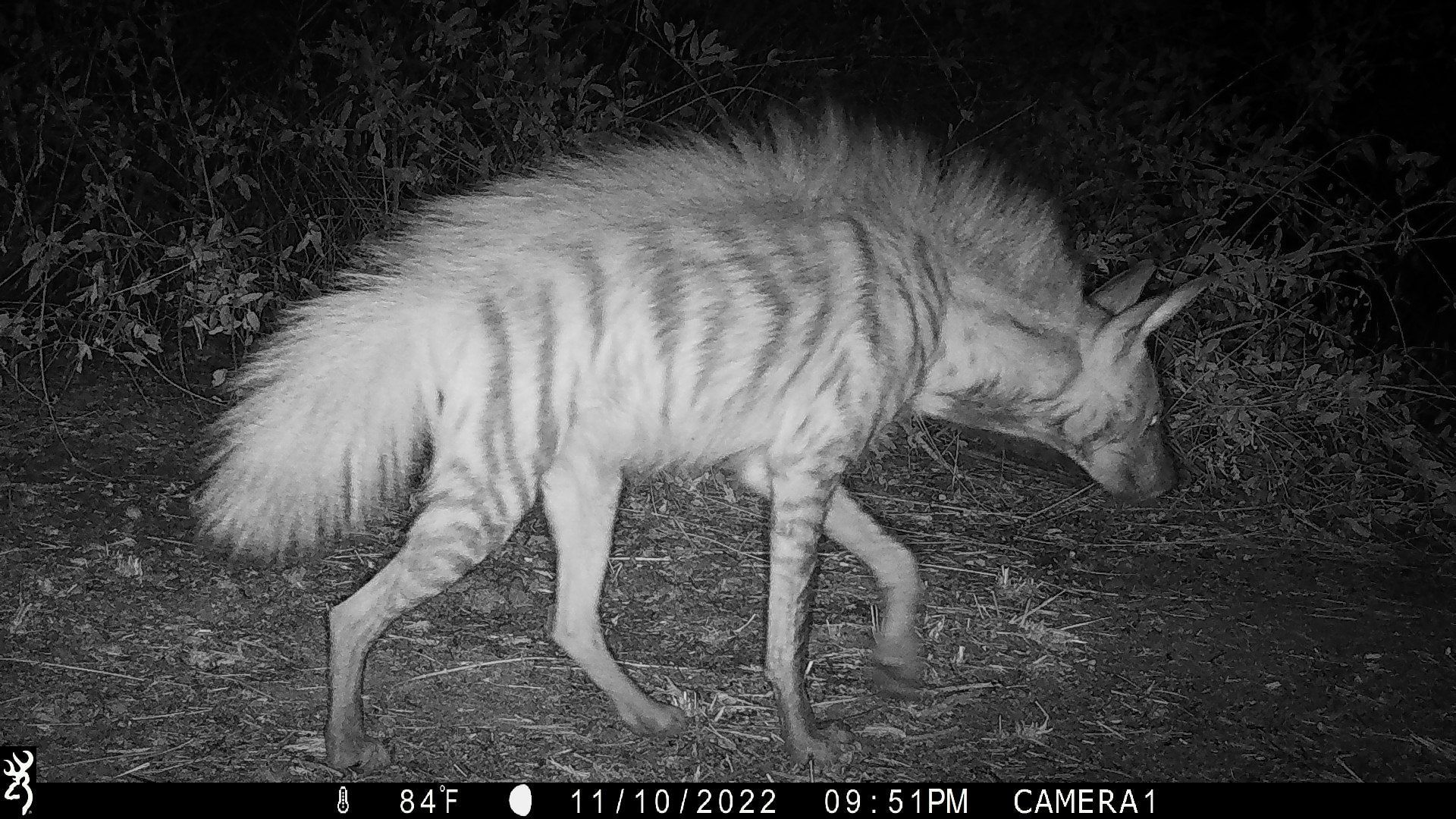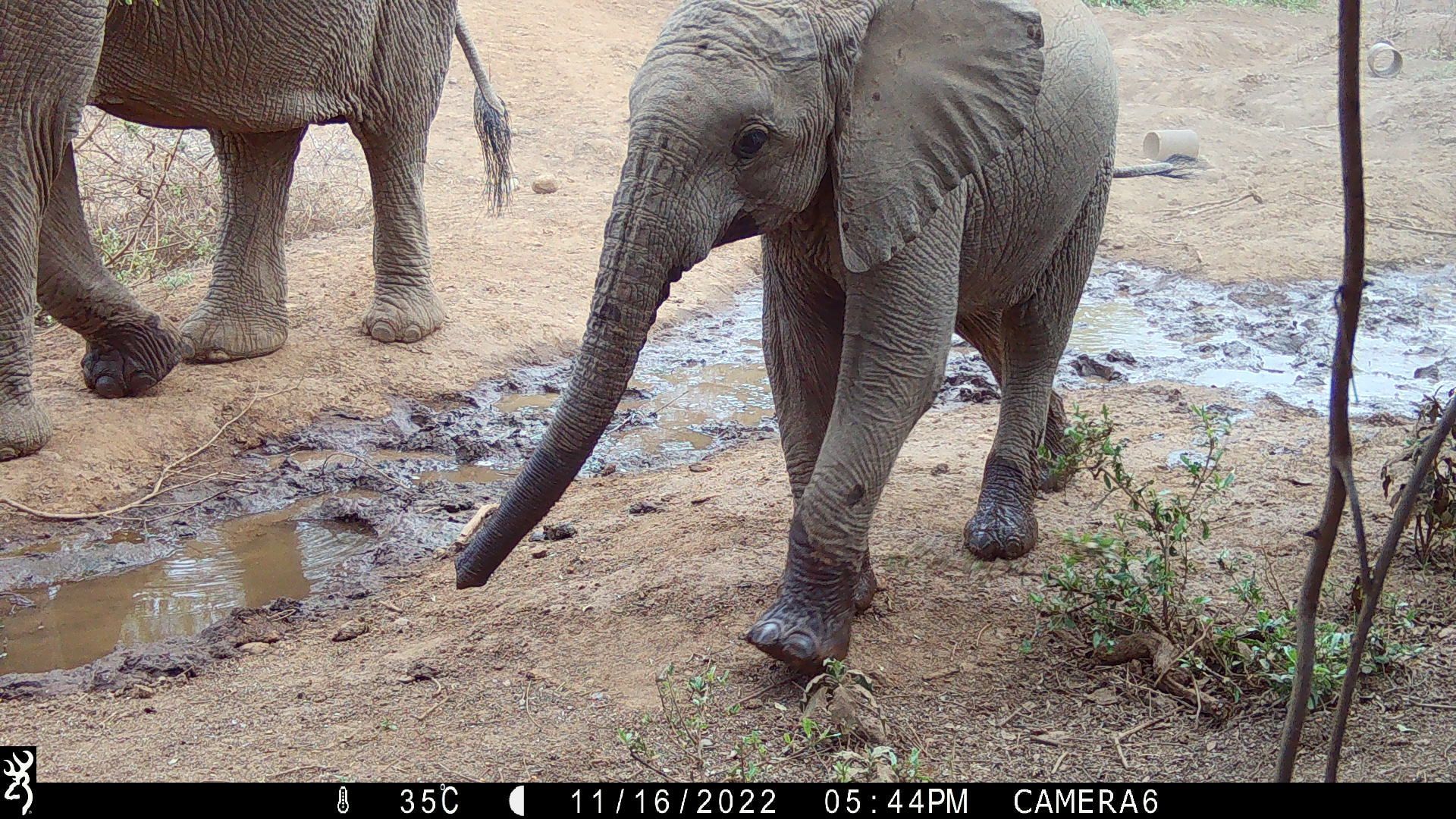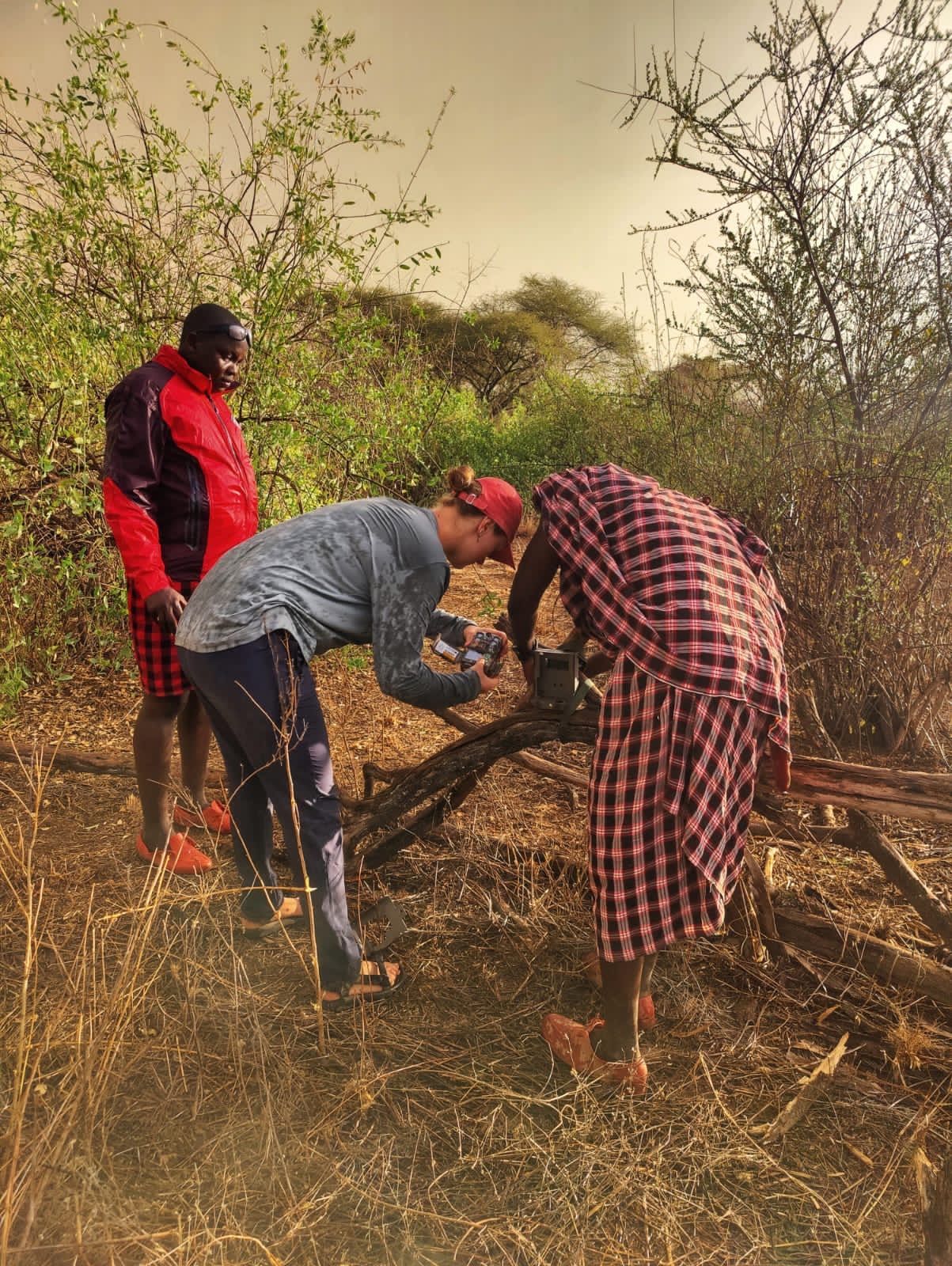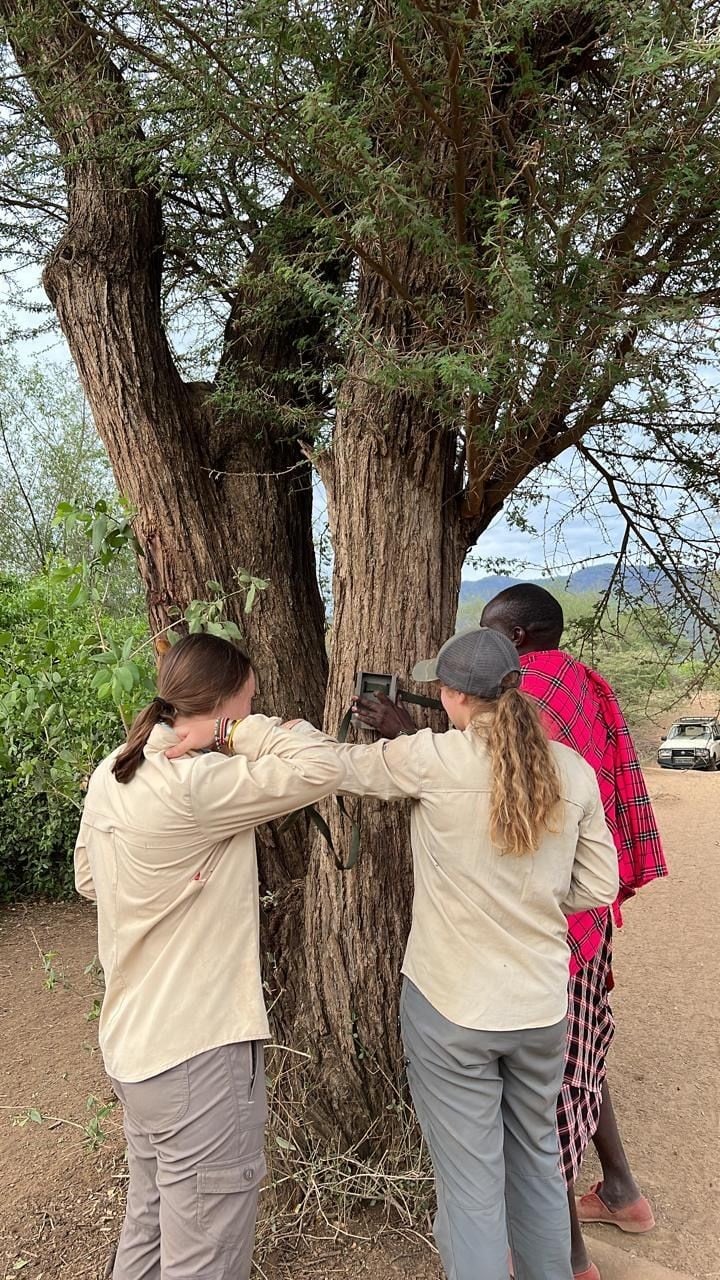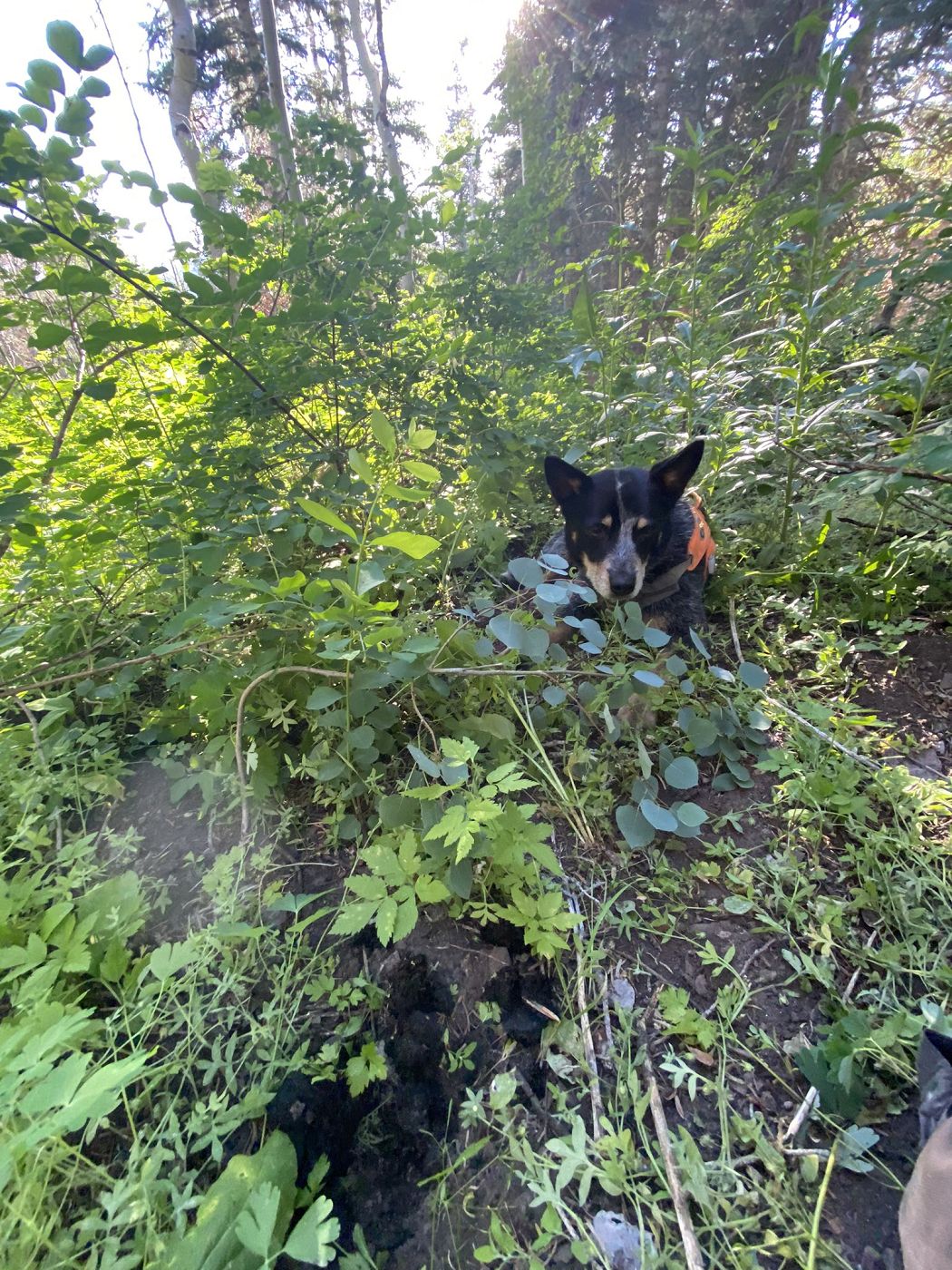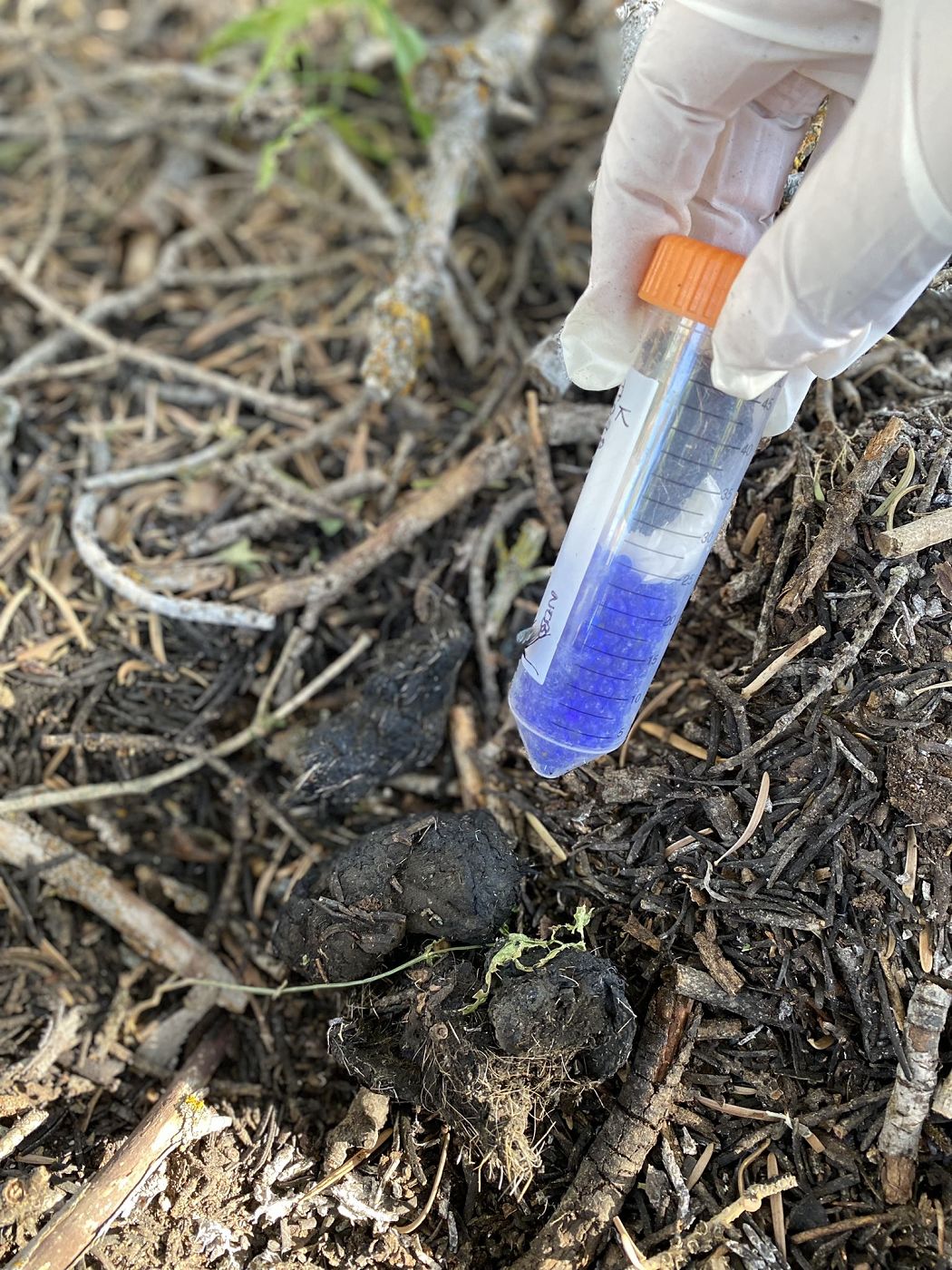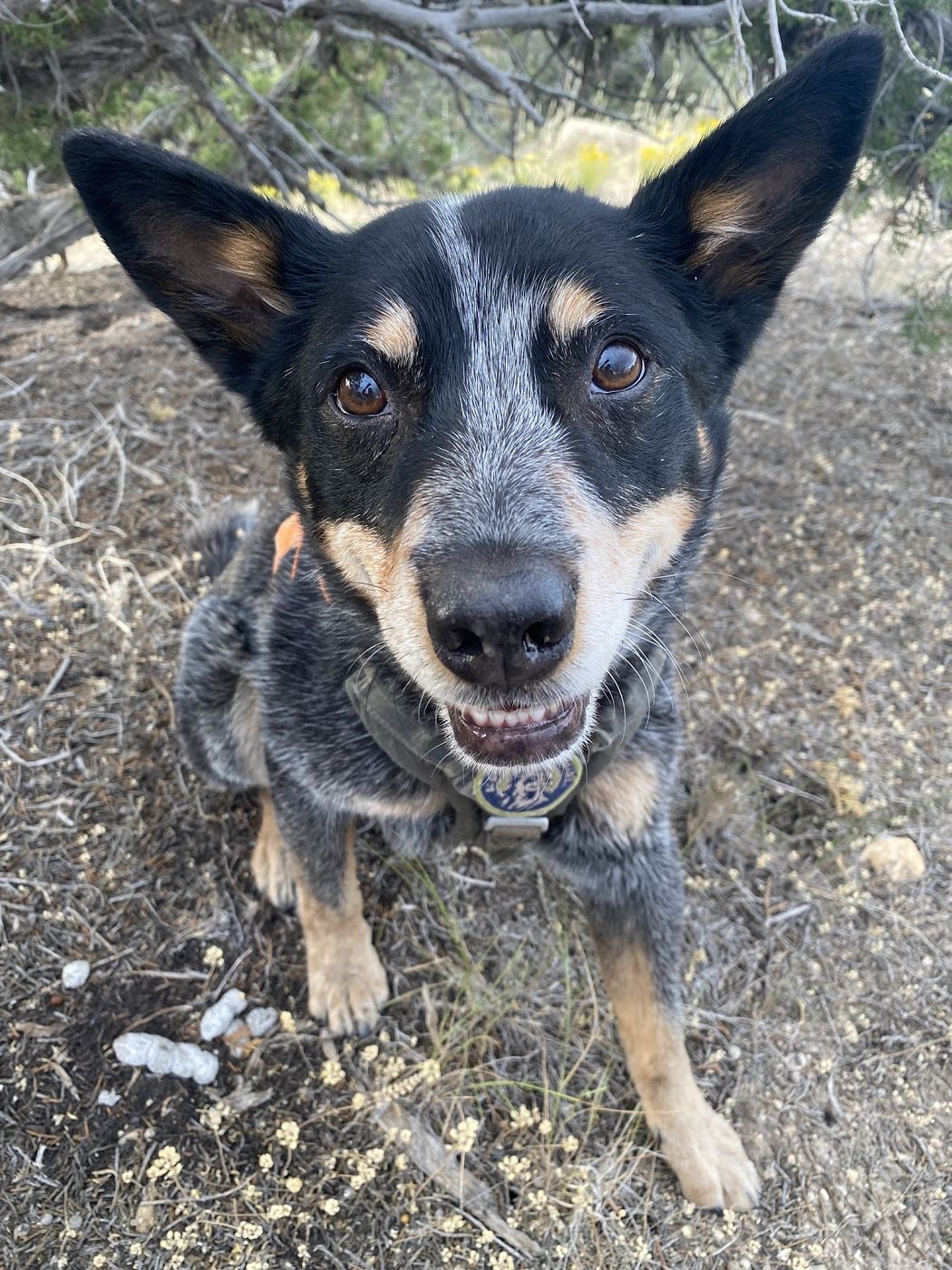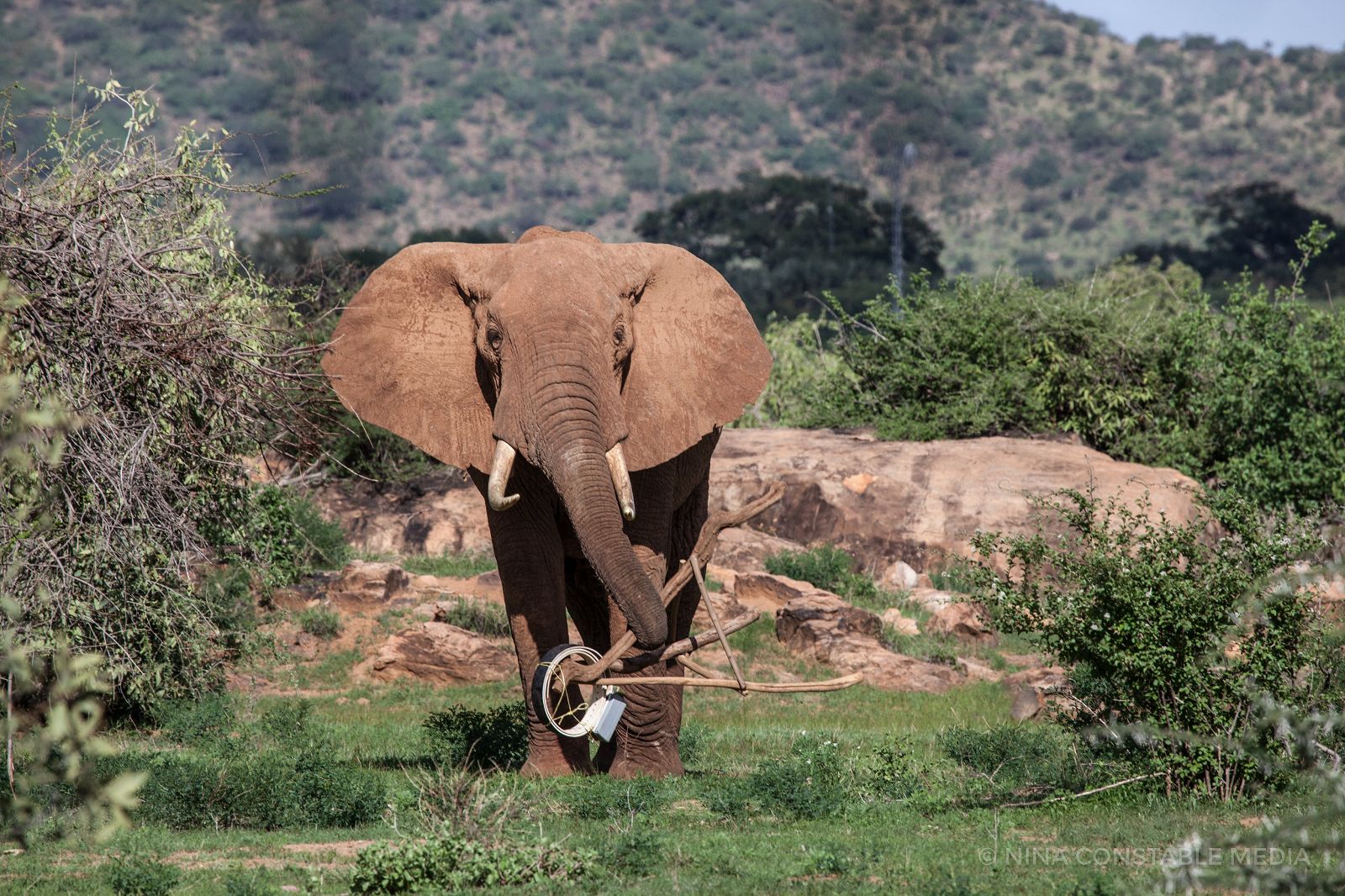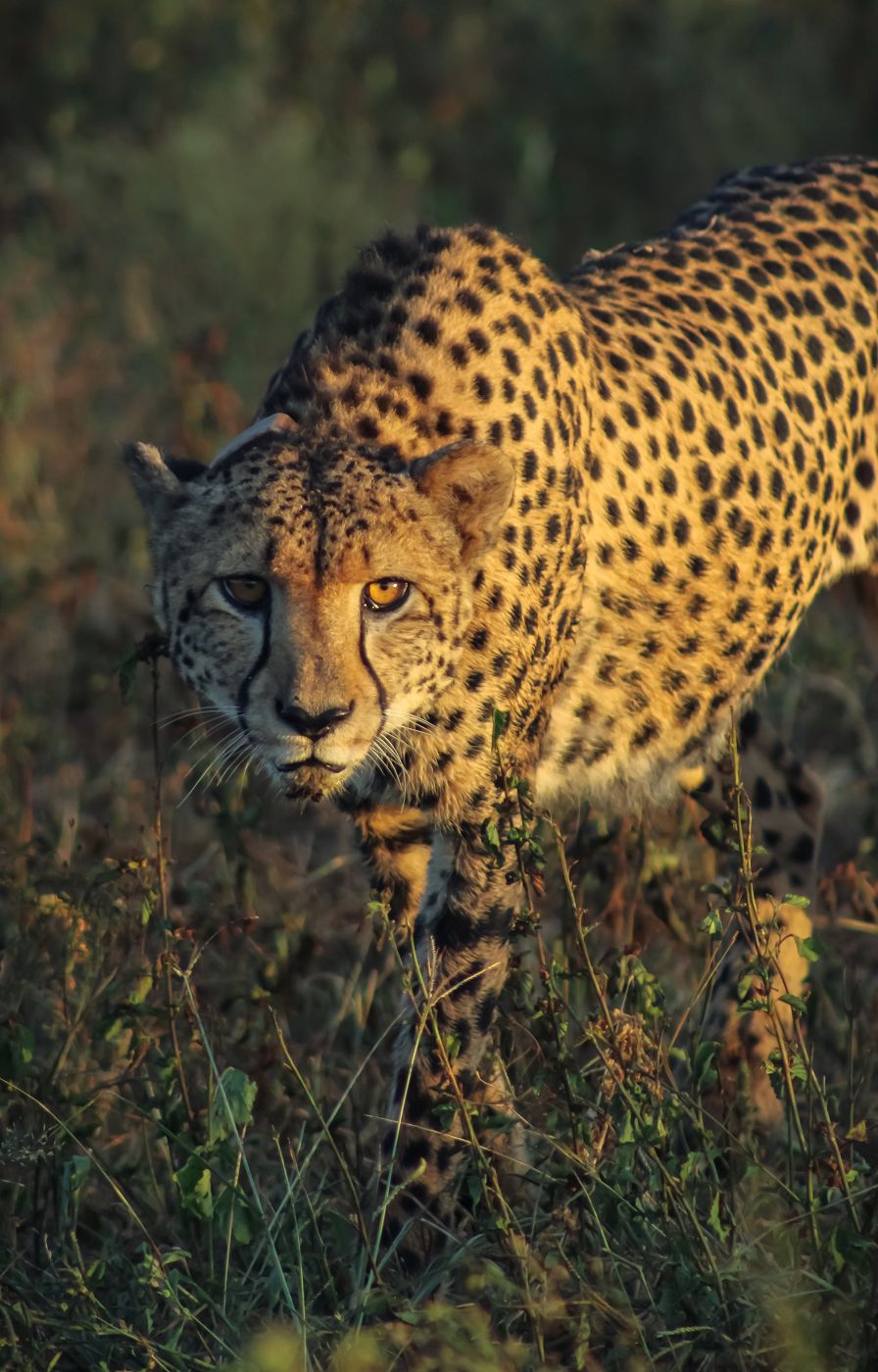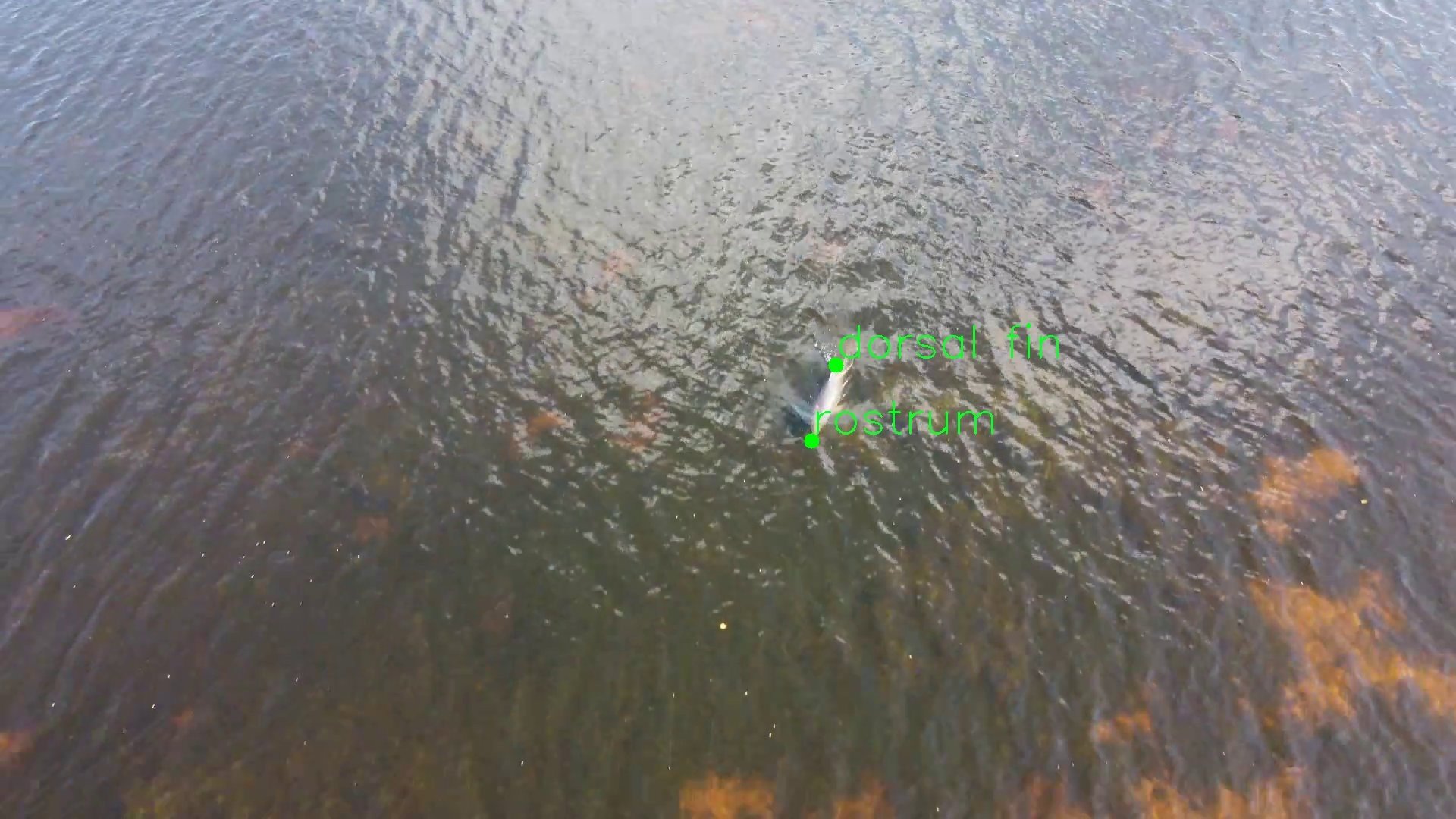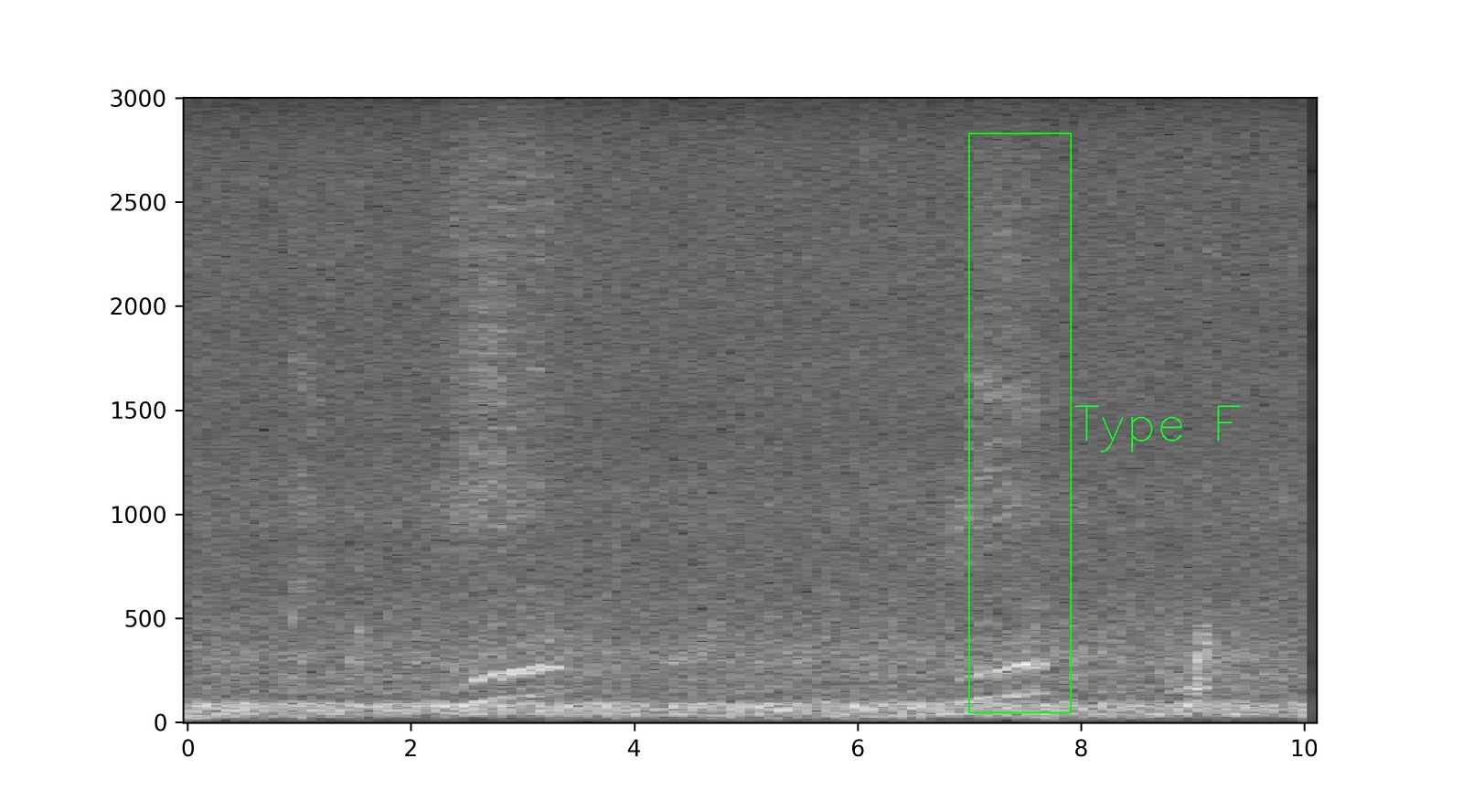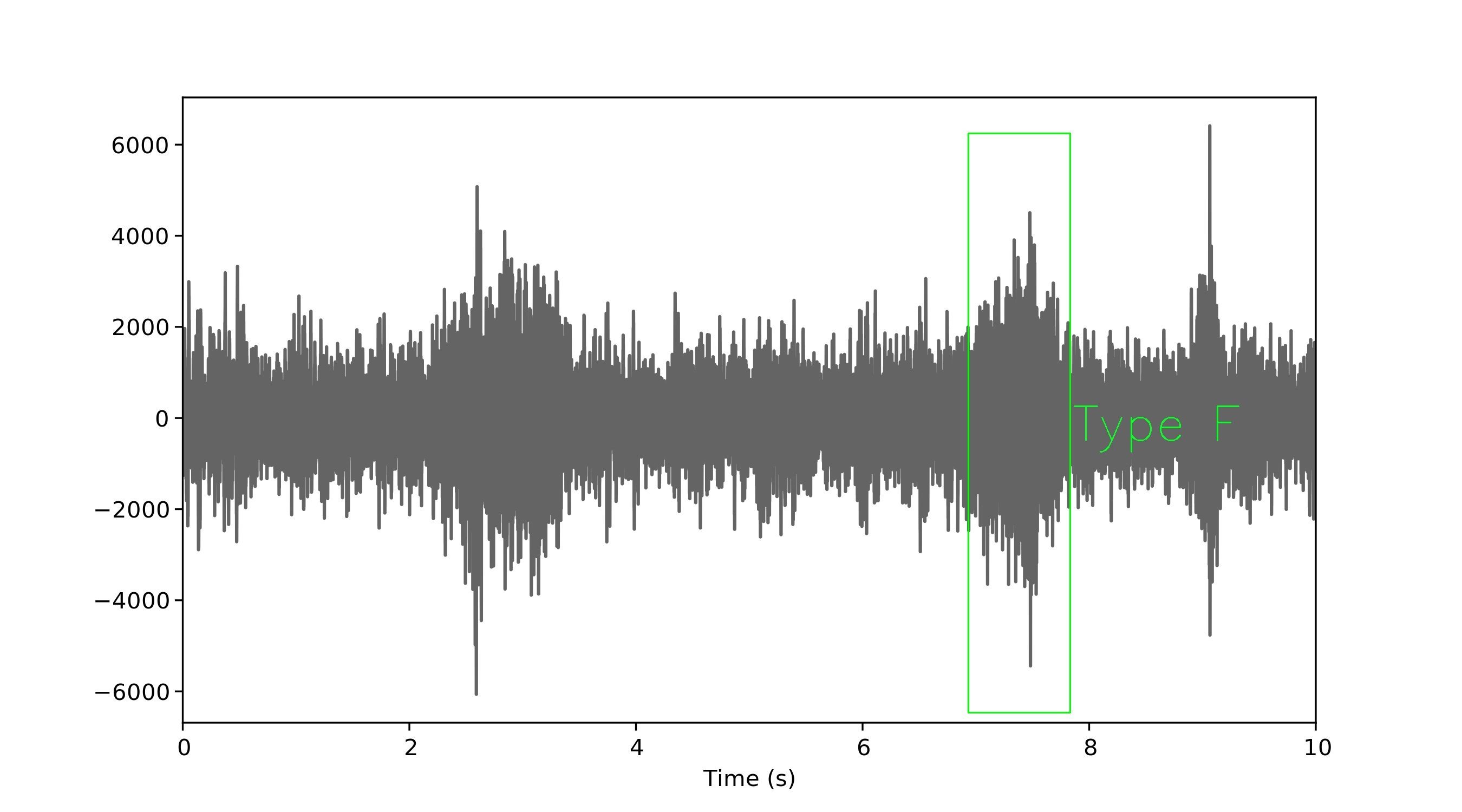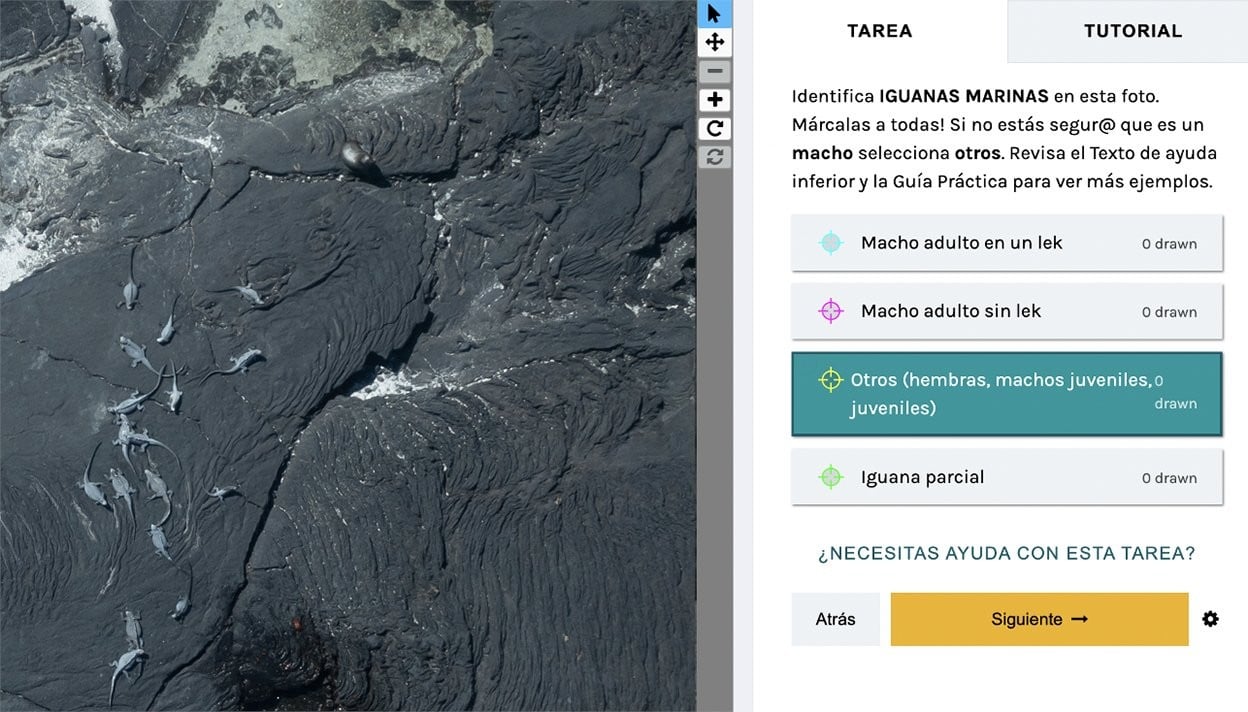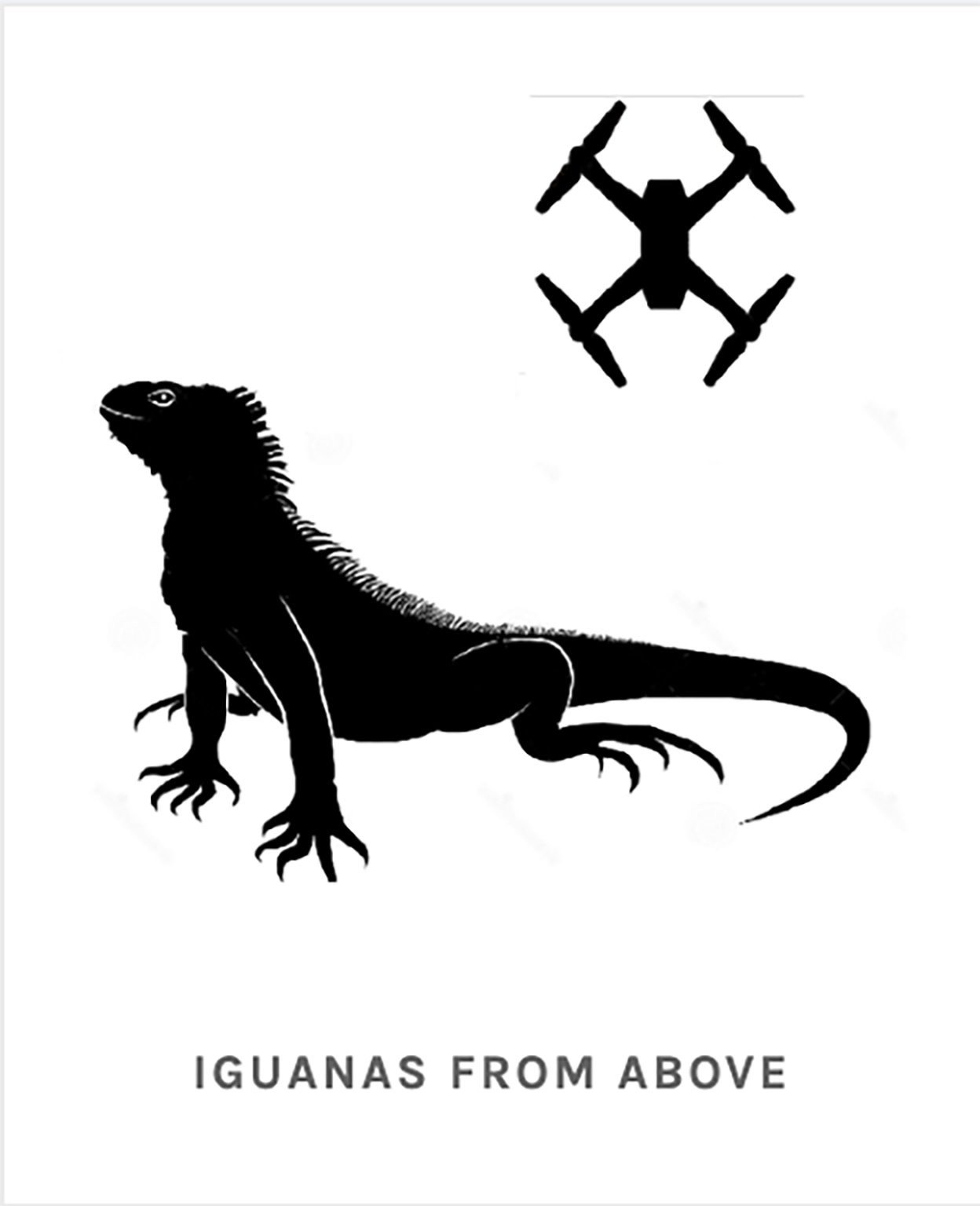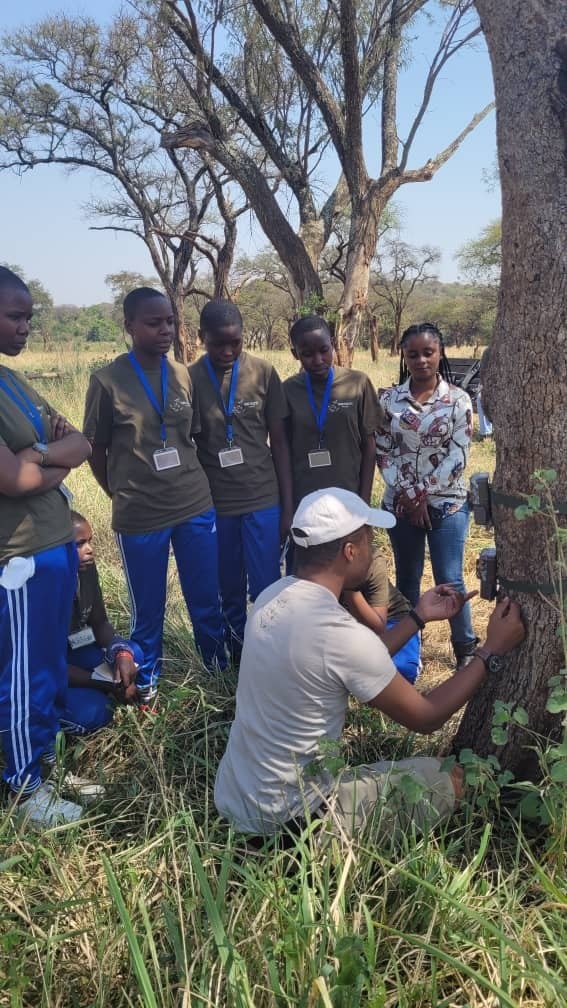WILDLABS #Tech4Wildlife Photo Challenge 2023
Tech in Action entries showcase technology being deployed or used in the field.
Vote for your top five!
All text is hyperlinked to original entries. Videos can be double-clicked to view.
It's the #Tech4Wildlife photo contest this week! Once again this year I got to participate in collating Caribou to understand their movements across the landscape and use of habitats in Ontario's Boreal forest. Capture can be challenging and dangerous unless you have the most pic.twitter.com/oIpq1ie7zH
— Alison Forde (@n8rnerd) July 25, 2023
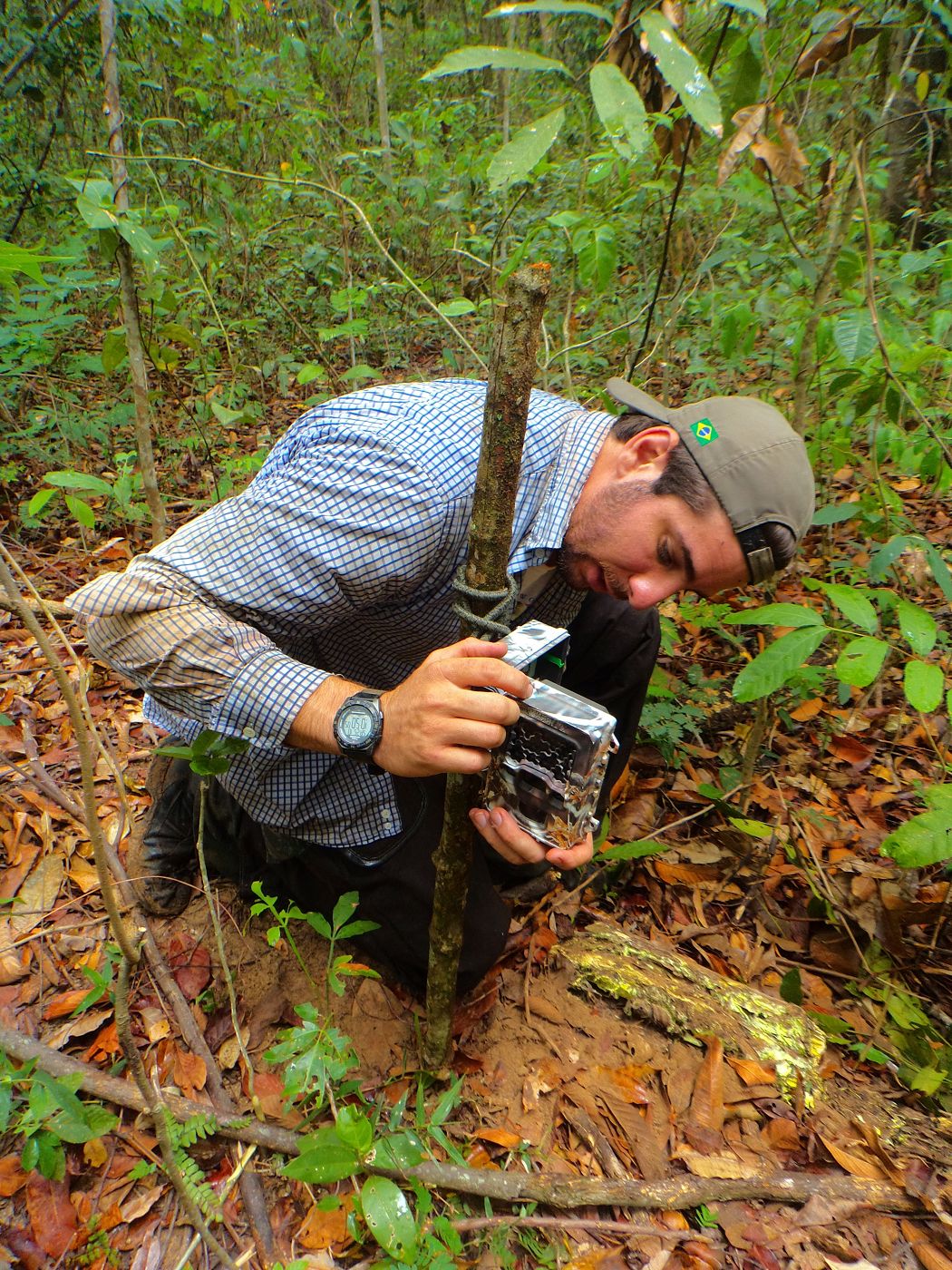
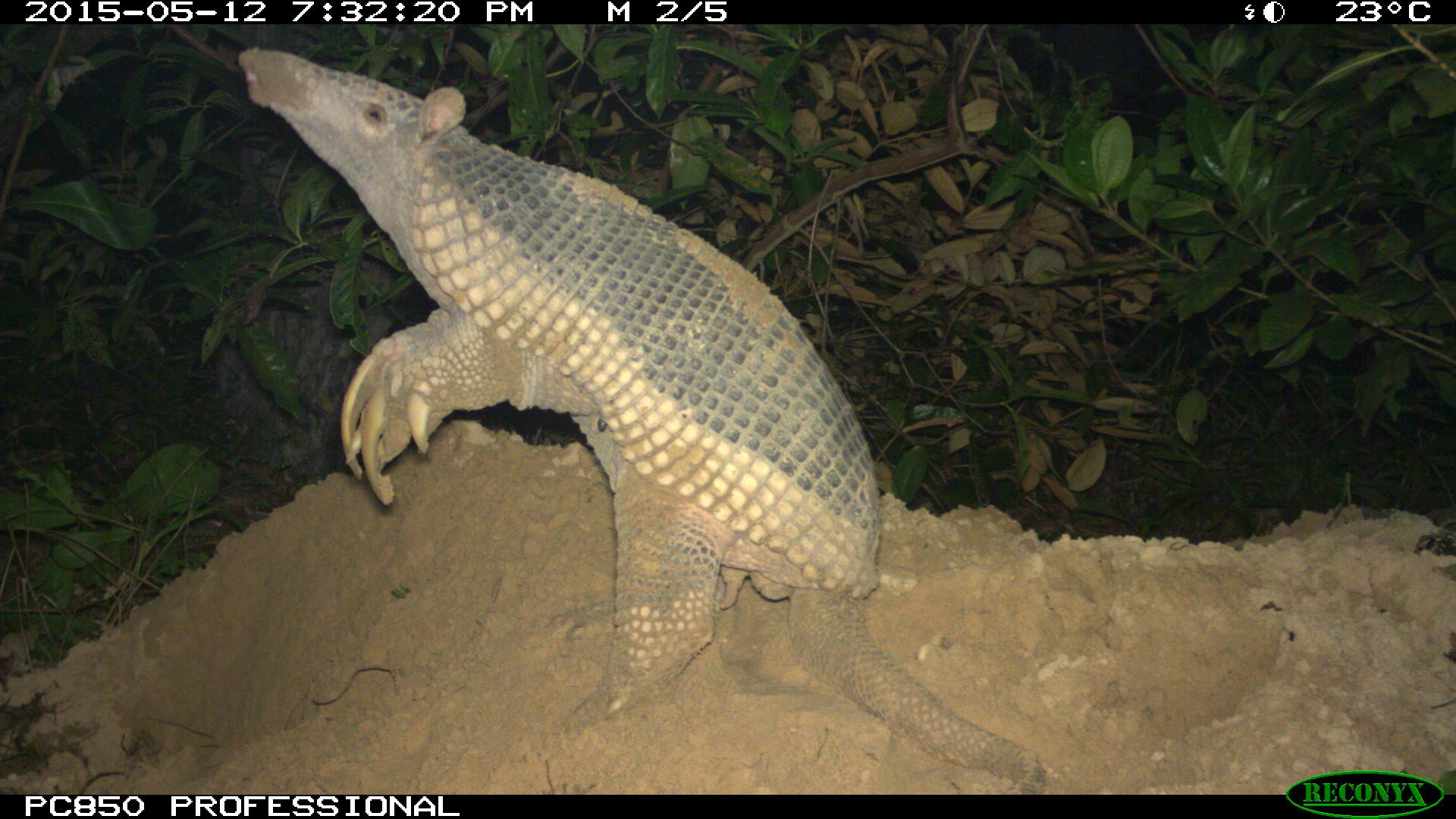
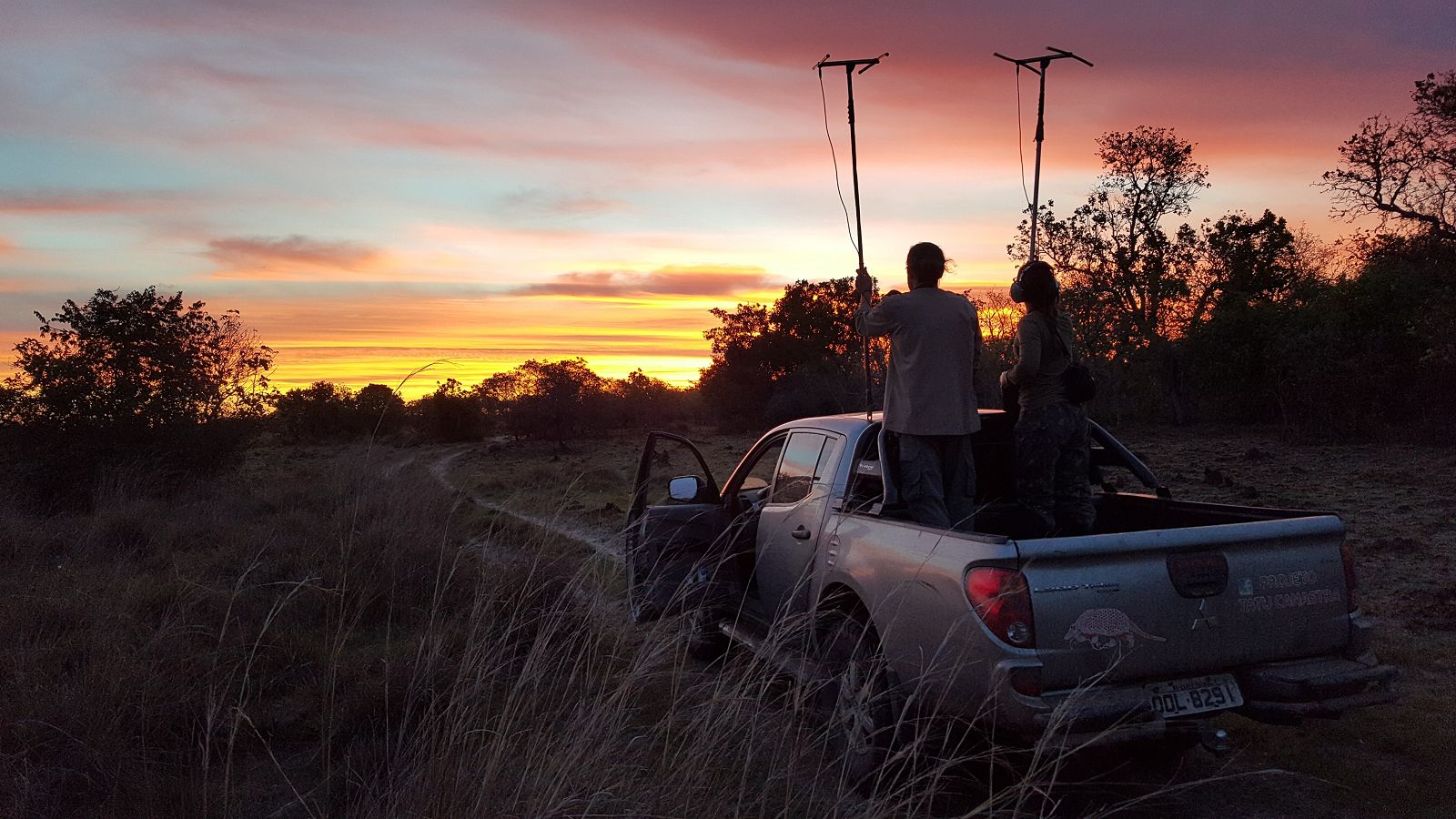
Nocturnal observations use a lot of #Tech4Wildlife climbing in the dark then spotting wildlife with thermals before switching to night vision binox seen in the previous post. #atneurope @CocoboloNature pic.twitter.com/K2QrwA6xrt
— lucy hughes (@lucy_lucycawte) July 28, 2023
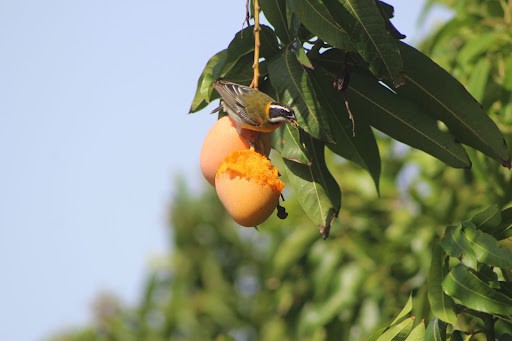
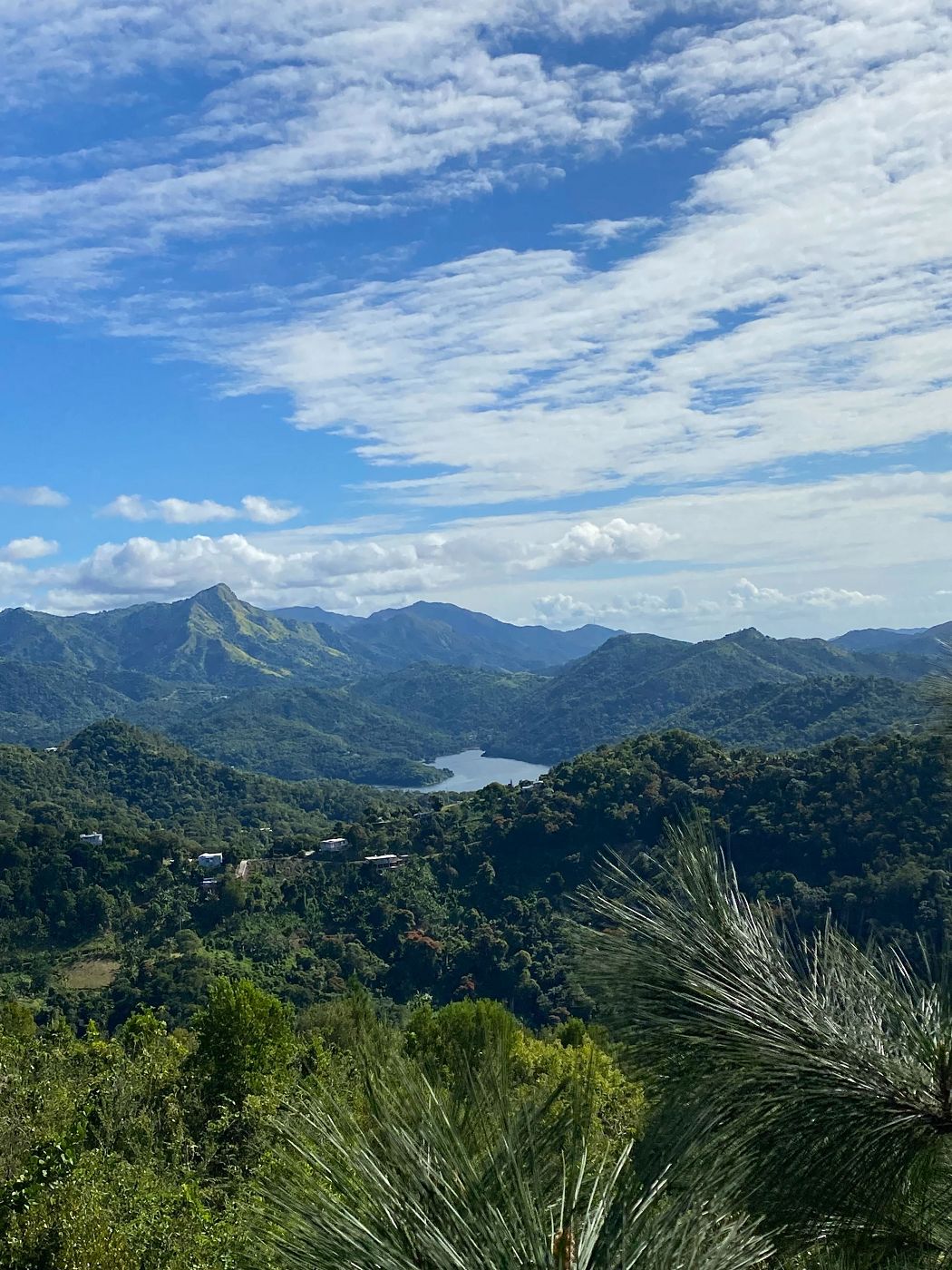
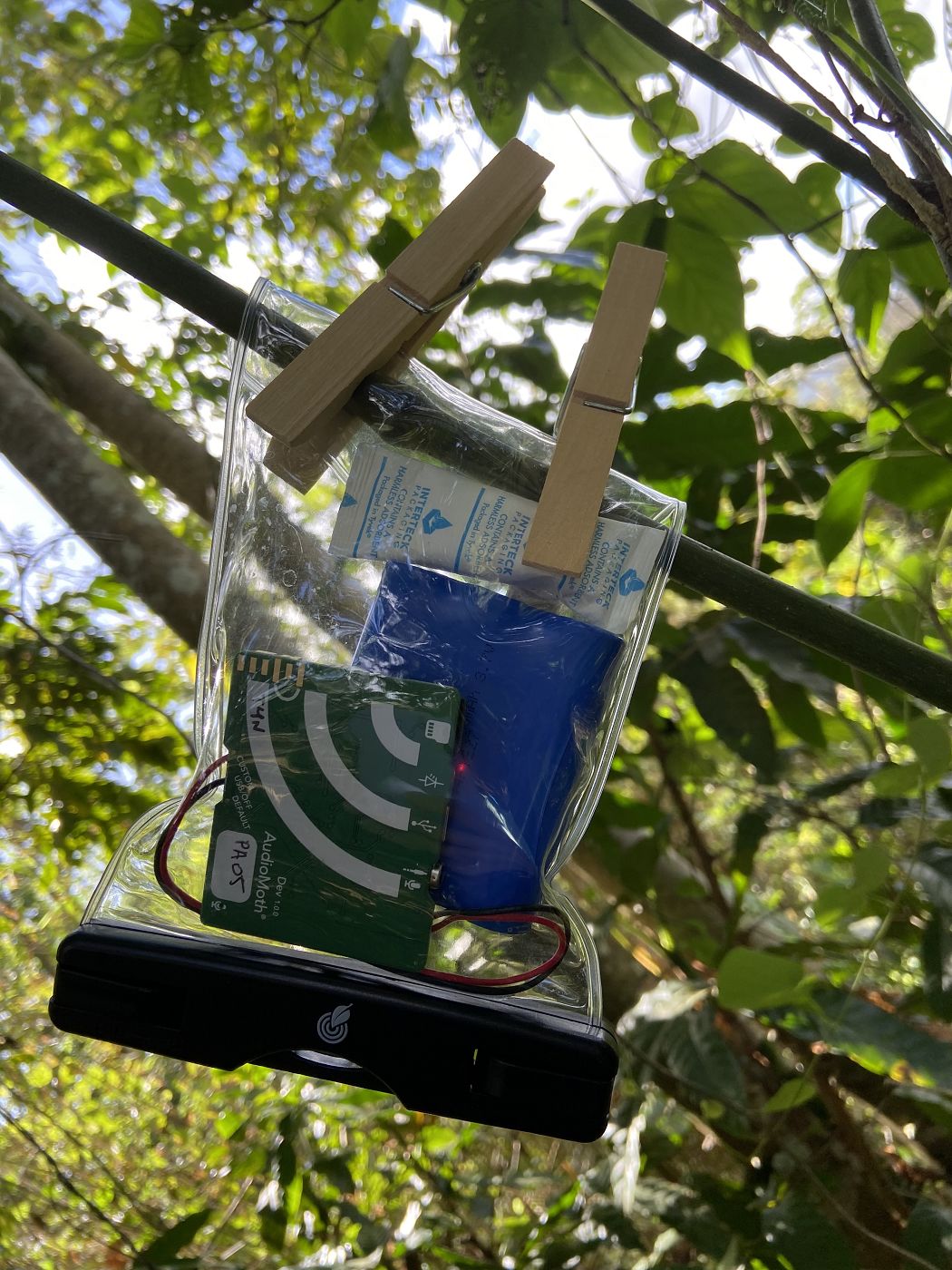
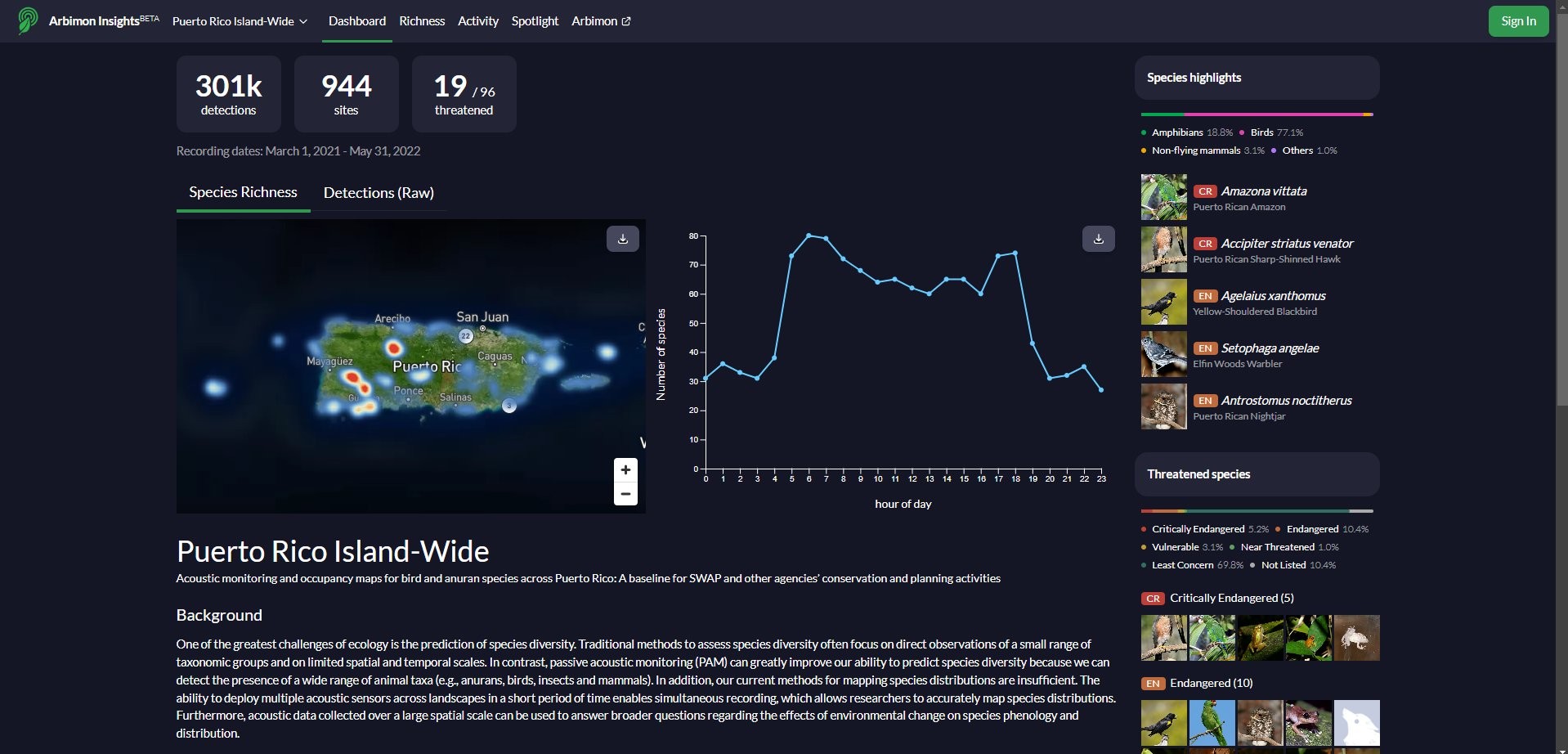
Up in the Puerto Rican canopy with our Guardian! #Tech4Wildlife pic.twitter.com/vChTMySb8a
— Rainforest Connection (@RainforestCx) July 25, 2023
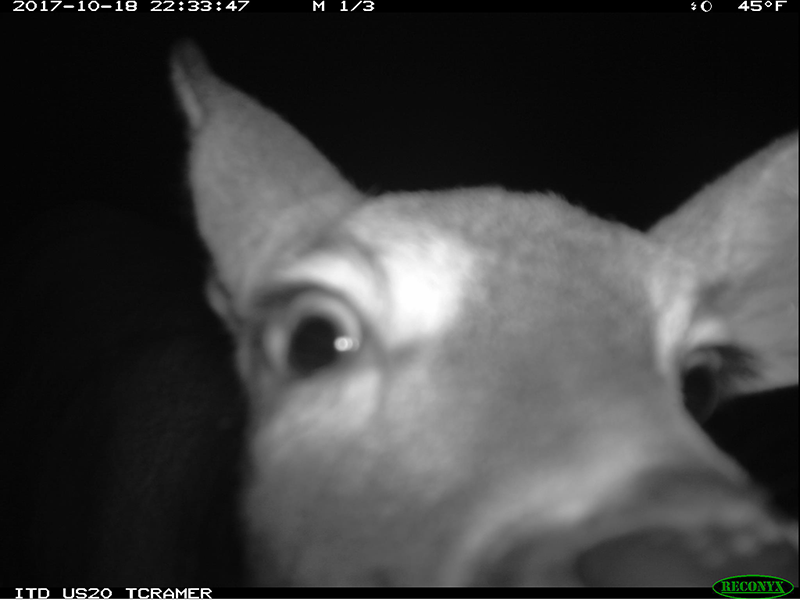
Last May 2023, back-to-back activities and trainings for data collection and management tool using EarthRanger were conducted in the provinces of Palauig and Masinloc in Zambales. The software solution, EarthRanger, is designed to aid protected area managers, ecologists, and wildlife biologists in making better operational decisions for wildlife conservation. As an incredibly efficient and convenient tool, at least 24 participants from various government agencies will then adopt and monitor their respective areas for activities in EBMS using EarthRanger as #Tech4Wildlife.
WILDLABS Community
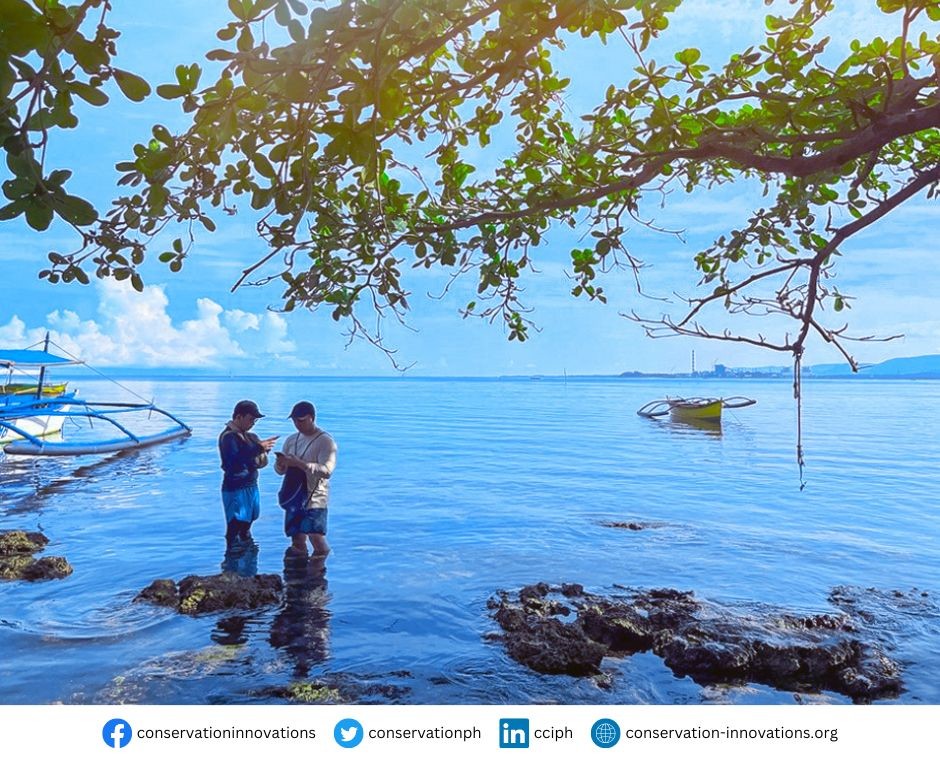
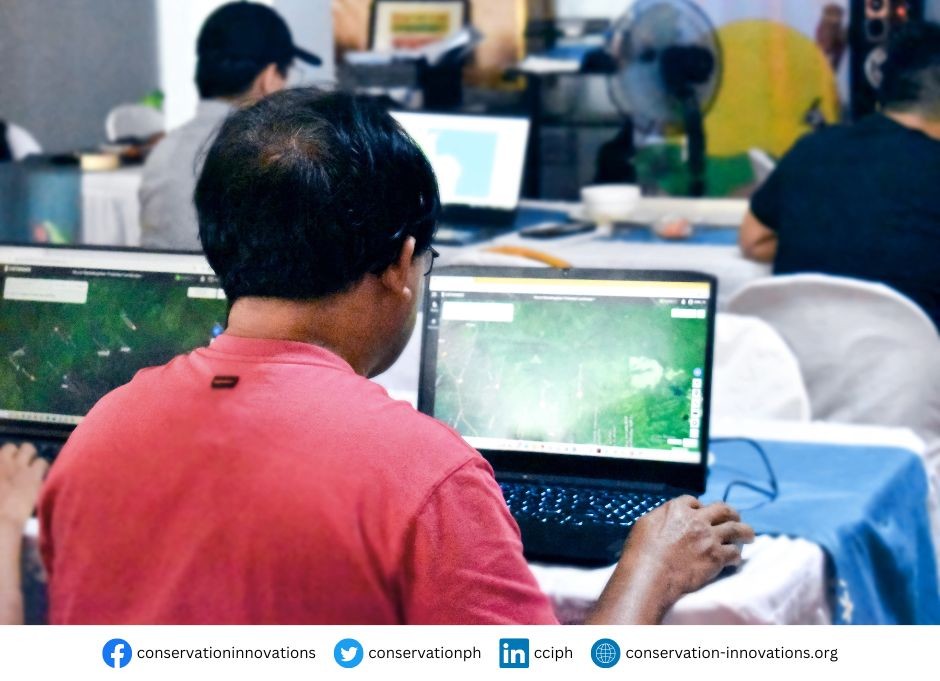
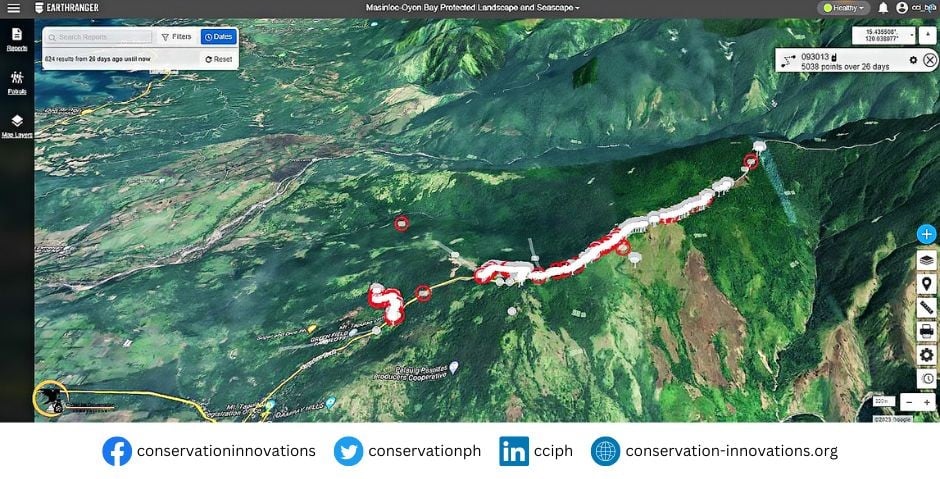
As part of our #Tech4Wildlifeconservation efforts, our Biodiversity Solutions and Technology Solutions teams have spearheaded the installation of camera traps within Mount Mantalingahan Protected Landscape (MMPL) during the High Conservation Value Areas (HCVA) Assessment. The camera traps (c-traps) are comprised of both traditional and modified c-trap units (special thanks to Wildlife Protection Solutions for providing the modified units).
With the use of both c-traps, recording observations of fauna species remotely becomes easier and more effective, particularly in areas that are difficult to enter and monitor regularly. The modified units also allow for real-time reporting and is integrated with the domain awareness tool, EarthRanger.
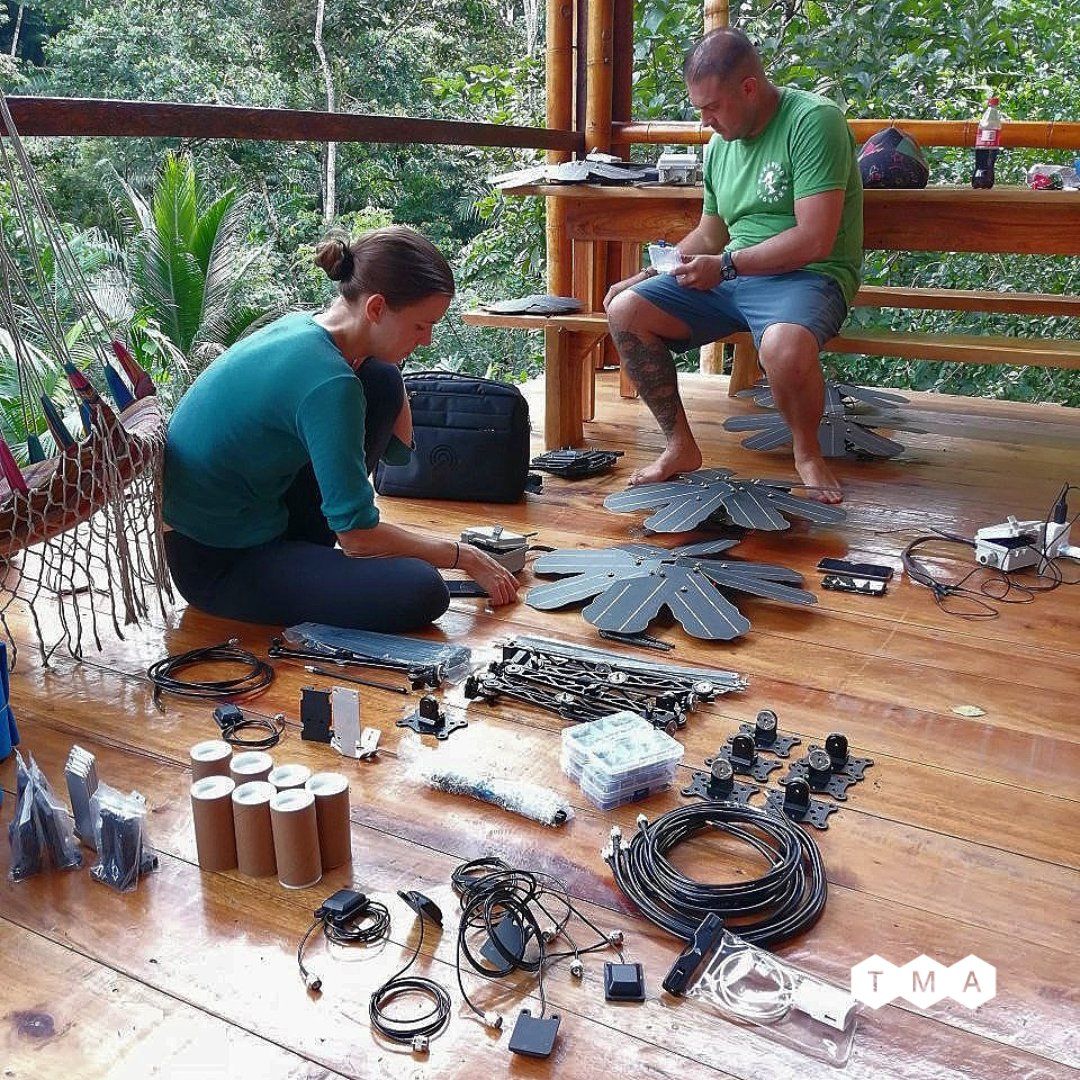
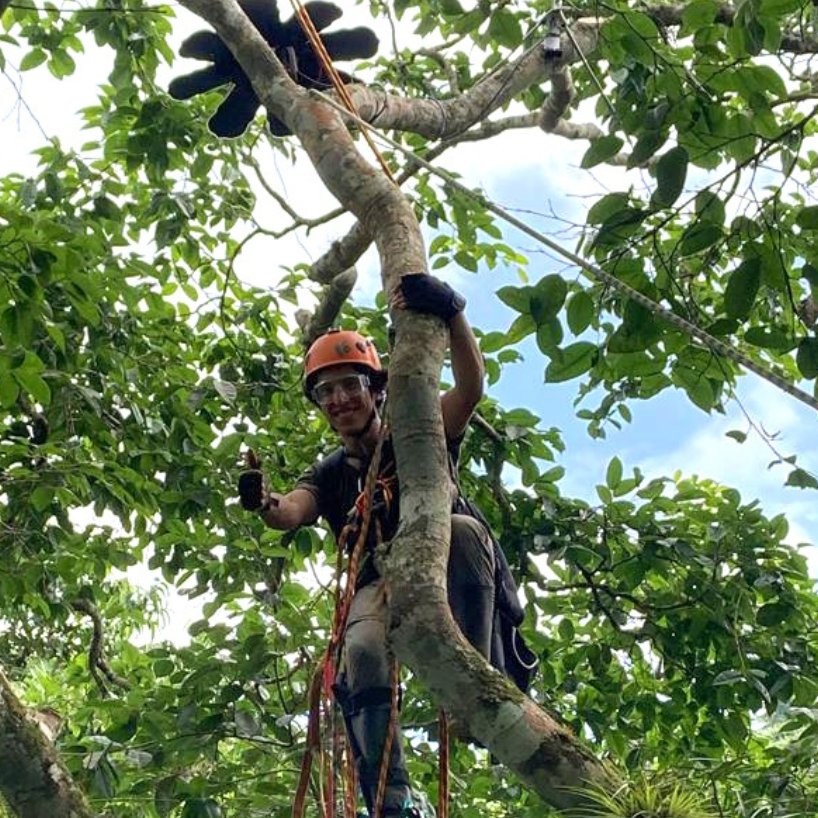
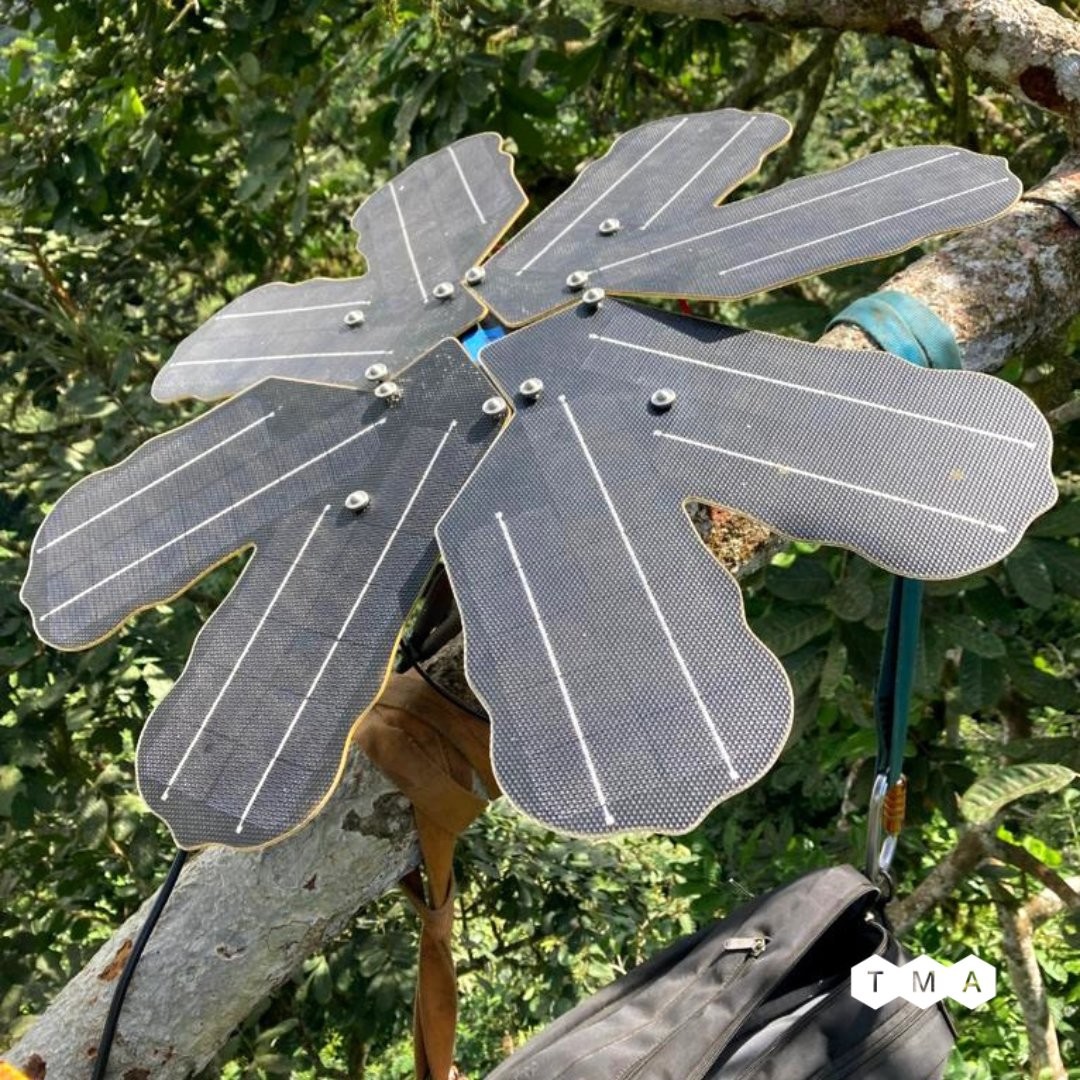
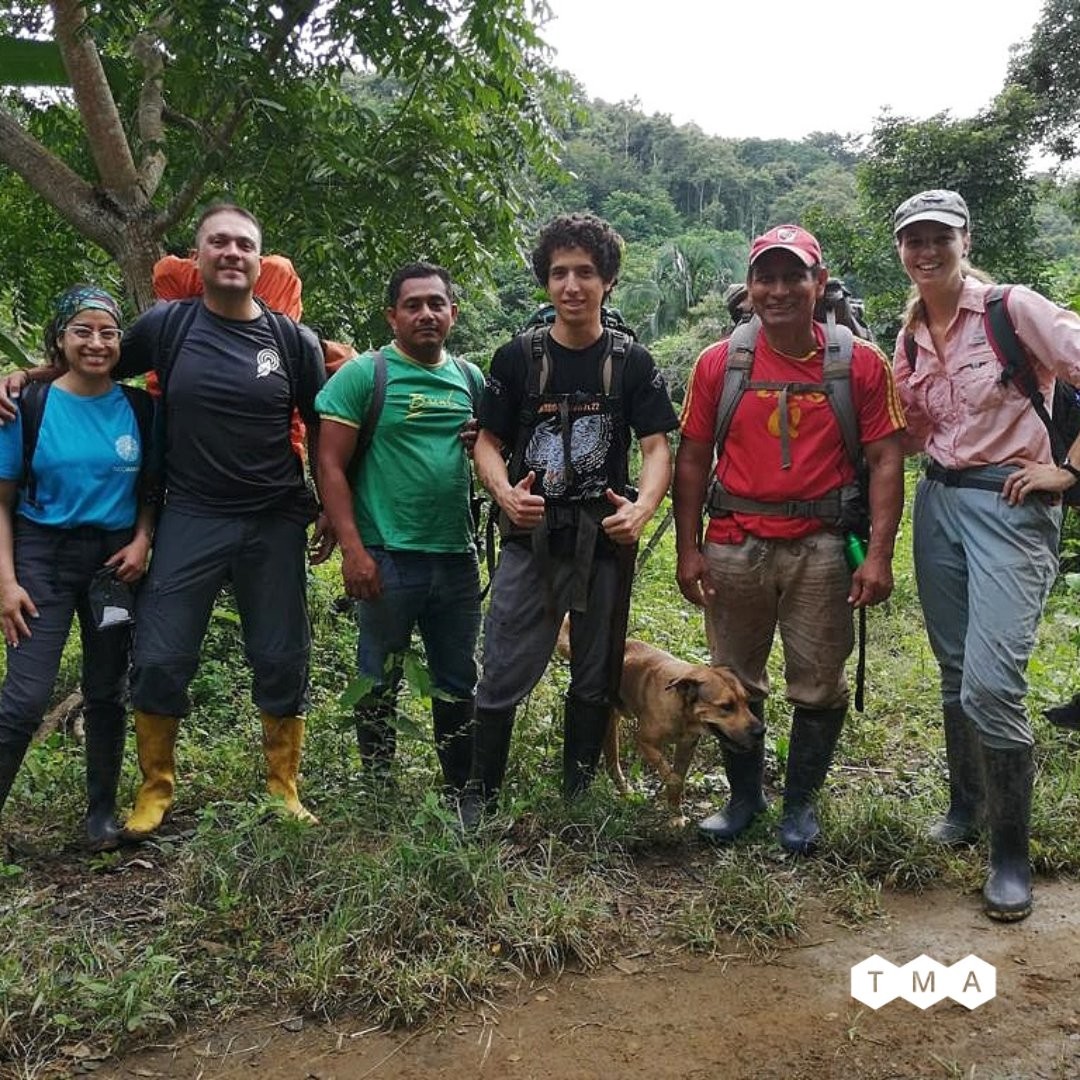
Here's a video of just the #AI part with a fun soundtrack #Tech4Wildlife pic.twitter.com/IehW3UEzm8
— Roland Kays (@RolandKays) July 28, 2023
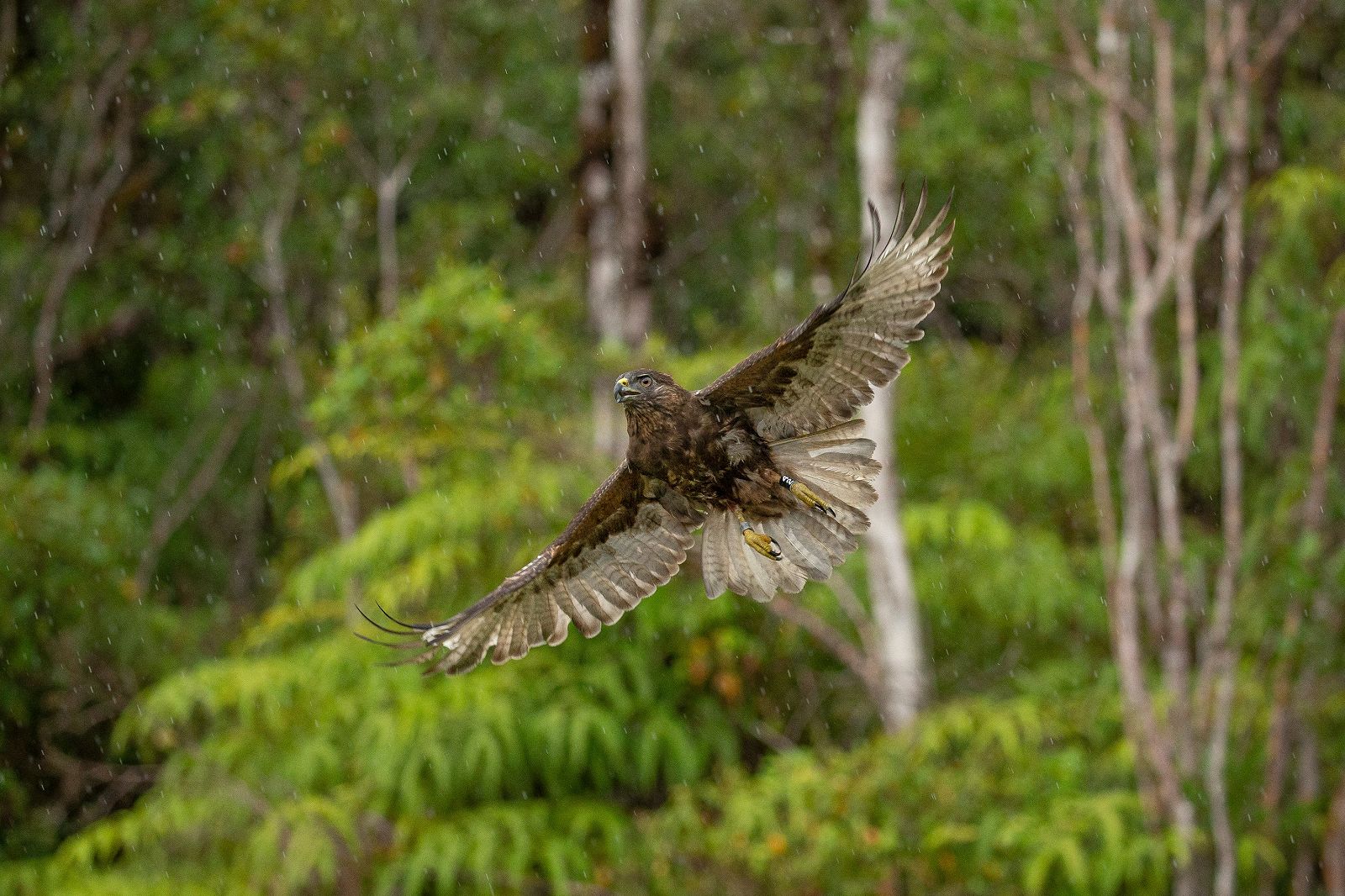
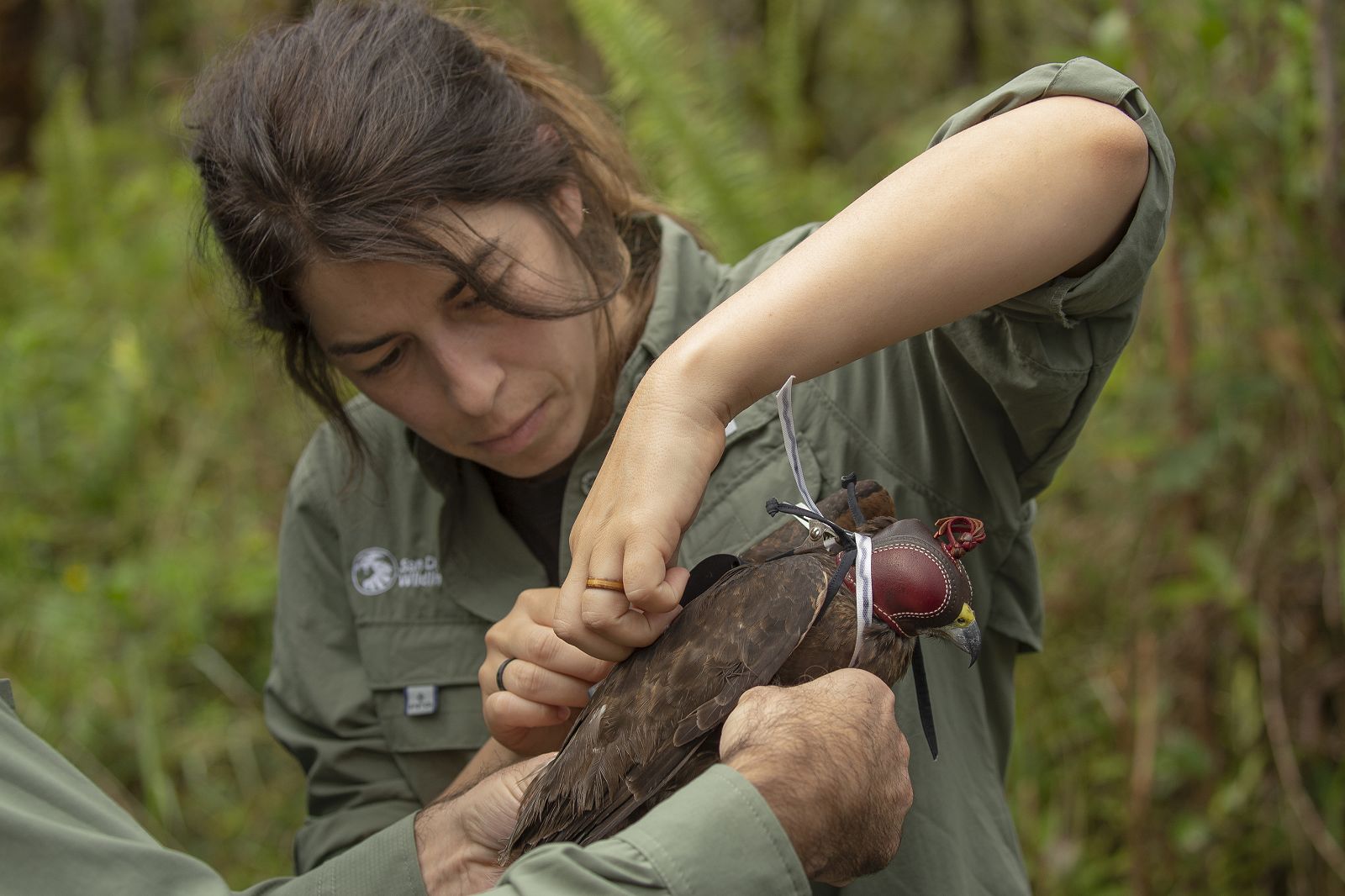
Using collar data and Google Earth, we can visualize movements! Orange is a female human-habituated bear and blue is a male non-habituated bear. The valley she spends her time in is full of campgrounds, day-use areas, and hiking trails. The Highwood Pass is less developed... 🧵 pic.twitter.com/0BllTJeROi
— Alyssa Bohart (@AMBohart) July 28, 2023
Tech Innovations entires showcase a new idea, a creative outside-the-box use of technology, or maybe even an exciting project that is still developing.
Vote for your top five!
All text is hyperlinked to original entries. Videos can be double-clicked to view.
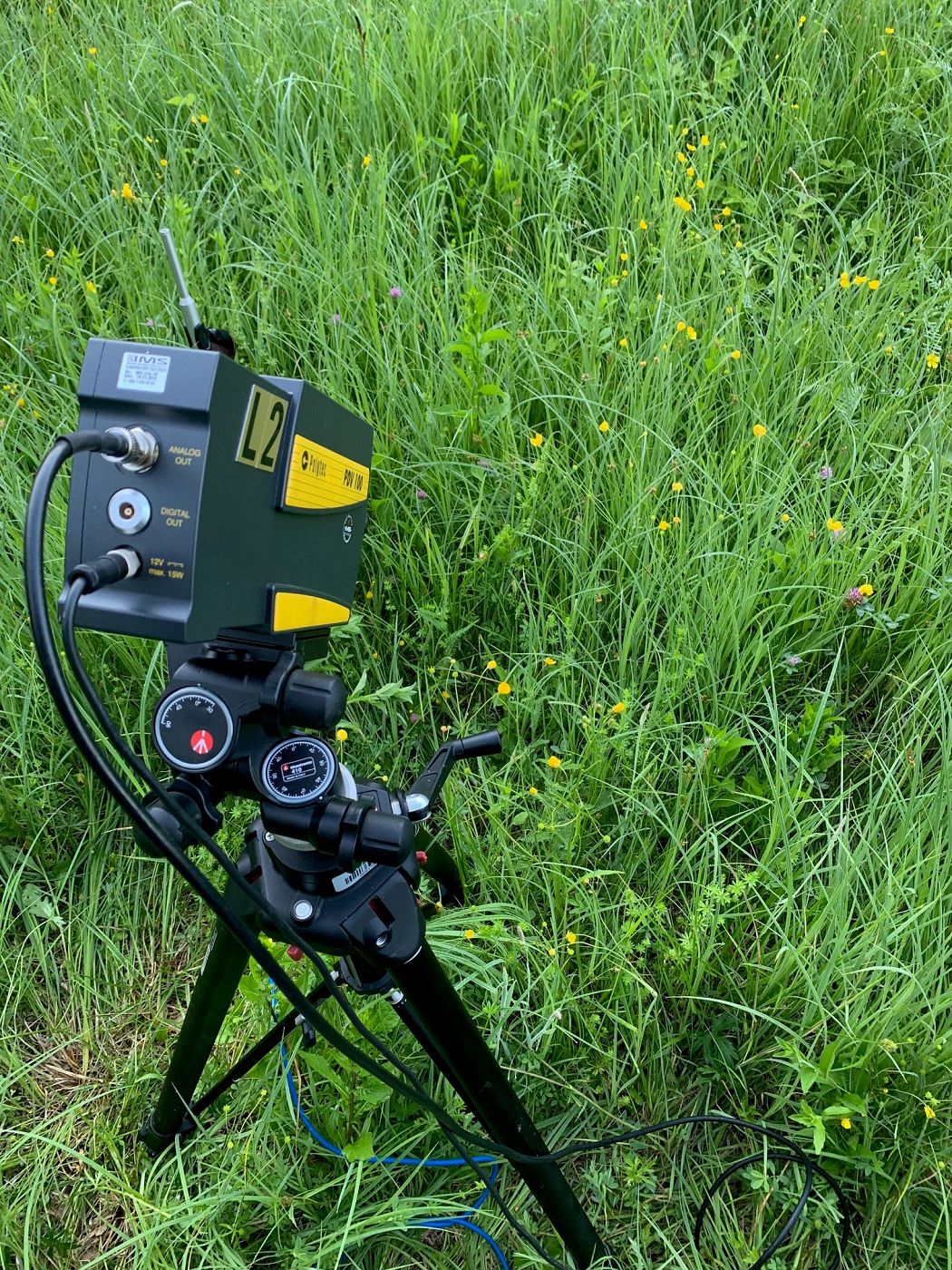
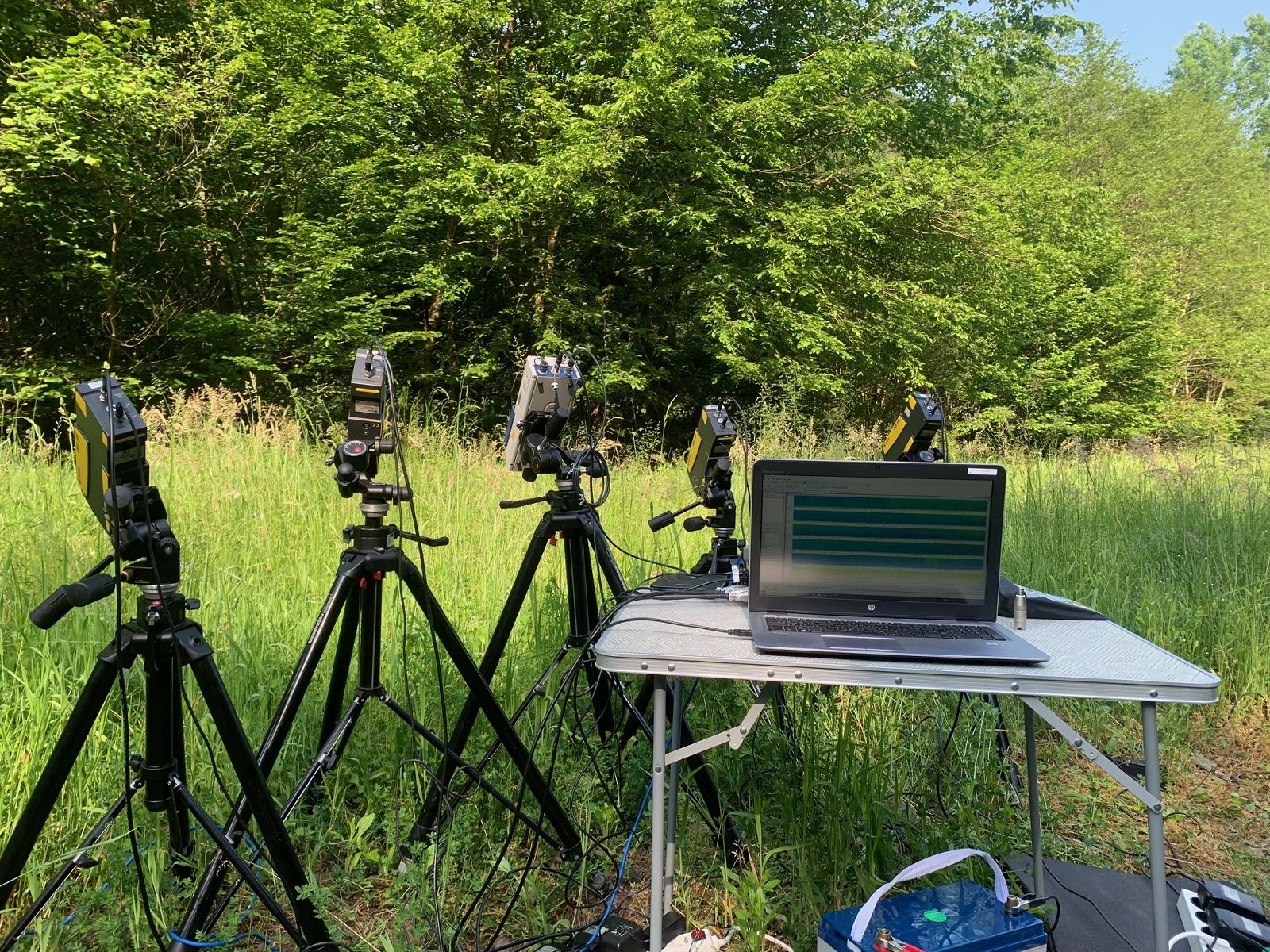
#Tech4Wildlife 2/2 And the full setup ready for several days of recordings. A lot of fine equipment here that needs shade from the sun. In the video you can also hear a small sample of the "sounds" (vibratory signals) recorded there! @WILDLABSNET pic.twitter.com/SgYJ5yv4wy
— Juan López (@juanetino) July 25, 2023
Day 4. Margay Project using a variety of #Tech4Wildlife to install an observation chair. @CocoboloNature pic.twitter.com/uvRMNEwqRH
— lucy hughes (@lucy_lucycawte) July 27, 2023
Yet more tech repurposed from the hunting industry, we used night vision binoculars and thermal imaging optics to observe and film nocturnal animals, a group that has long been ignored due to limitations in traditional equipment. #Tech4Wildlife #atneurope @CocoboloNature pic.twitter.com/2LKrWun3xe
— lucy hughes (@lucy_lucycawte) July 28, 2023
Happy to re-share this video for the #Tech4Wildlife Photo Challenge! @WILDLABSNET @NOAAFisheriesSE pic.twitter.com/312ZNL2m0o
— Oceans Unmanned (@OceansUnmanned) July 24, 2023
Inside these @arribada_i collars is @OpenAcoustics µMoth #Tech4Wildlife. These are some of the domestic dog volunteers helping train an acoustic model to better understand endangered African Wild Dogs. Thanks Arribada for the photos . Find out more here https://t.co/NzARM5vGbk pic.twitter.com/qT78AXkk6O
— Open Acoustic Devices (@OpenAcoustics) July 26, 2023
Identifying a single species used to take 4.5 months, it now takes minutes 🐸🗓️. By applying #AI to #acoustics for #datainsights we're expediting our ability to better inform #conservation action.
— Rainforest Connection (@RainforestCx) July 26, 2023
It's Day 2 of @WILDLABSNET's #Tech4Wildlife photo challenge! 🐒📸 (don't miss our… pic.twitter.com/3QrJH2jMTY
It all started with field experiments like this in 2008 where our Head of Human-Elephant Coexistence, Dr Lucy King, played #tech generated bee sounds to wild elephant herds.
This research led to the adoption of beehive fences as elephant deterrents that protect farms from elephant crop raids.
To date, over 11,000 STE elephant deterrent beehives have been deployed worldwide across 90 sites in 23 countries.
@lucyeking99 / Save the Elephants
#Tech4Wildlife Photo Challenge!
— 3Diversity (@3Diversity_ec) July 28, 2023
Fostering biodiversity Research! We are creating #OpenAccess #3Dmodels of amphibian and reptile museum specimens of @Bioweb Ecuador using #photogrammetry, so that everyone can interact with them without the risk of damaging the original specimen. pic.twitter.com/vG28TrKiLJ
Tech Impacts entries showcase how technology has made a difference in conservation efforts, whether through valuable data, informing policy, directly protecting wildlife or habitats from crime or natural disasters, or other such impacts.
Vote for your top five!
All text is hyperlinked to original entries. Videos can be double-clicked to view.
For @WILDLABSNET #Tech4Wildlife week this year we wanted to tell you a little more about ⚡️The whys of the BearID Project⚡️ Why do the whys matter? Tech4Wildlife that is rooted in solving real-world problems holds the most potential for application to conservation.1/n pic.twitter.com/1JdYWOra6J
— BearID Project (@bearid_project) July 28, 2023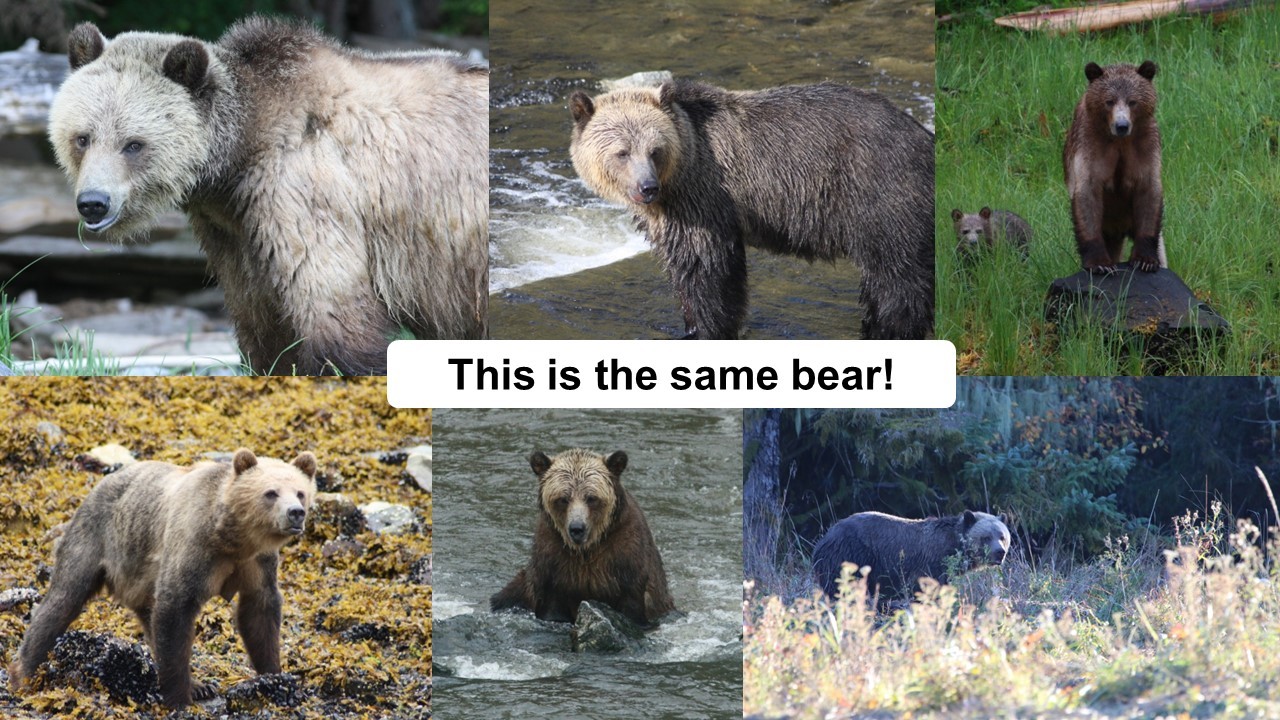
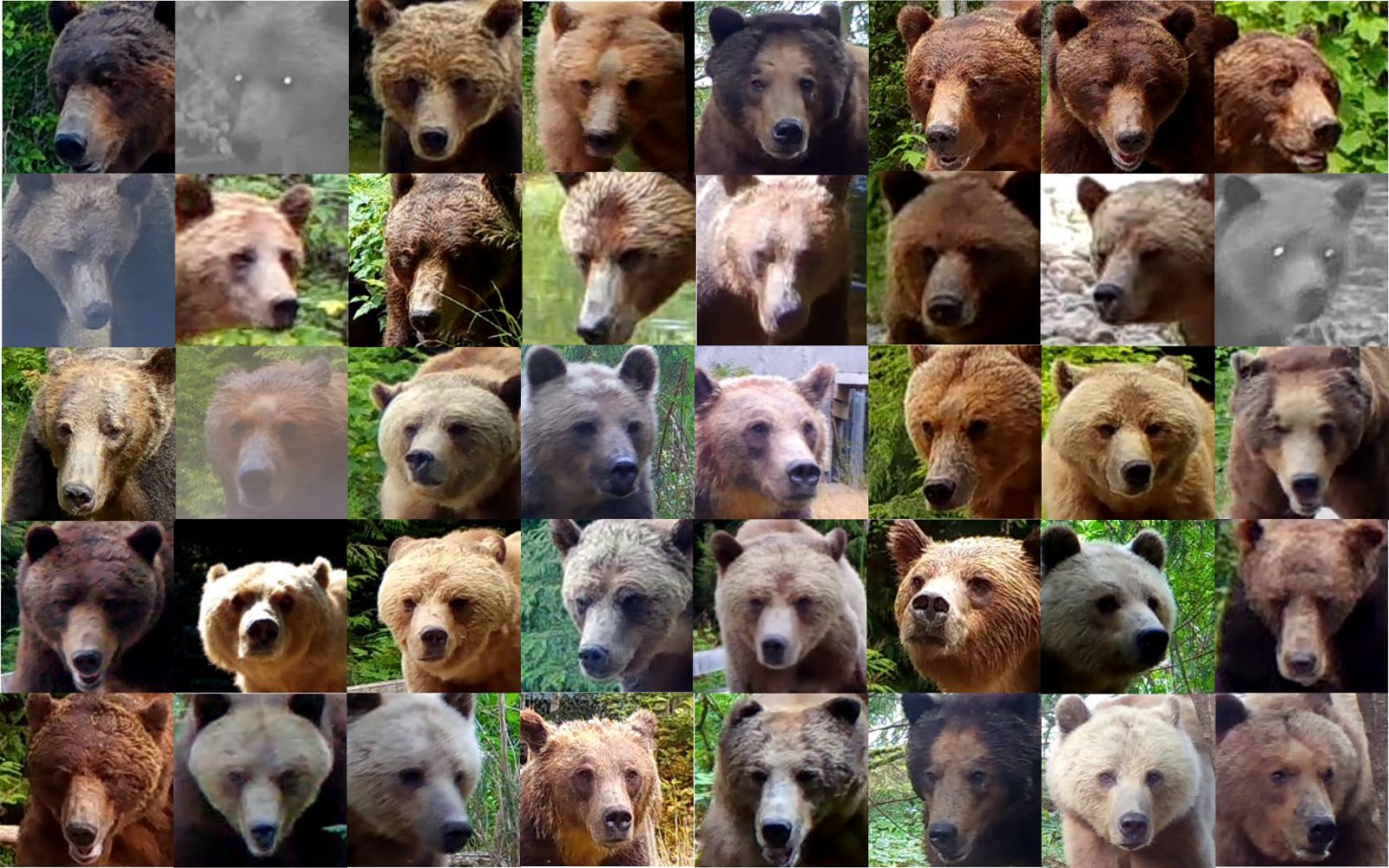
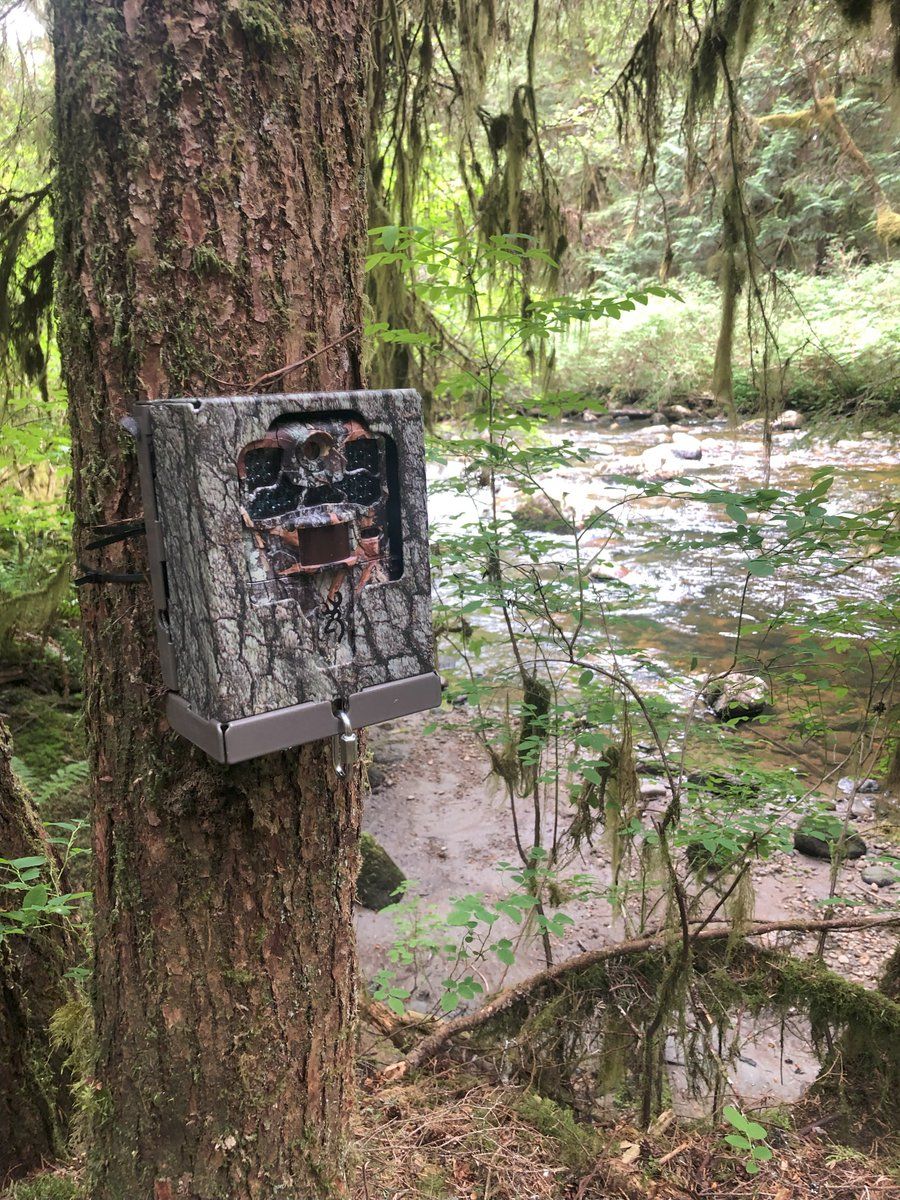
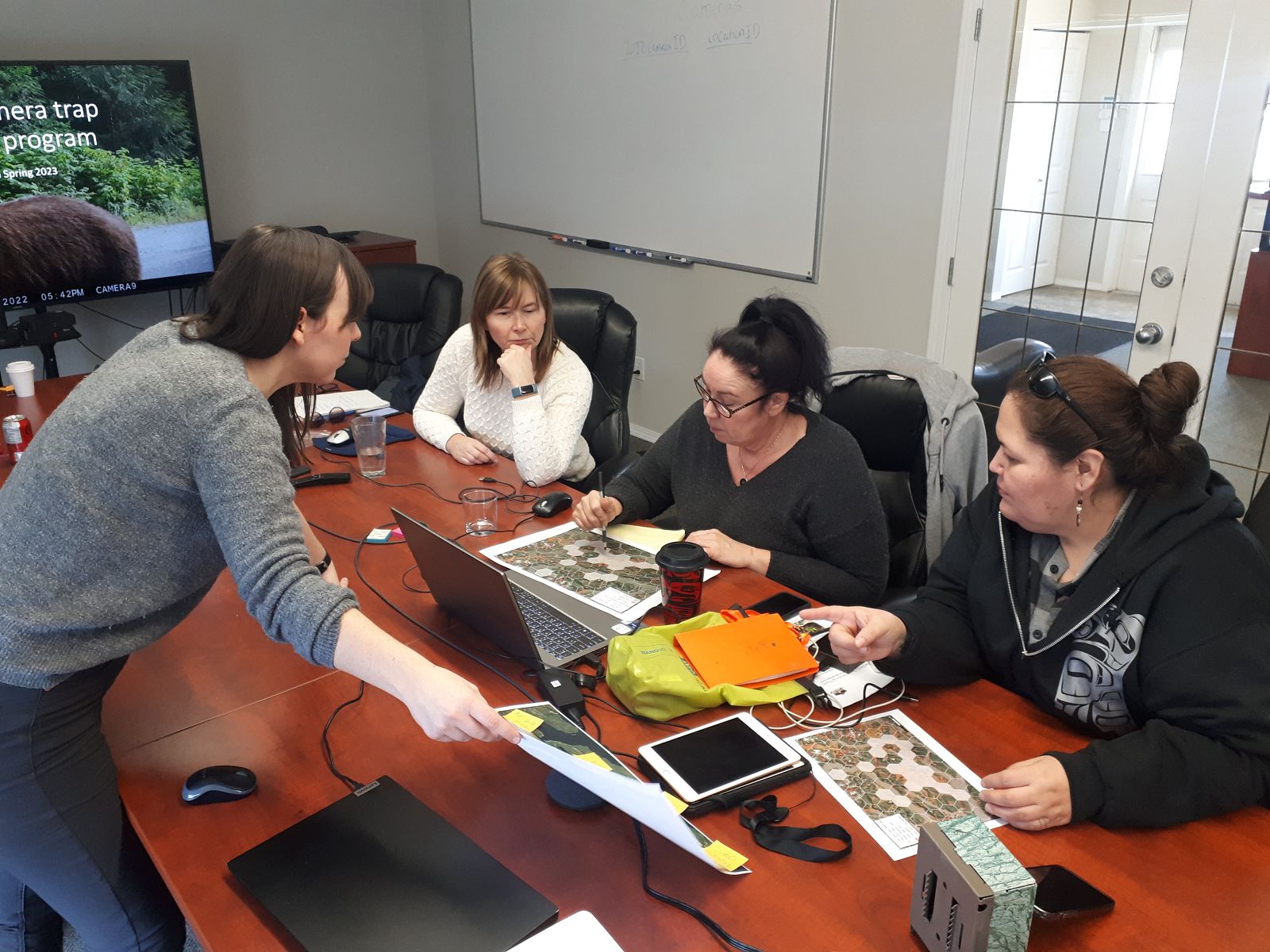
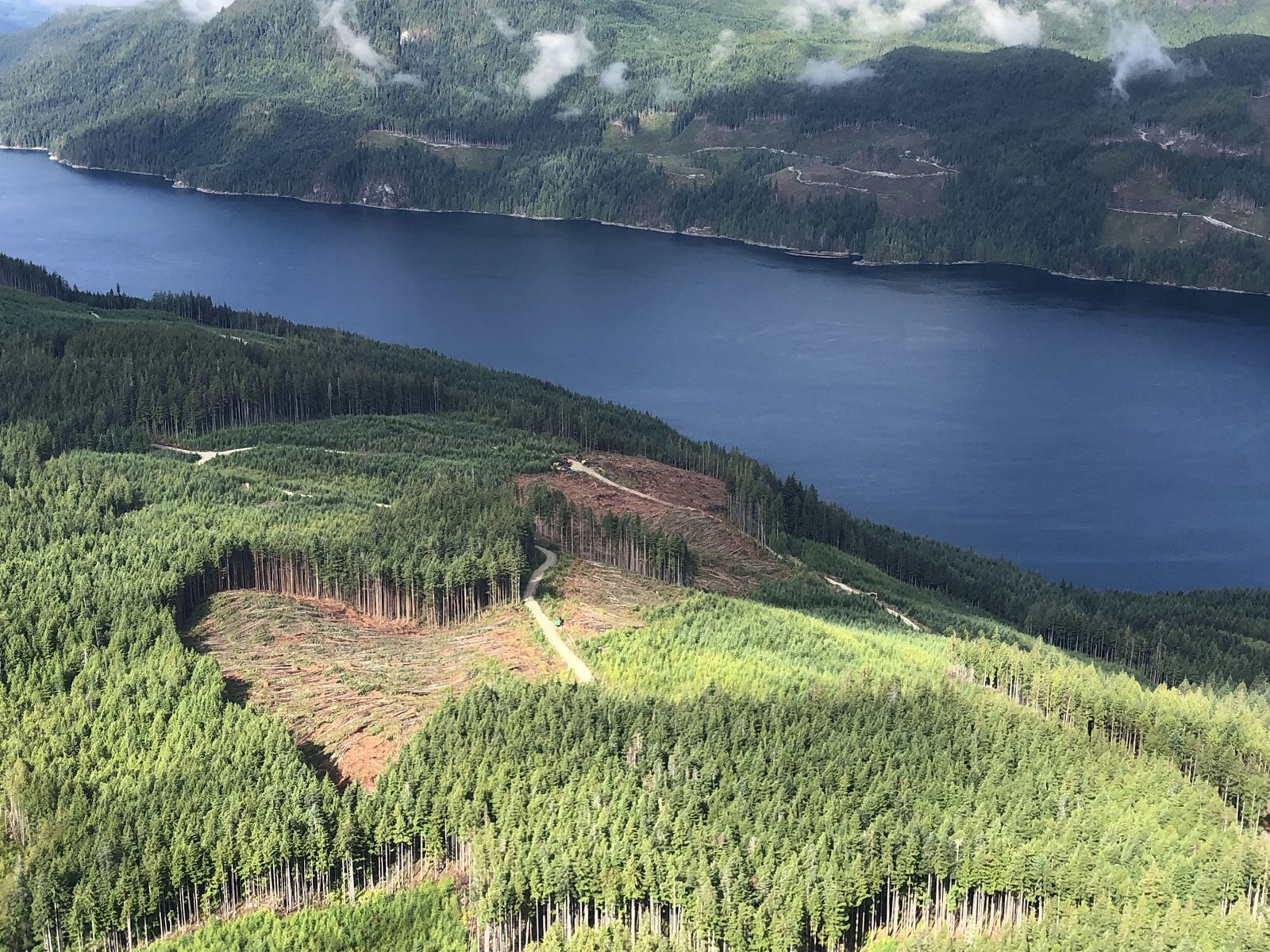
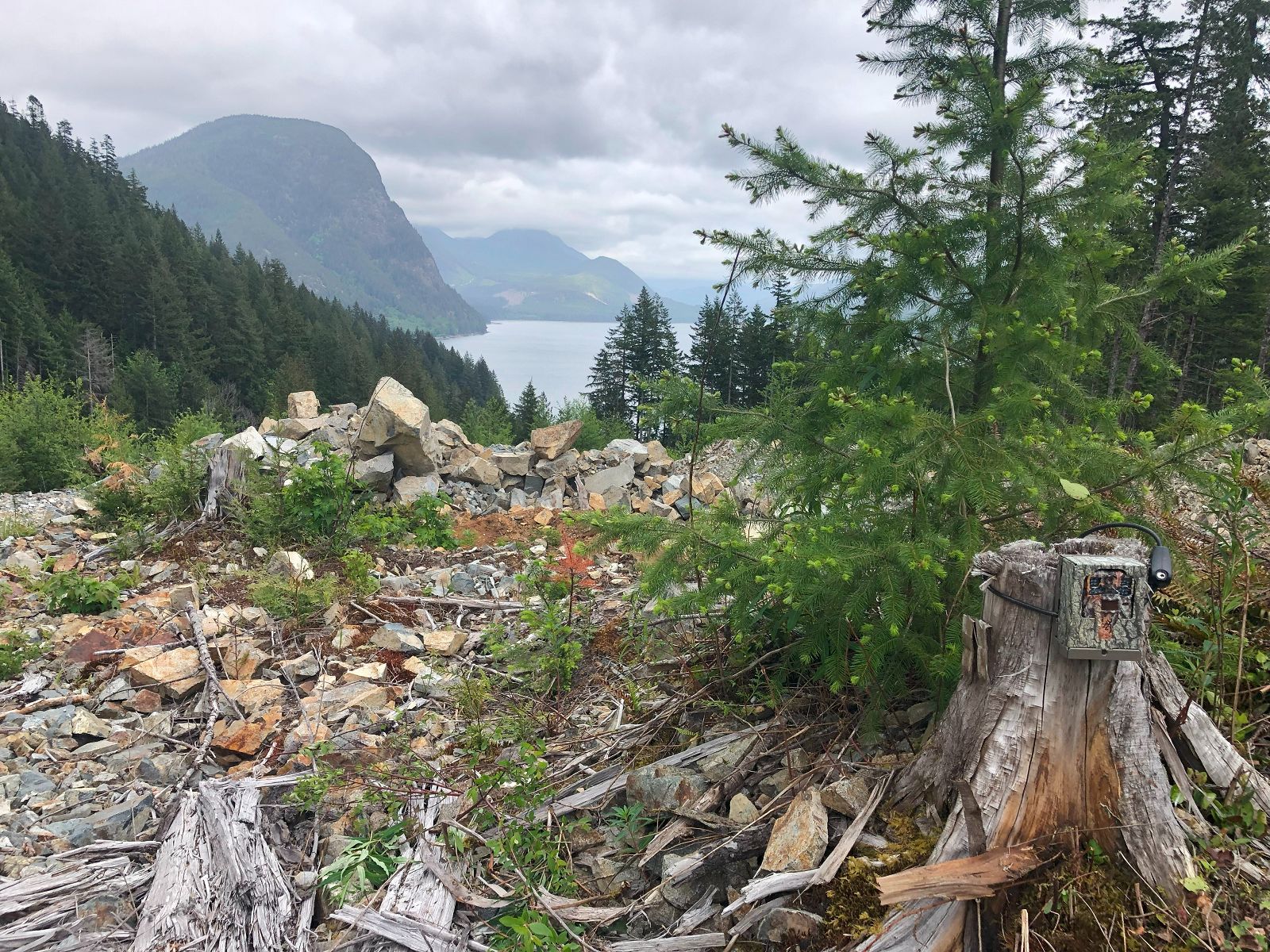
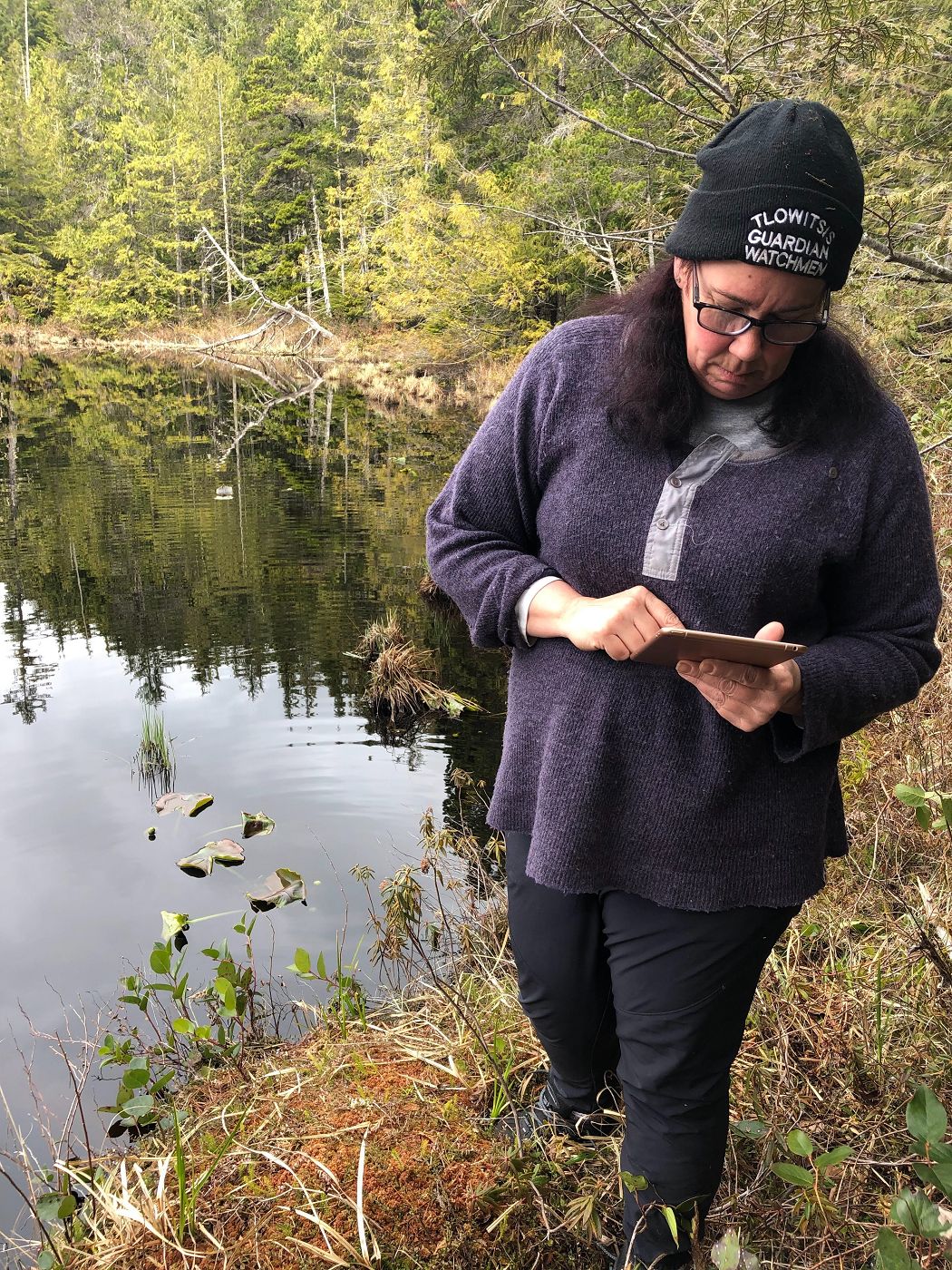
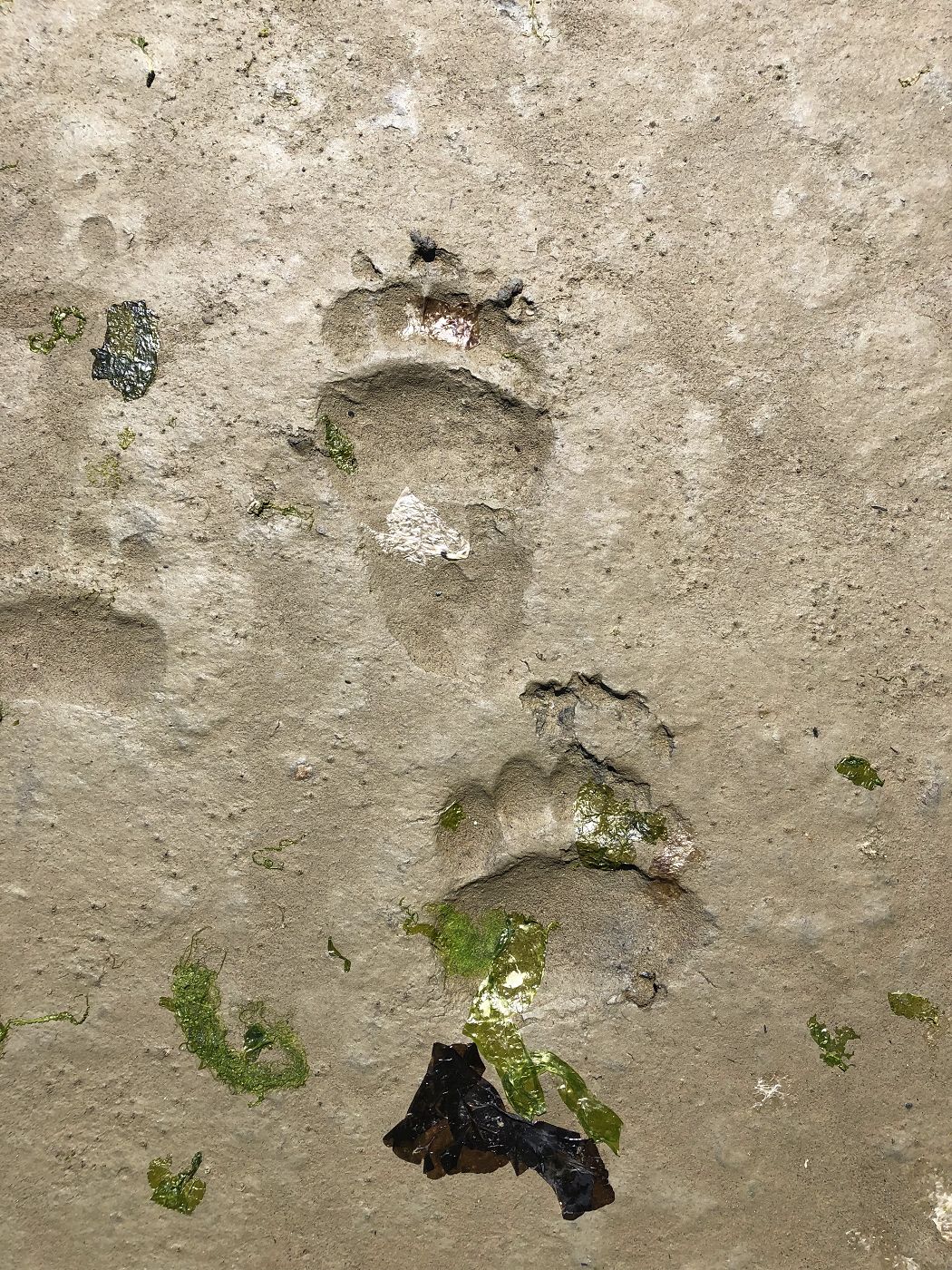
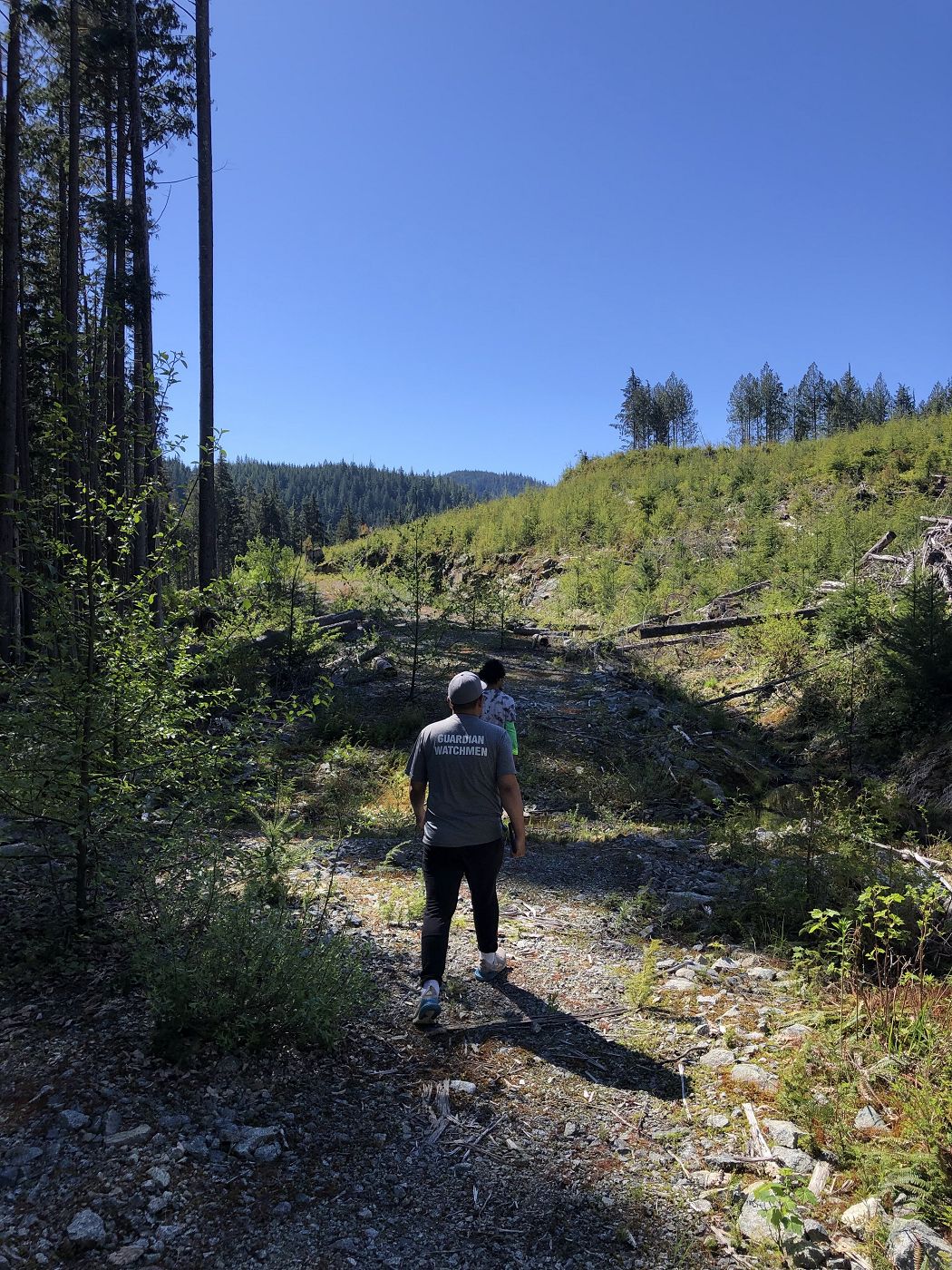
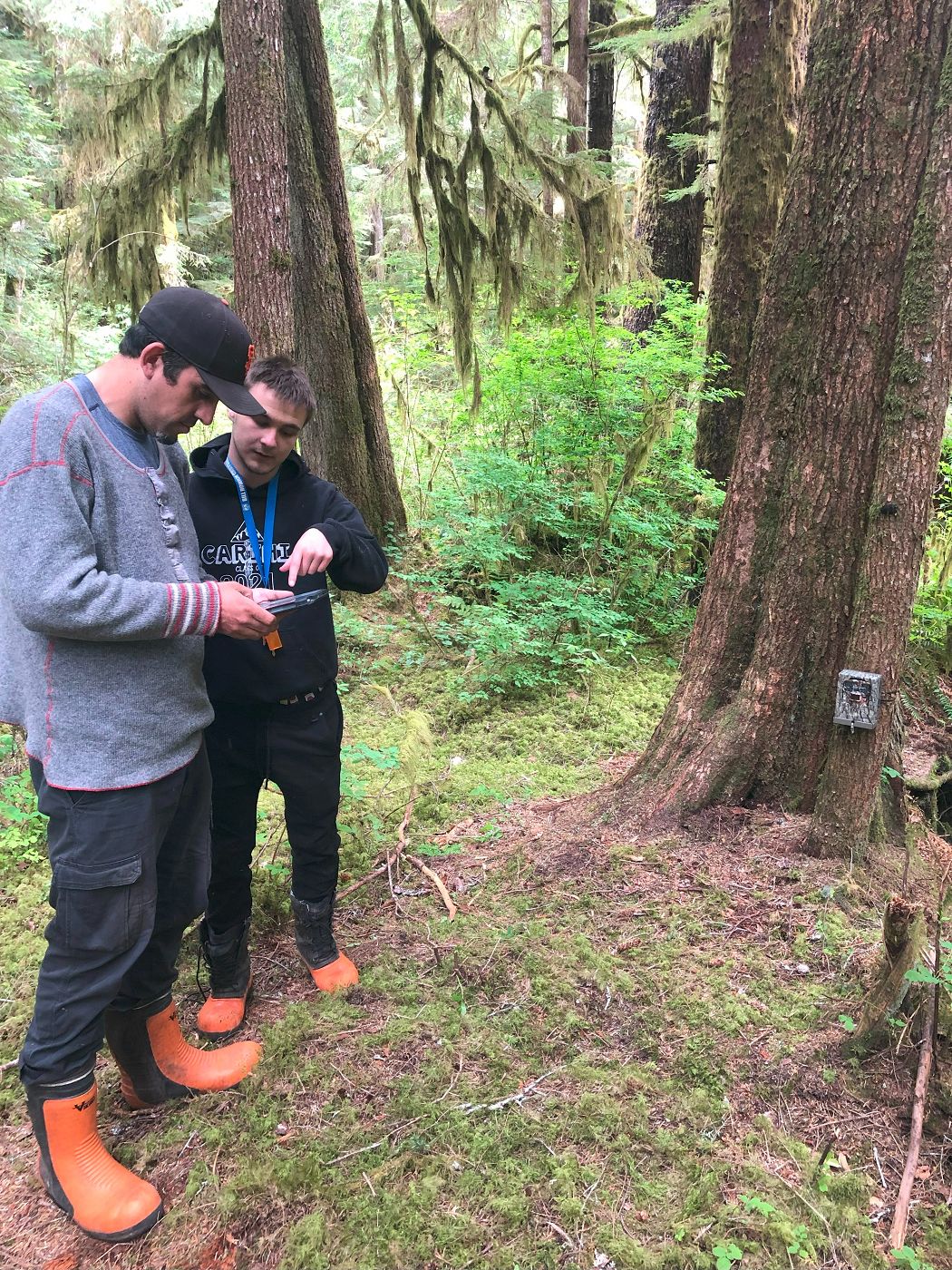
When it comes to biodiversity monitoring, a strong focus on science is key to innovation and success. This is ably demonstrated in the data standardization and streamlining activity with the Department of Environment and Natural Resources - Biodiversity and Management Bureau (DENR BMB) and Forest Management Bureau (FMB) along with several protected area representatives where EarthRanger was introduced in order to evaluate and adopt its use in biodiversity monitoring.
The Enhanced Biodiversity Monitoring System (EBMS) of BMB powered by EarthRanger will enable the government and protected area management offices in evaluating and enhancing the implementation of biodiversity monitoring in the current National Protected Area network in the Philippines. Furthermore, FMB will have a similar upgrade in tech tools as they update their Spatial Monitoring and Reporting Tool (SMART 7) for their Lawin Forest Biodiversity Protection System, which will be utilized in Forest Conservation Areas. #Tech4Wildlife
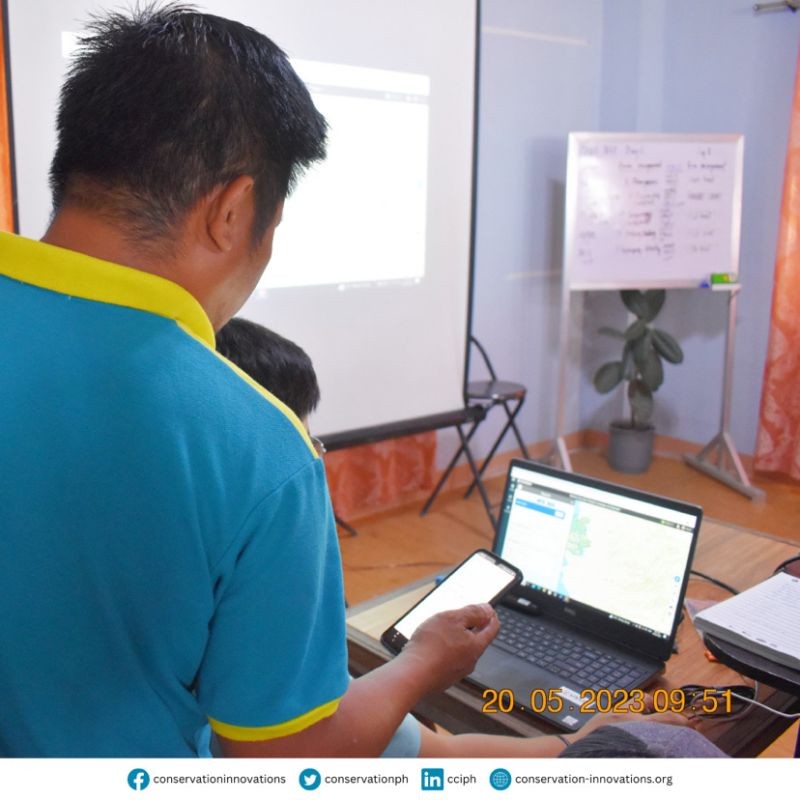
#Tech4Wildlife photo challenge, D4! 📍🇧🇷
— Icas - Wild Animal Conservation Institute (@IcasWild) July 27, 2023
Thanks to telemetry and camera traps, our team could document baby giant armadillos for the first time!
Giant armadillos are the biggest and rarest of all armadillos. They are threatened with extinction.
1/3🧶@WILDLABSNET
📹@ReconyxInc pic.twitter.com/gLxYScse3e
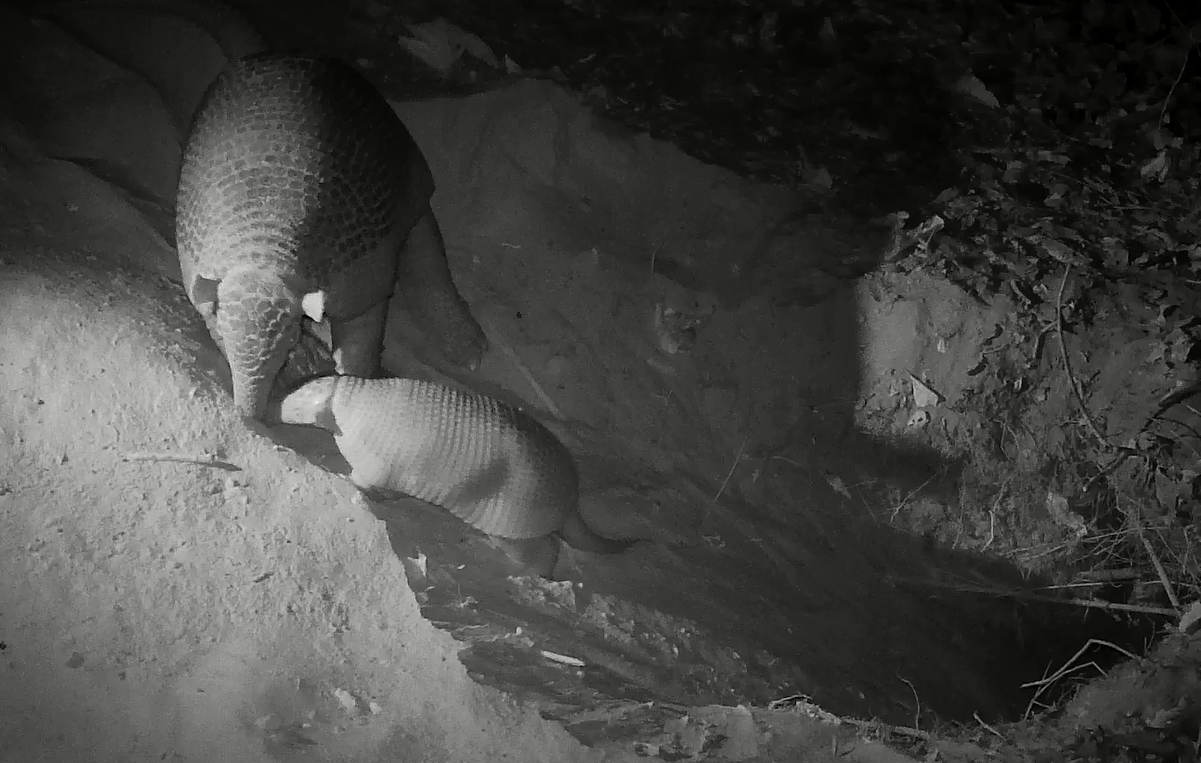
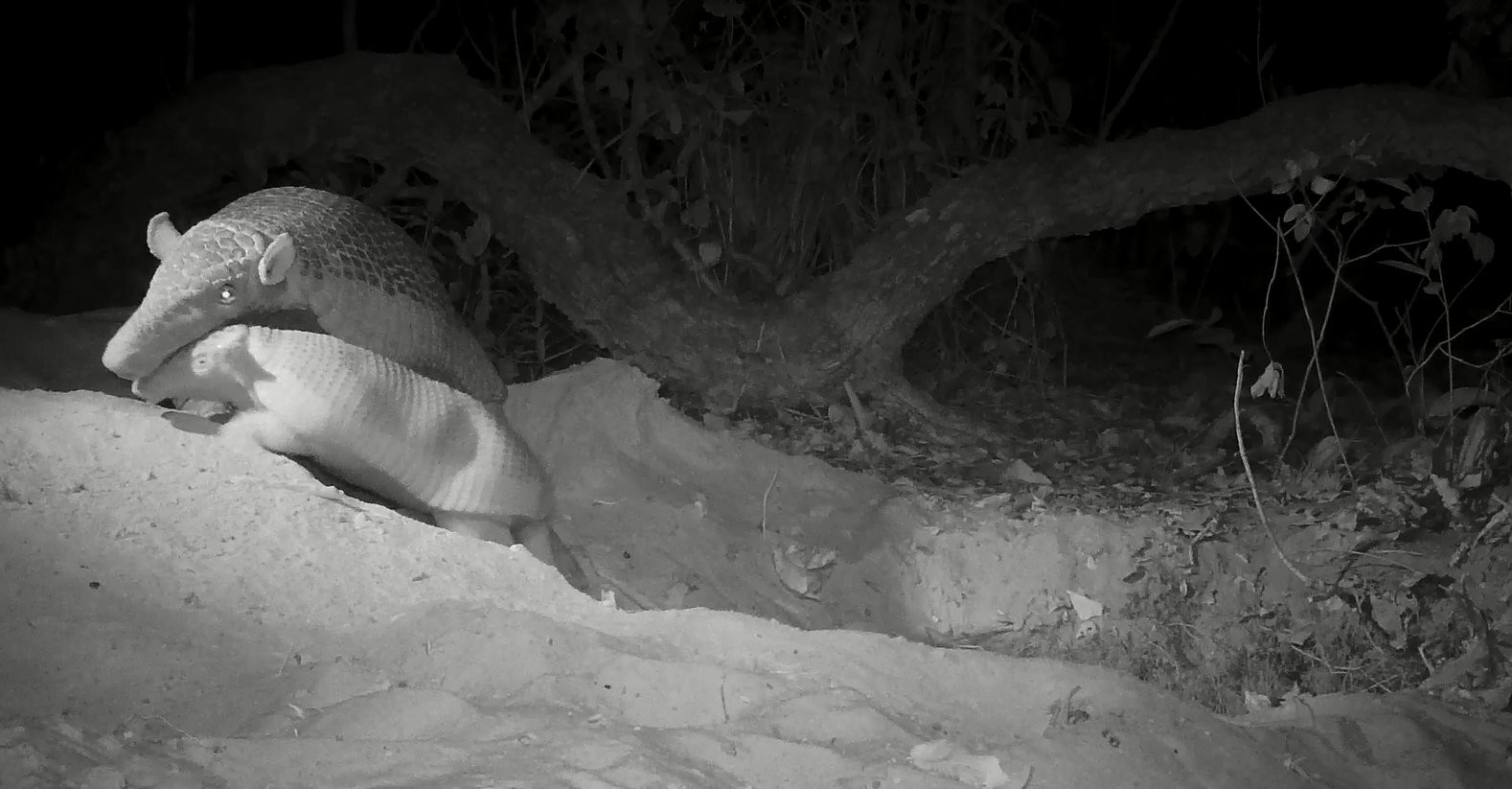
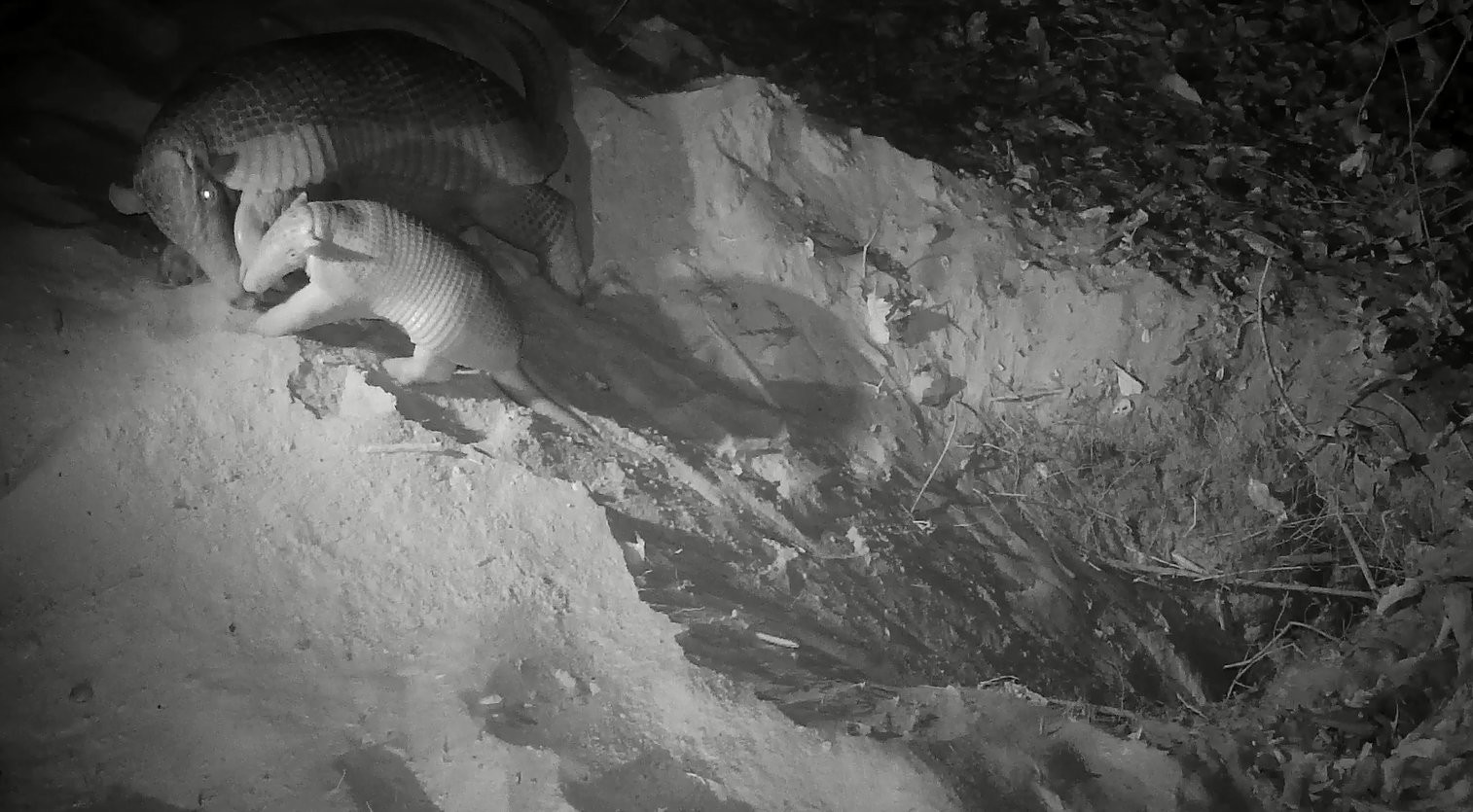
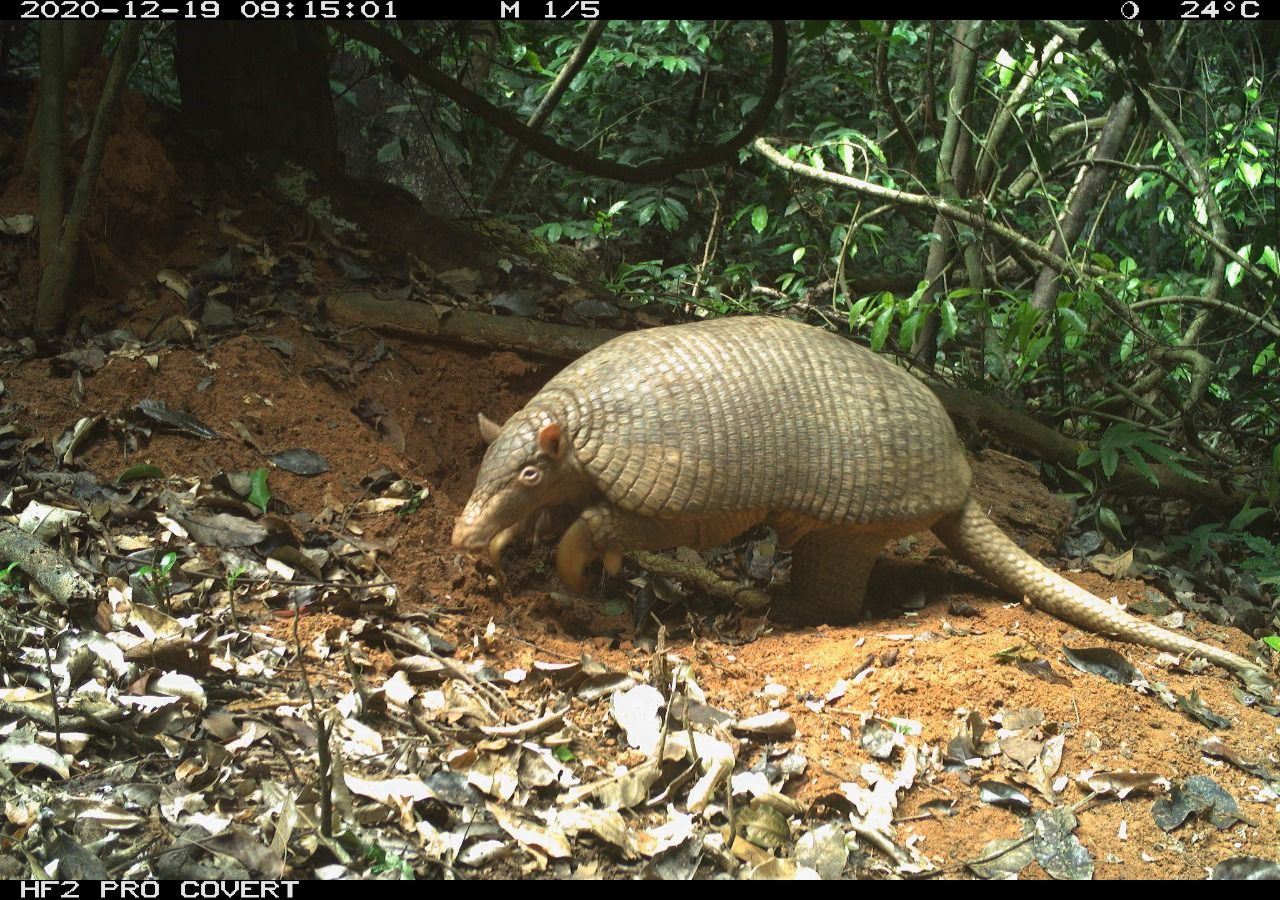
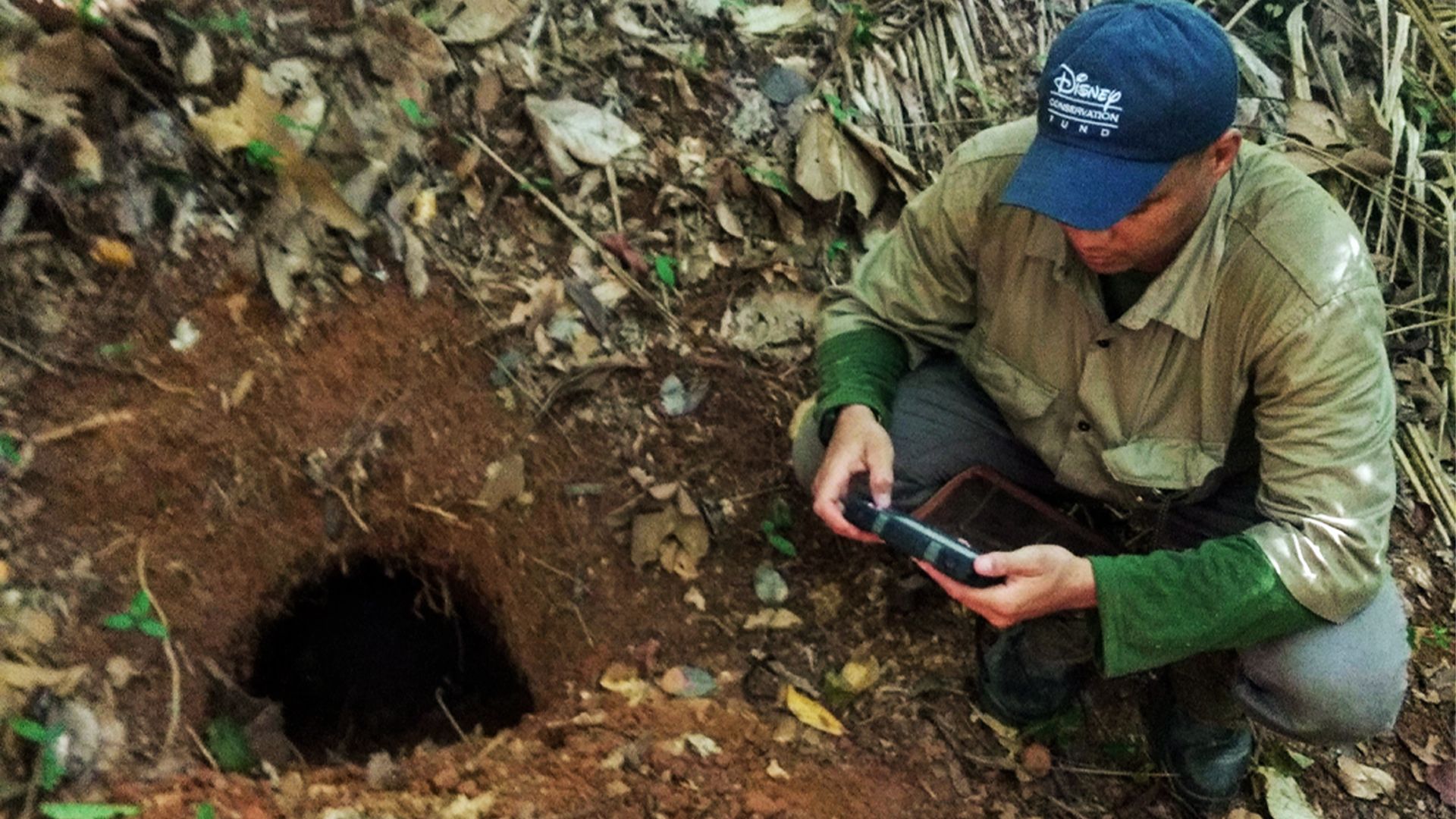
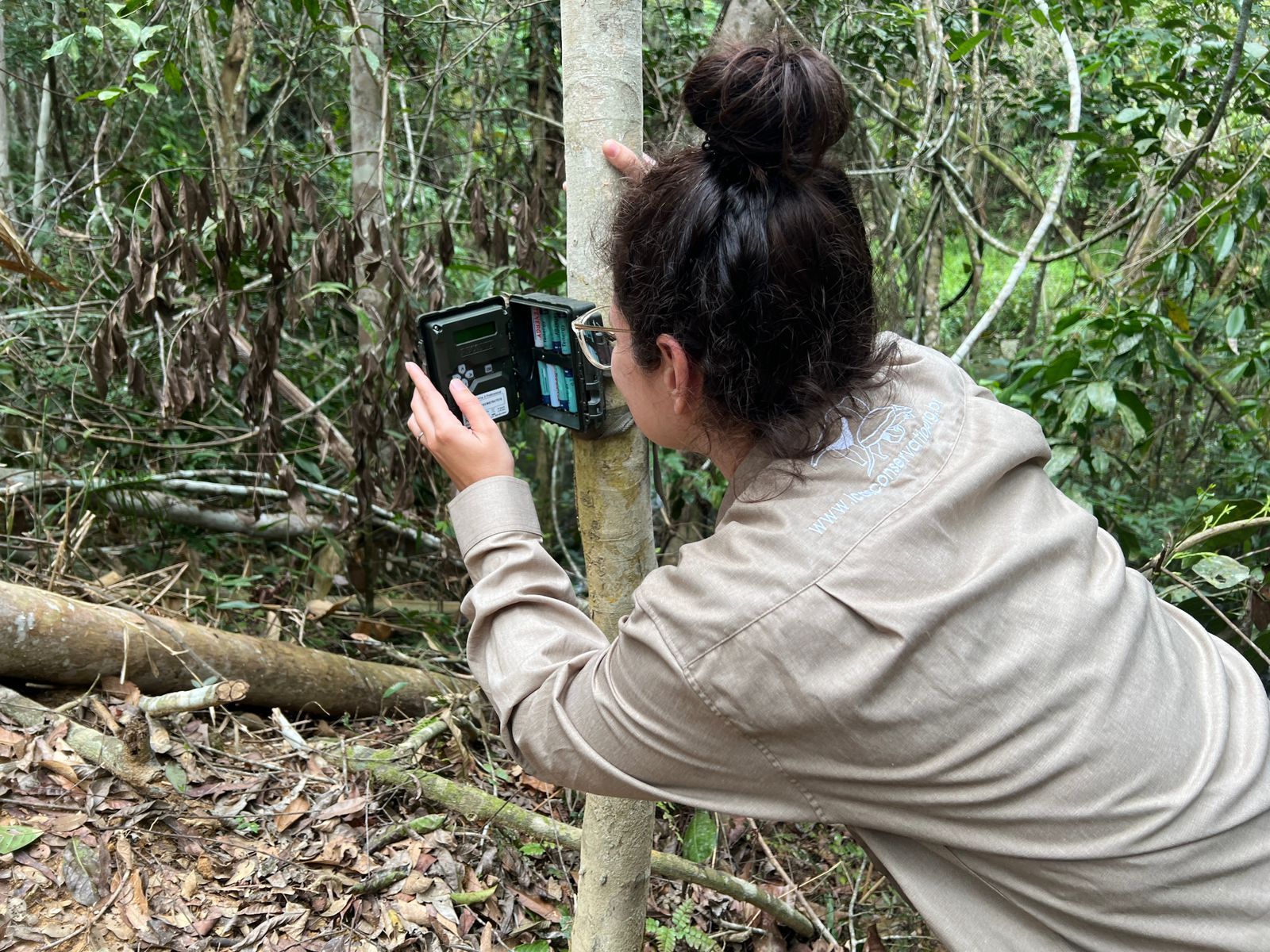
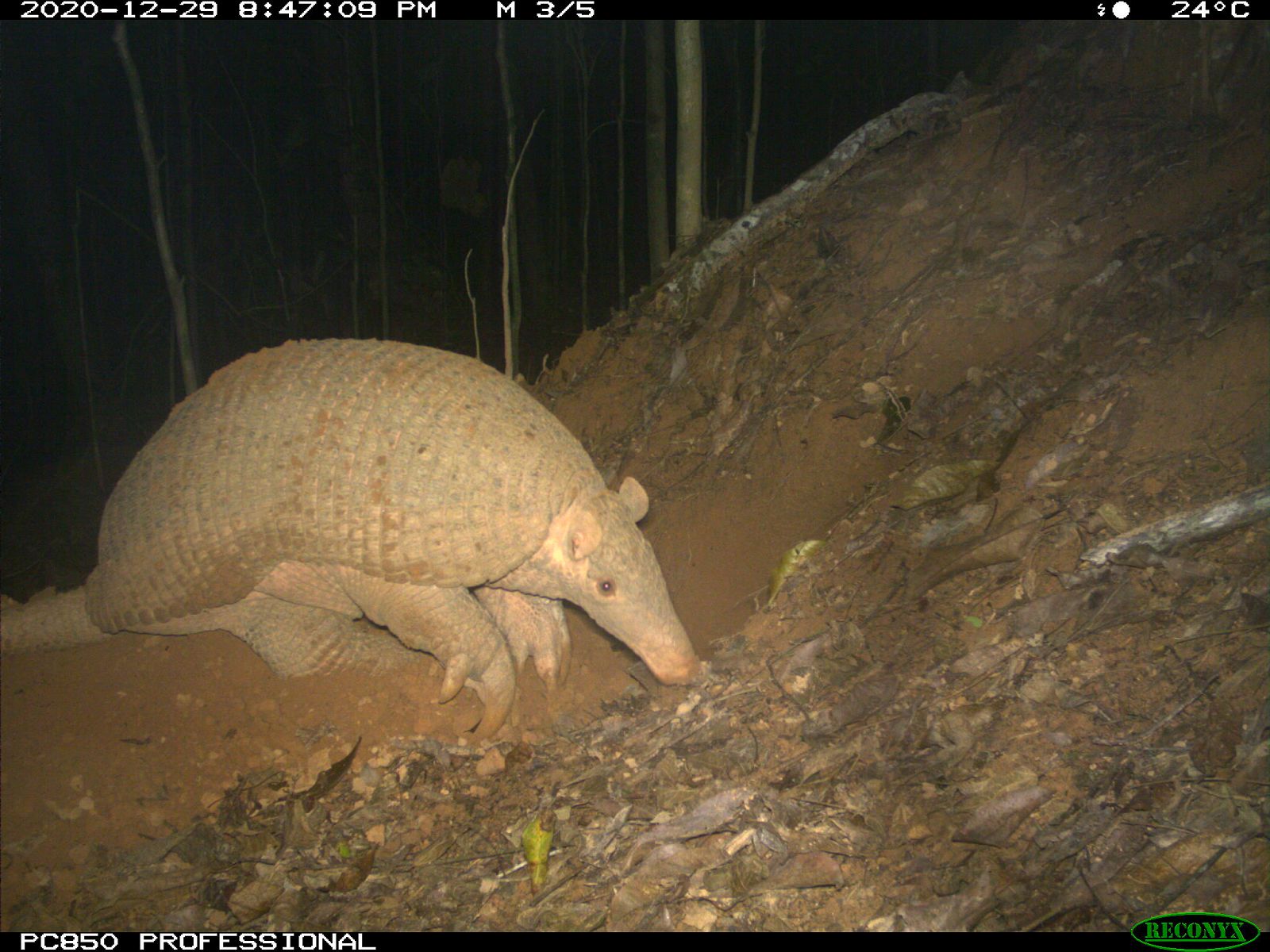
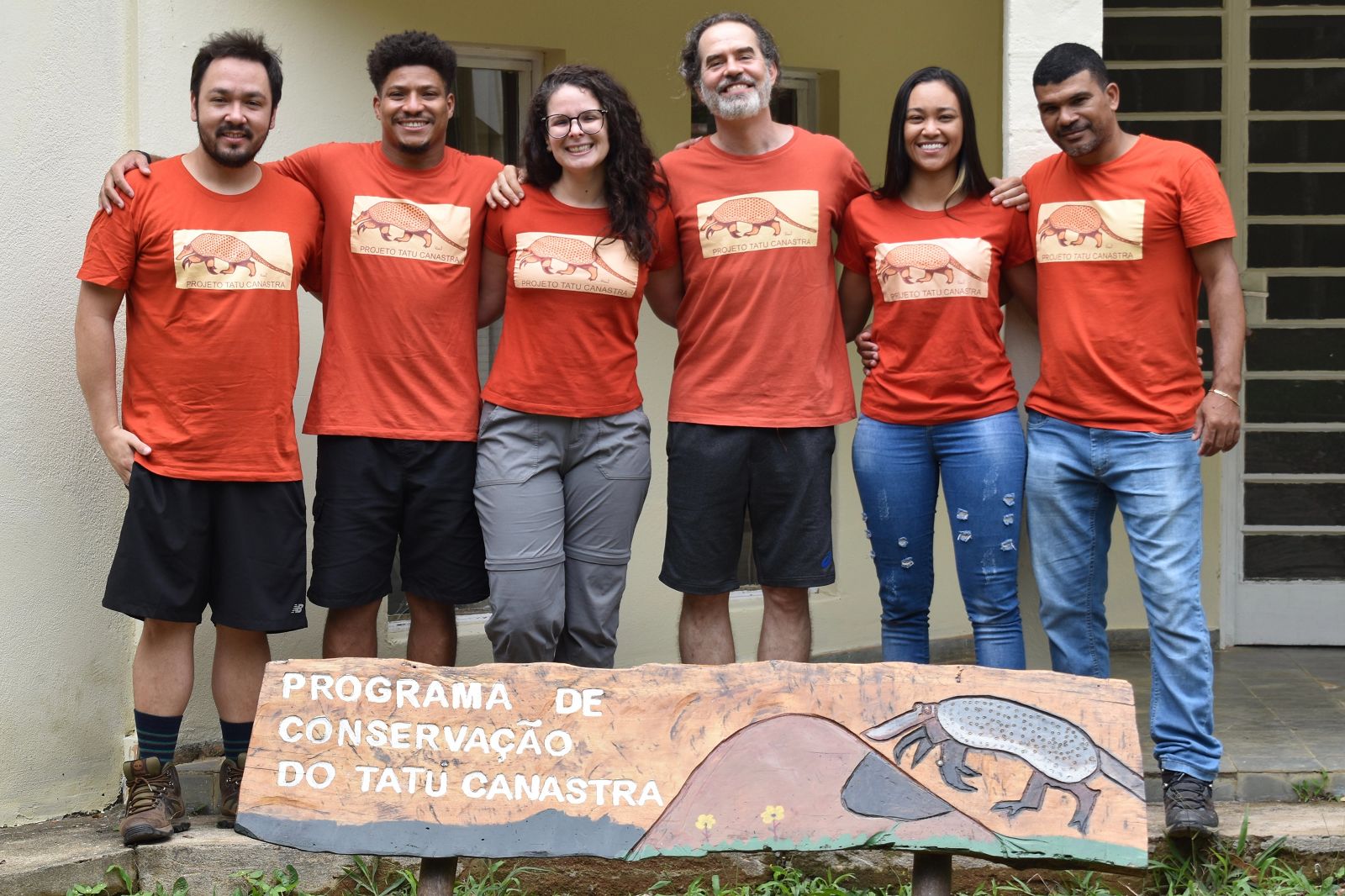
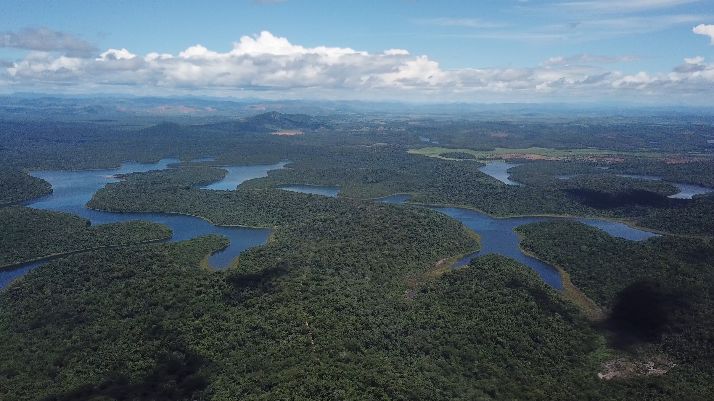
#Tech4Wildlife Photo Challenge
— Iguanas from Above (@IguanasAbove) July 28, 2023
We are using #drones to monitor endangered Galápagos #marineiguanas. Several colonies where they live have been impossible to access with traditional ground-based methods. Now, #technology is helping us to survey their entire distribution range 🦎 pic.twitter.com/Z2r2E53mey
The technology itself is well-proven and most Western Canadian Provinces require it but landfills in many other jurisdictions remain unfenced. We combine relatively straightforward technology with specific construction techniques and bear behavior to create barriers that work.
#tech4wildlife #wildlabs
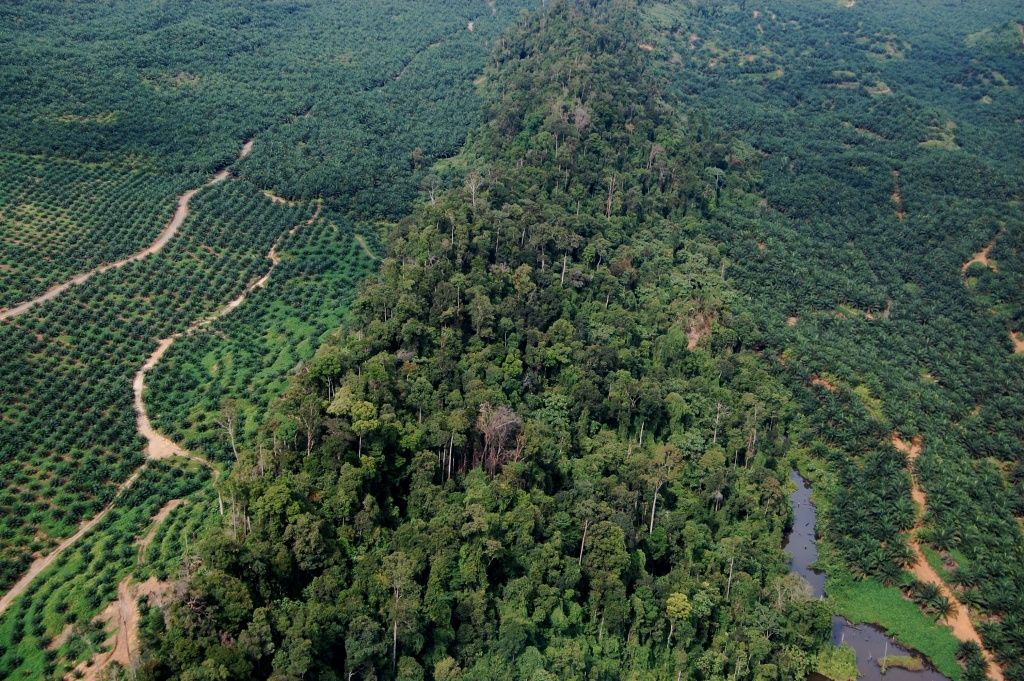
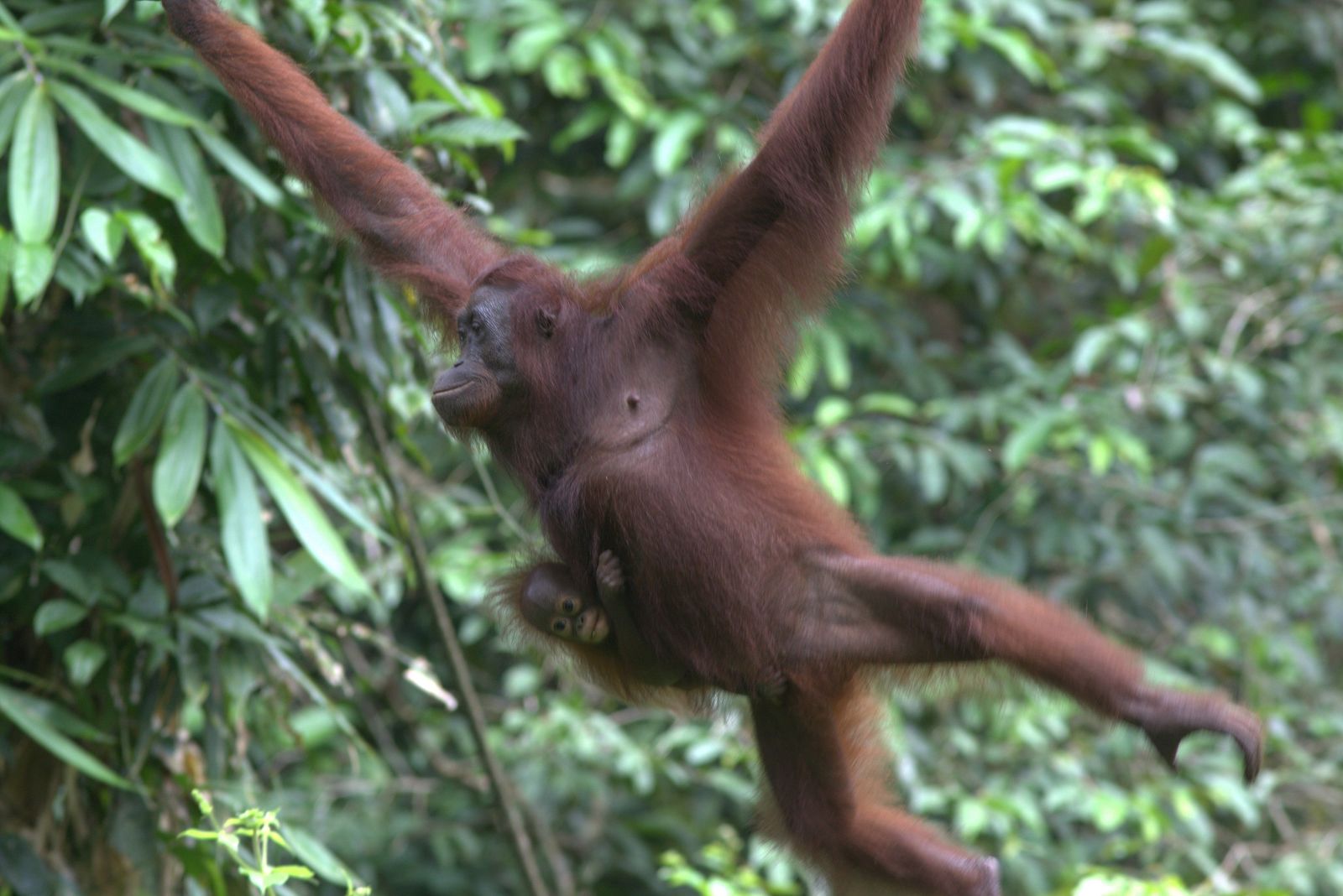
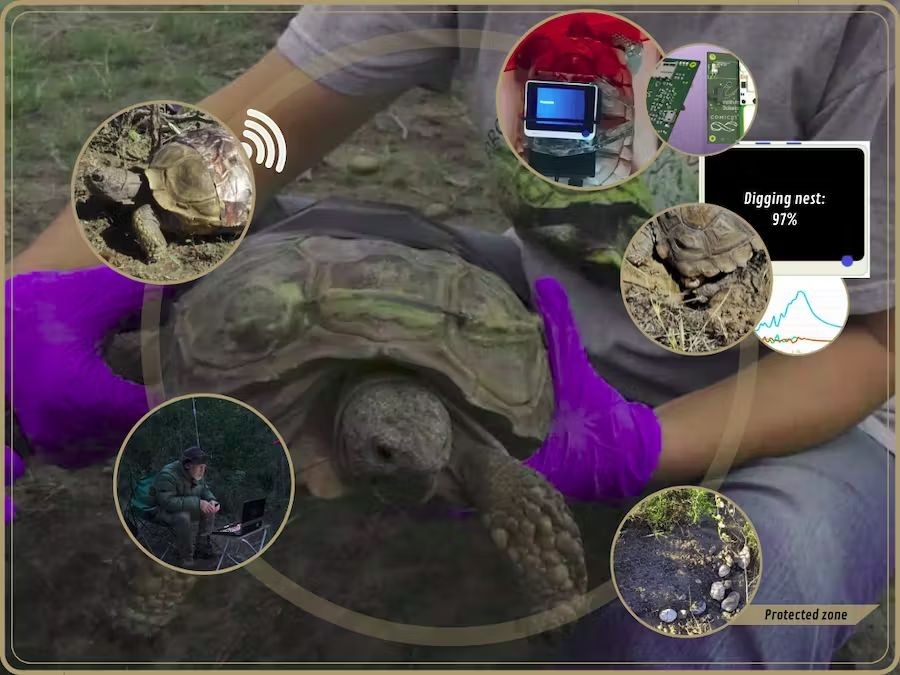
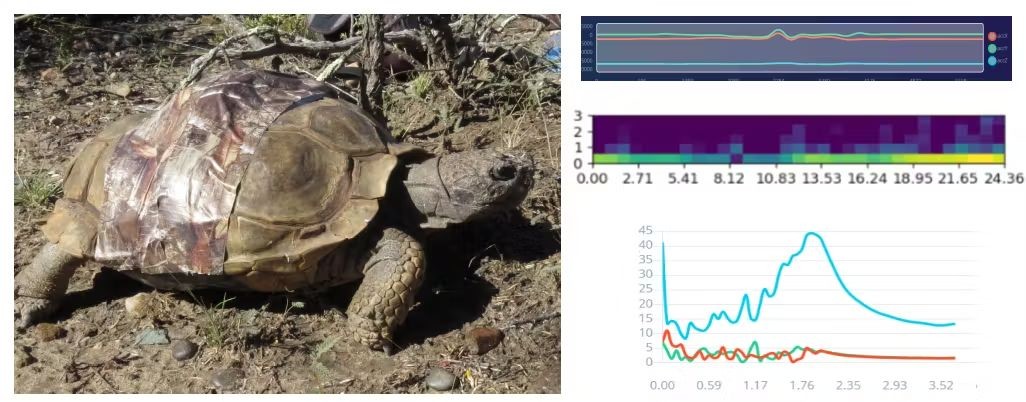
From this discovery, the team were able to inform the relevant organisations on the island.
Follow our project here- https://lnkd.in/dZHuJAWw
Tania Kanchanarak Sol Milne, PhD
WILDLABS Community #wildlabs4tech #tech4wildlife #aerialsurvey#sharkresearch #sharkweek #sharkscience
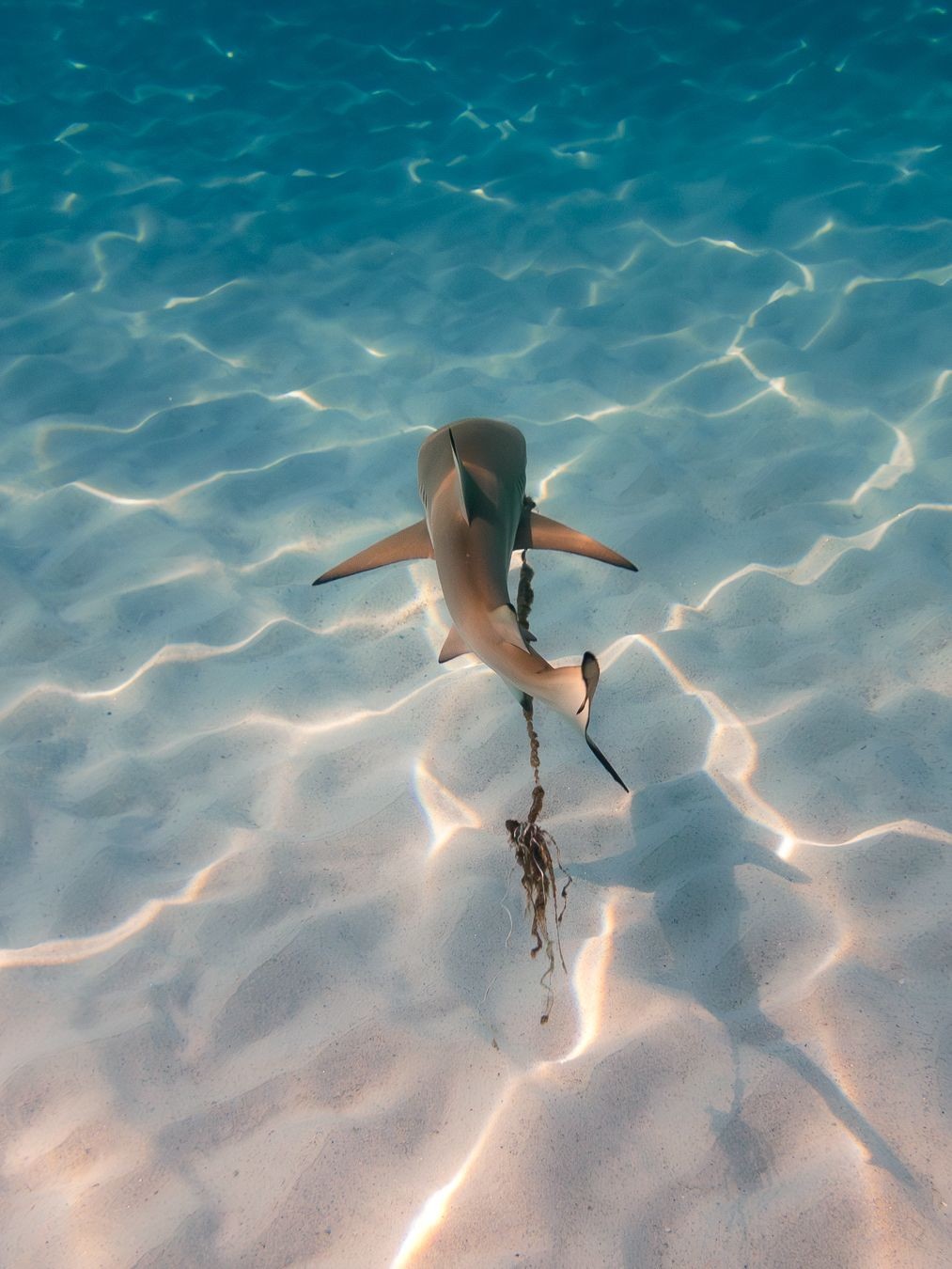
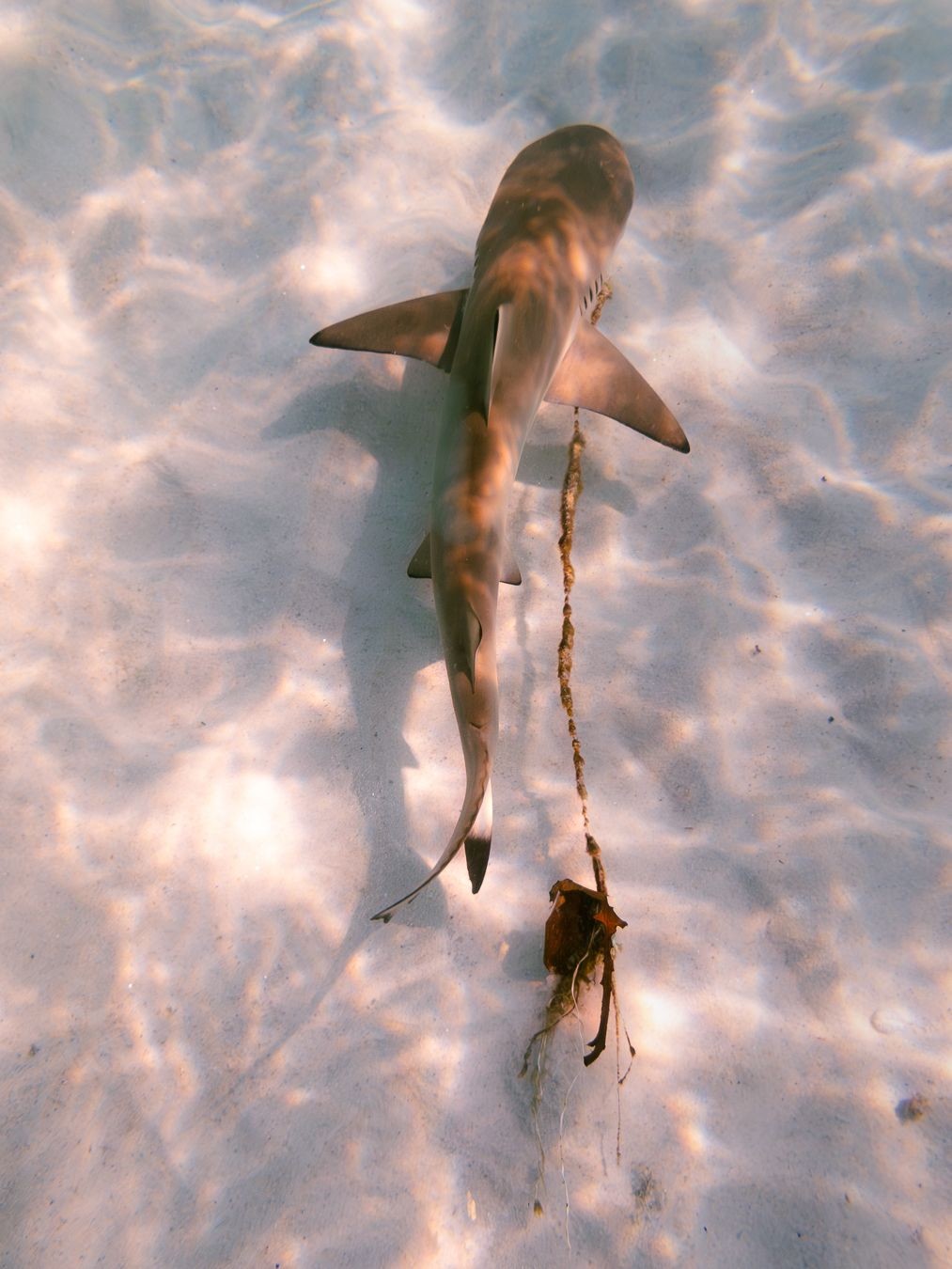
As part of our #Tech4Wildlife conservation efforts, our Biodiversity Solutions and Technology Solutions teams have spearheaded the installation of camera traps within Mount Mantalingahan Protected Landscape (MMPL) during the High Conservation Value Areas (HCVA) Assessment. (1/3) pic.twitter.com/1u35RwsdGq
— CCIPH (@conservationph) July 25, 2023
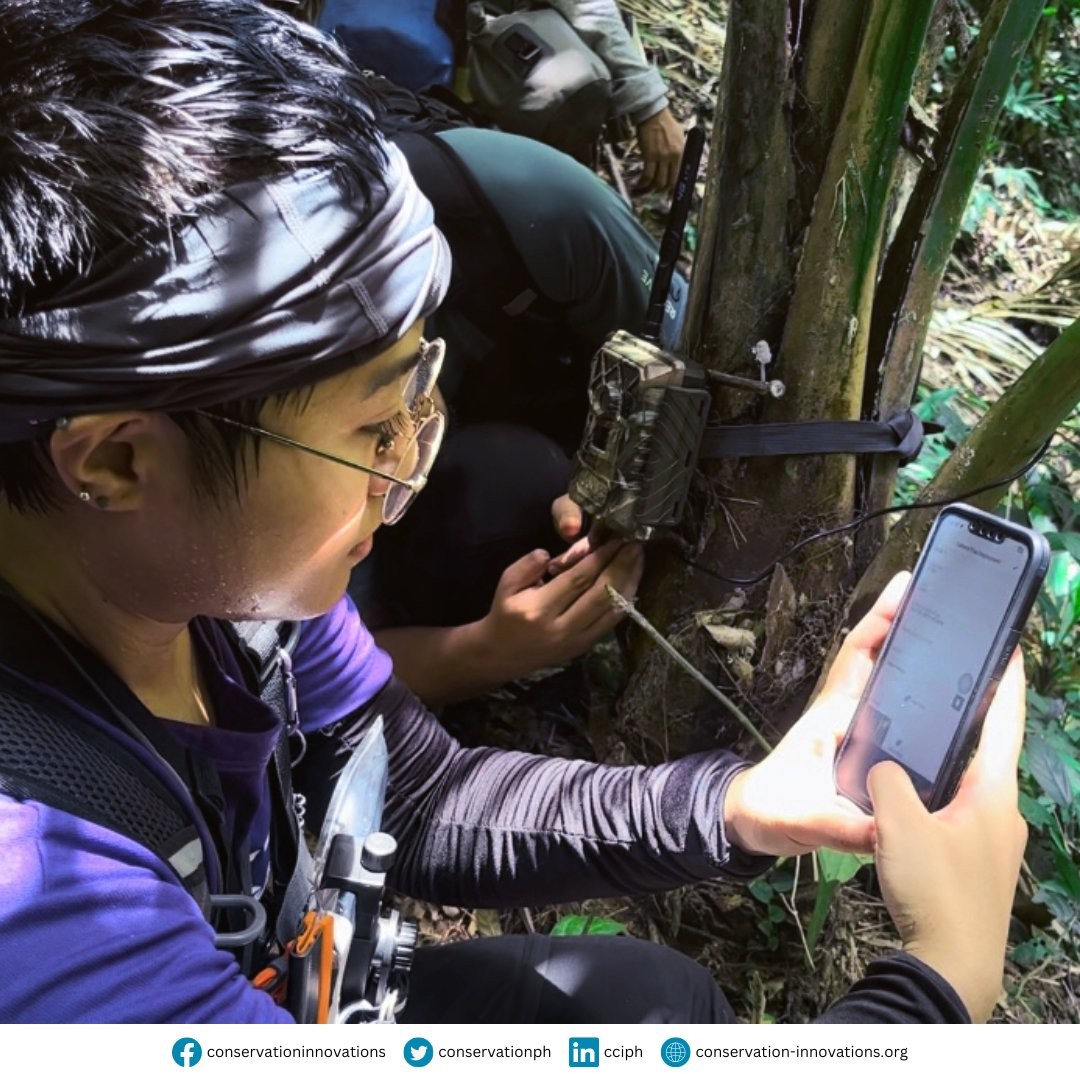
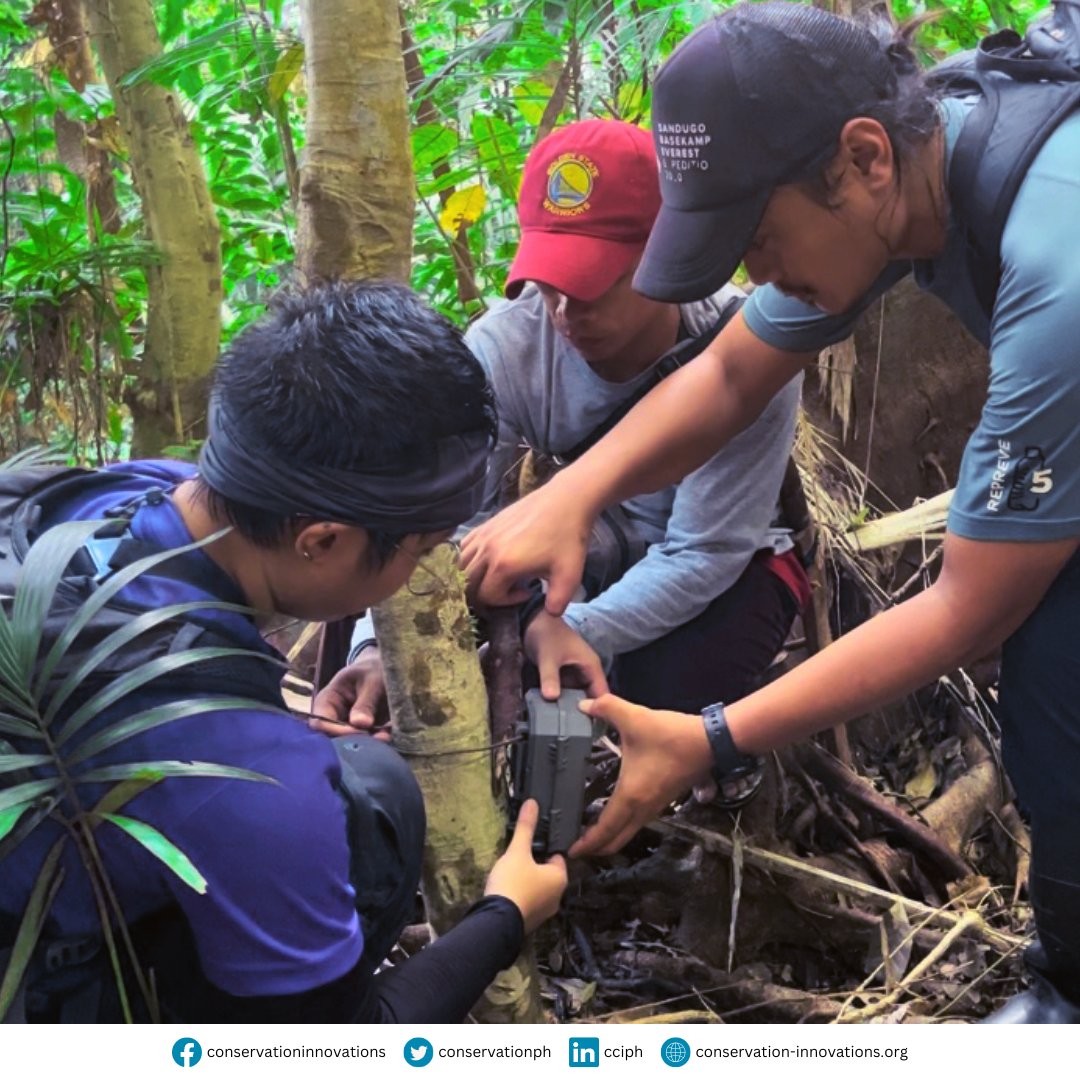
In 2020 an interdisciplinary team of ocean advocates discovered an abundance of corals in Jammerbugten, an area off the Danish coast currently under heavy pressure from international beam trawling. Due to strong currents and low visibility most of the year, the Jammerbugten seafloor is notoriously hard to map and photograph. The discovery of corals, however, highlighted the need for an easy accessible, low-cost and low impact way of monitoring the state of the seafloor habitats. The project team designed and constructed a simple, yet sturdy drop camera, which can be employed from the side of local fishing boats and thus also can be used by the local community.
The high quality video footage and its metadata has been able to provide evidences of the traces of beam trawling currently threatening the fragile seafloor ecosystem, as well as providing direct visual evidence of the rich habitats, otherwise not visible, for marine biologists to monitor. The drop camera has been tested in several iterations, to make sure it leaves the least impact on the seafloor while also being able to withstand the heavy currents of the Western Sea and provides a simple way for biologist and the local coastal fishing community alike to engage with mapping and conservation practices. #Tech4Wildlife @WILDLABS Community
The project has been funded by the Velux Foundation. Project team: Klaus Thymann, Aniella Sophie Goldinger, Grete E. Dinesen og Ole Ritzau Eigaard.
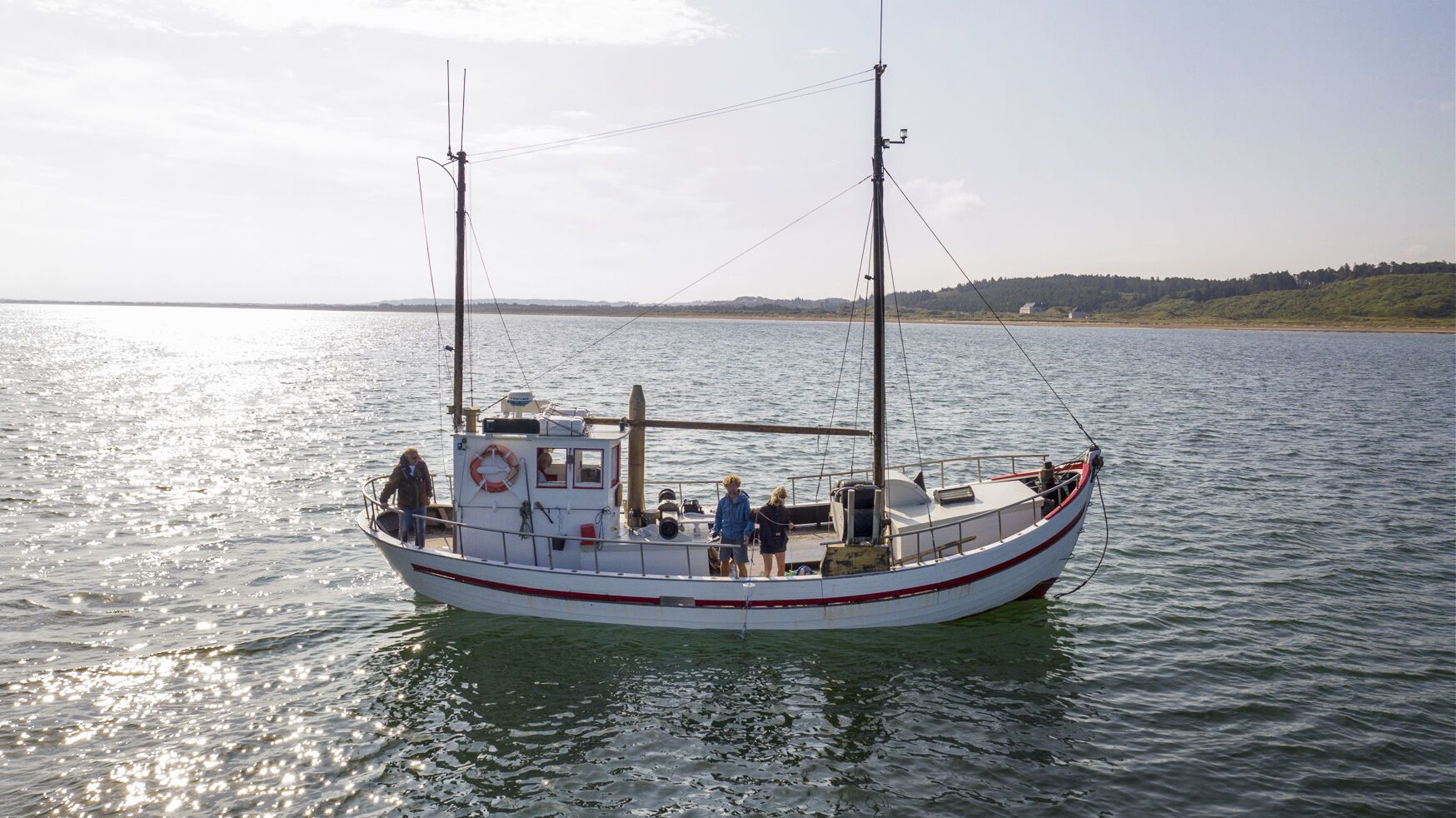
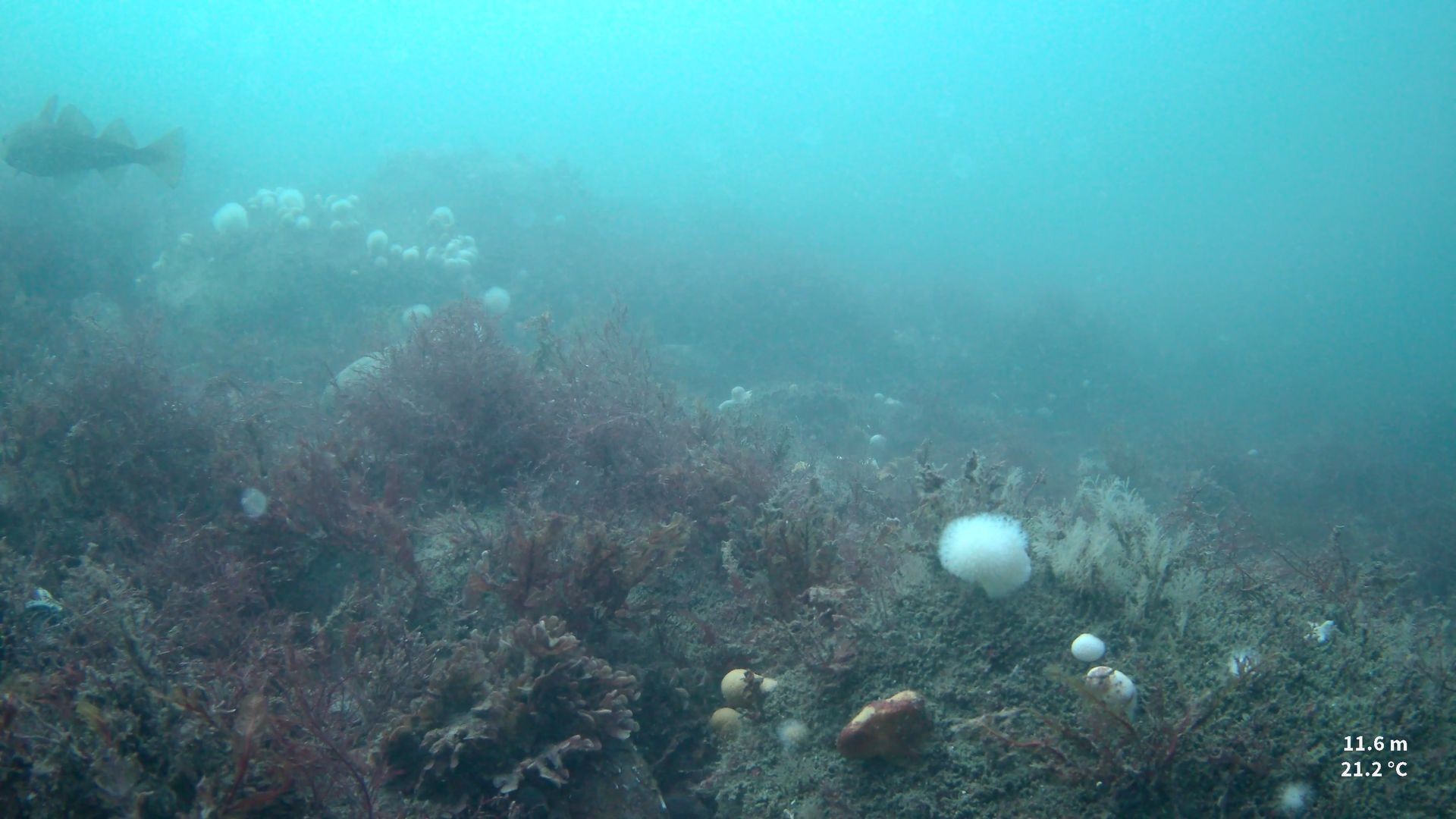
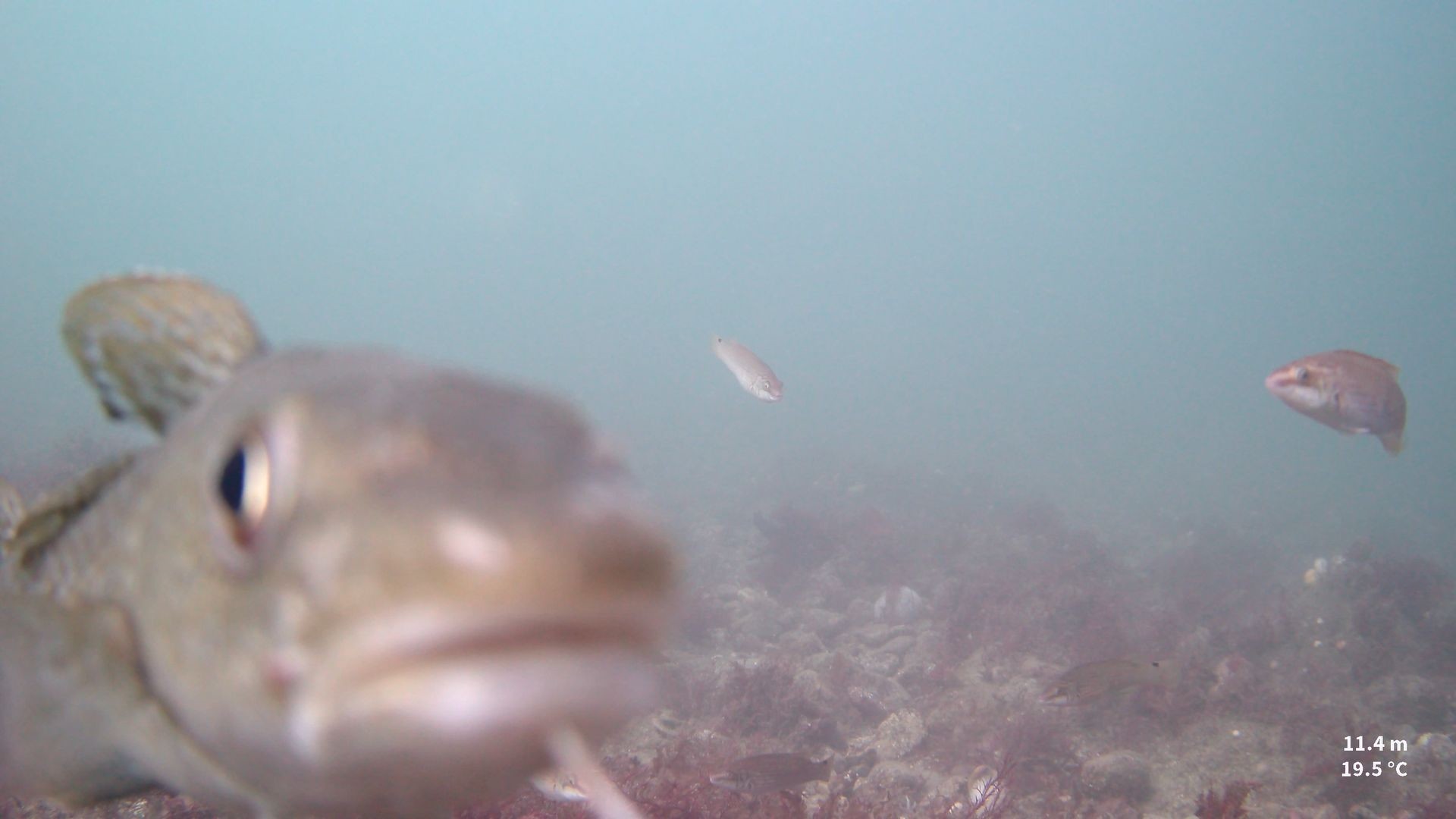
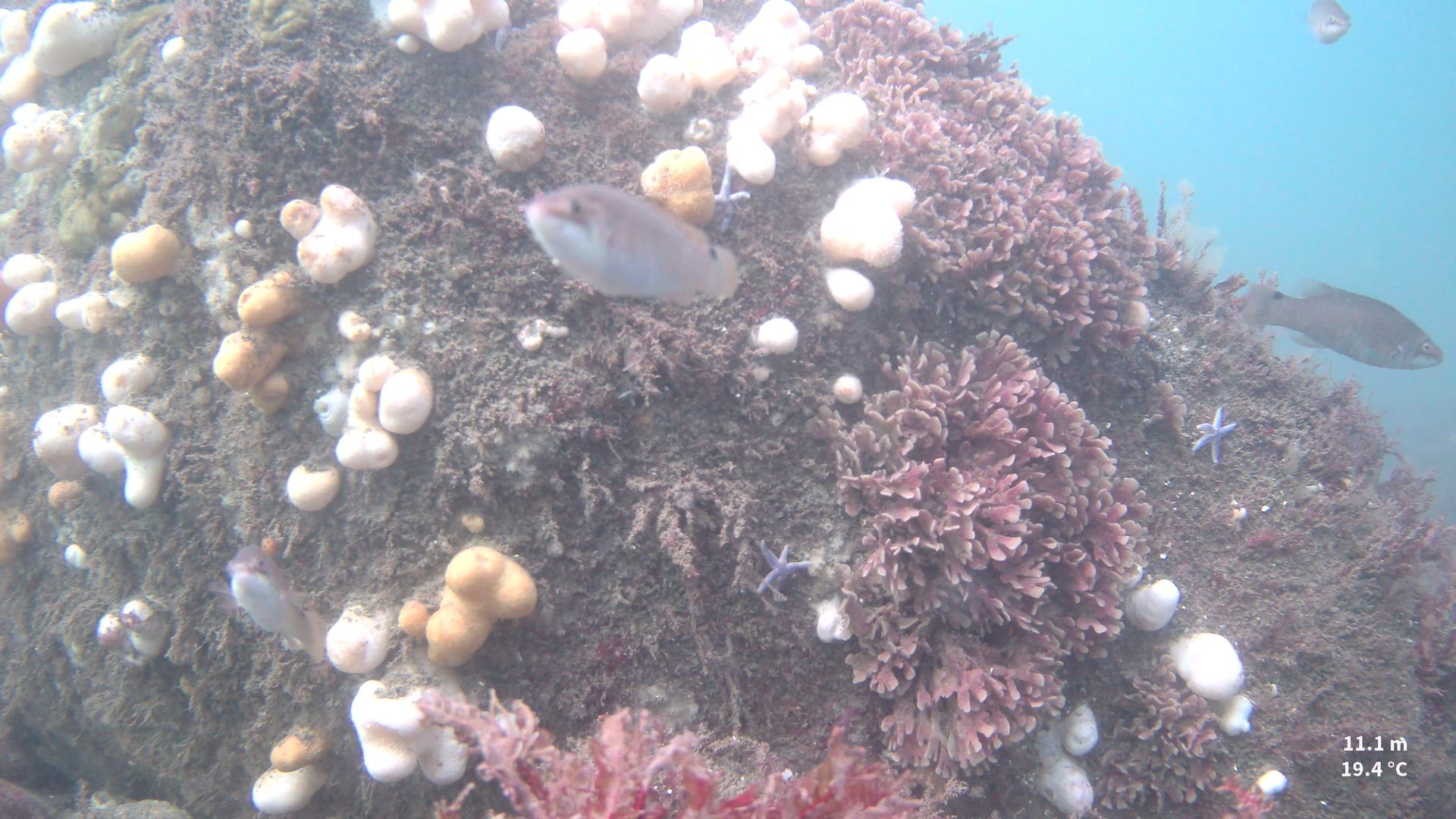
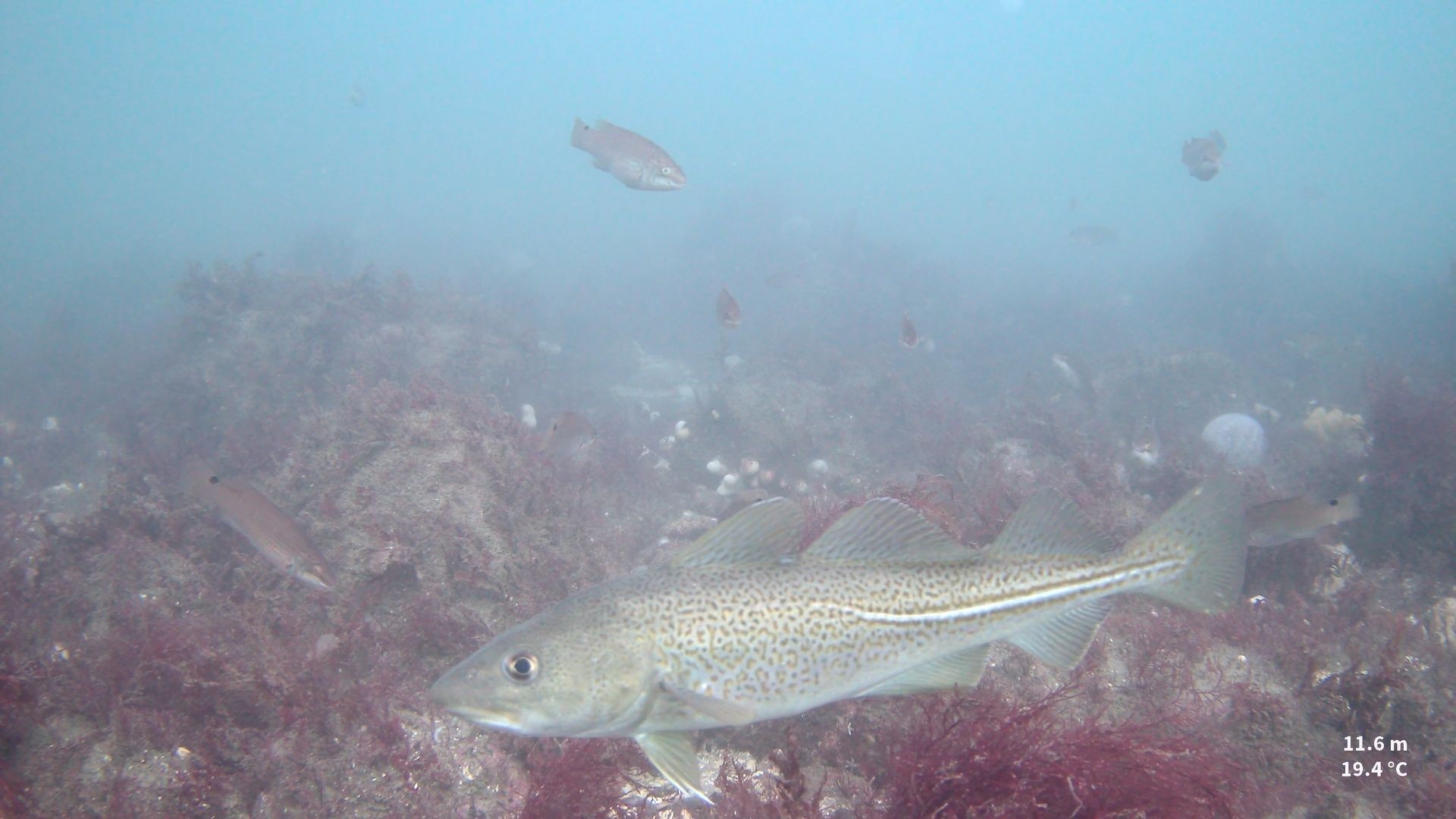
Species Spotlights entries showcase outstanding photos or videos of wildlife, whether captured through the use of technology like camera traps or drones, or captured in the field while working with tech tools for biologging, bioacoustics, and more.
Vote for your top five!
All text is hyperlinked to original entries. Videos can be double-clicked to view.
#Tech4Wildlife photo challenge, D1!
— Icas - Wild Animal Conservation Institute (@IcasWild) July 24, 2023
Probably one of our best #cameratrap 💚🐜
Giant anteater having a bath 📍Pantanal 🇧🇷@WILDLABSNET
🎥@ReconyxInc pic.twitter.com/hub6TnO18w
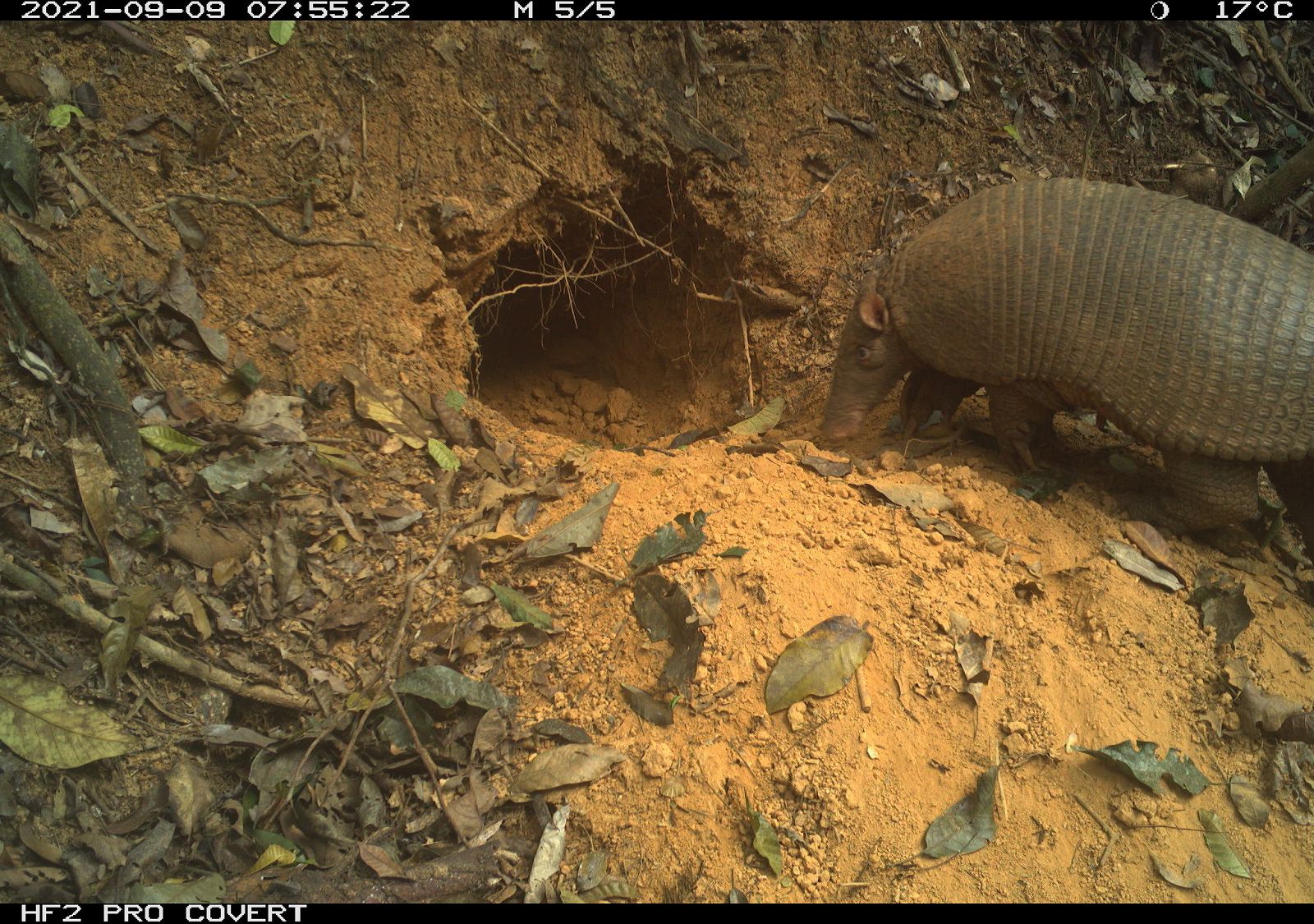
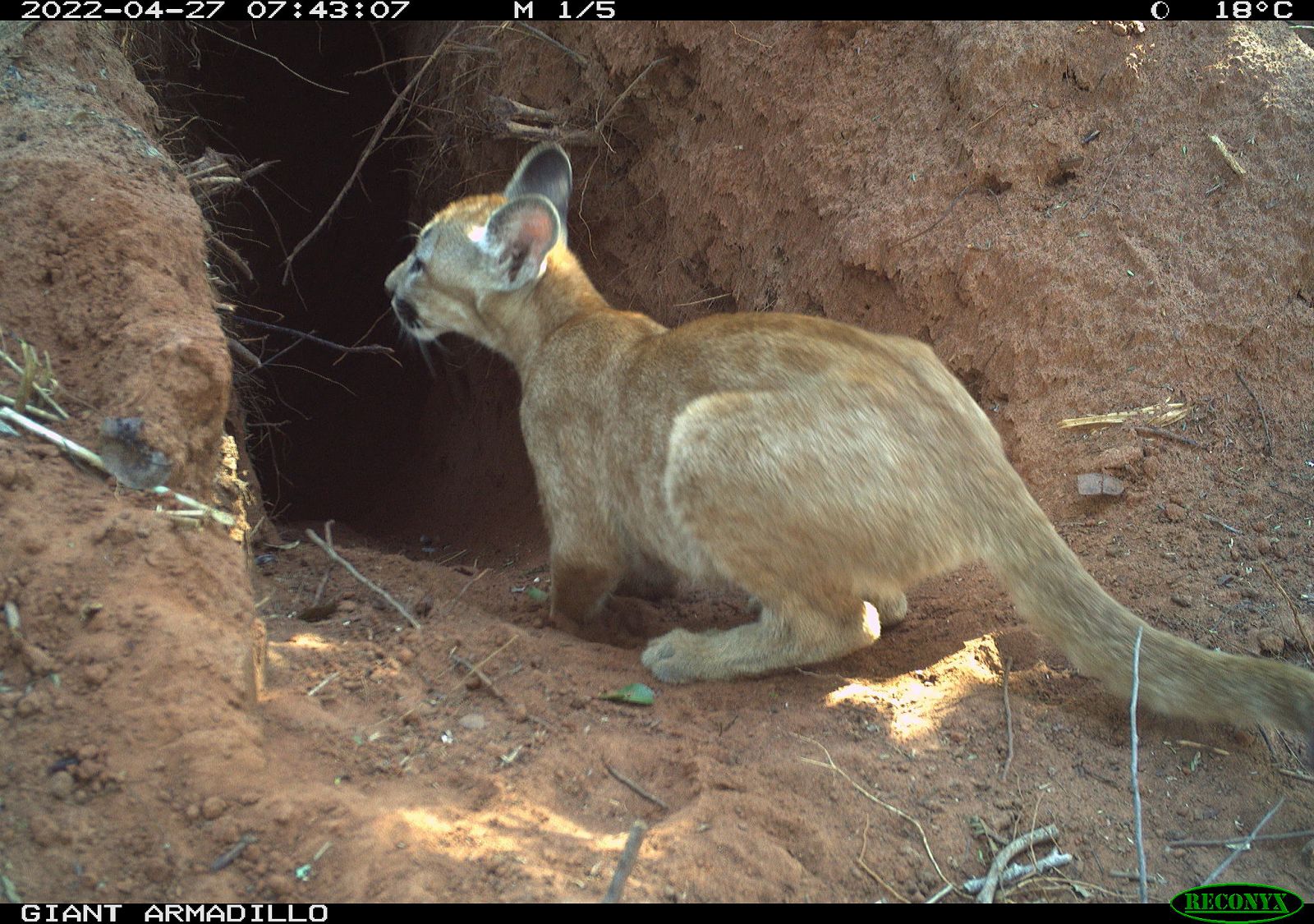
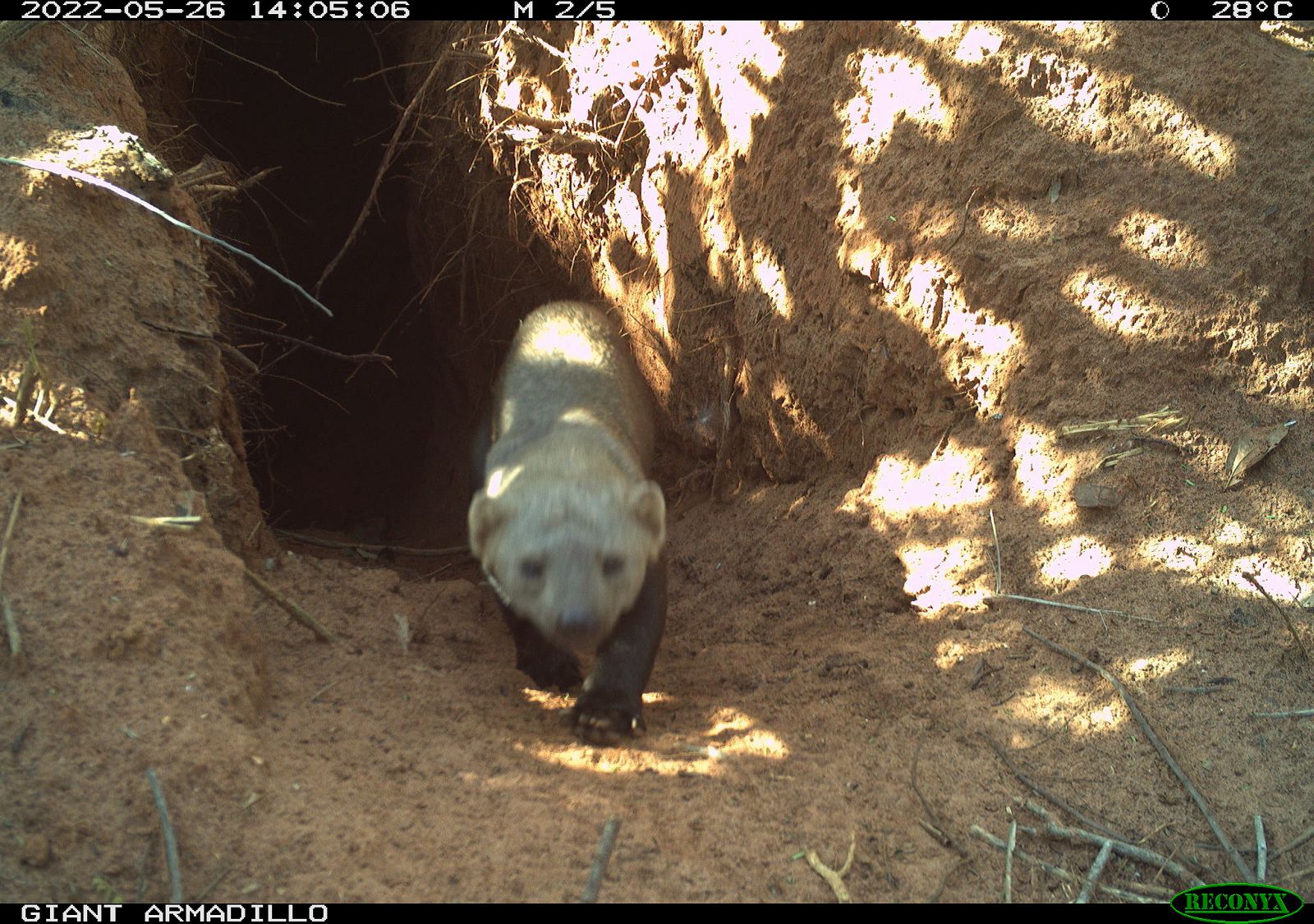
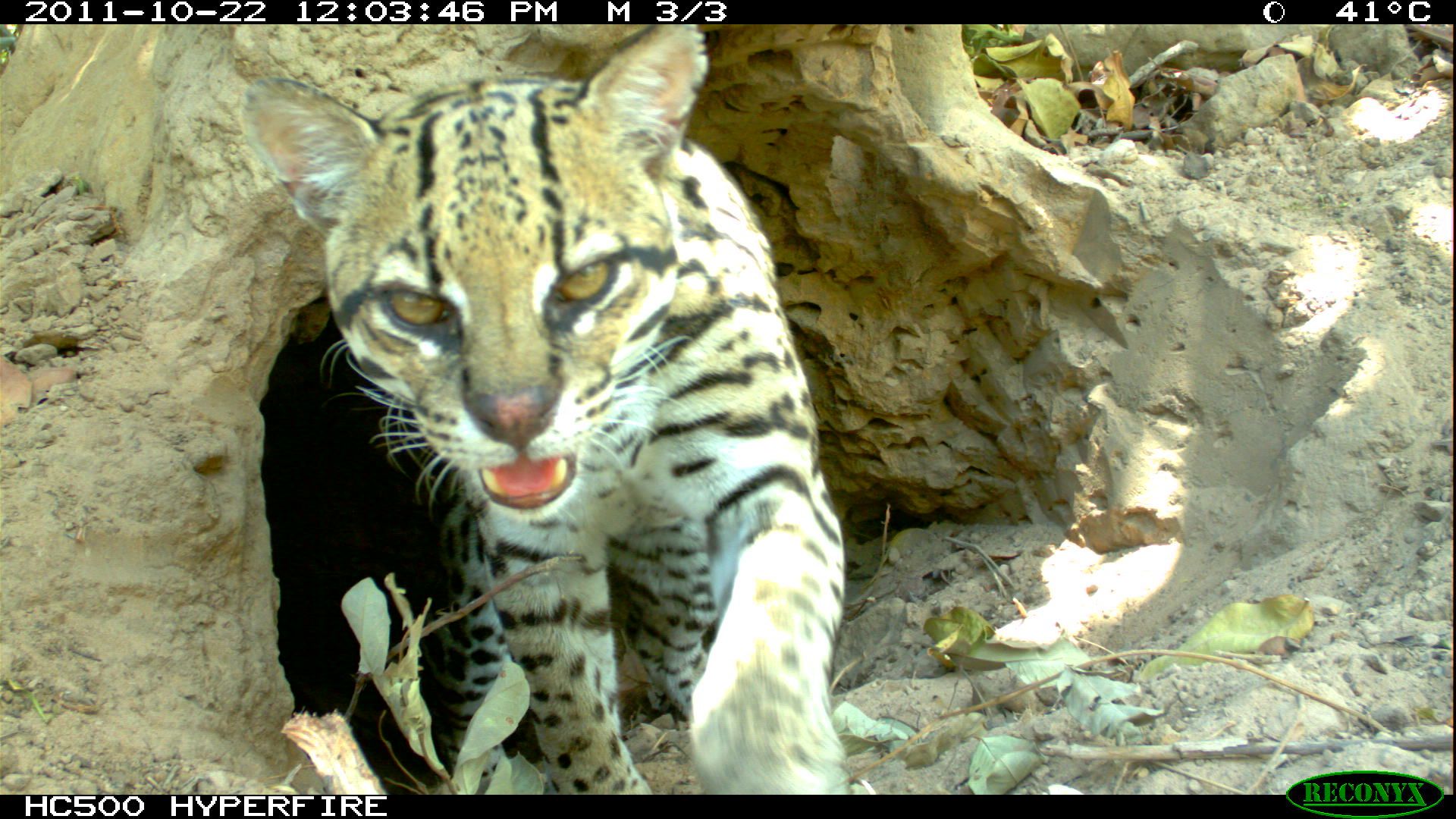
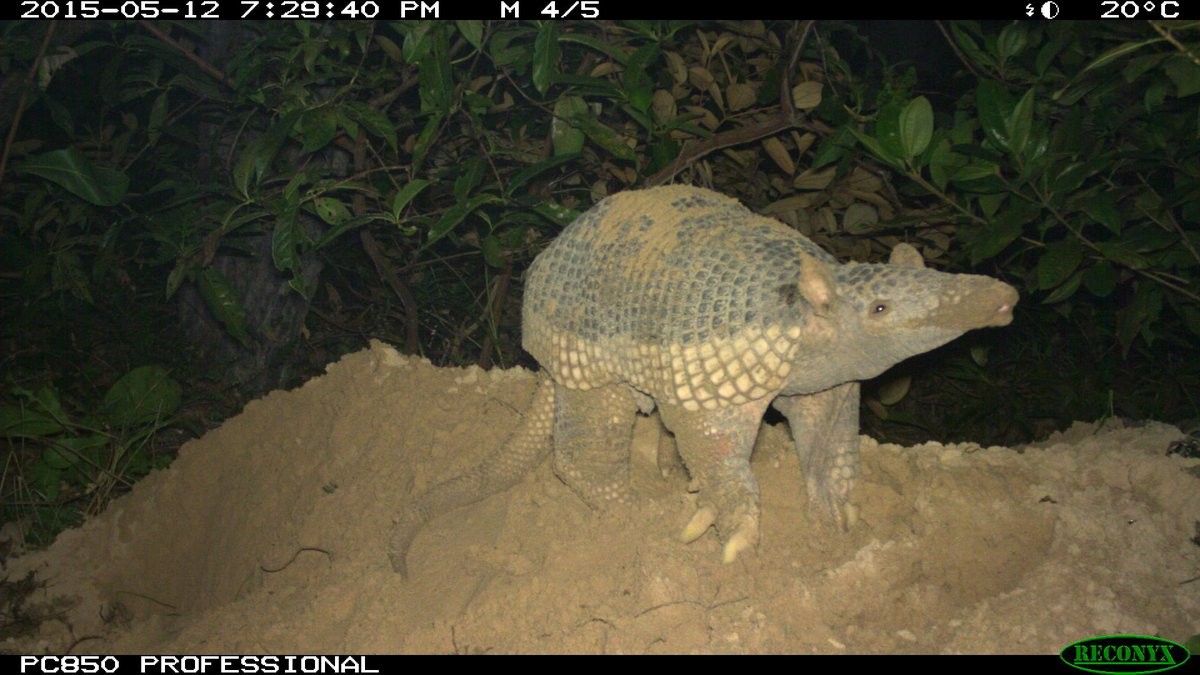
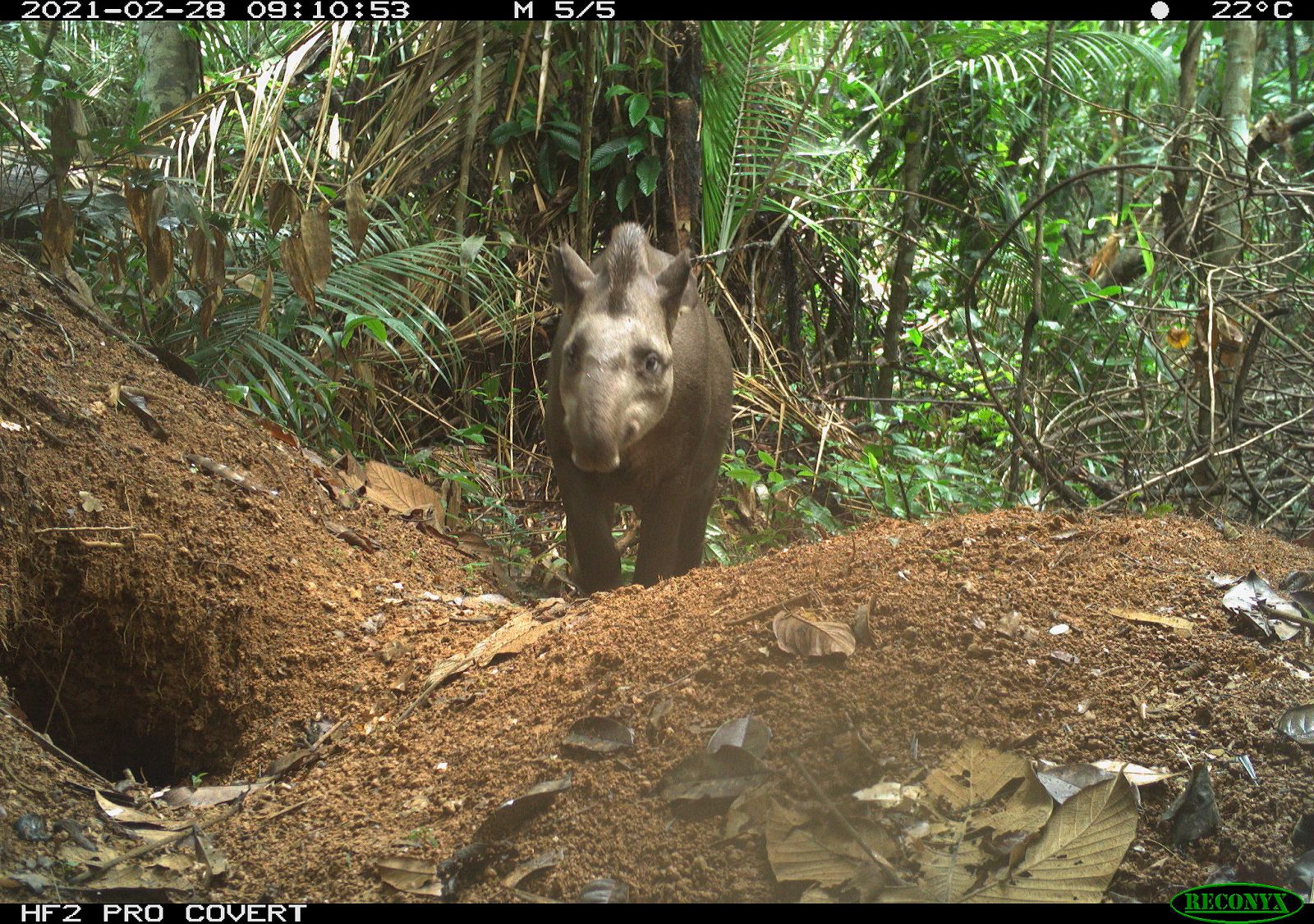
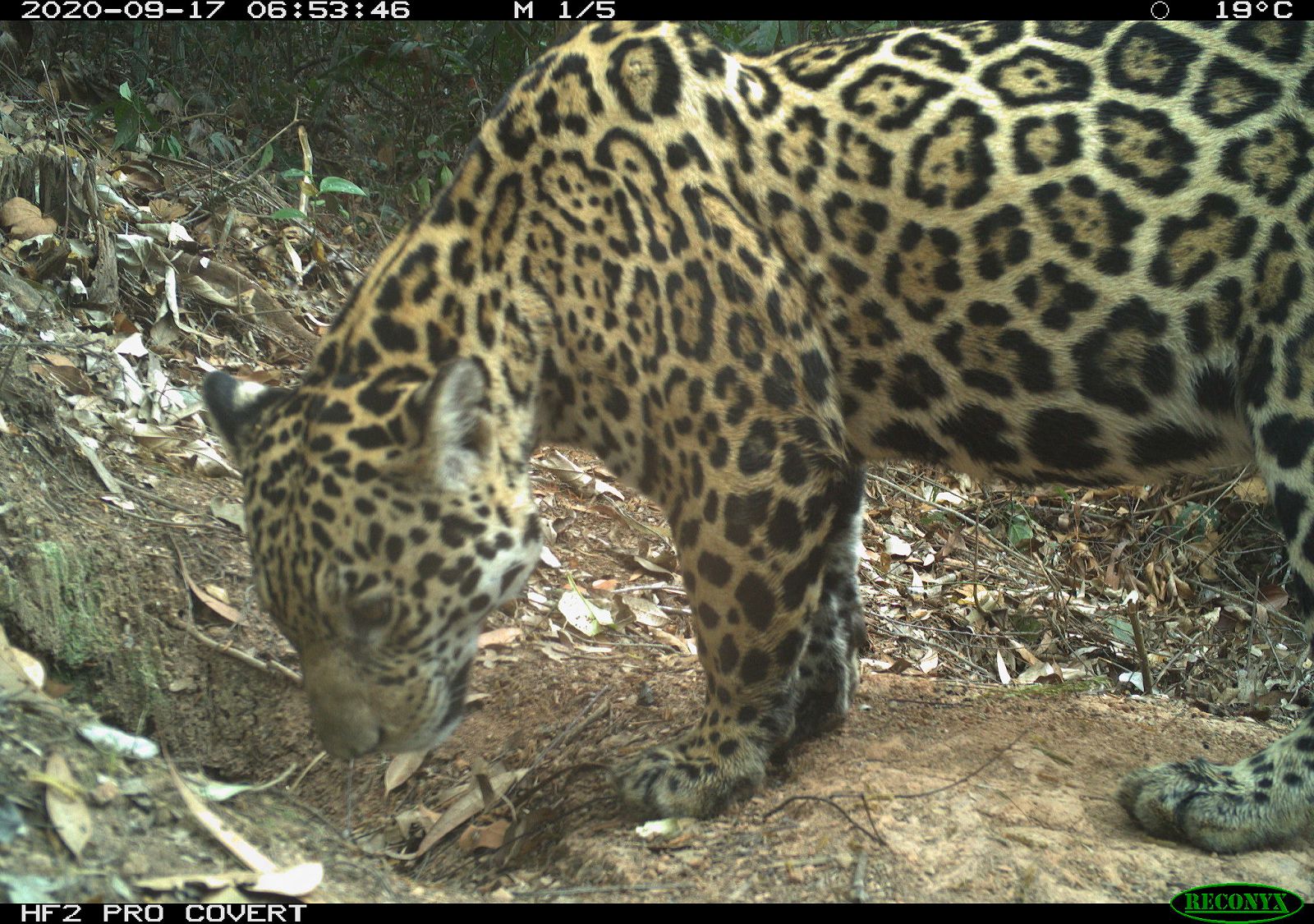
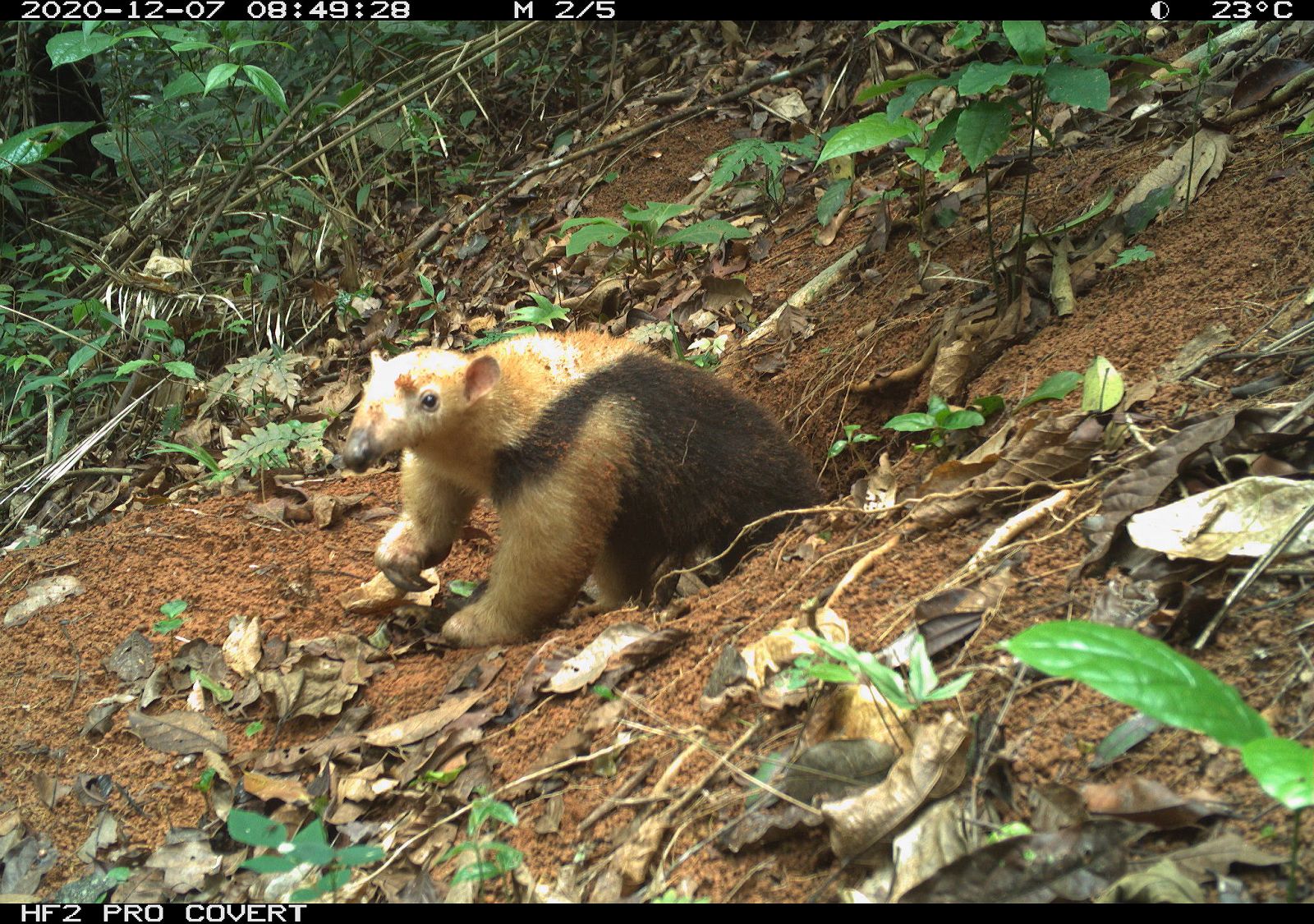
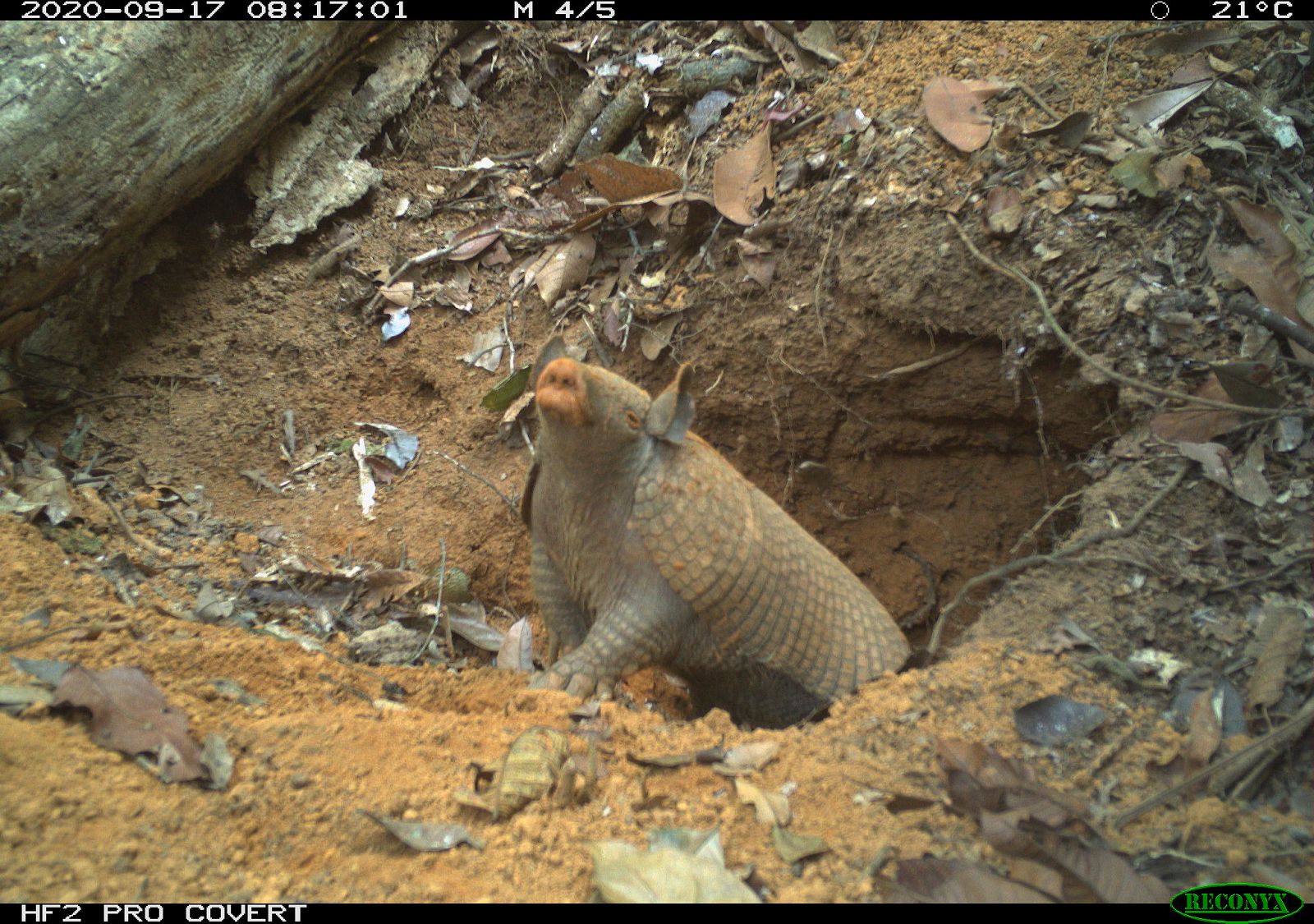
The cameras traps at Baiboosun are located within the snow leopard landscape, with some cameras reaching 3800 metres altitude. The task of collecting the footage and data involves a high level of risk for our team because of this.
To learn more about wildlife and conservation in the Tien-Shan mountains please visit www.baiboosun.com ©Image lucianofoglia.com
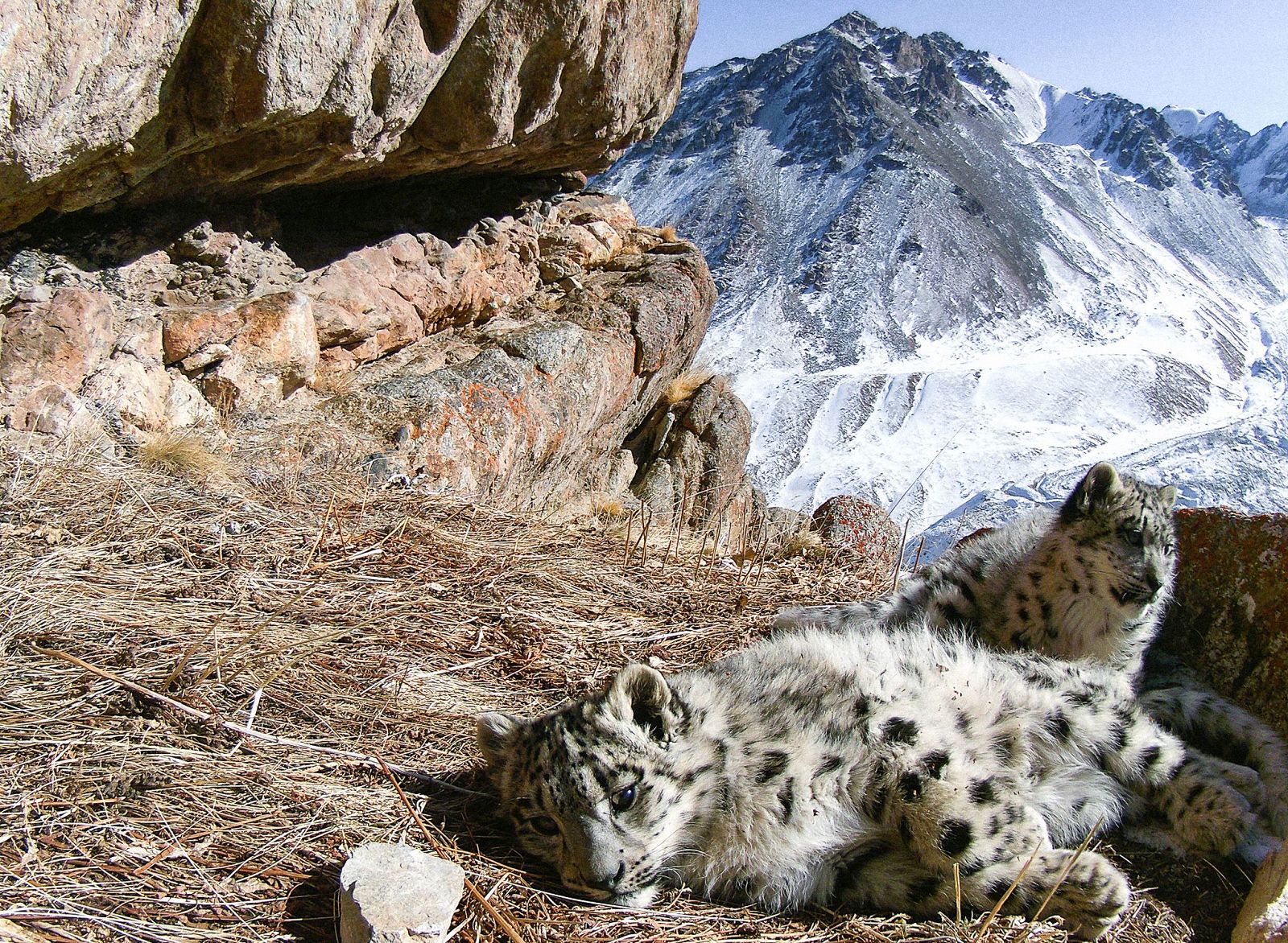
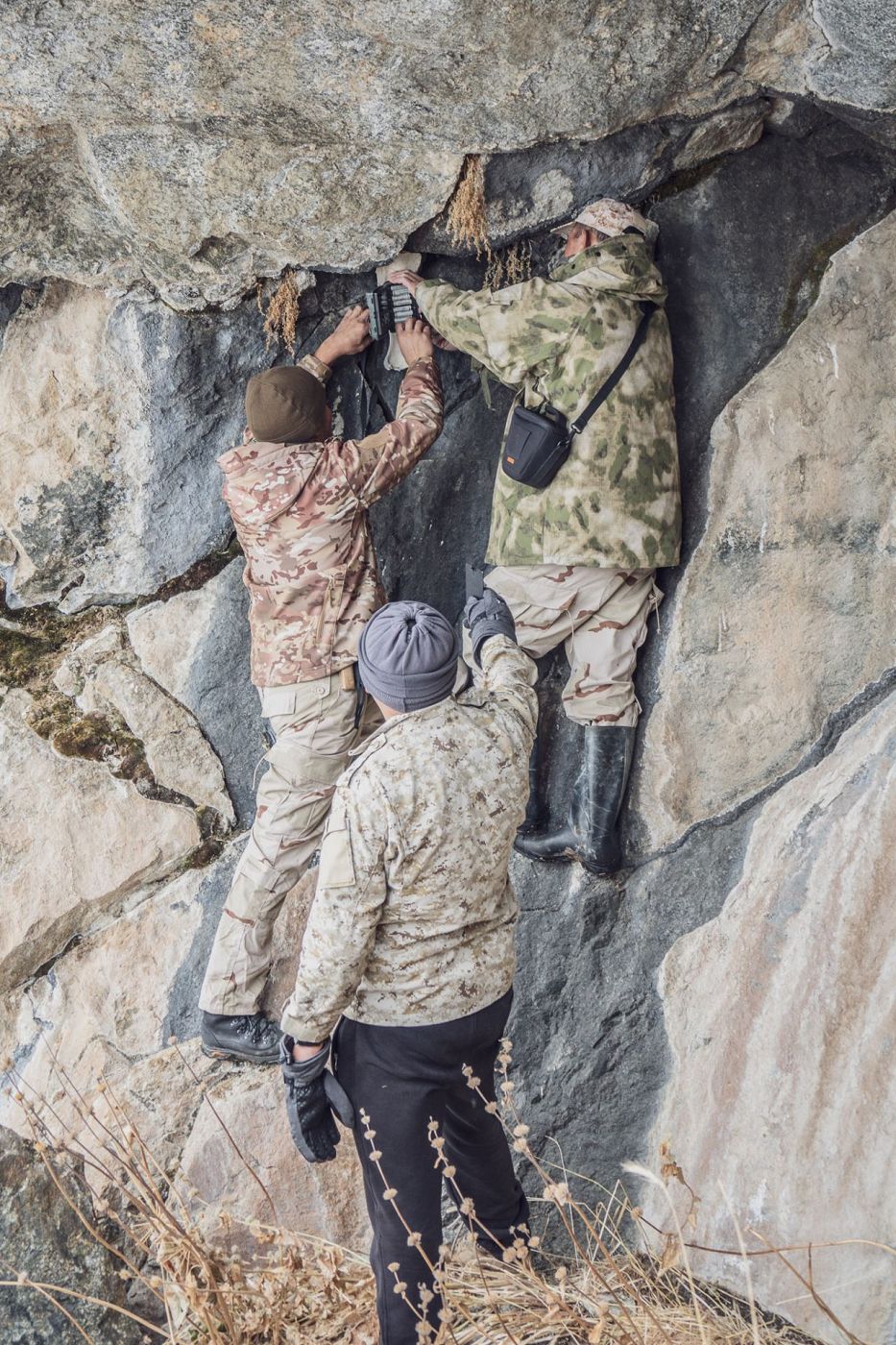
Bringing some shine on a #RainyDay!
— Rainforest Connection (@RainforestCx) July 28, 2023
📍Altantic Forest
🪶White-throated Hummingbird (Leucochloris albicollis)
#Tech4Wildlife pic.twitter.com/ljQF1MnWX3
📍Altantic Forest
— Rainforest Connection (@RainforestCx) July 28, 2023
🪶 Violet capped Woodnymph (Thalurania glaucopis)#Tech4Wildlife pic.twitter.com/1tsCkra6JN
Did you know that of the 363 #species of #hummingbirds that exist in the world, around 44 occur in the Atlantic Forest biome, one of the most biodiverse and threatened in the world?! 😮
— Rainforest Connection (@RainforestCx) July 28, 2023
Day #4 of @WILDLABSNET 's #Tech4Wildlife photo challenge! Have a look at these beauties… pic.twitter.com/fumxe2HrGS
2023 @WILDLABSNET #Tech4Wildlife Photo Challenge:#Arctic wildlife reactions when we deployed camera traps to monitor biodiversity at Alert, the northernmost settlement in the world... They came, they saw and they conquered.
— Sandra Lai (@Arctic_paws) July 27, 2023
© Alert Wildlife Research Laboratory pic.twitter.com/SxHieRZykf
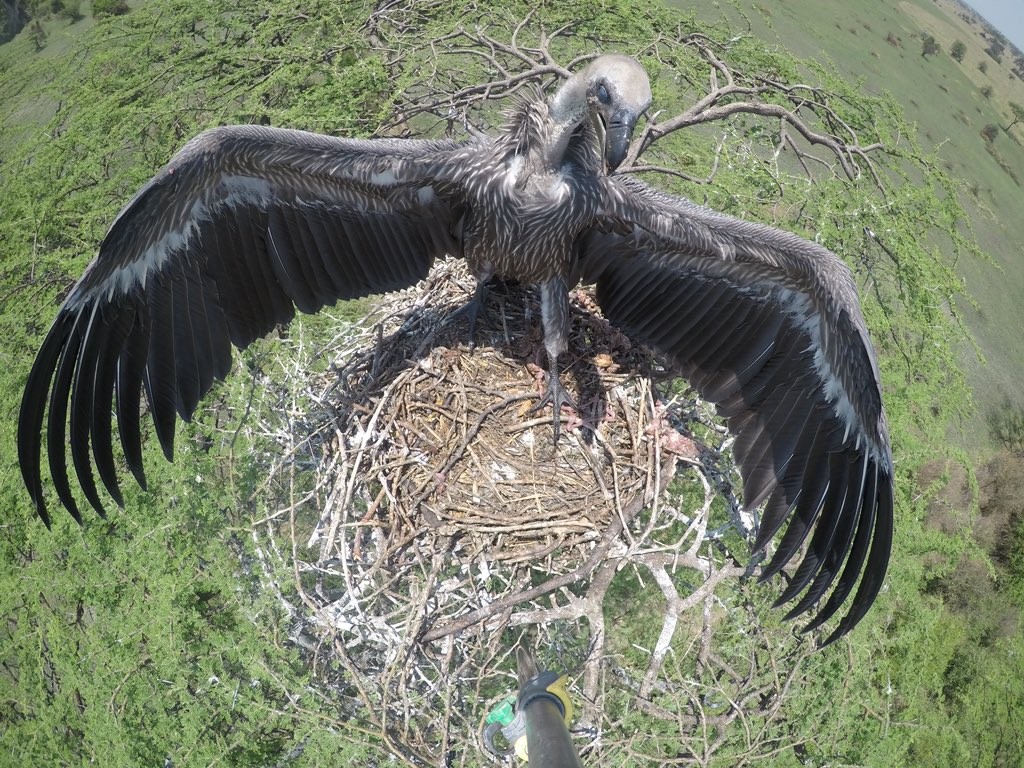
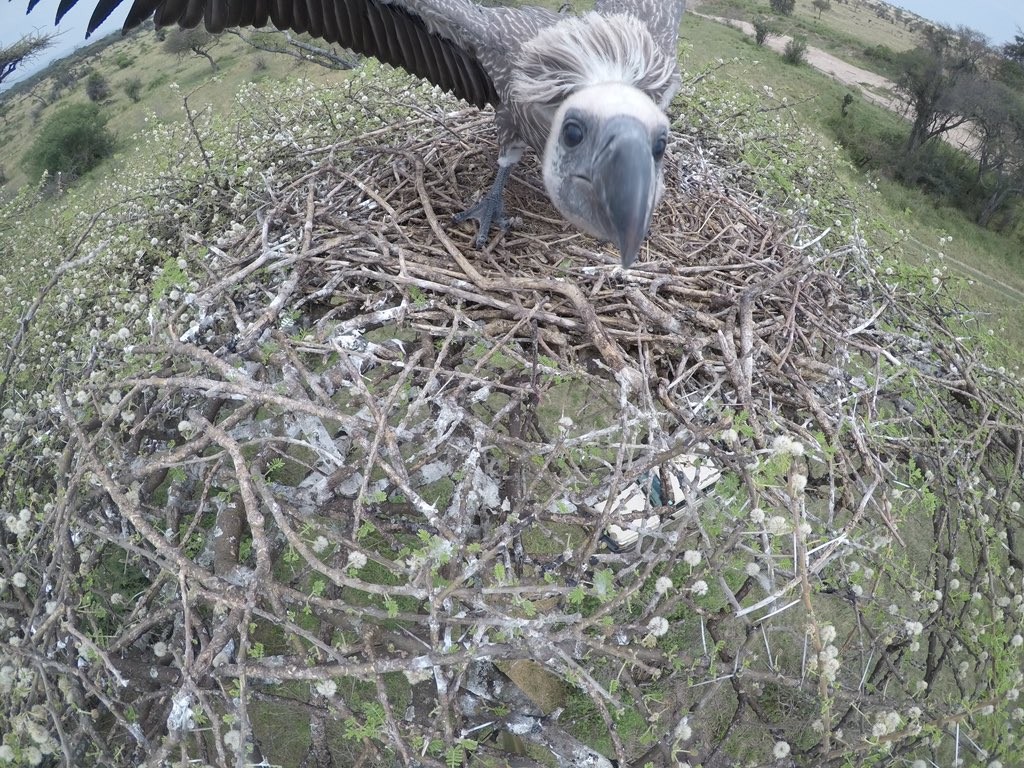
Vulture ( in our case- African white-backed vulture) nest surveys in the western corridor of the Serengeti ecosystem would have been a nightmare without technology. pic.twitter.com/xLnim8GKI8
— nditoUwimana (@UwimanaVainess) July 27, 2023
A Palawan Peacock Pheasant (𝘗𝘰𝘭𝘺𝘱𝘭𝘦𝘤𝘵𝘳𝘰𝘯 𝘯𝘢𝘱𝘰𝘭𝘦𝘰𝘯𝘪𝘴), locally known as 𝘛𝘢𝘯𝘥𝘪𝘬𝘢𝘯, was captured by one of our camera traps in the Mount Mantalingahan Protected Landscape during the team's High Conservation Value Area Assessment.
Did you know that 𝘛𝘢𝘯𝘥𝘪𝘬𝘢𝘯 is the inspiration behind Puerto Princesa's logo? As the logo of the city spreads its feathers, which represent its 66 barangays, it symbolizes the beauty and strength of Puerto Princesa. The 𝘛𝘢𝘯𝘥𝘪𝘬𝘢𝘯 also serves as a symbol of conservation efforts of the city not only for the species, but for all other fauna that are threatened with extinction.
The International Union for Conservation of Nature (IUCN) has classified the 𝘛𝘢𝘯𝘥𝘪𝘬𝘢𝘯 as 'vulnerable' and suspects that the species is undergoing rapid decline due to habitat degradation, hunting, and capture for trade.
#Tech4Wildlife
WILDLABS Community
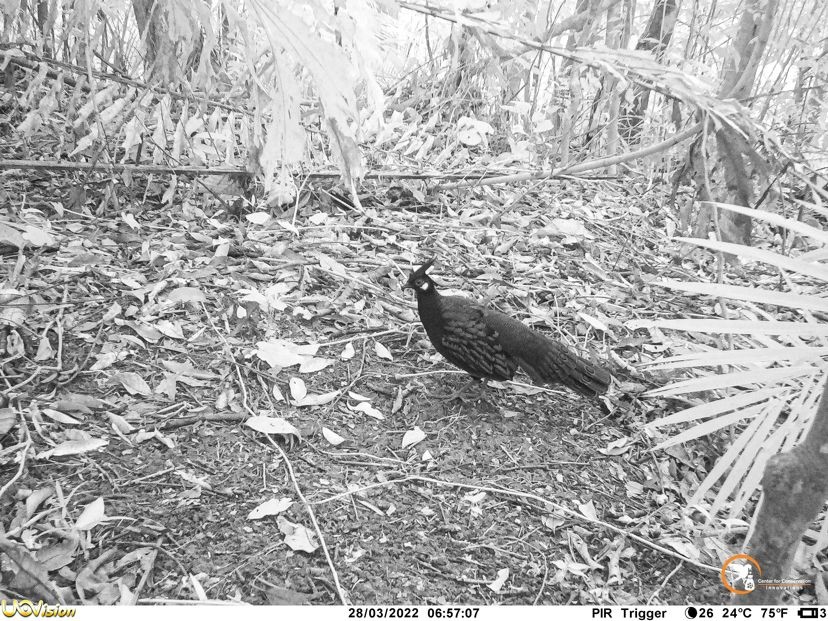
Another critter caught on our camera traps in the Mount Mantalingahan Protected Landscape is the 'Balintong' or Philippine Pangolin.
Did you know that Palawan pangolins play an important role within their ecosystems? With their ability to continually dig and root around, they provide the island with all-natural pest control. It's estimated that a single pangolin eats up to 70 million insects per year, with termites and ants as the main course.
Sadly, Palawan pangolins are among the most trafficked animals on Earth. Their protective scales are highly sought after in the traditional Chinese medicine trade despite not having any known medicinal value. Between 1980 and 2018, their population have declined by up to 95%.
Deforestation caused by timber poaching and kaingin also contributed to the decline in the habitat of the Palawan pangolin. According to the IUCN, their conservation status is listed as Critically Endangered.
Through the use of camera traps, we are able to identify areas where pangolins are still present and therefore work on initiatives to protect and conserve these areas. #Tech4Wildlife
Data source from OneEarth.org
WILDLABS Community
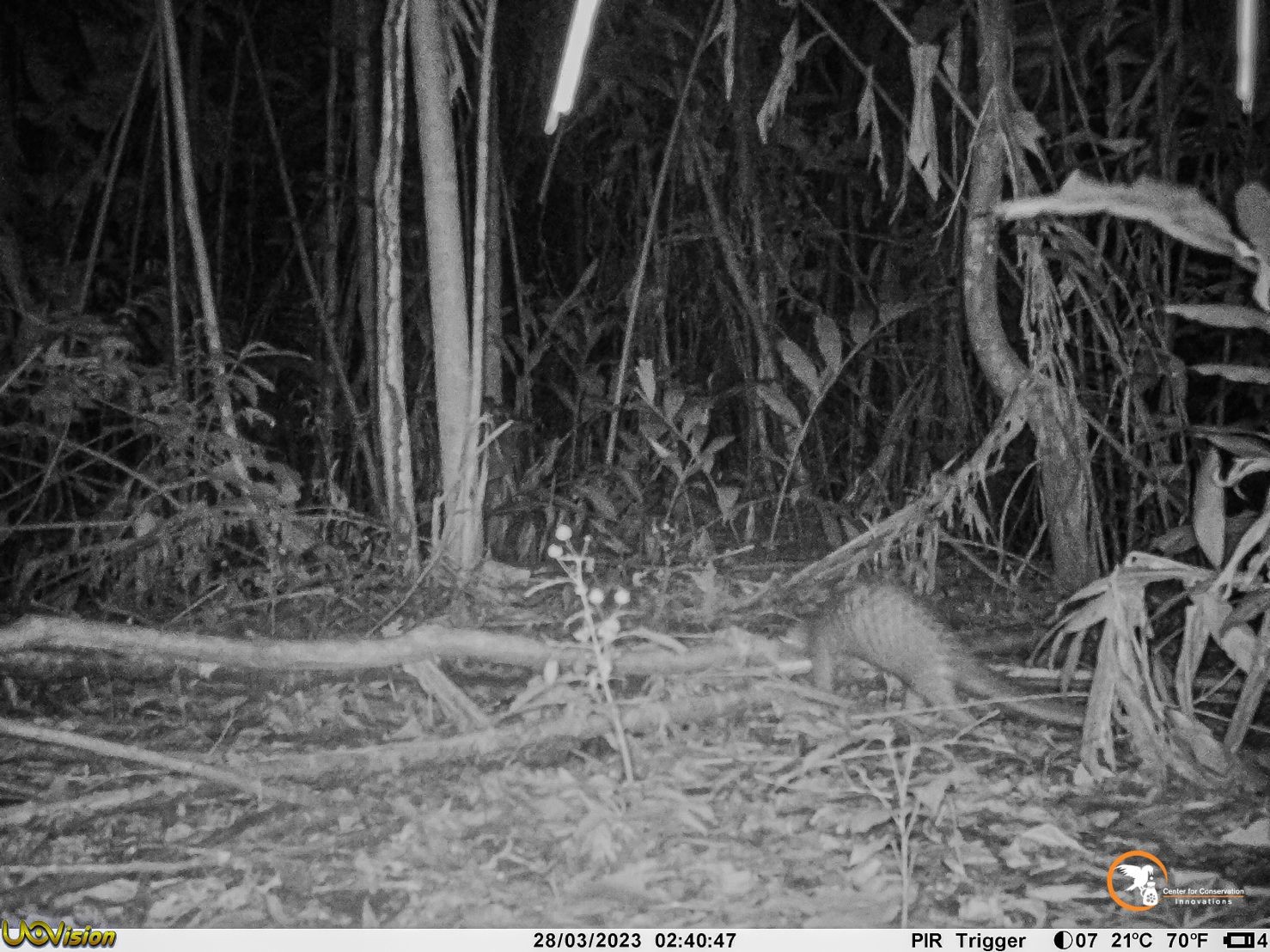
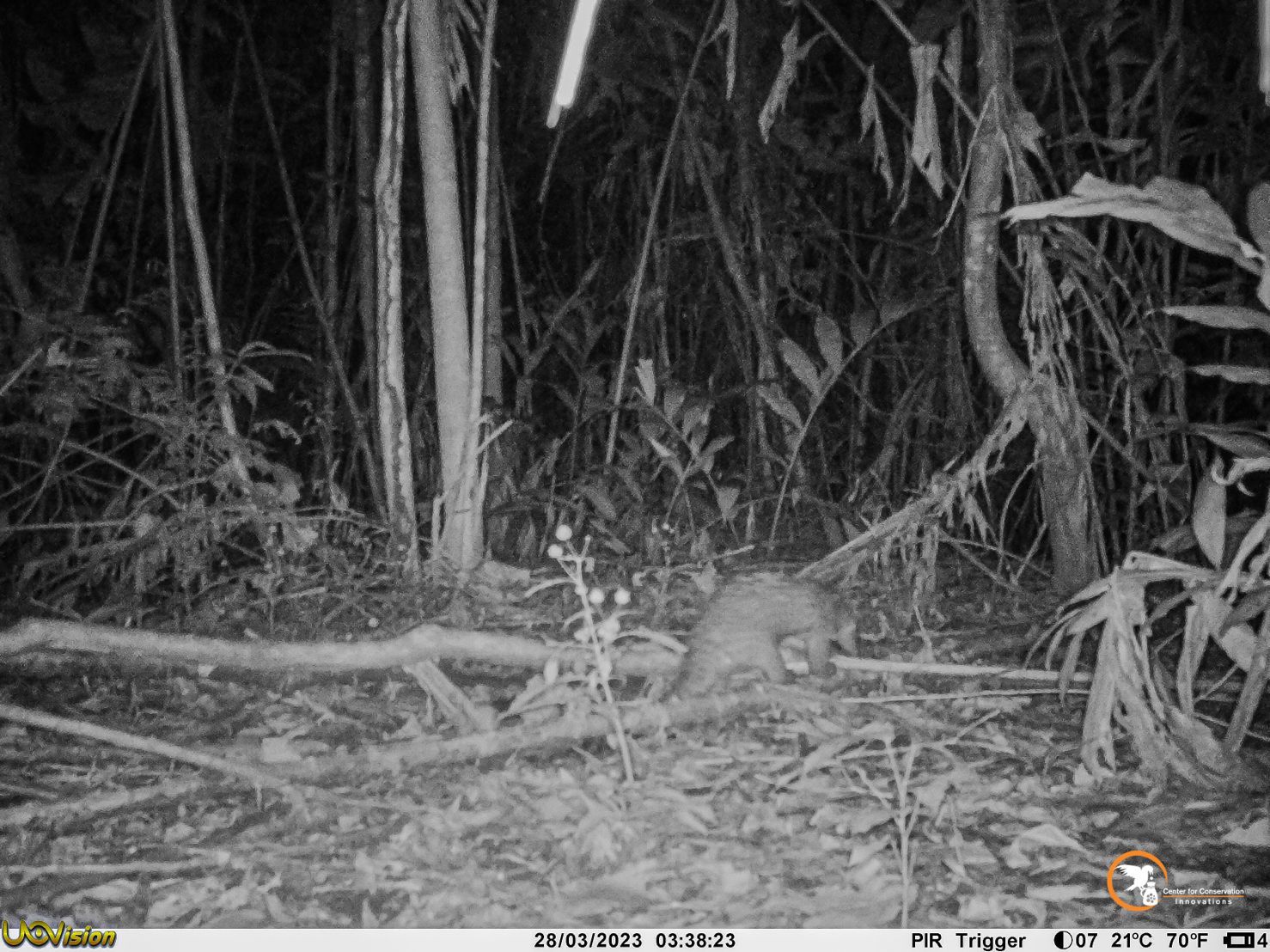
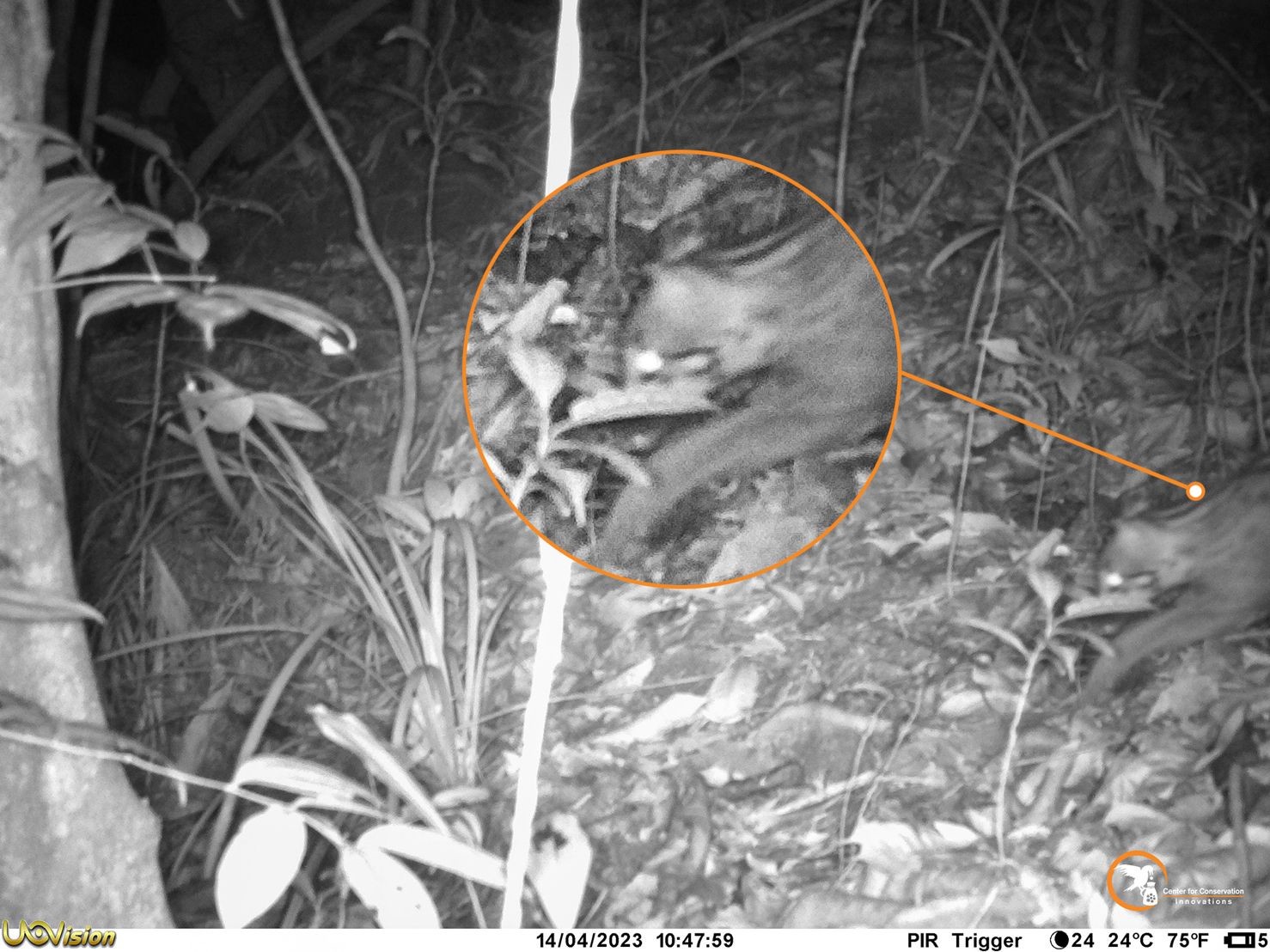
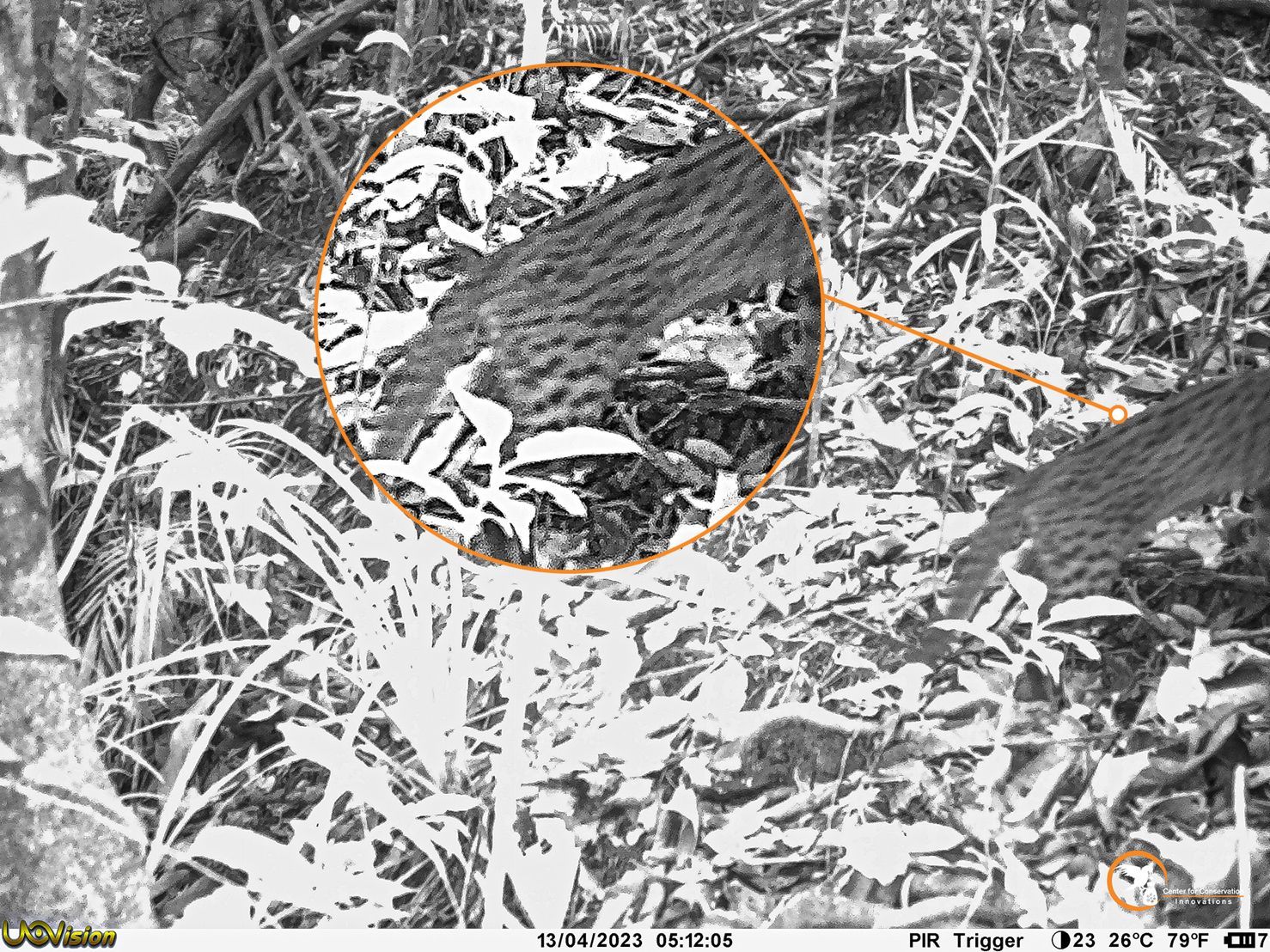
Community Science entries showcase how technology can help us connect people to conservation efforts, whether through engaging with local communities and building capacity for tech work, sharing wildlife and conservation stories with audiences around the world, or allowing people to connect with nature in their own lives.
Vote for your top five!
All text is hyperlinked to original entries. Videos can be double-clicked to view.
#Tech4Wildlife We are using Birdsy AI to connect to IP cameras, allowing users to have their cams monitored by the system, recording only clips of wildlife, IDing them and saving them to the cloud. Species are logged and the cam can be live streamed on https://t.co/2P5Wrs5eAc 😀 pic.twitter.com/BdzUMfE2xj
— BirdsyTV (@BirdsyTV) July 26, 2023
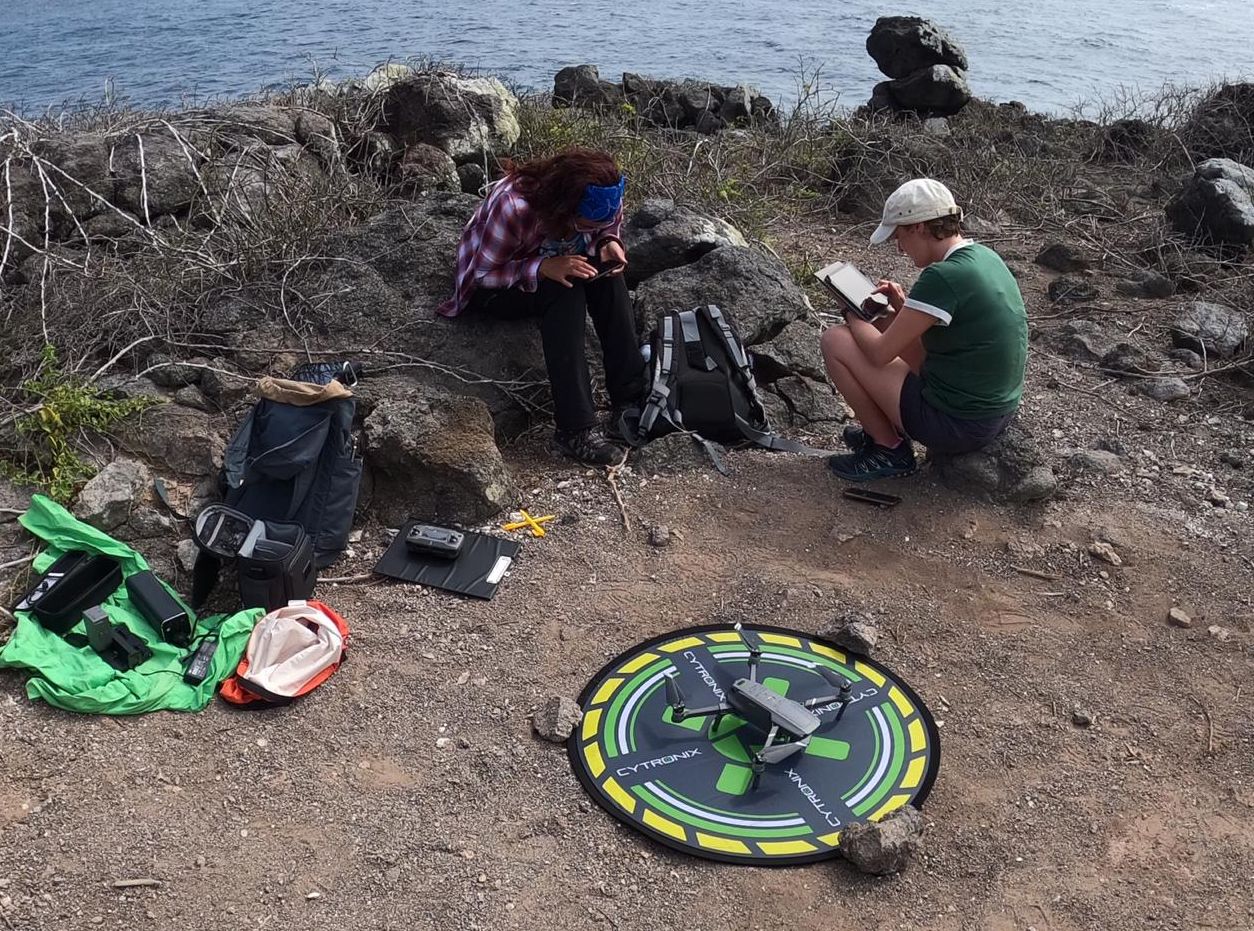
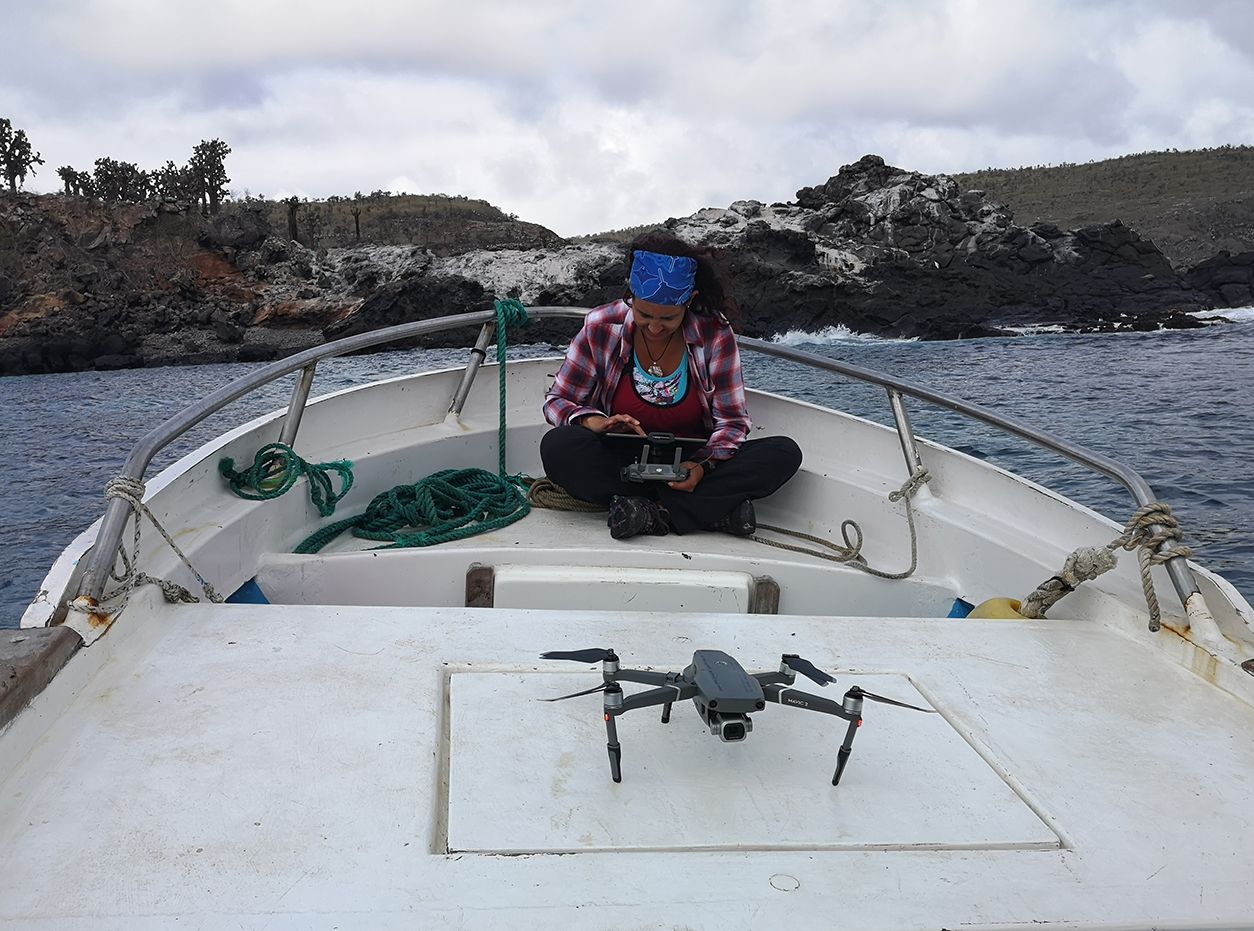
I love using #Tech4Wildlife because it enables me to see what I normally would not see. It is great for nestbox monitoring - these #Chickadees were a delight earlier this season 1/5 pic.twitter.com/7BDd7Ut62E
— Ostdrossel (@Ostdrossel) July 25, 2023
I also have a camera in the #Bluebird box. It was only used once this season (usually there's three nestings) but it was so great to have the camera because the male disappeared and the female raised the babies herself. Here, they fledge. 2/5 pic.twitter.com/MwFBI9KlMx
— Ostdrossel (@Ostdrossel) July 25, 2023
I also use several @BirdsyT cams all around my property to see what the wildlife does. And I would not want to live without them. One of my highlights was this #owl coming to bathe several times. 3/5 pic.twitter.com/WYuLiG7DbC
— Ostdrossel (@Ostdrossel) July 25, 2023
I use them on the bath but also on feeding stations and change setups whenever I feel like it. I am livestreaming these on my website and on https://t.co/hdQ3QP4KvC, or what they call #BirdsyTV. 4/5 pic.twitter.com/e9asISogc3
— Ostdrossel (@Ostdrossel) July 25, 2023
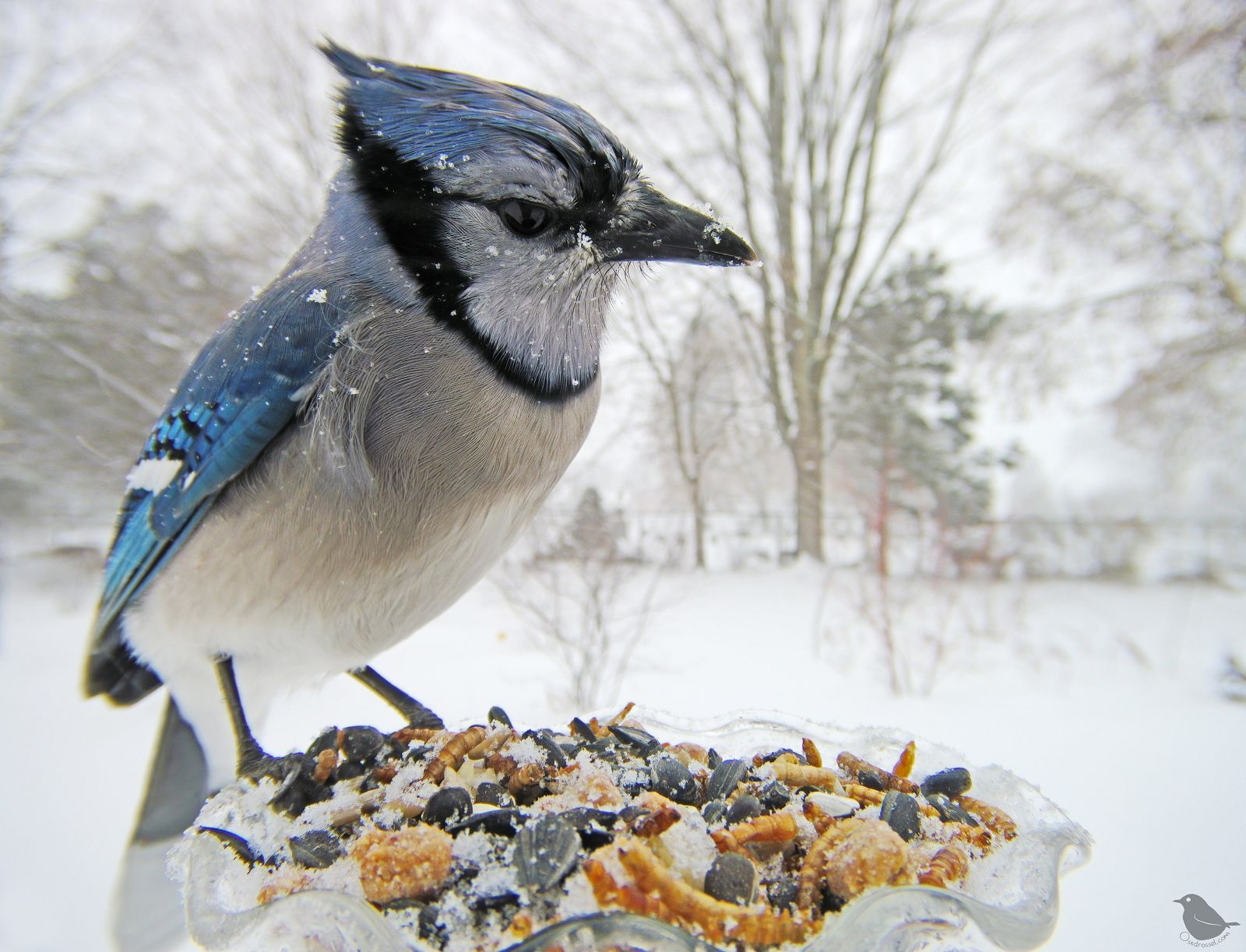
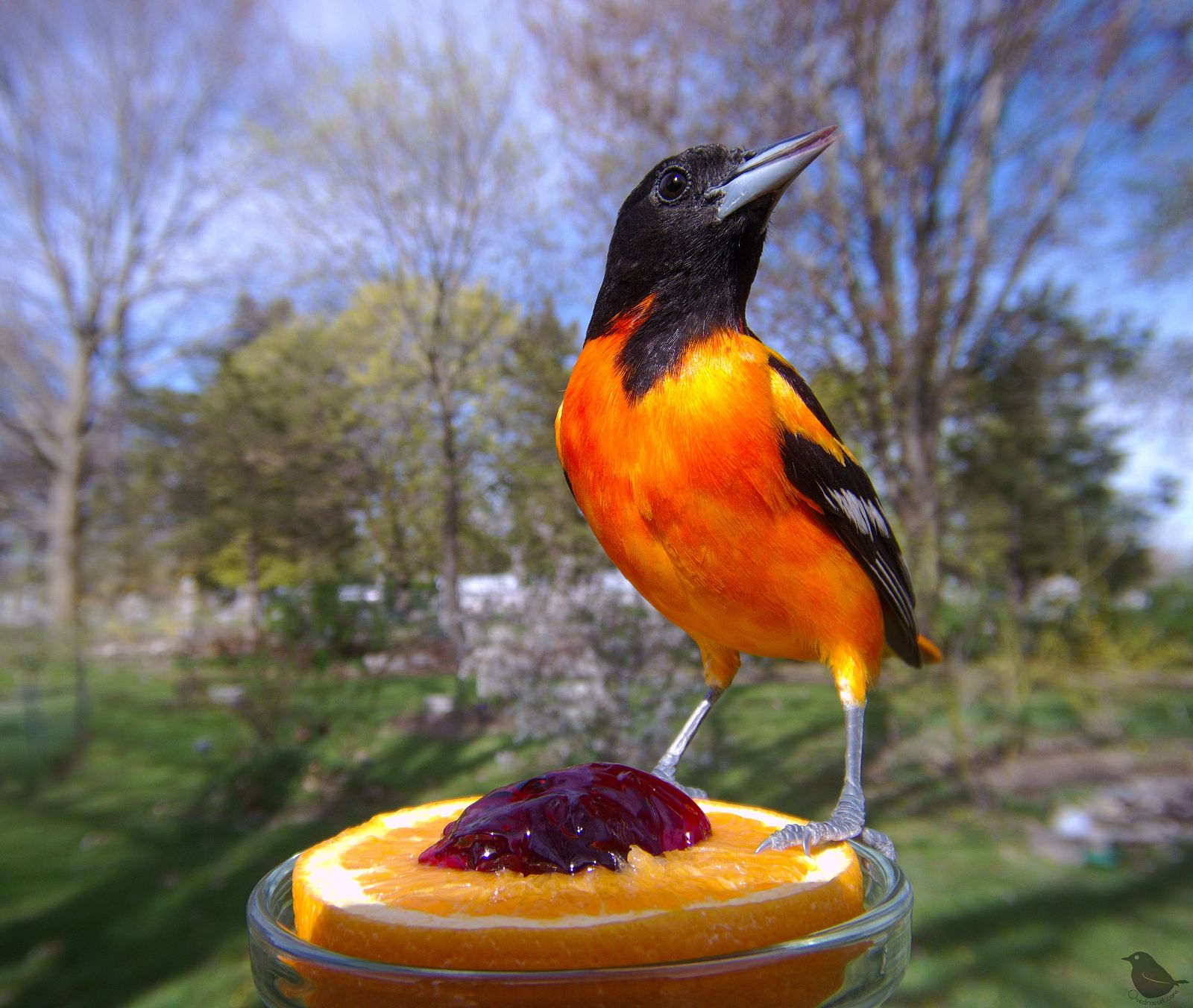
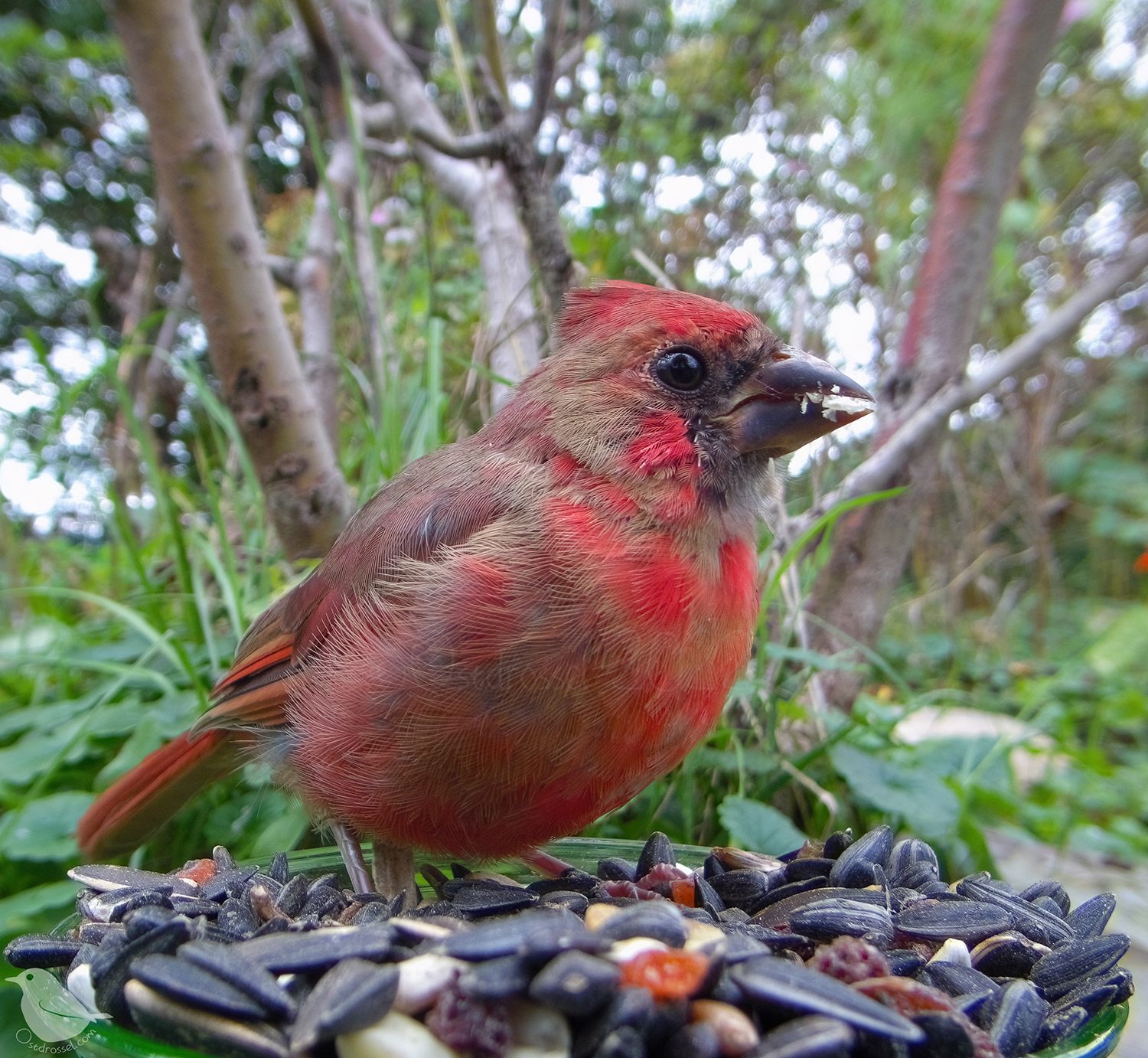
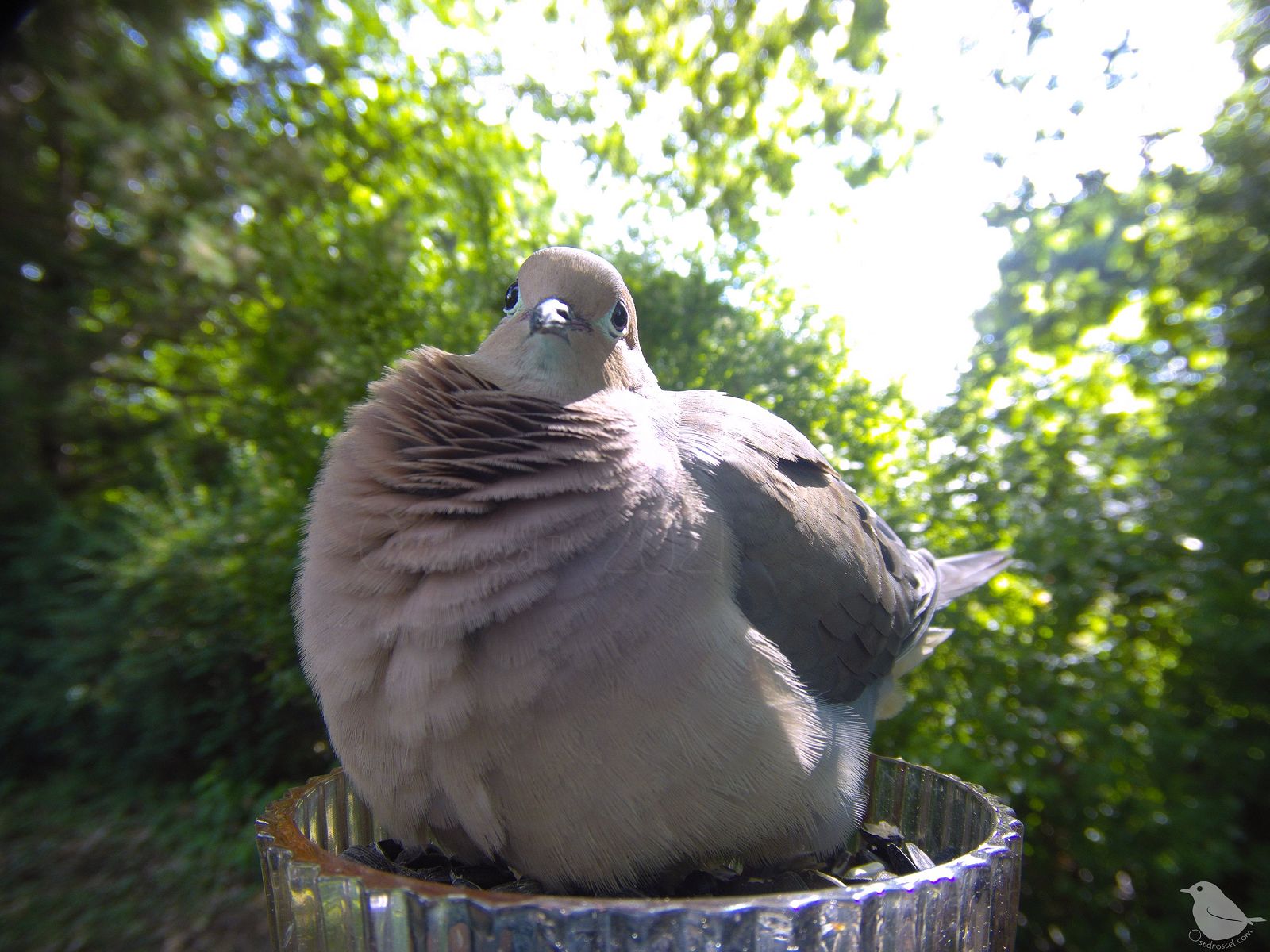
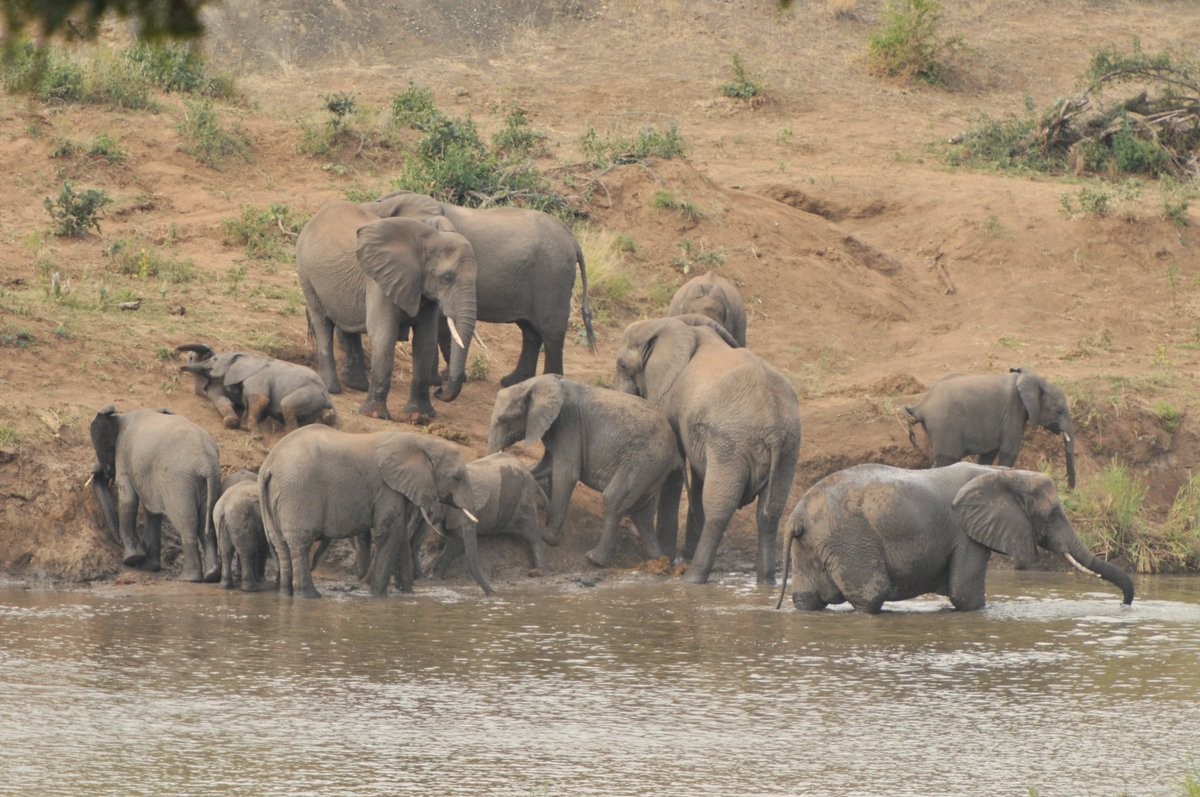
#Tech4Wildlife photo challenge
— sue (@CameraTrapSue) July 24, 2023
I started a long term project (The Raccoonobahn, my camera between two fences, to see what local wildlife is using this 'path' as a shortcut between two small neighborhoods.
Raccoon mother moving her young kits to another den. pic.twitter.com/vrHMj7z3sT
#Tech4Wildlife photo challenge
— sue (@CameraTrapSue) July 25, 2023
Another project this year was filming a Paper wasp nest with a remote camera that I modified a lot along with power supply.
Here, a larva spins the top to its egg chamber to begin pupating into a new paper wasp x8 speed. June 2023. pic.twitter.com/6HoBSWO1fS
#Tech4Wildlife photo challenge
— sue (@CameraTrapSue) July 24, 2023
The Raccoonobahn has showed me some interesting things.....🦝 pic.twitter.com/5JK5BuyegU
#Tech4Wildlife photo challenge
— sue (@CameraTrapSue) July 24, 2023
A family of raccoons traveling the Raccoonobahn, hear fireworks prior to the 4th July holiday. pic.twitter.com/gK2RvzIV5x
#Tech4Wildlife photo challenge
— sue (@CameraTrapSue) July 24, 2023
The local bobcat doesn't use the Raccoonobahn often but when it does it likes to stay awhile 😺 pic.twitter.com/JP4hL8auyz
Hi, #Tech4Wildlife. I am using the @BirdsyTV AI technology to monitor all sort of spaces. I don't have to trawl through loads of clips or footage. The AI recognises wildlife there & saves the clip for me. I can access clips via app or browser & live stream my cam as well. #AI pic.twitter.com/tiBBQHiOYQ
— WildlifeKate (@katemacrae) July 26, 2023
We involved COREsea’s research students in our aerial surveys over Koh Phangan. They got to see how we set up our automated surveys, the risks we have to watch out for on each flight, and they helped us trawl through the photos and pinpoint any fishing gear we could identify.
Technology is becoming such an integral part of much of the research and conservation undertaken today, so it was great to share our work with our new generation of scientists.
WILDLABS Community #wildlabs4tech #tech4wildlife #marineconservation #aerialsurveying
Kat Mason Tania Kanchanarak Victoria Fahey Sol Milne, PhD
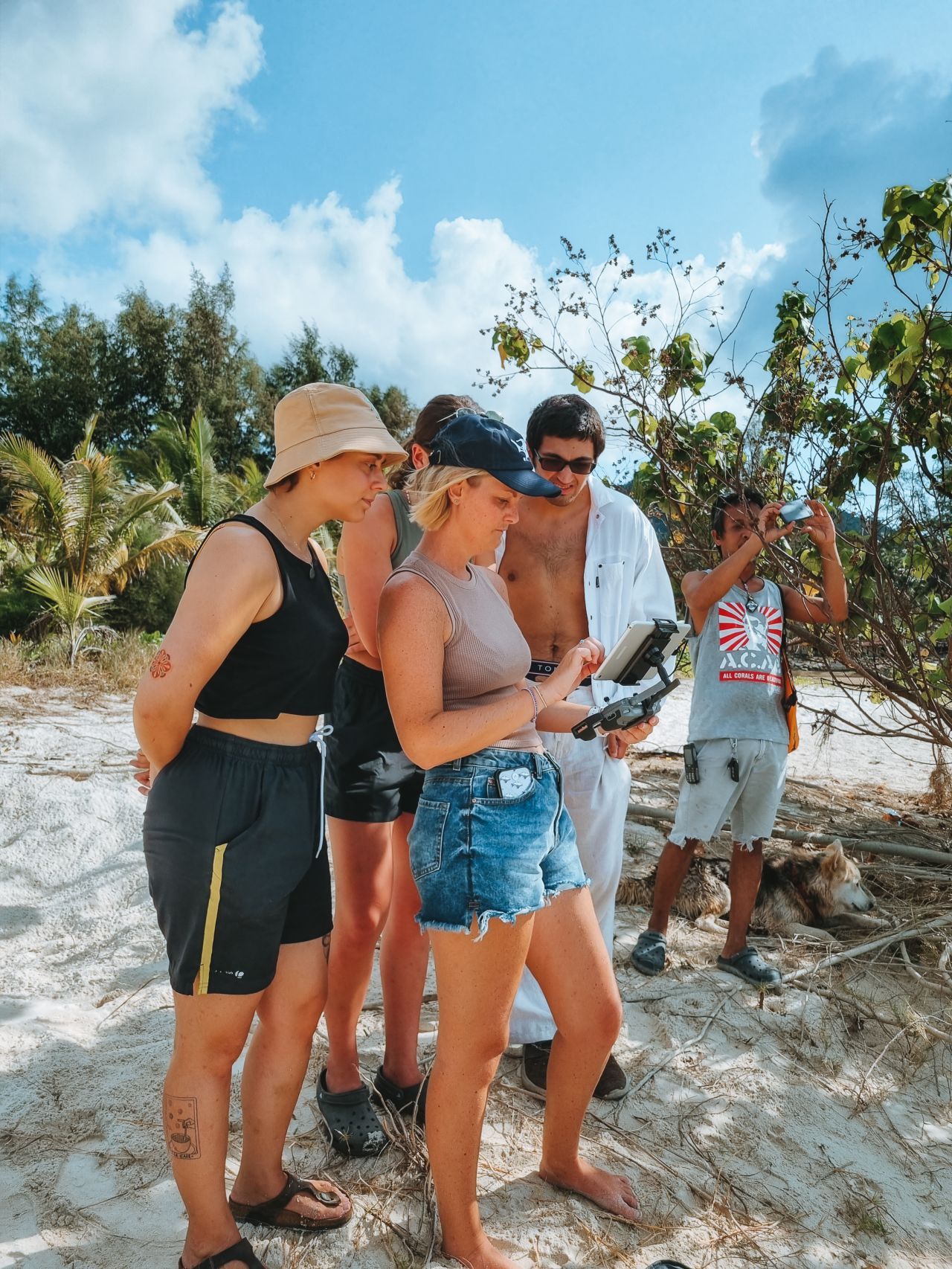
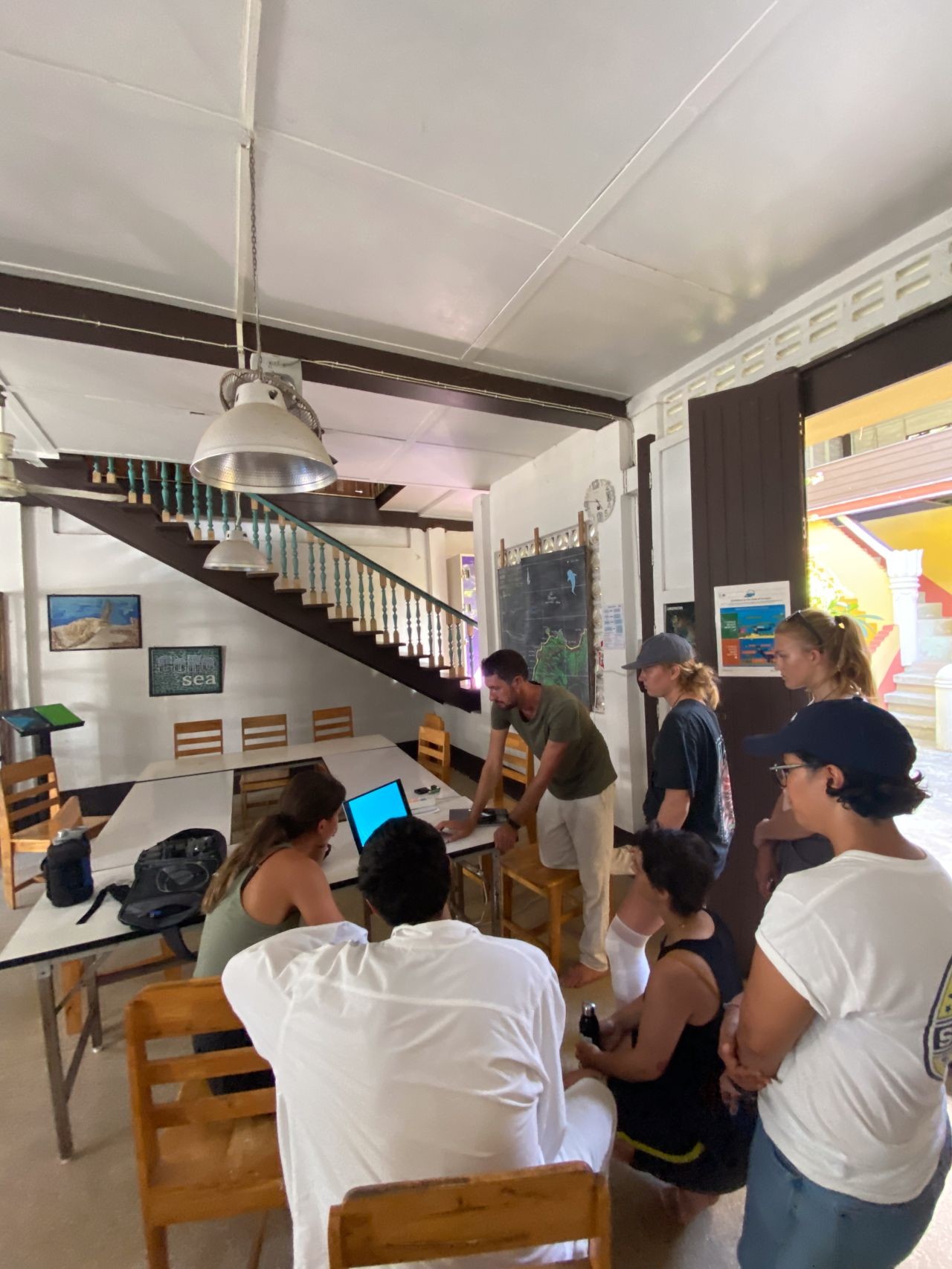

Last year during our Green Assessment activity, our team led the training for local communities in Palawan to become citizen scientists. This was in response to the Super Typhoon Odette (internationally known as Rai).
In Post-disaster scenarios, environmental concerns are not always sufficiently incorporated into strategic planning at the outset of the reconstruction process, and that as a result, reconstruction efforts have contributed to further degradation of many areas affected by natural calamities. Employing both centralized and citizen science-driven streams of data gathering on defined damage hotspots widens the coverage of data capture, improves information, and strengthens decision-making.
Innovative tools for conservation like CyberTracker, SMART, and EarthRangerhas allowed experts to engage locals in data capture and monitoring of their areas. Around 315 locals (and more since then!) were trained in the use of CyberTracker and EarthRanger. These people had backgrounds varying from students, barangay officials and volunteers, health workers, forest rangers, farmers, professional workers, and indigenous peoples. By capacitating the locals in biodiversity monitoring with the use of digital tools, data capture is made easier and faster, supplementing that of the Protected Area Management Offices and local government units.
